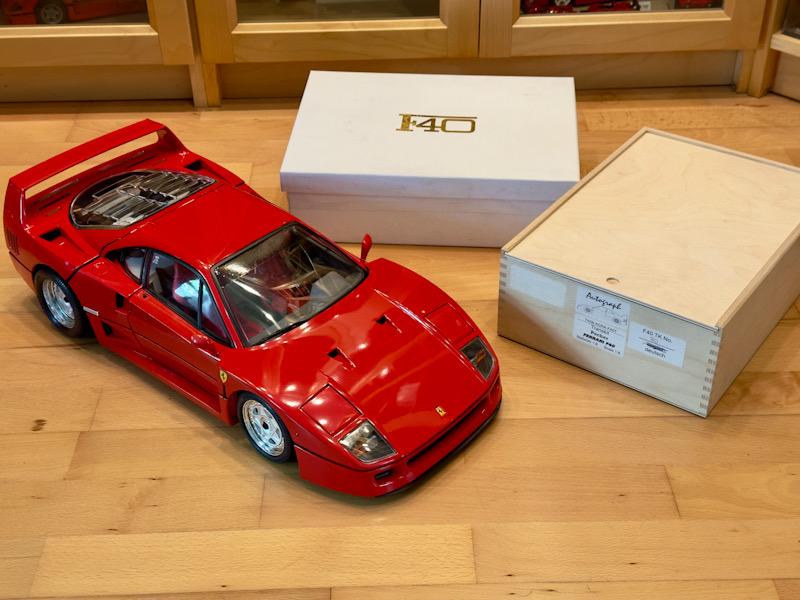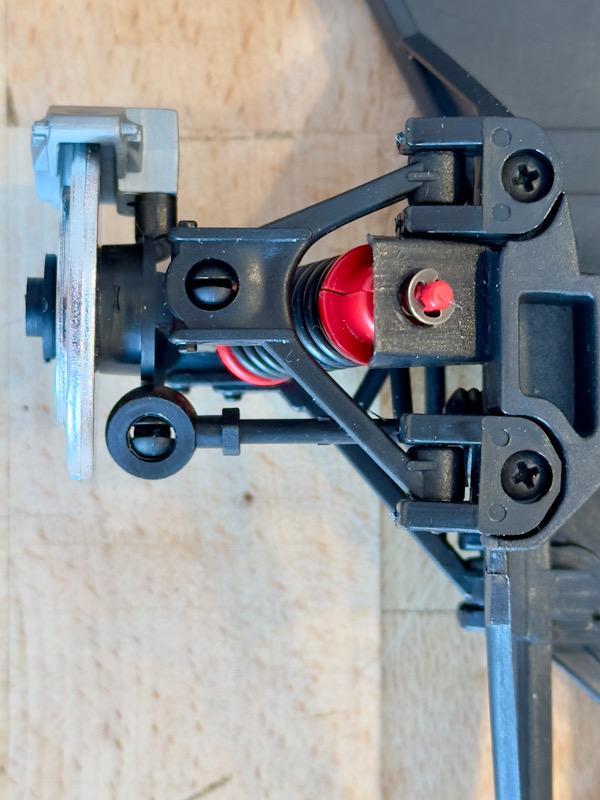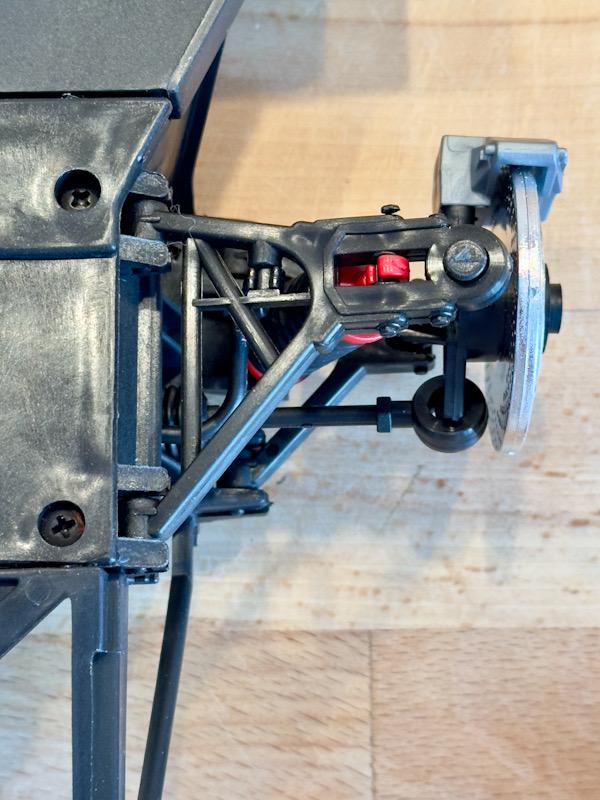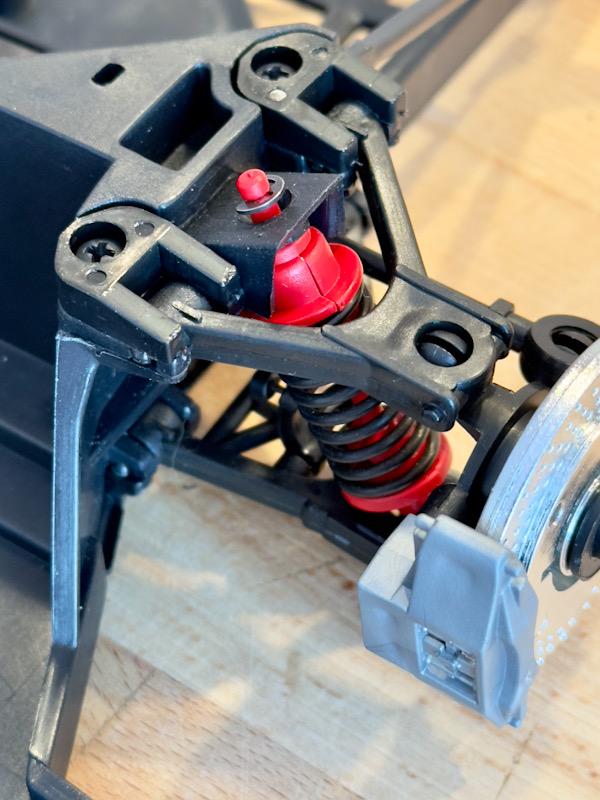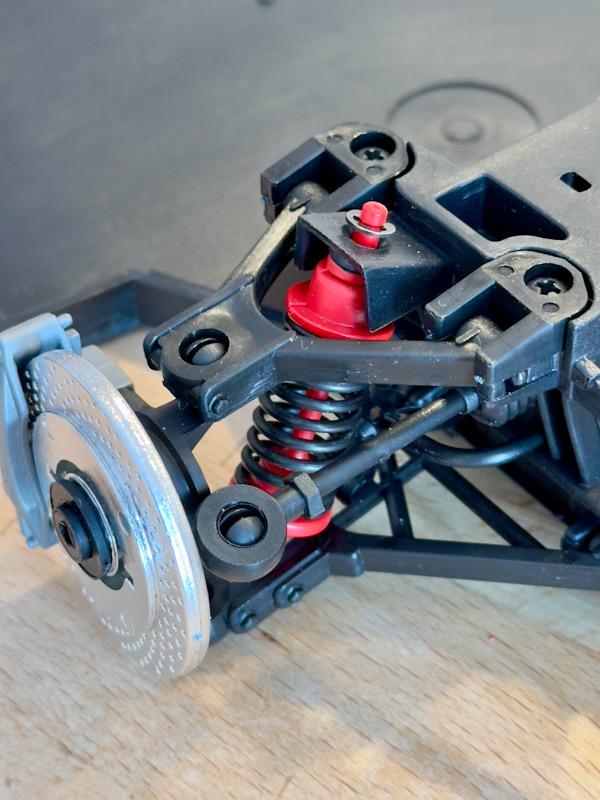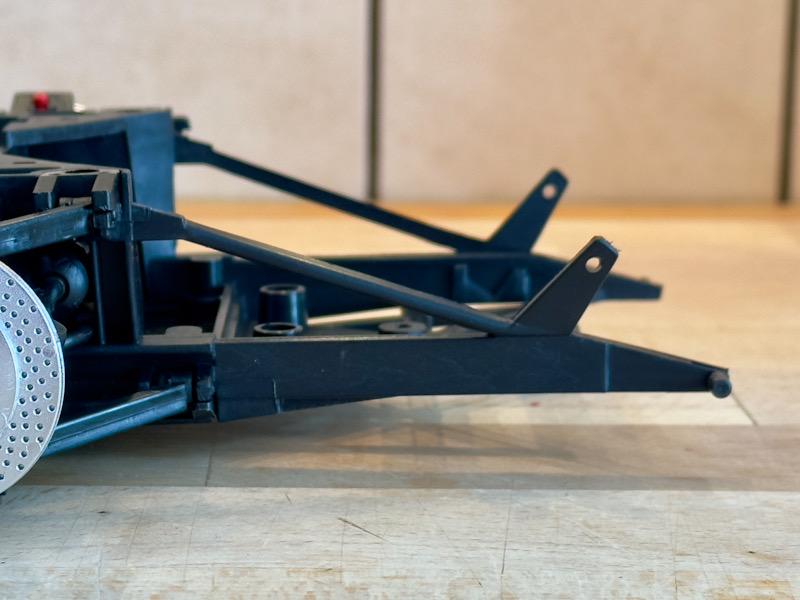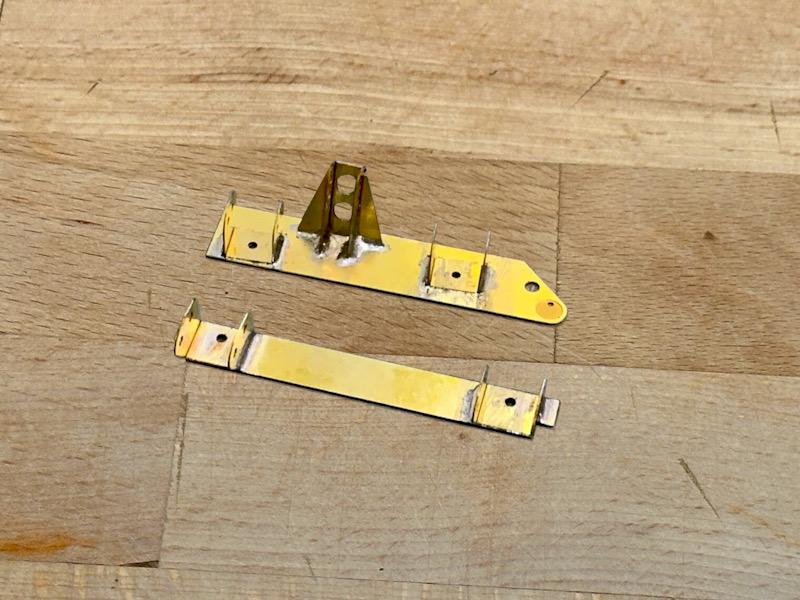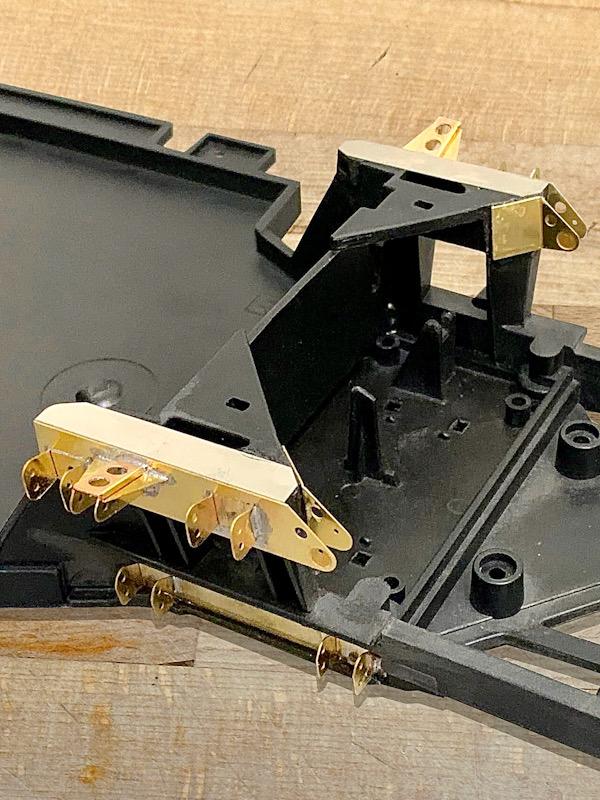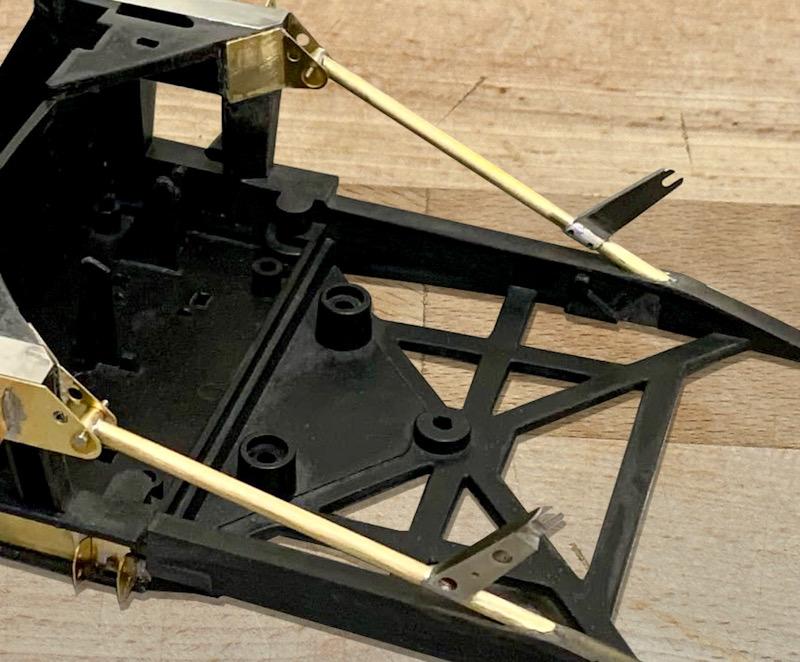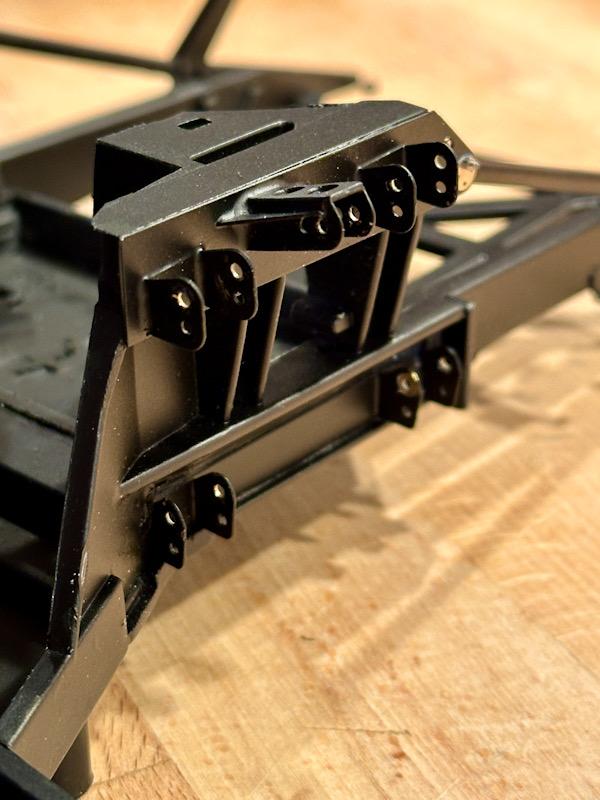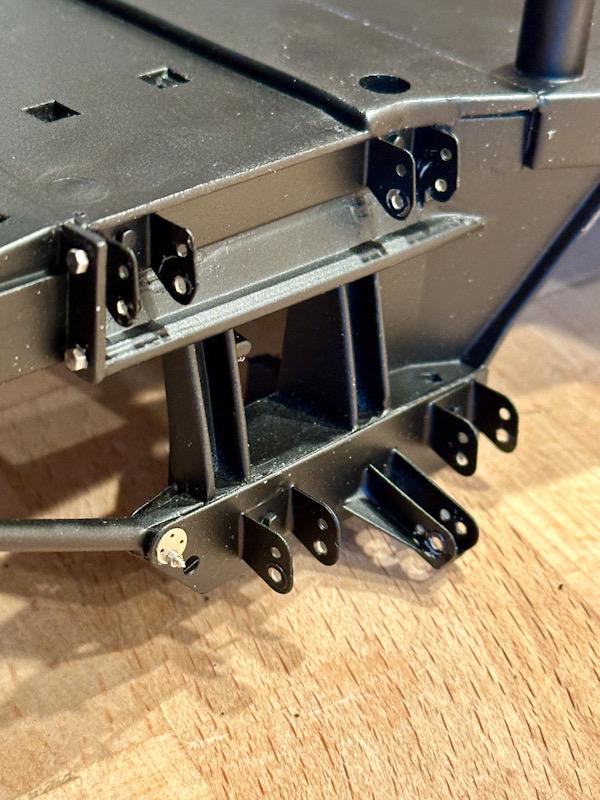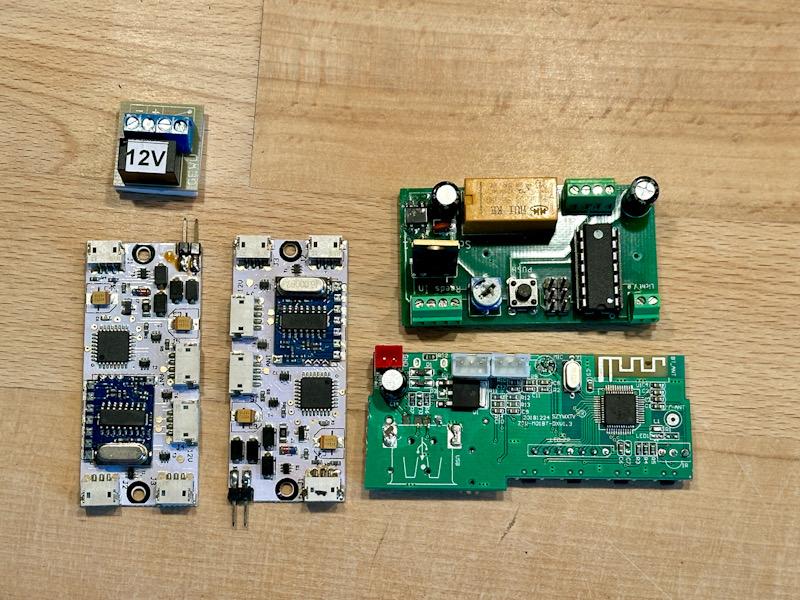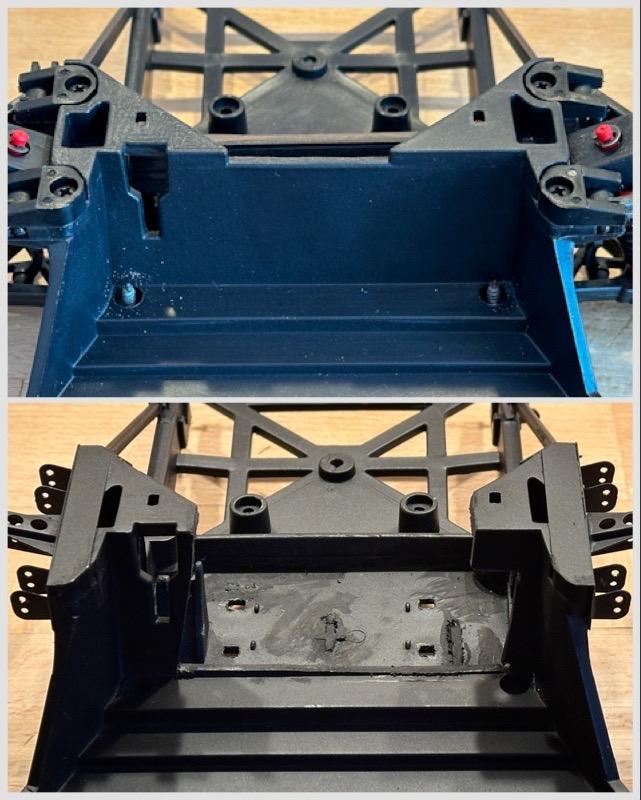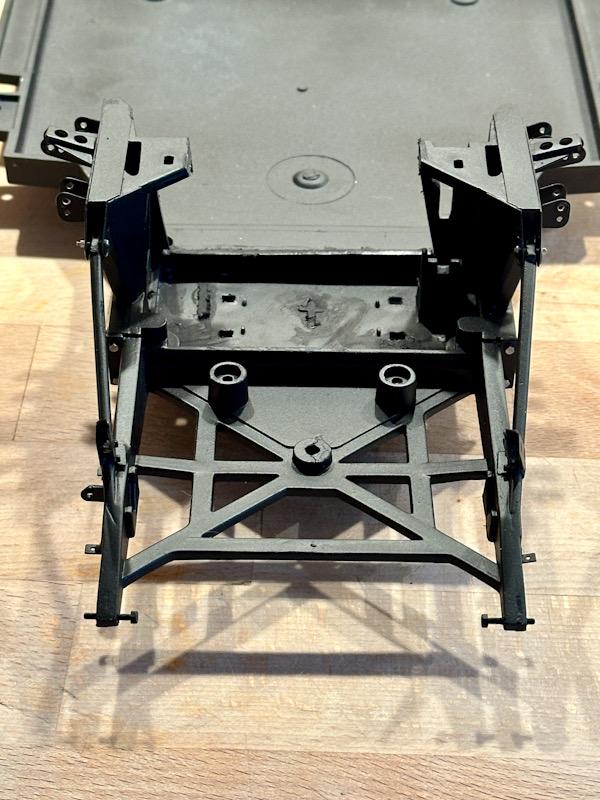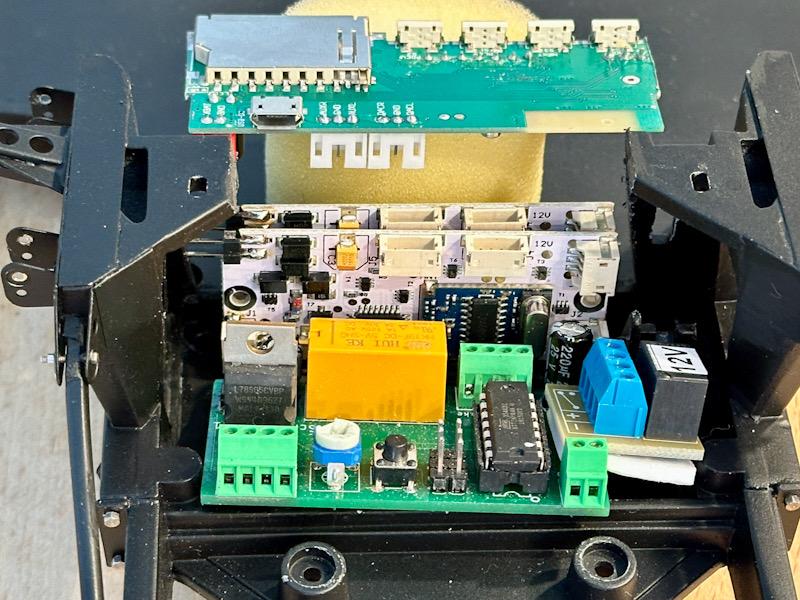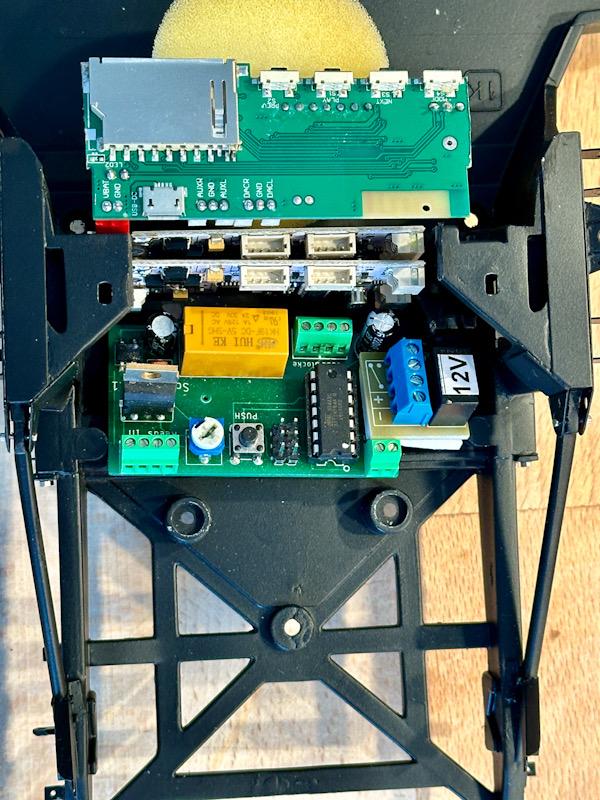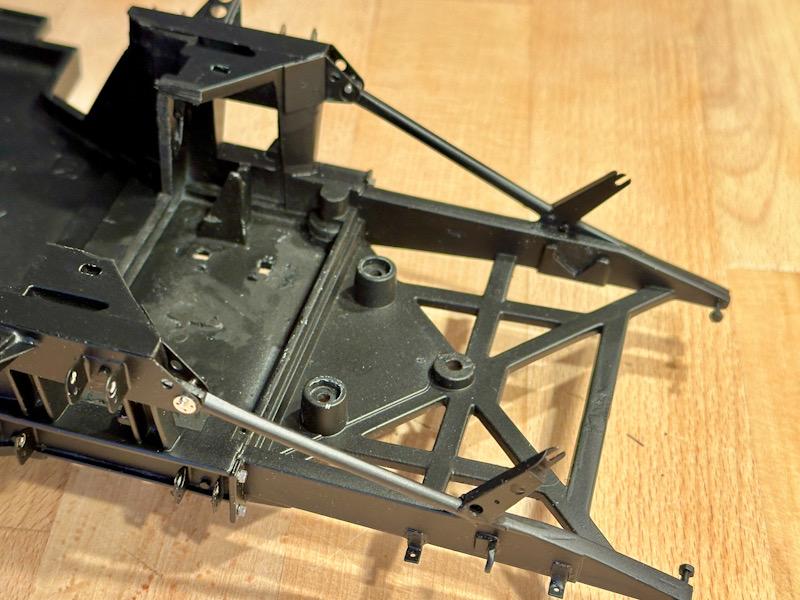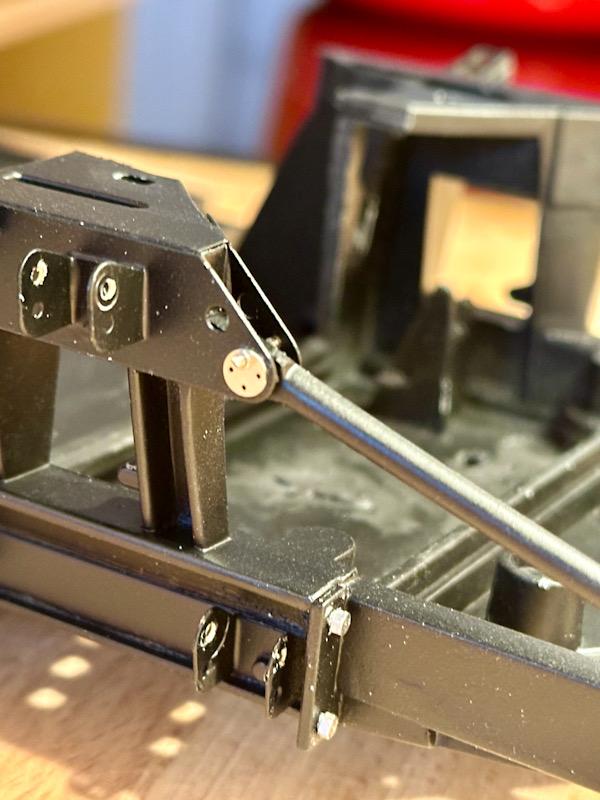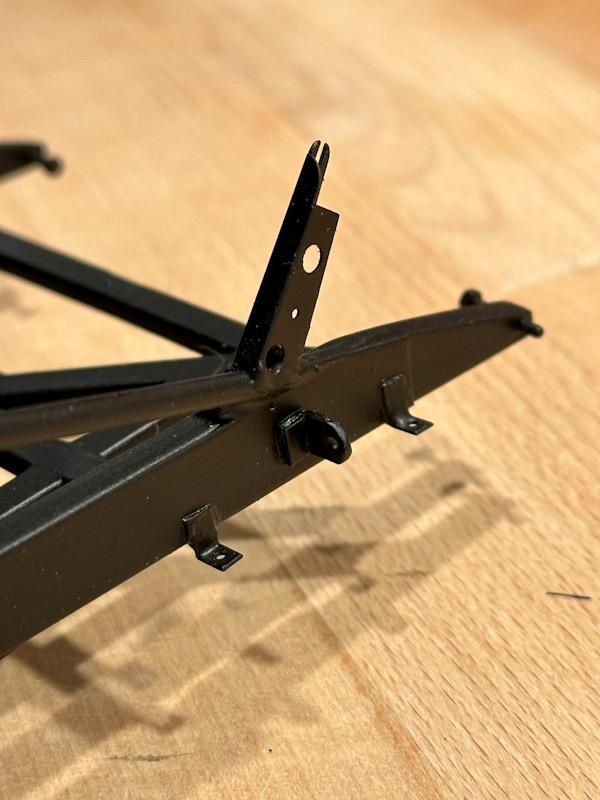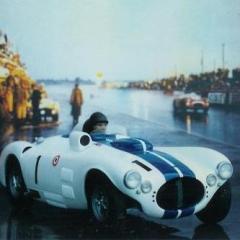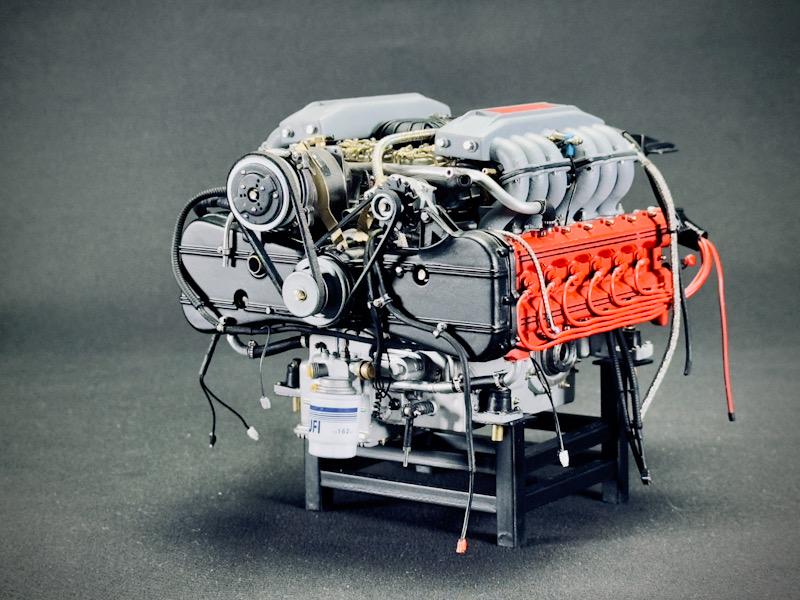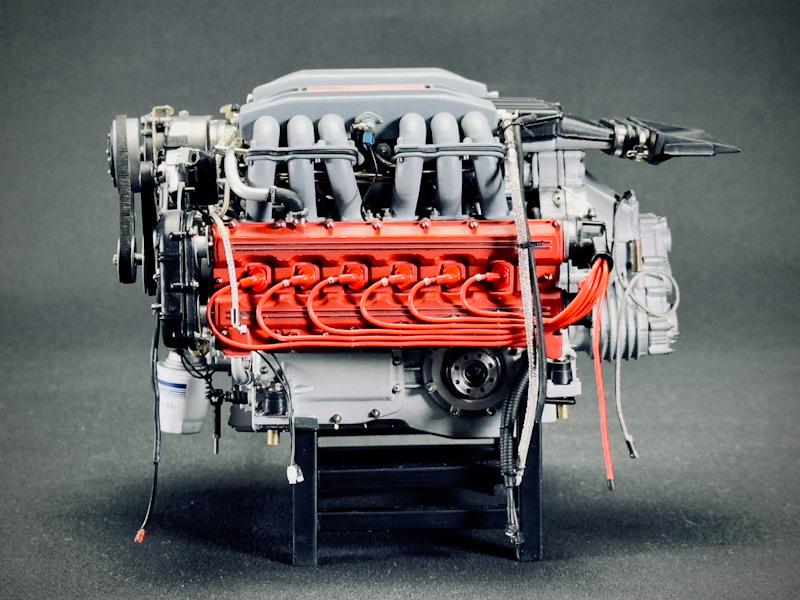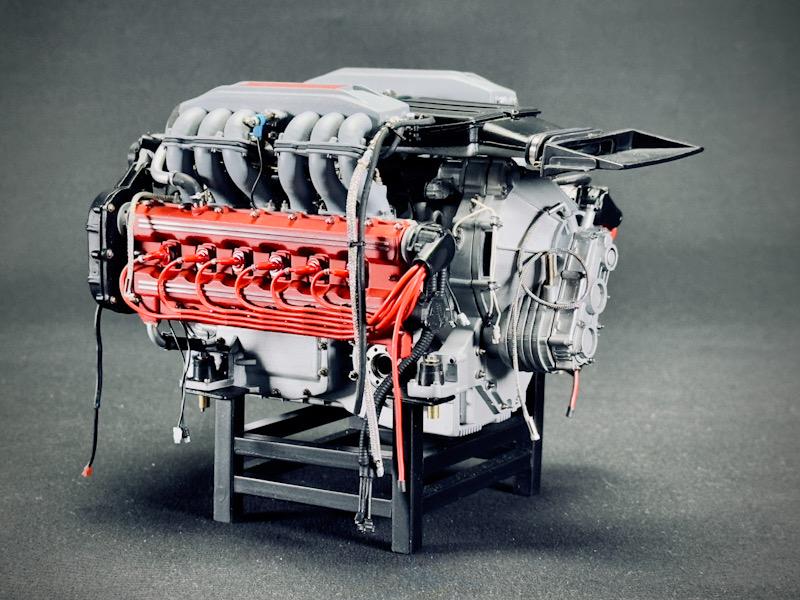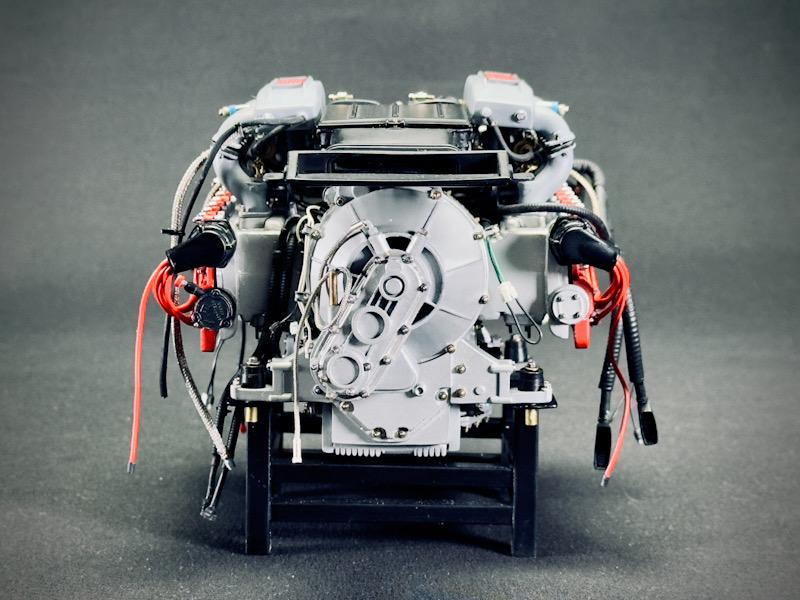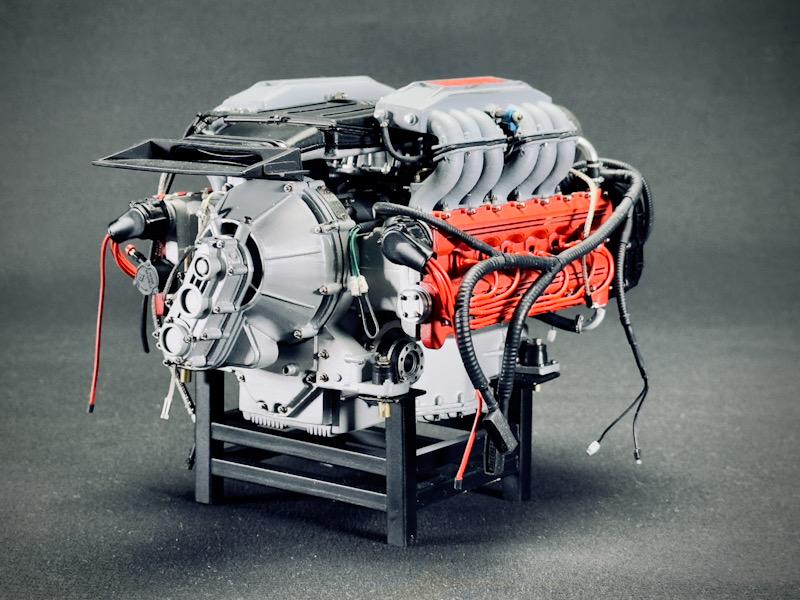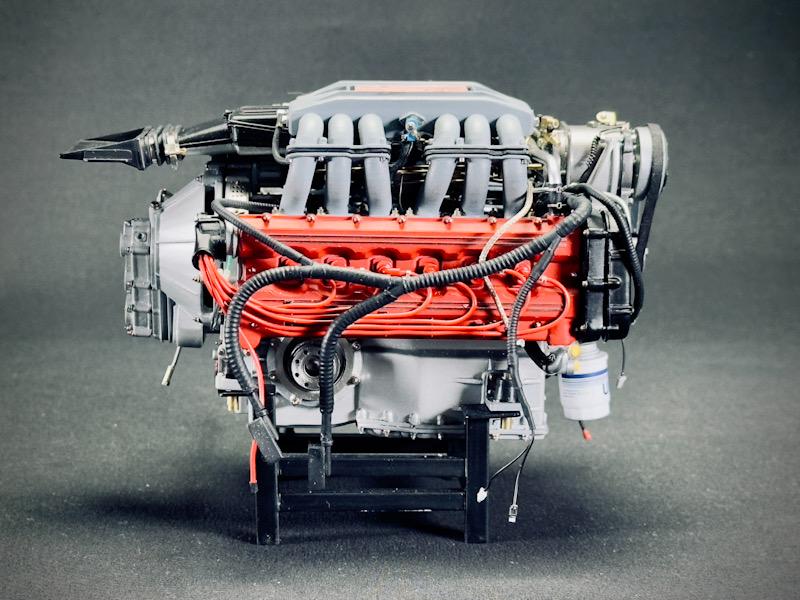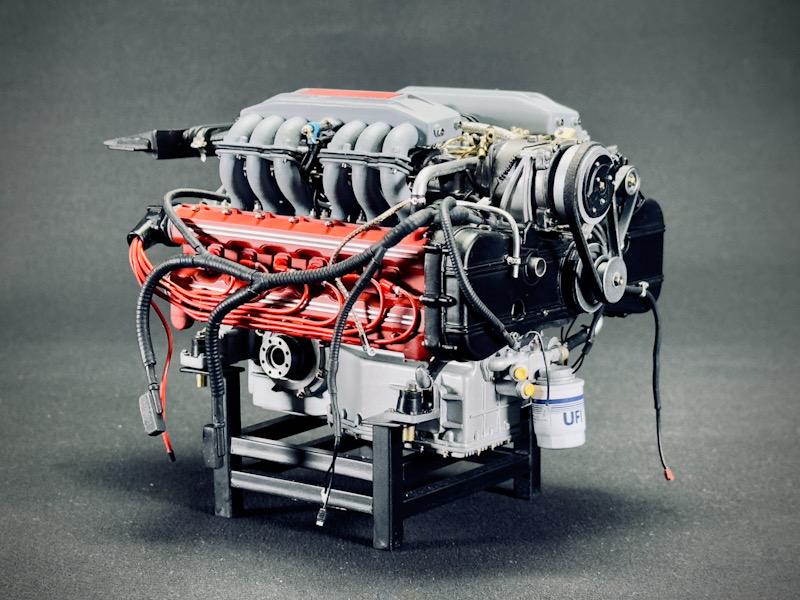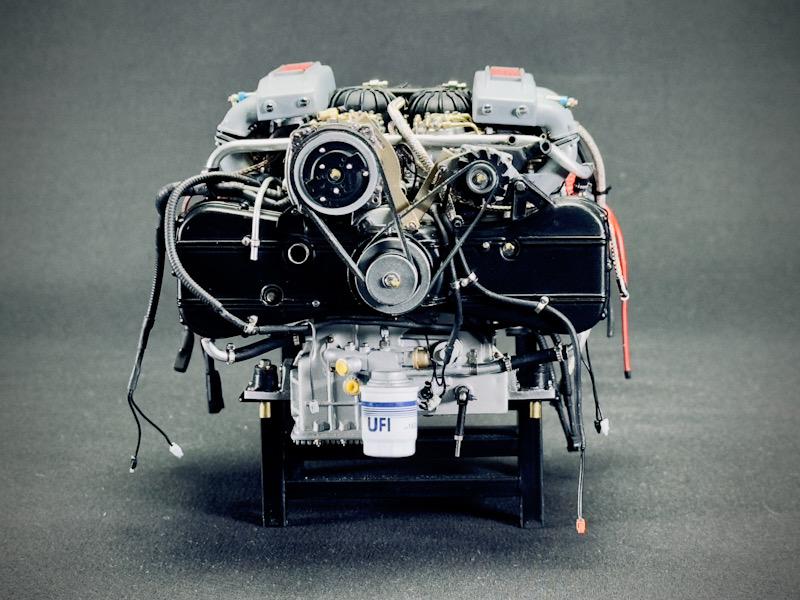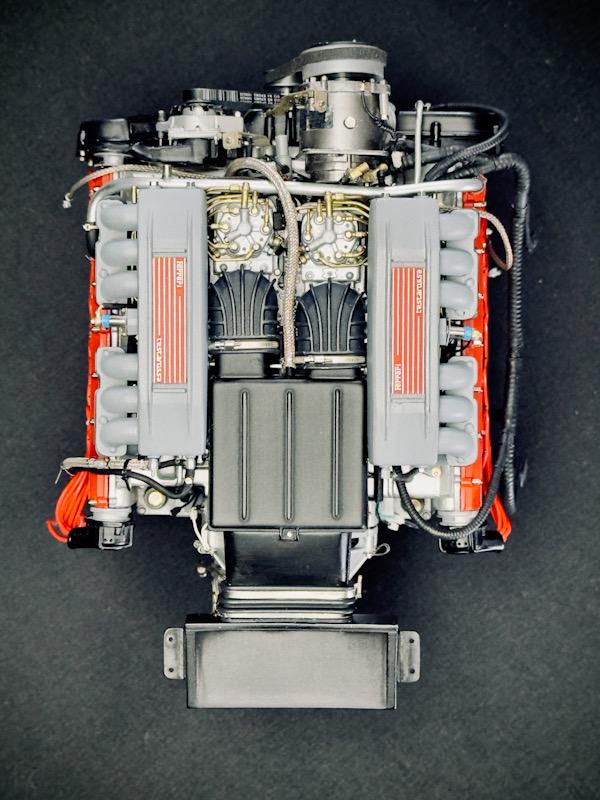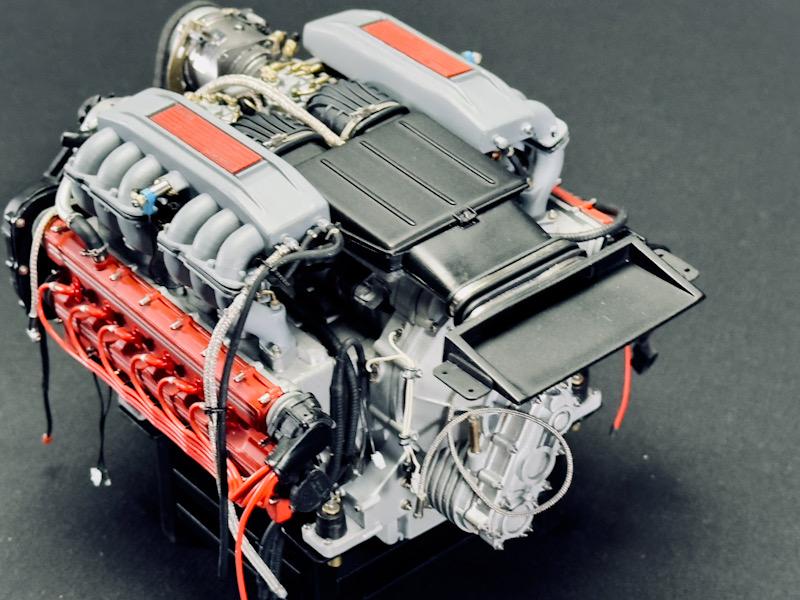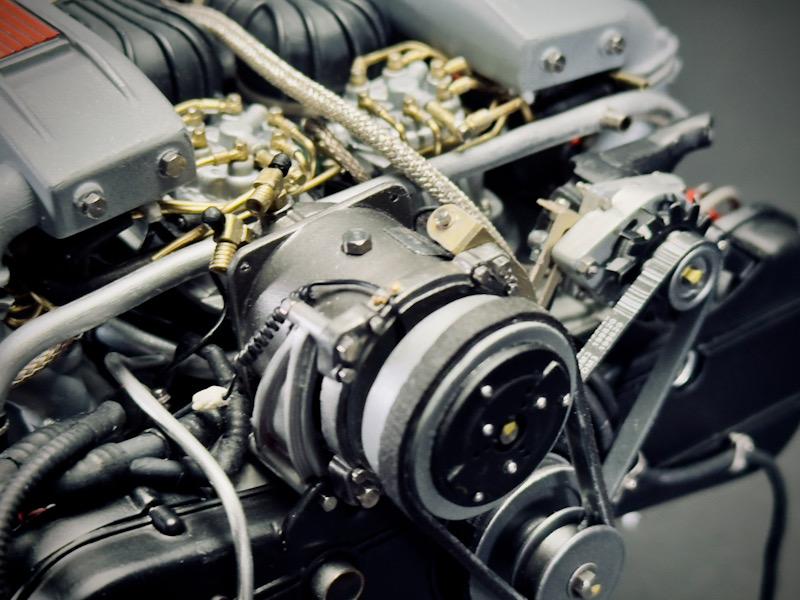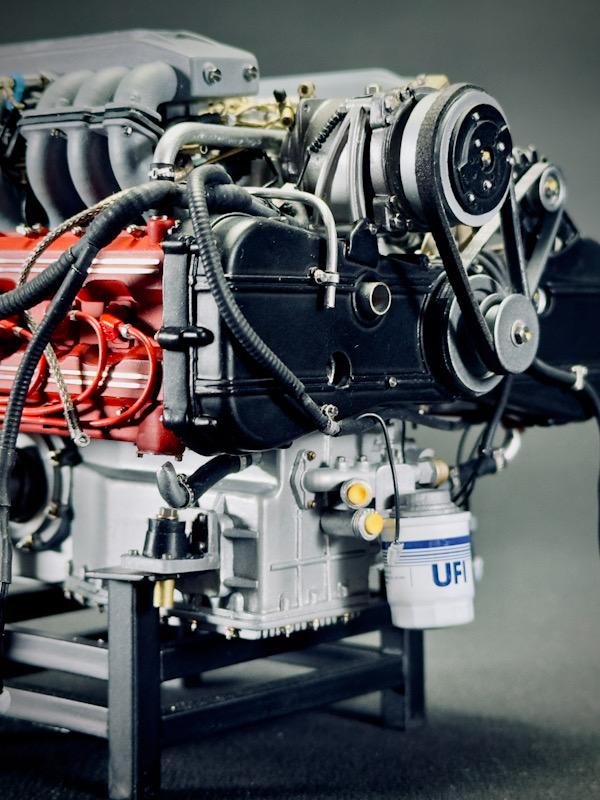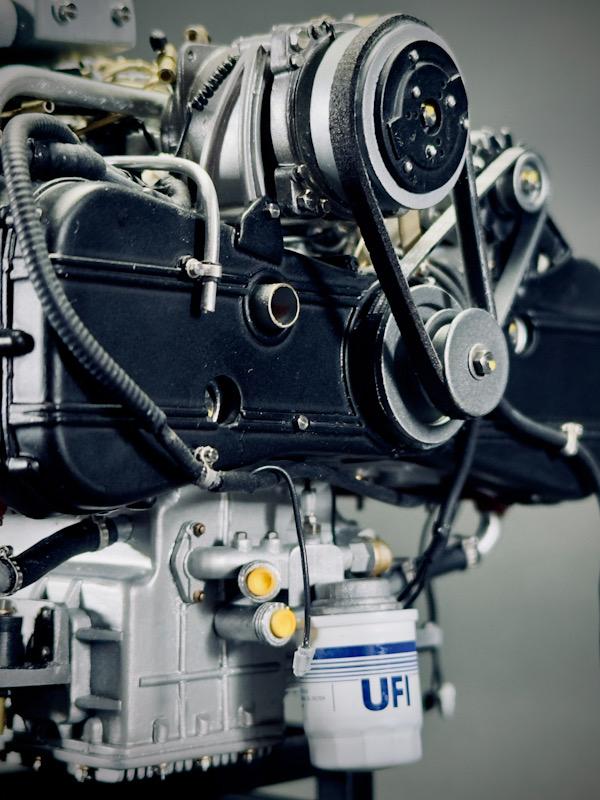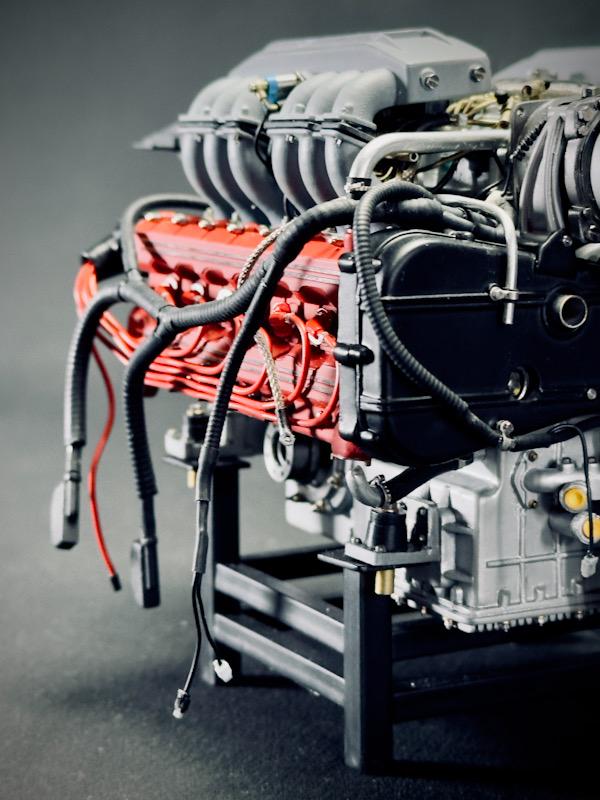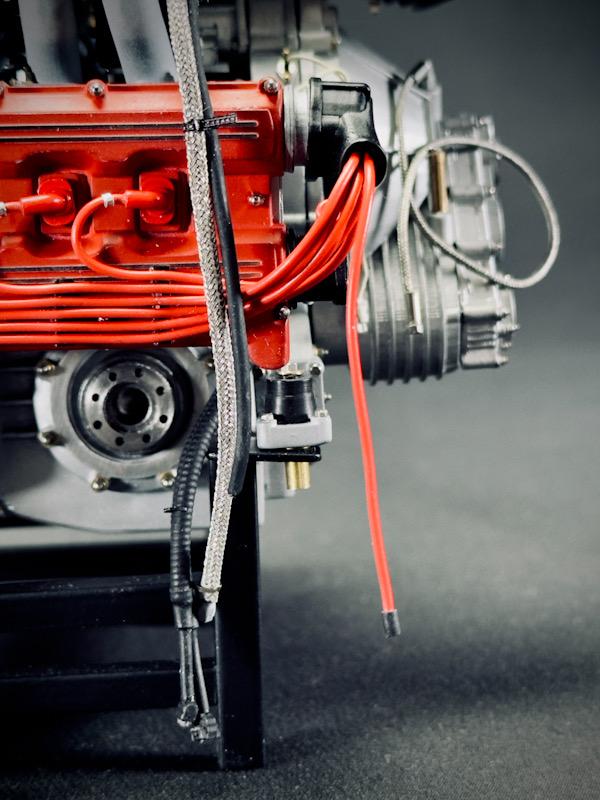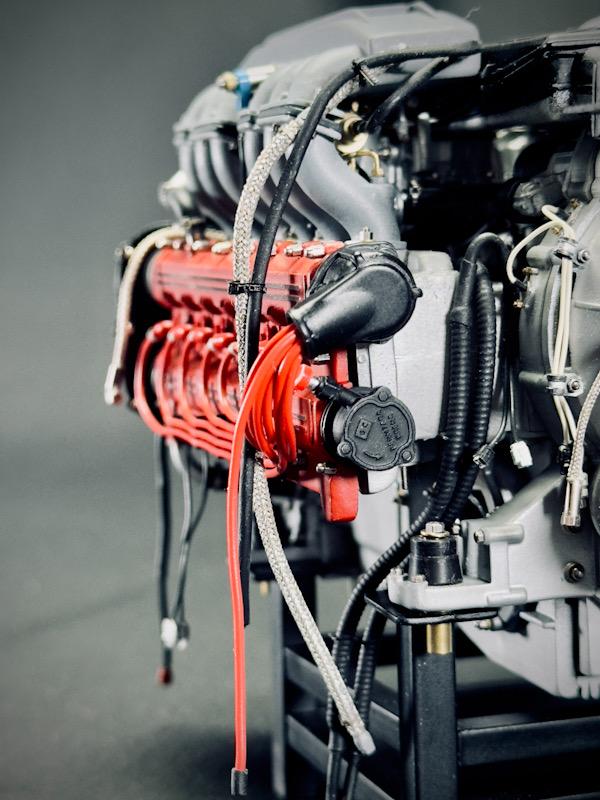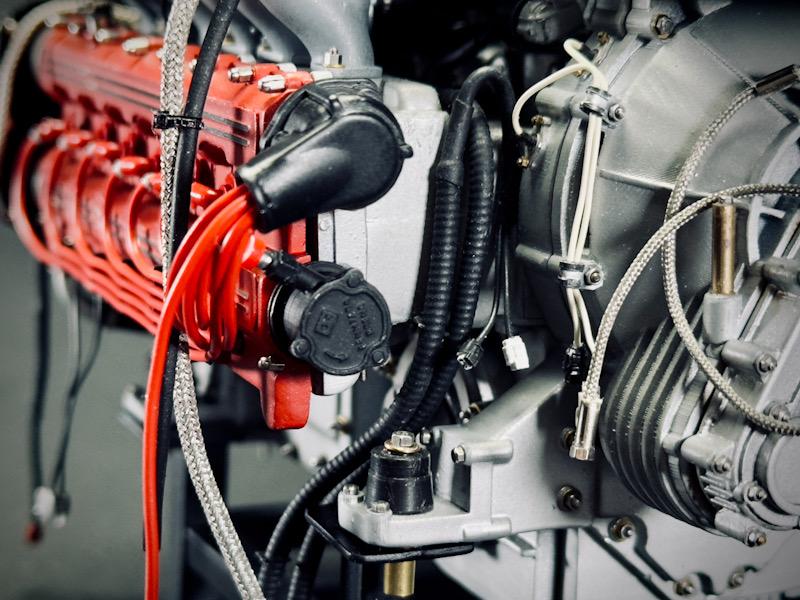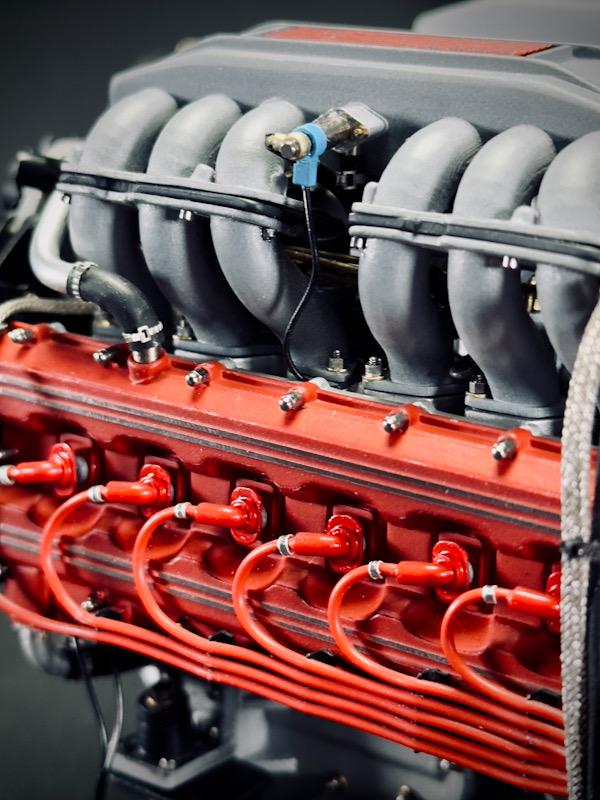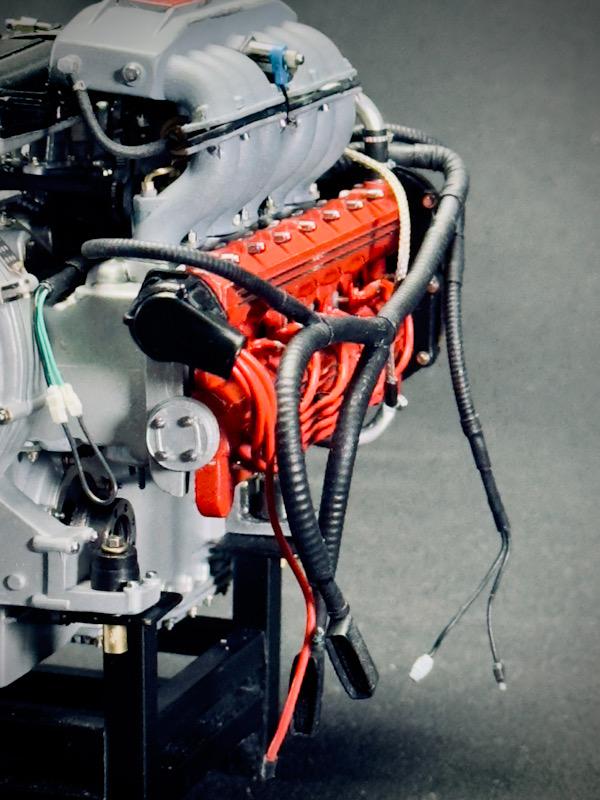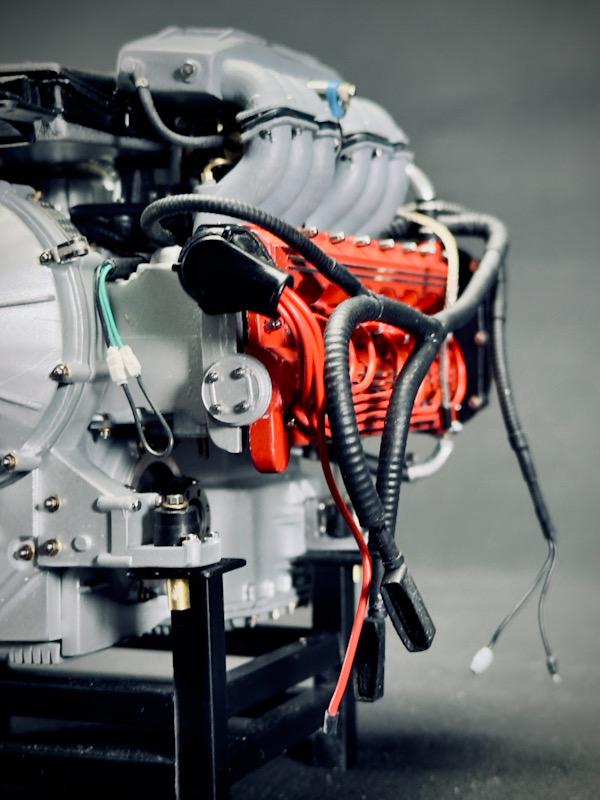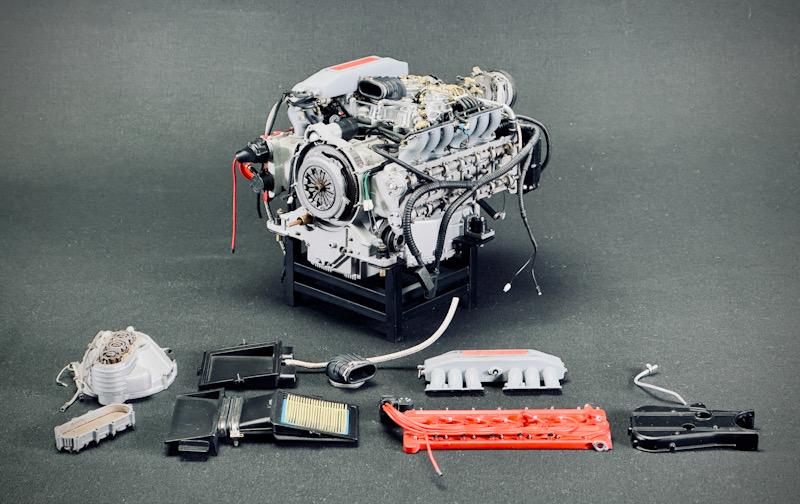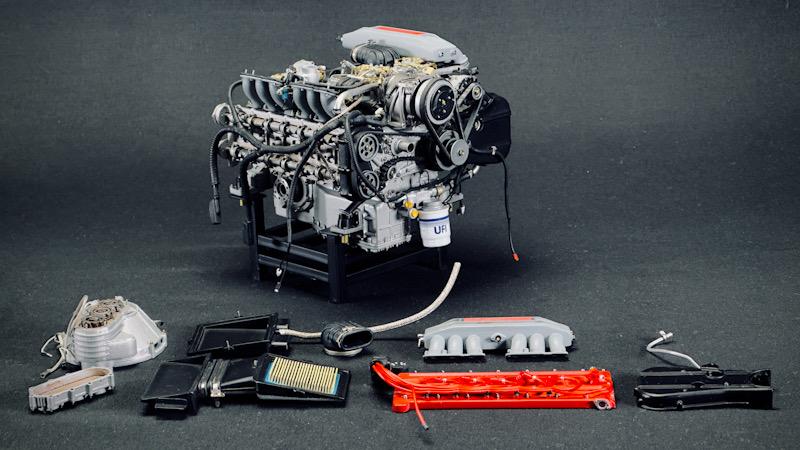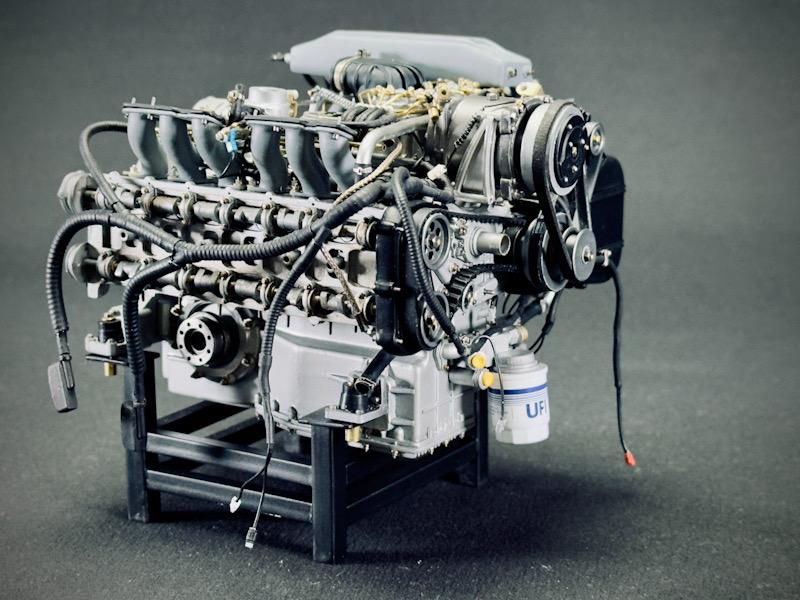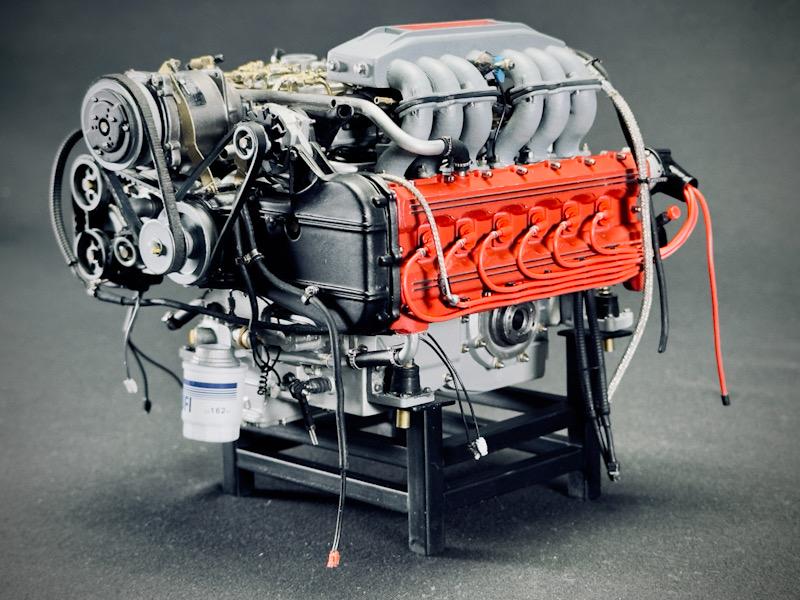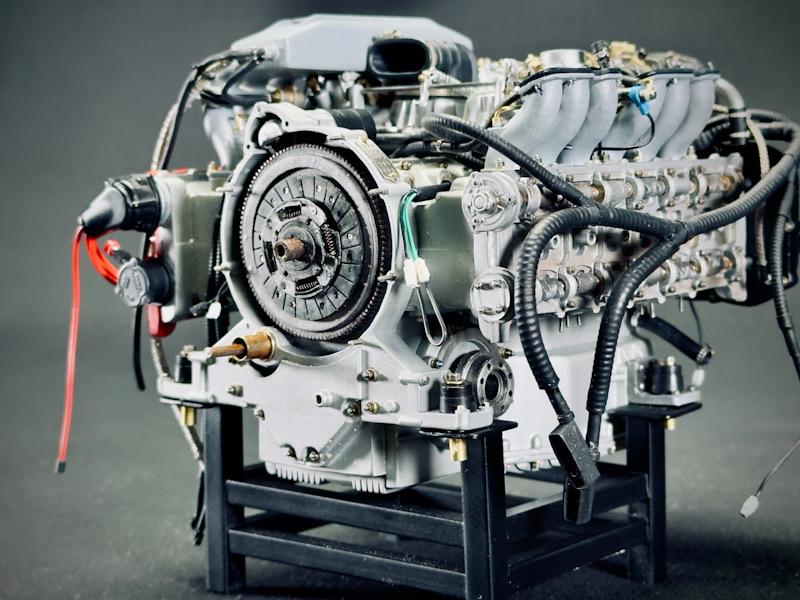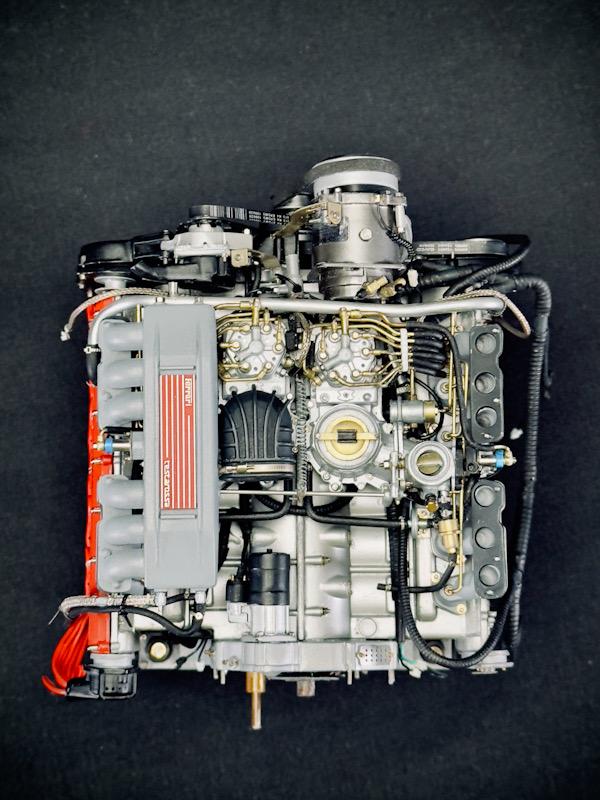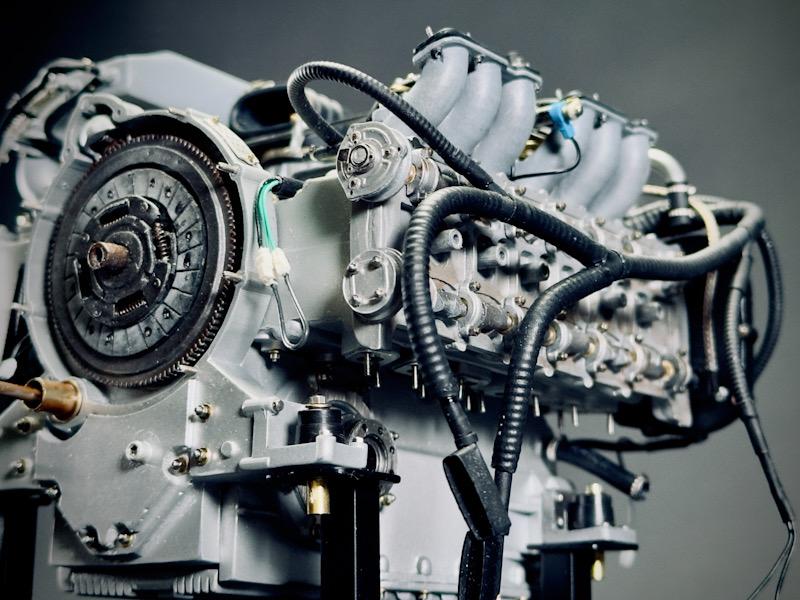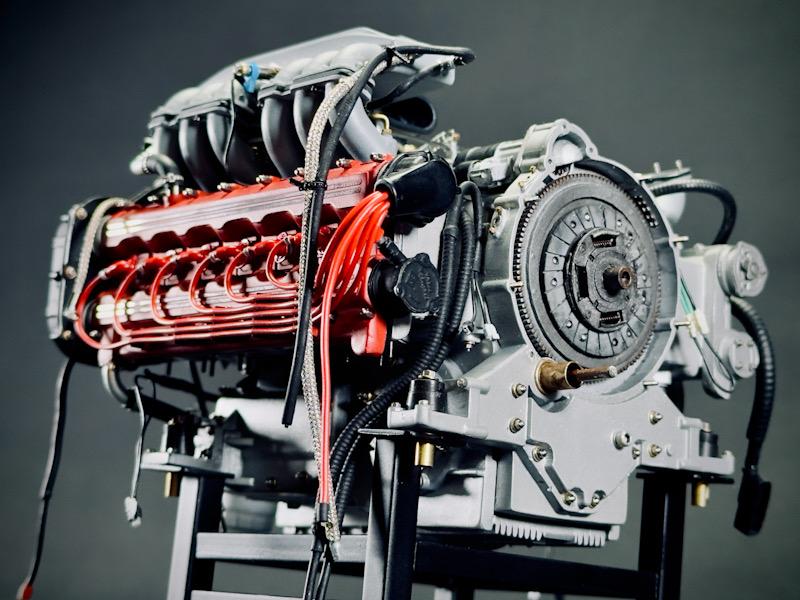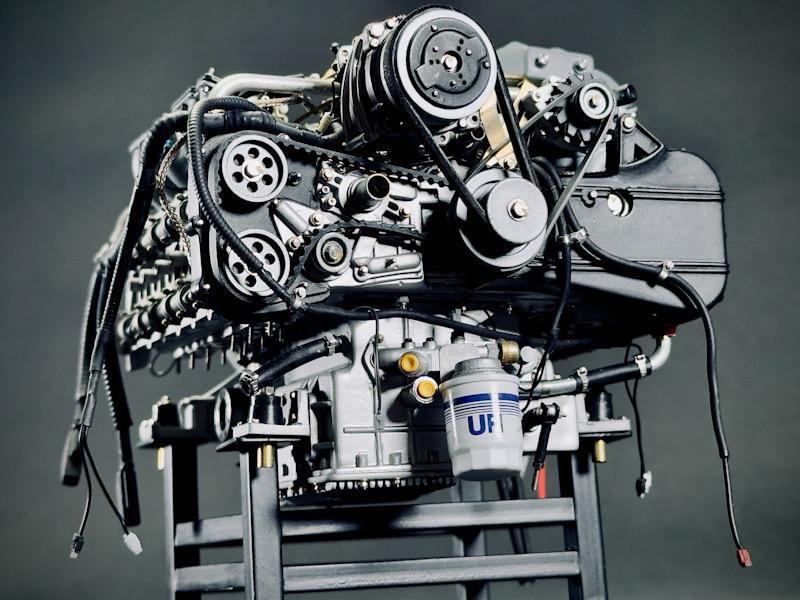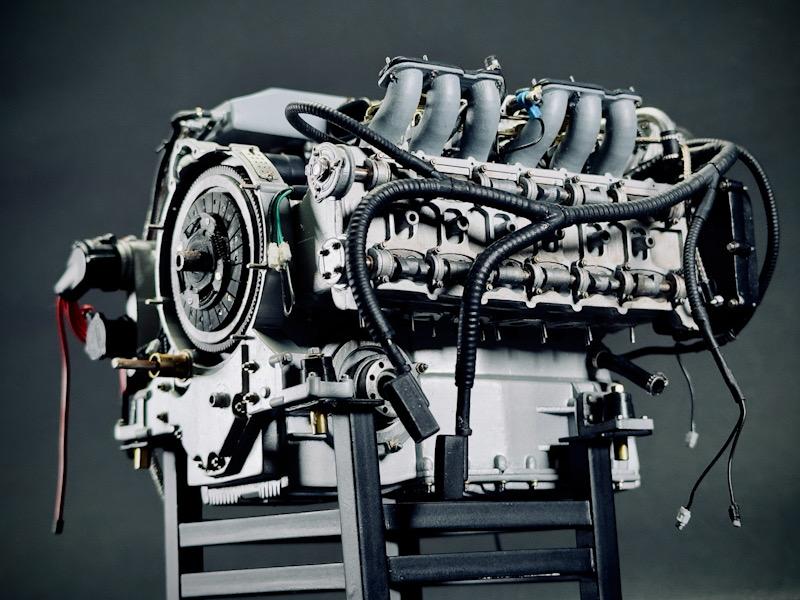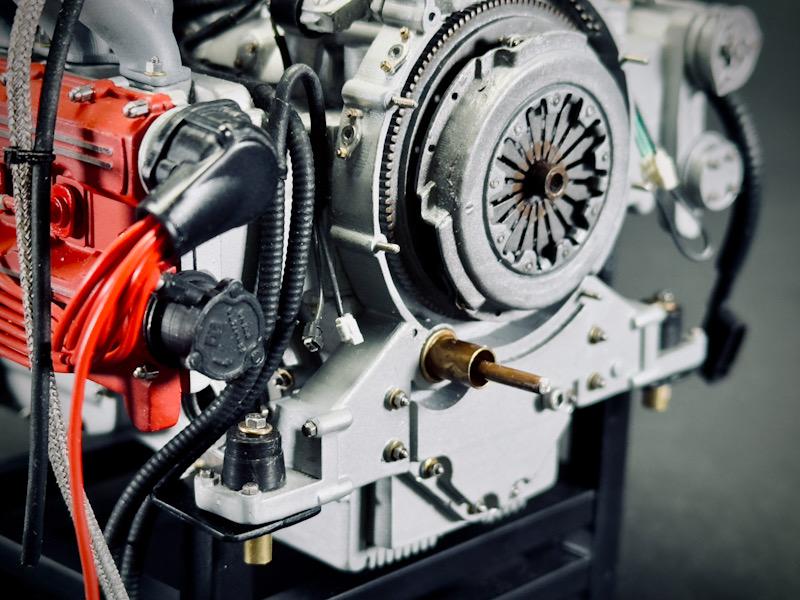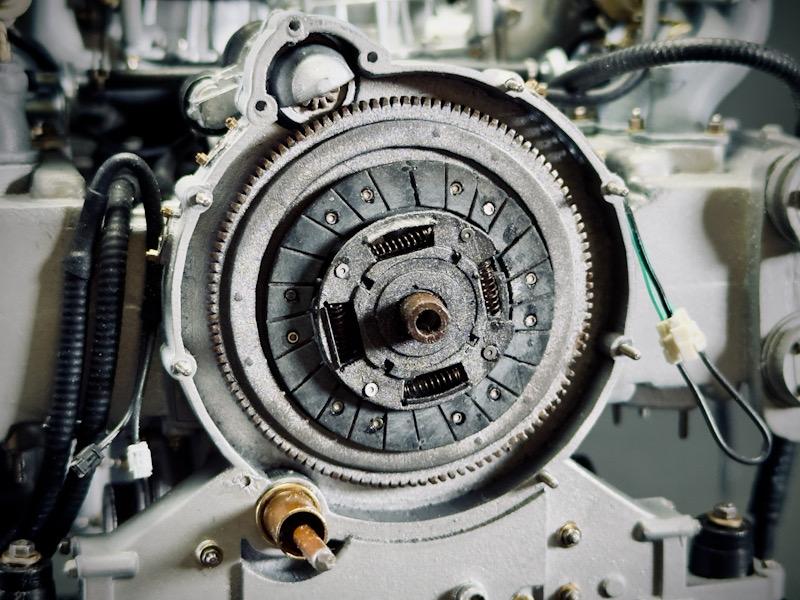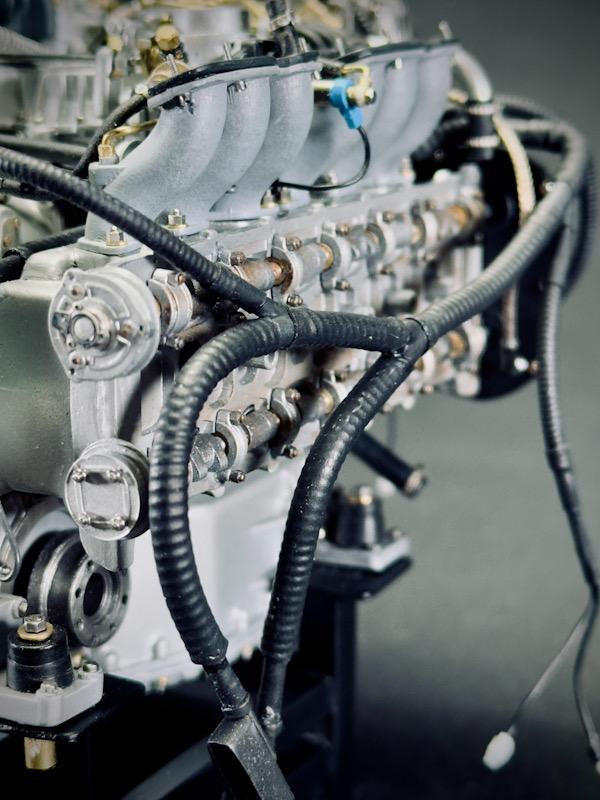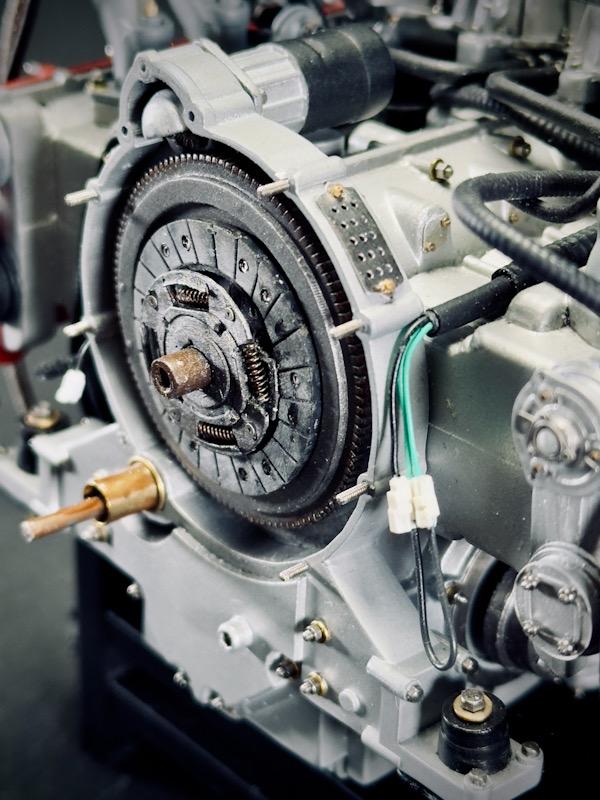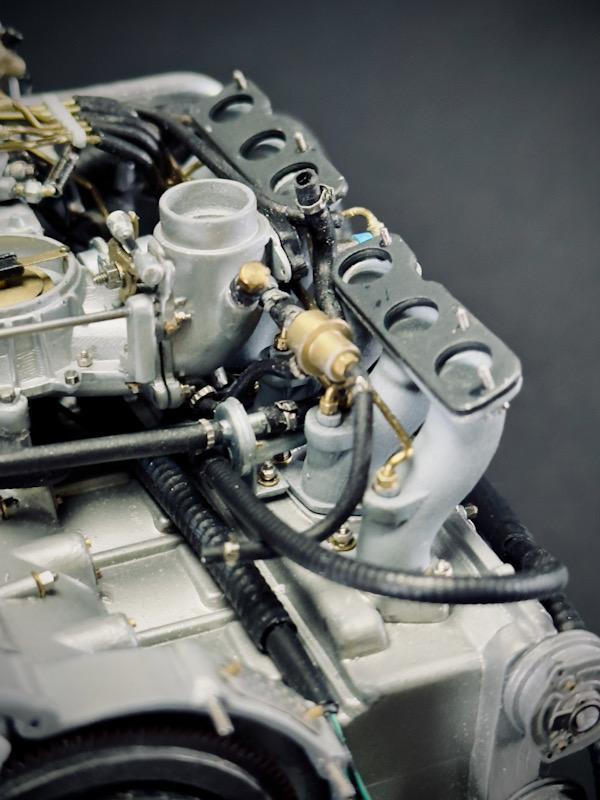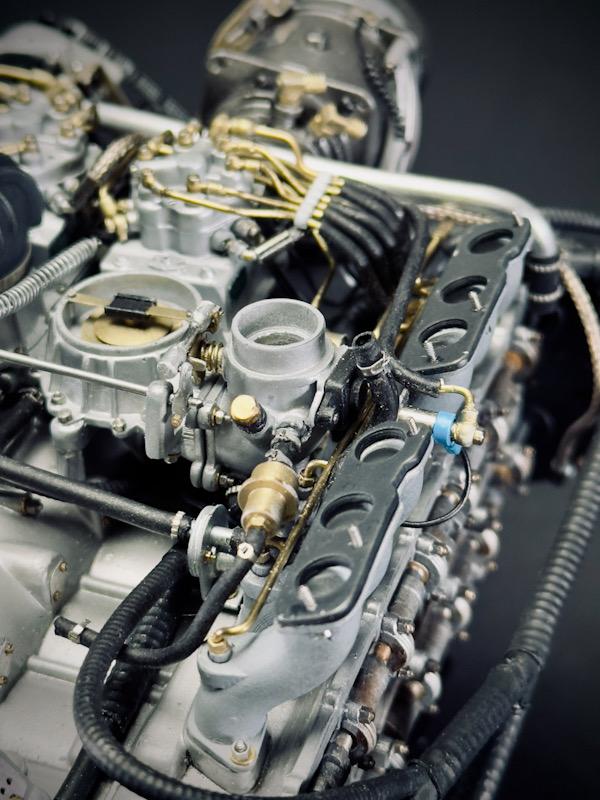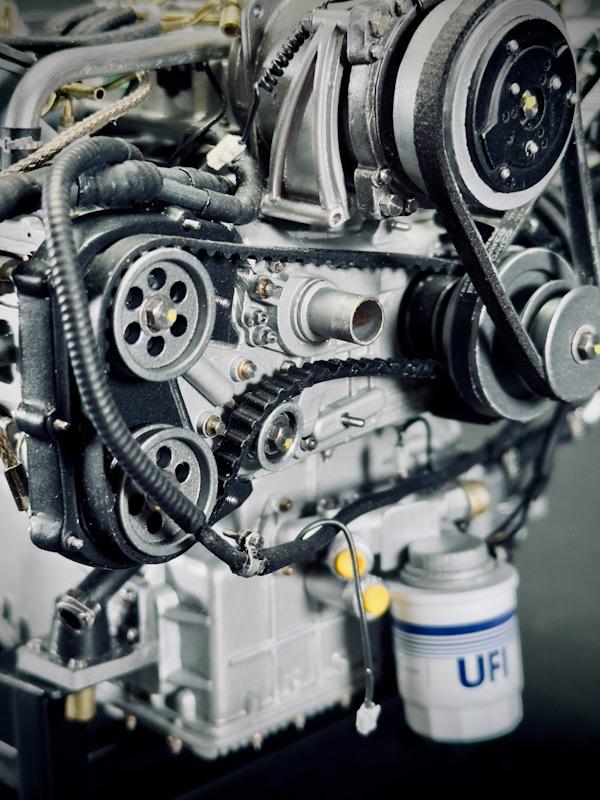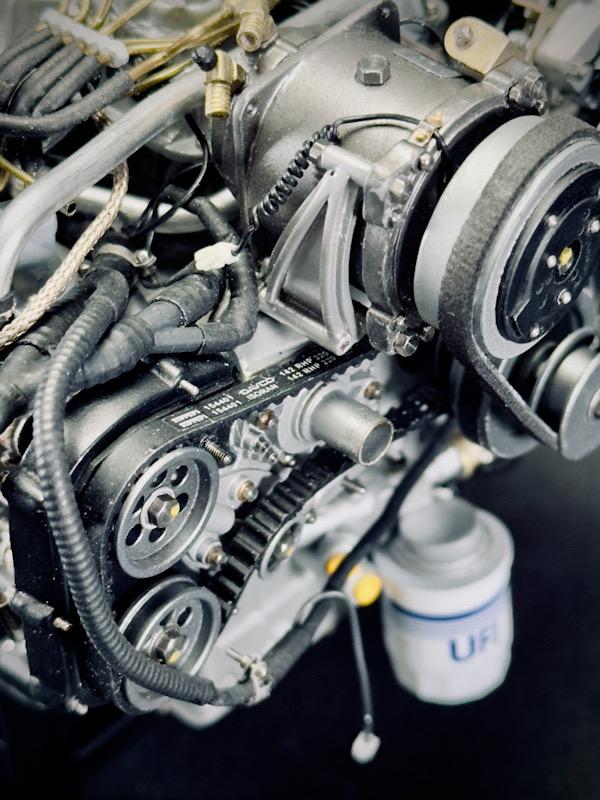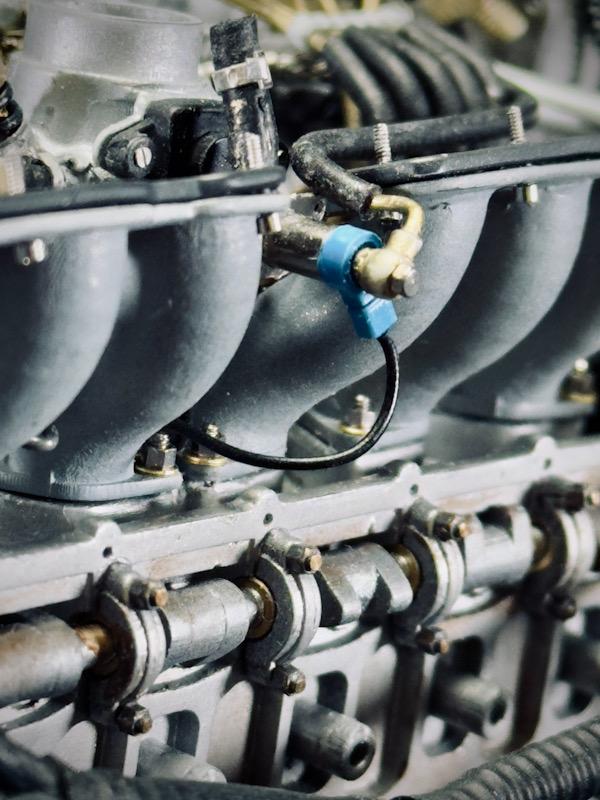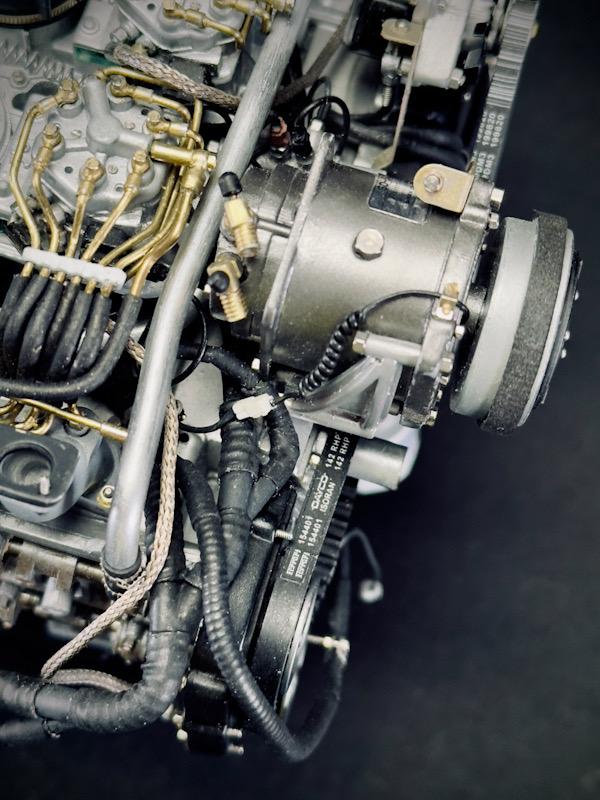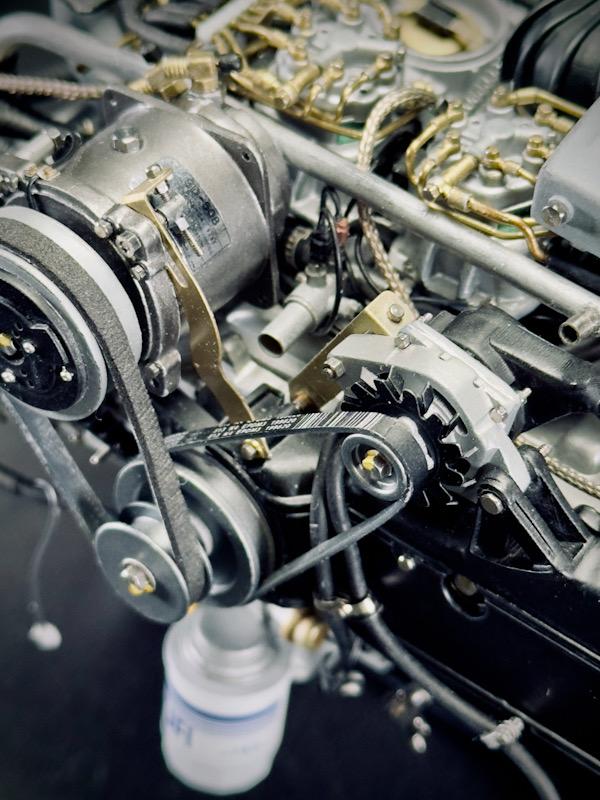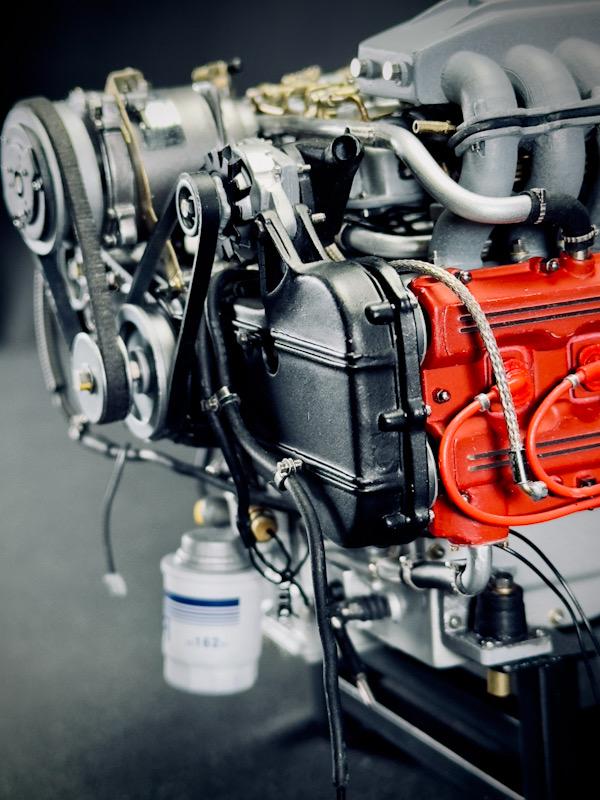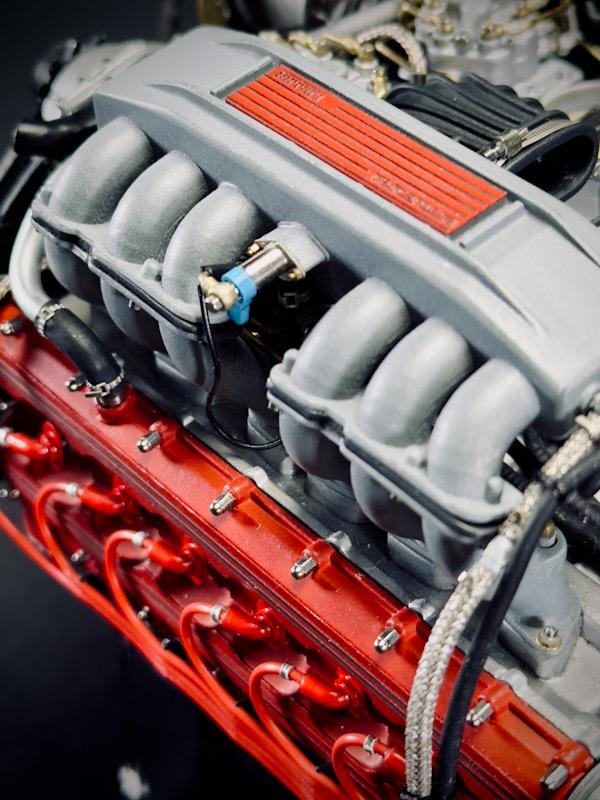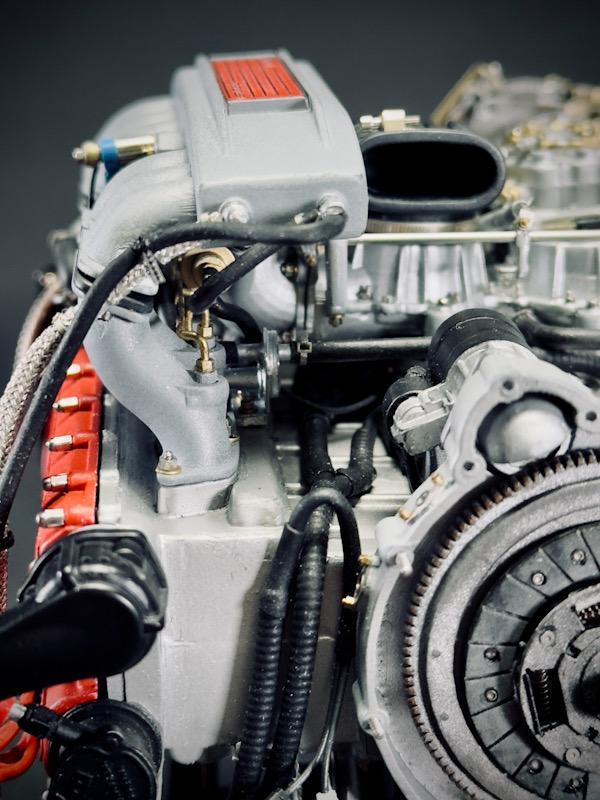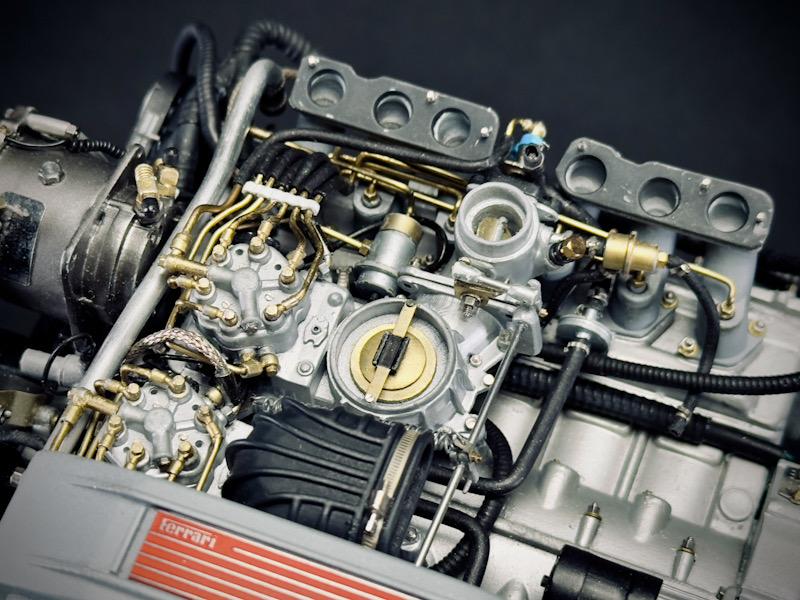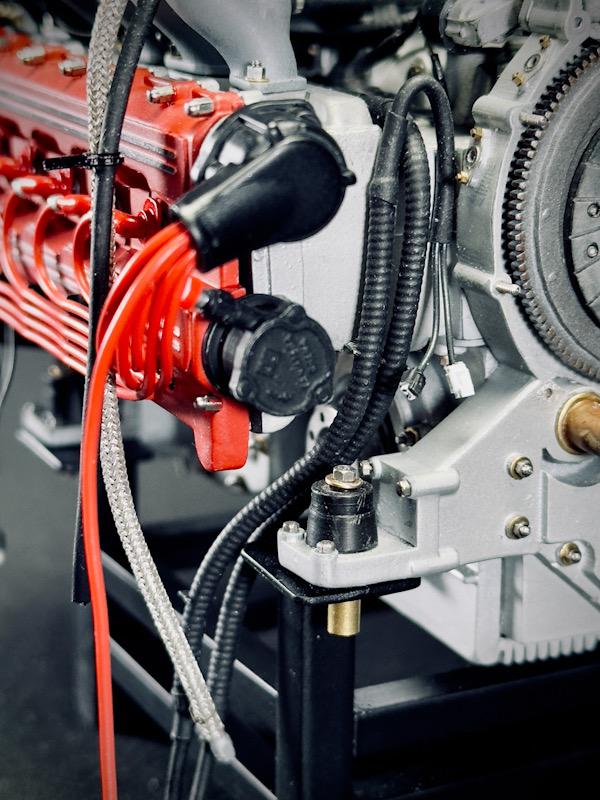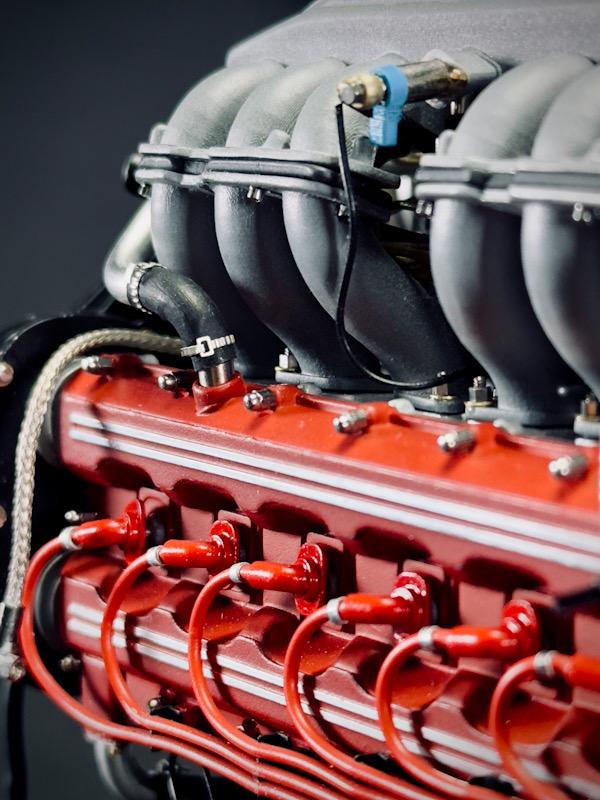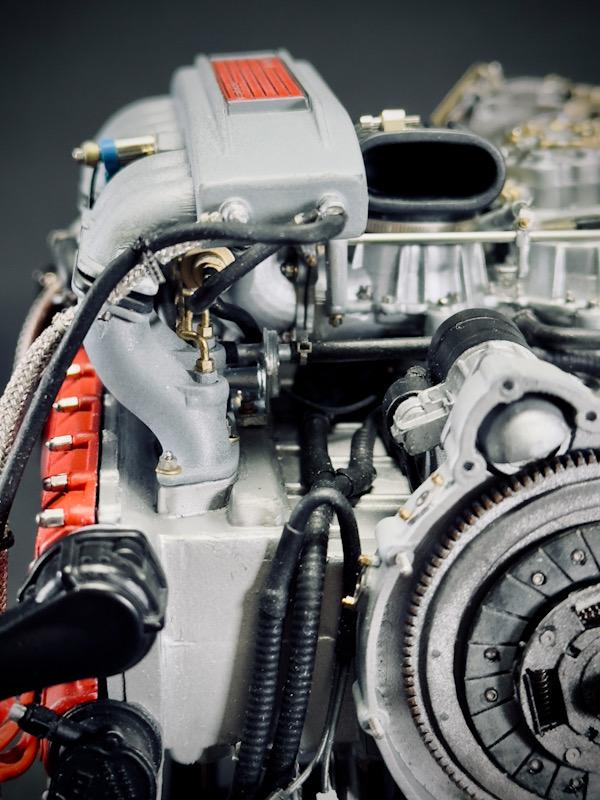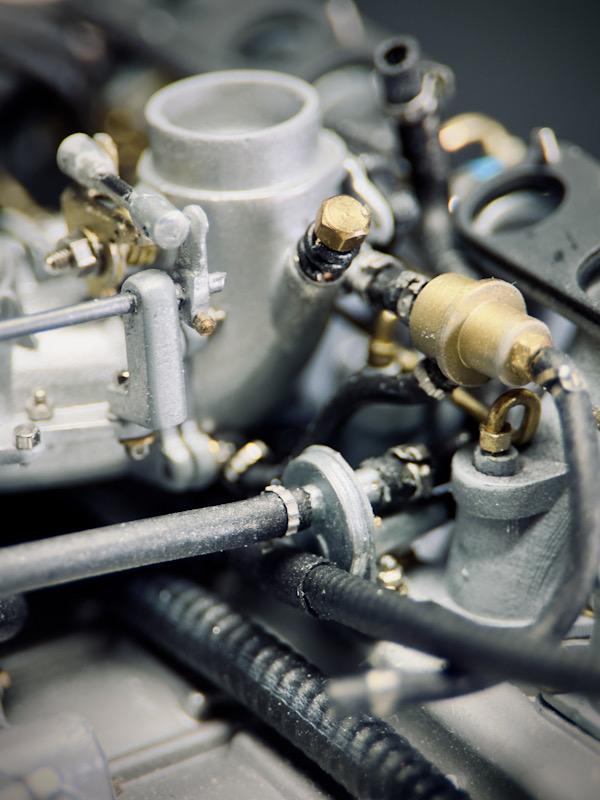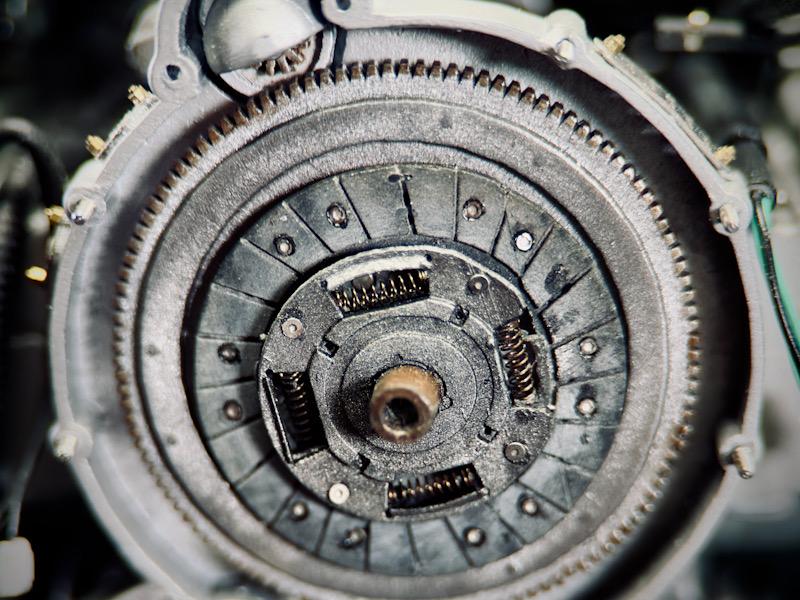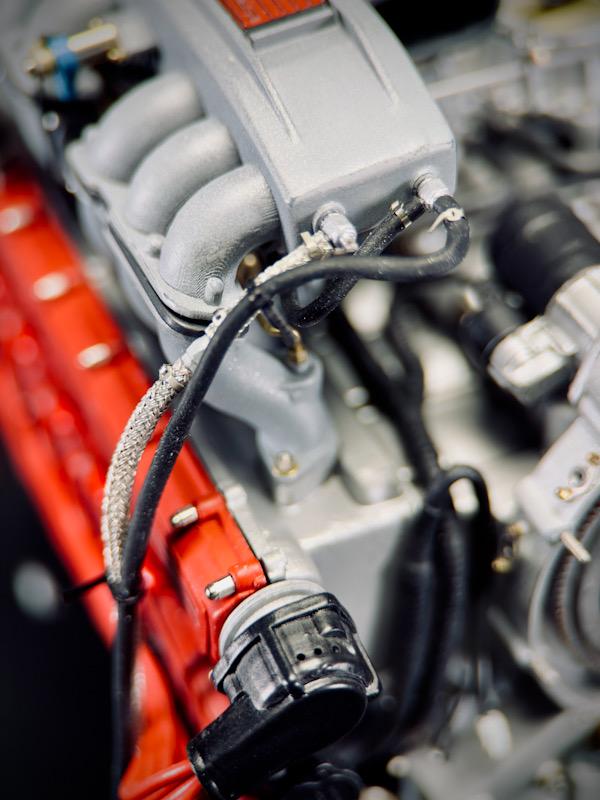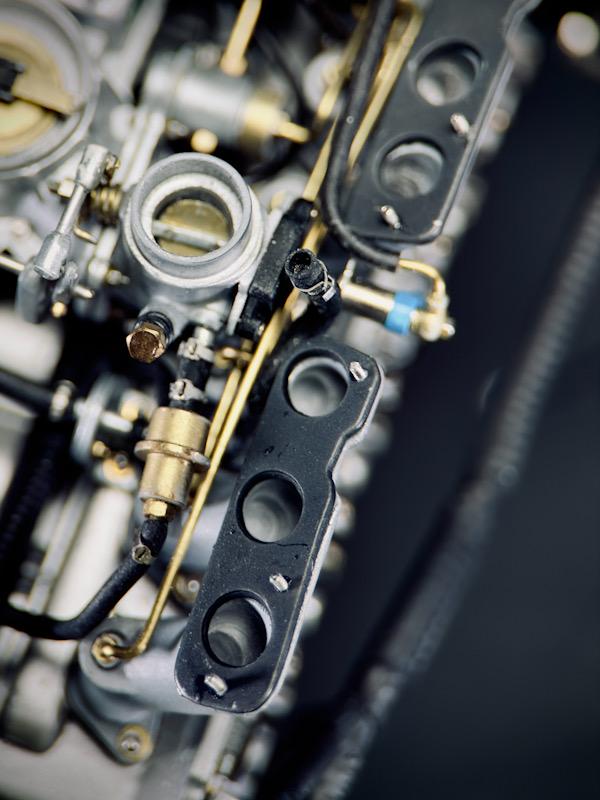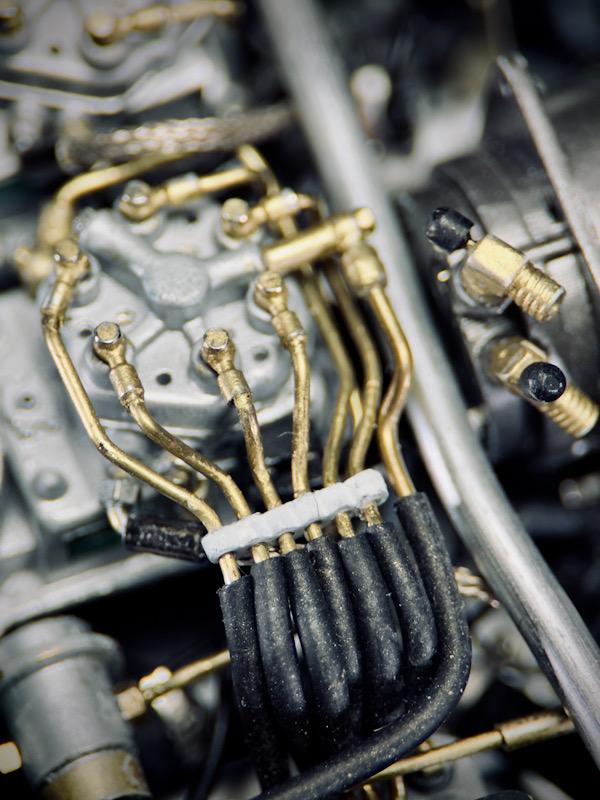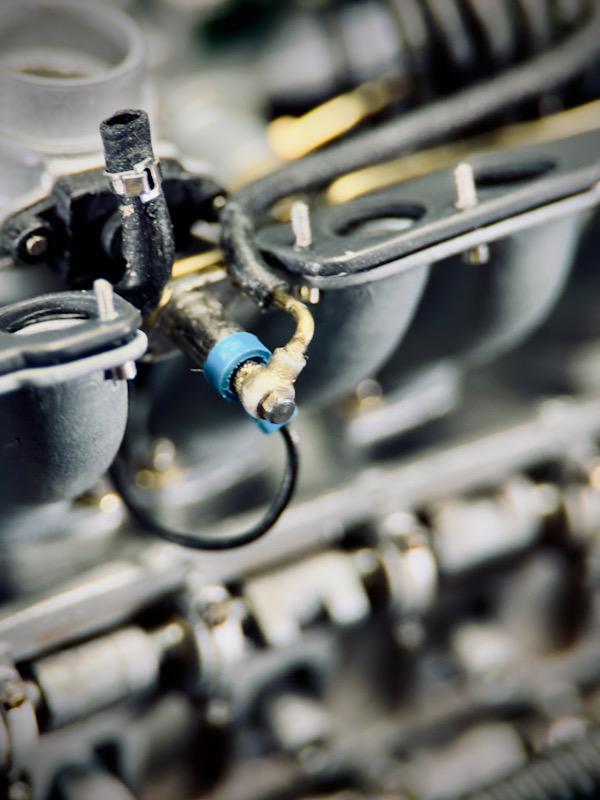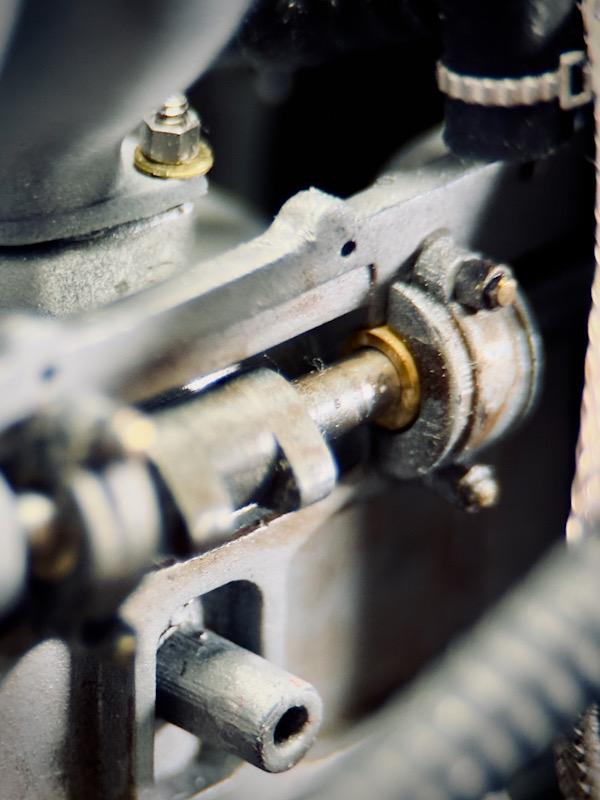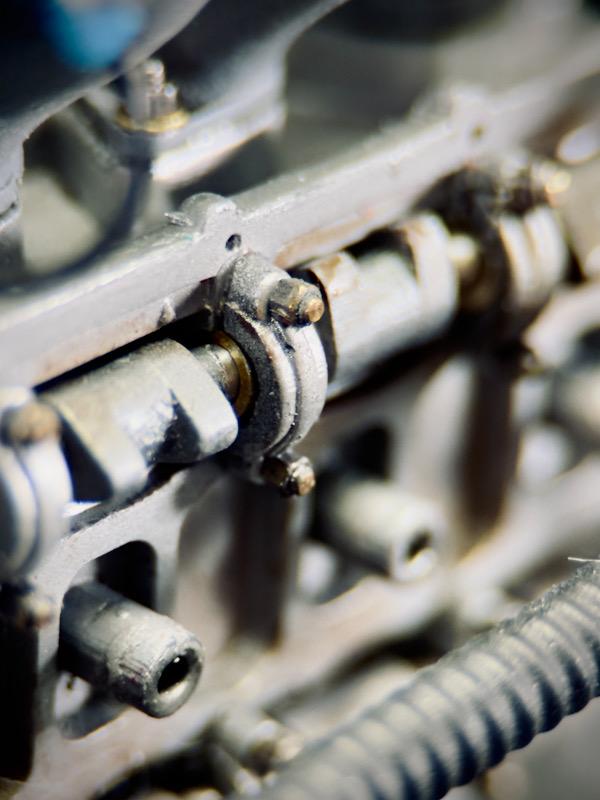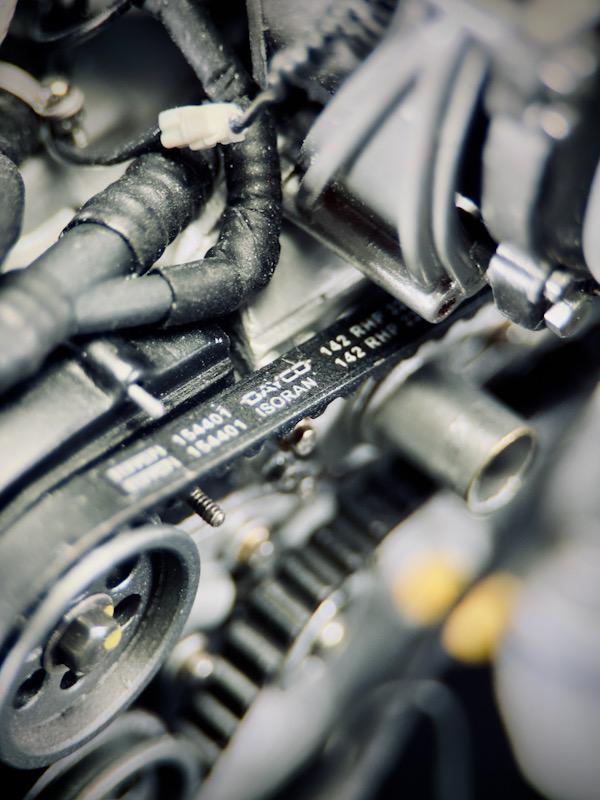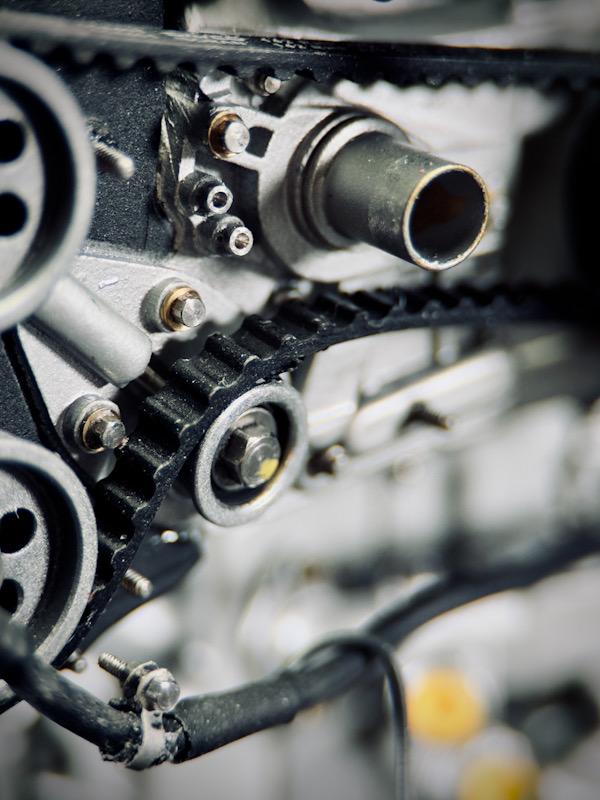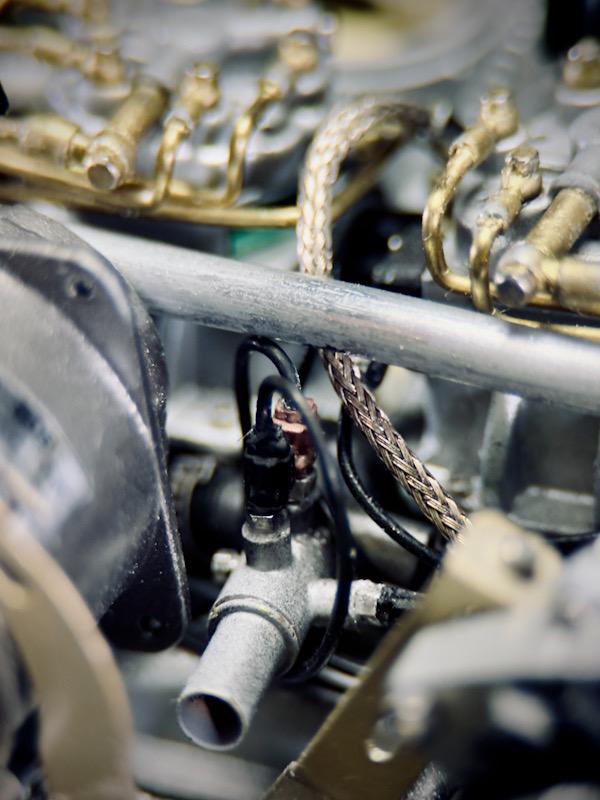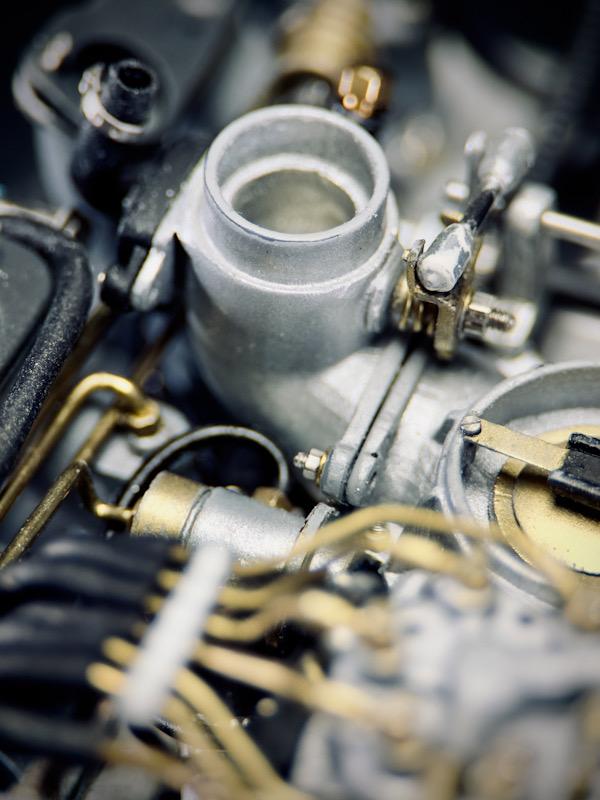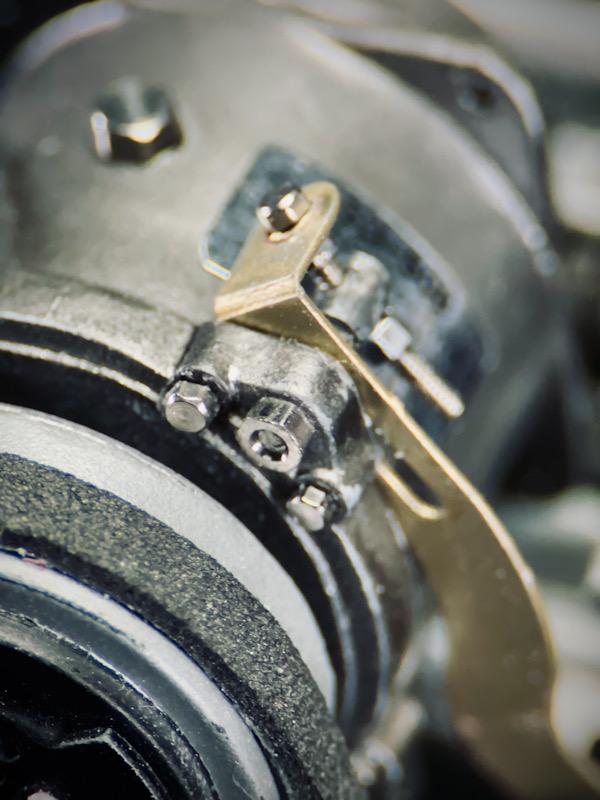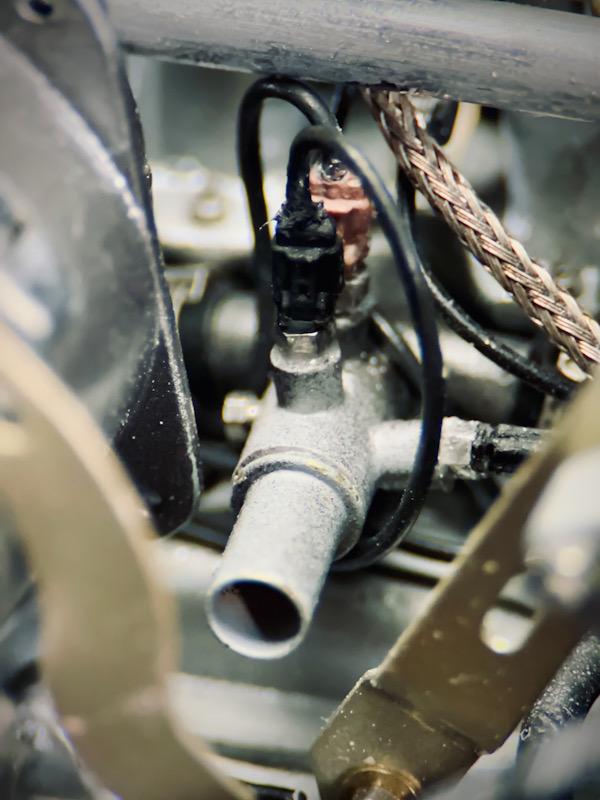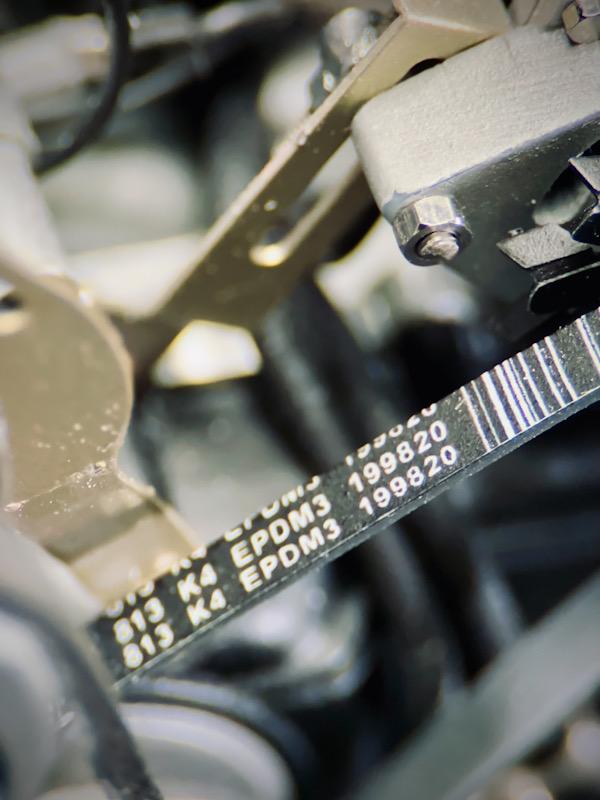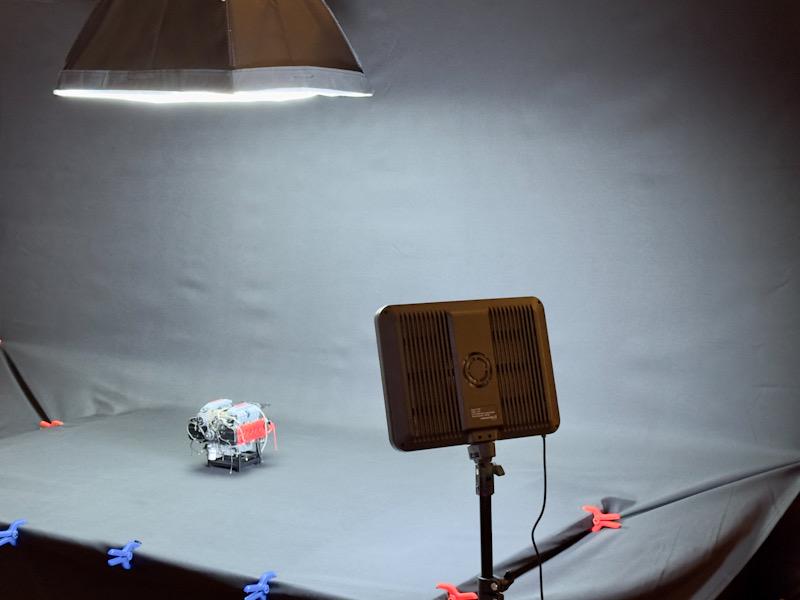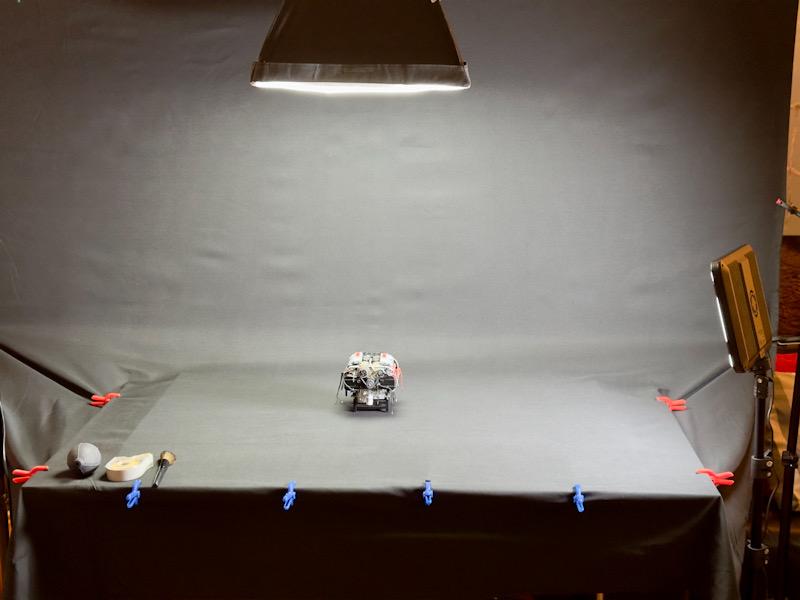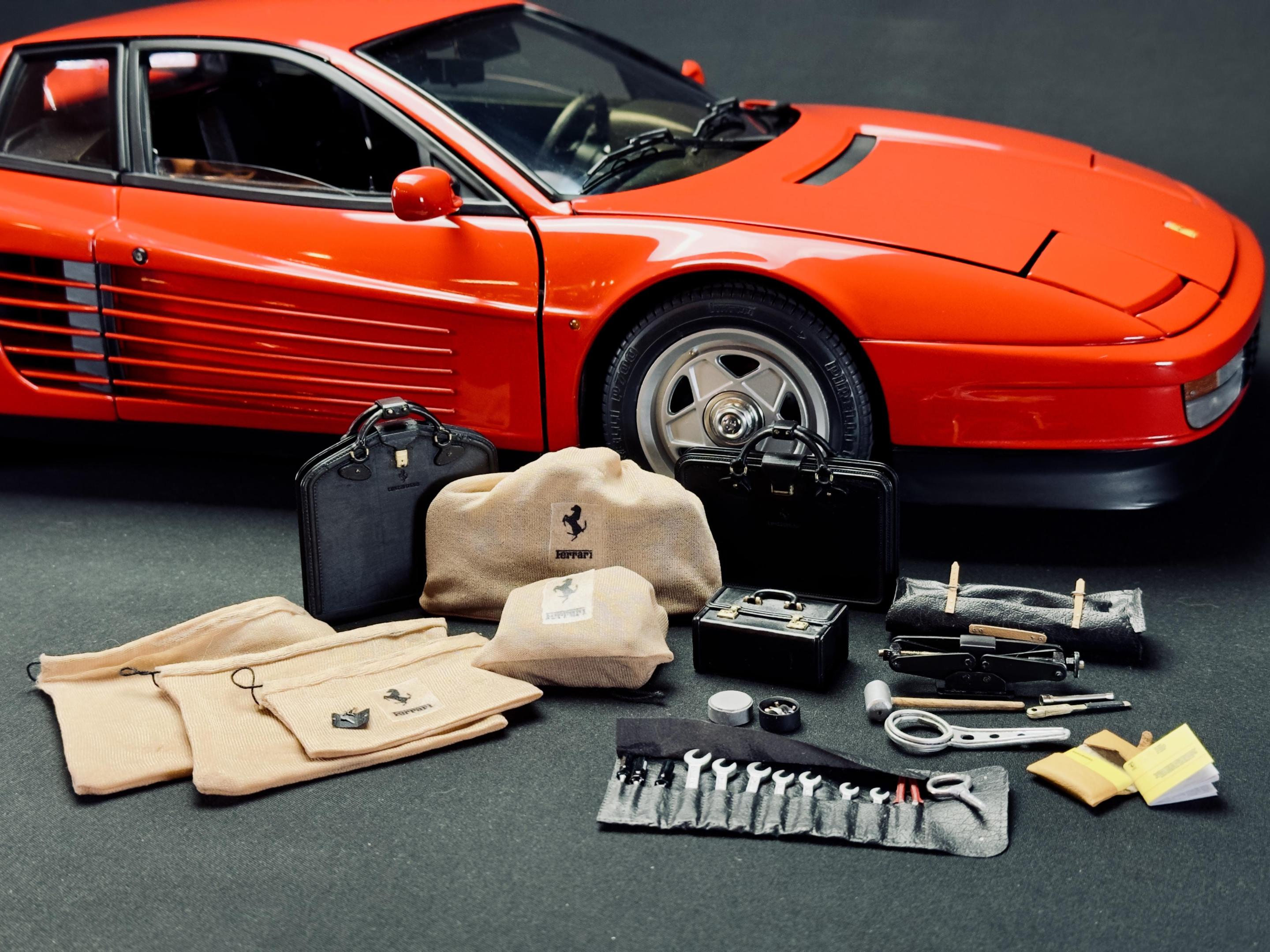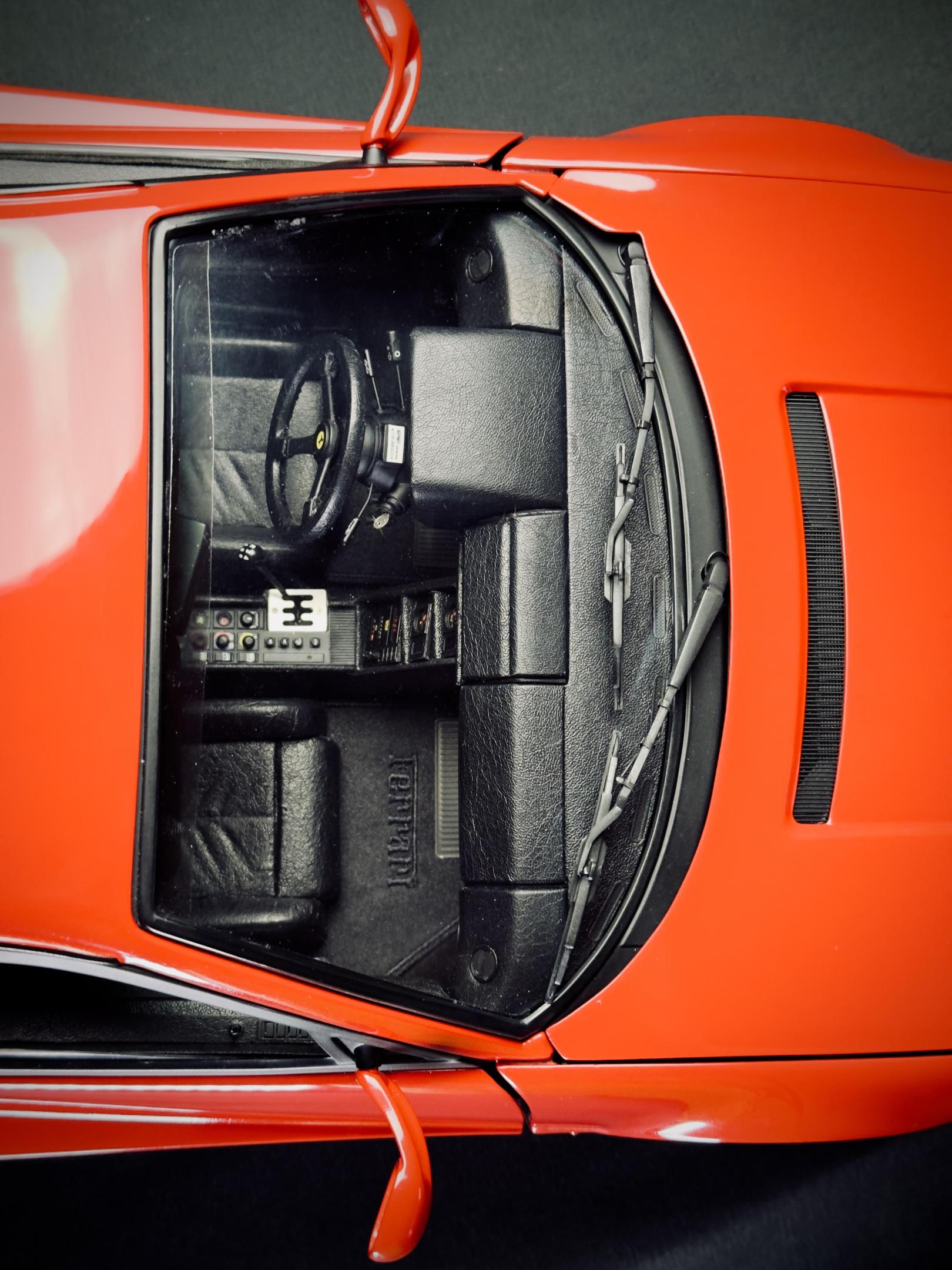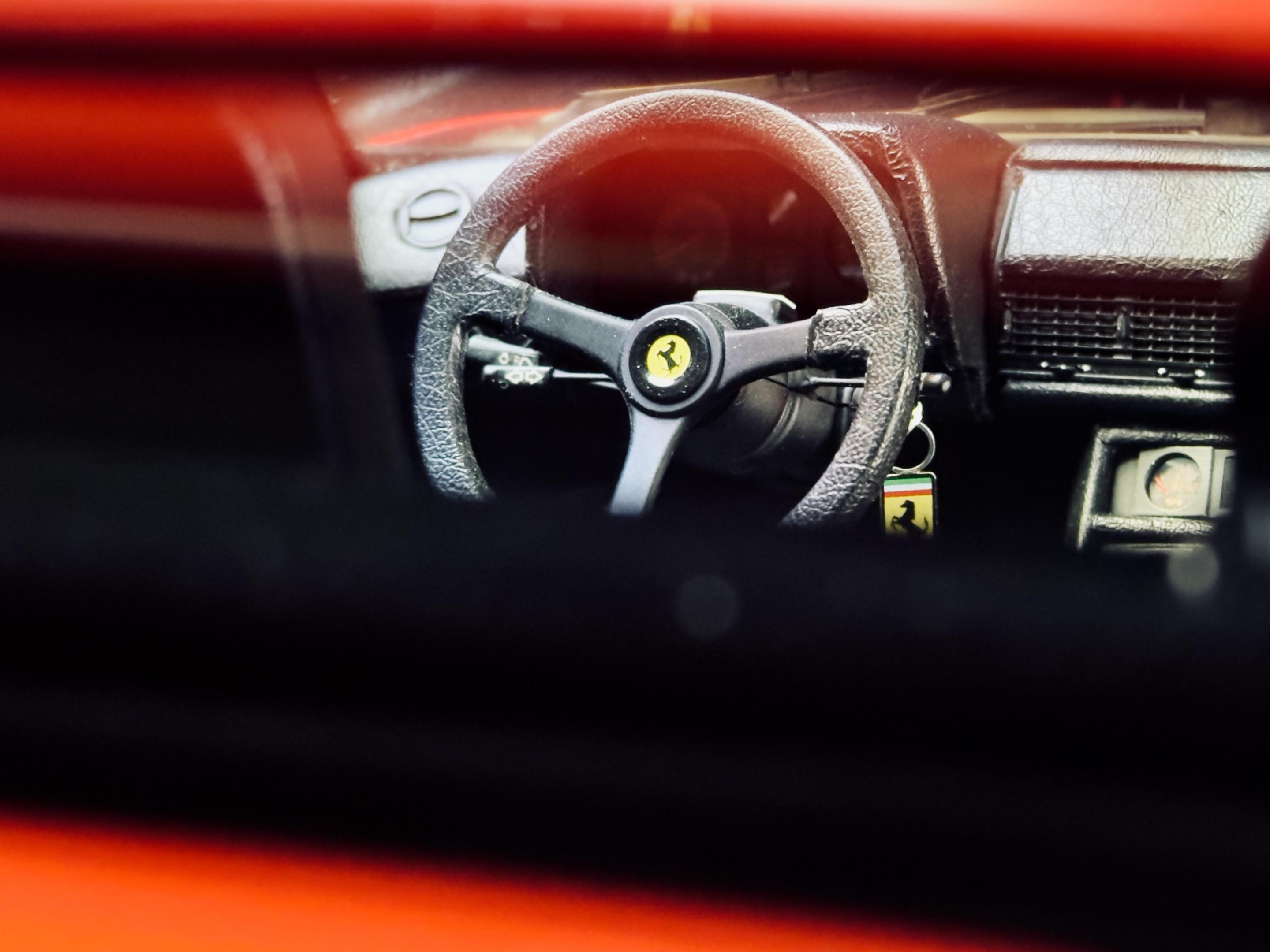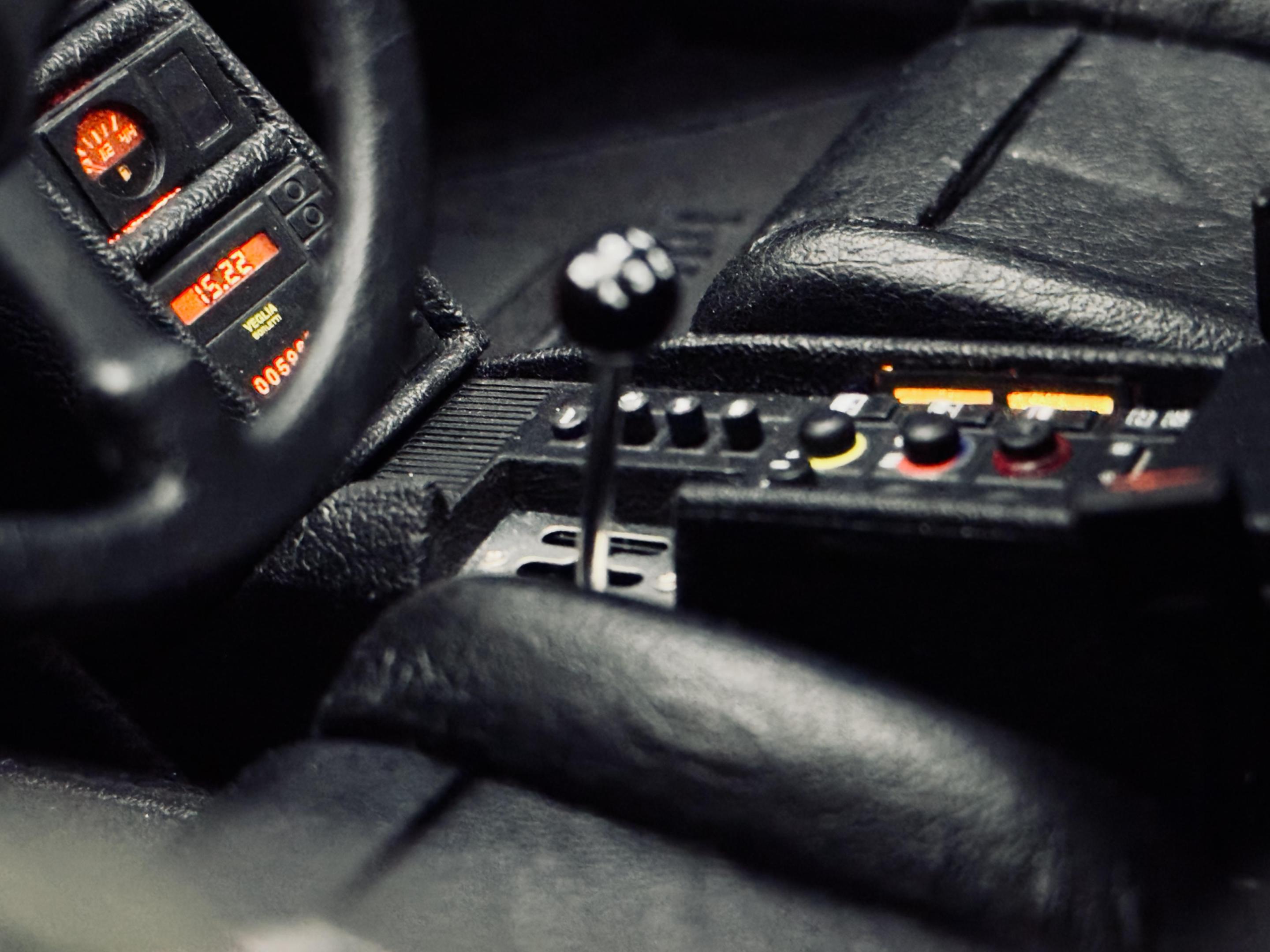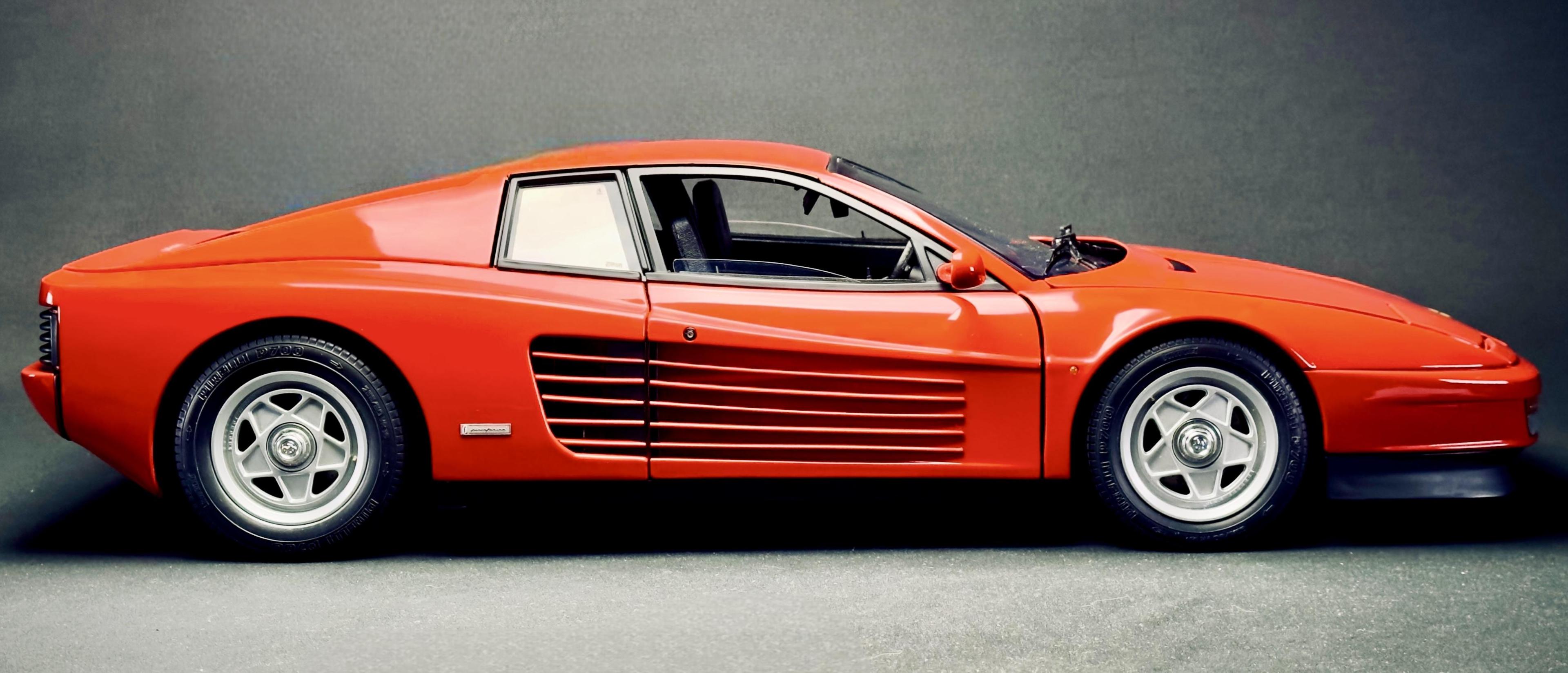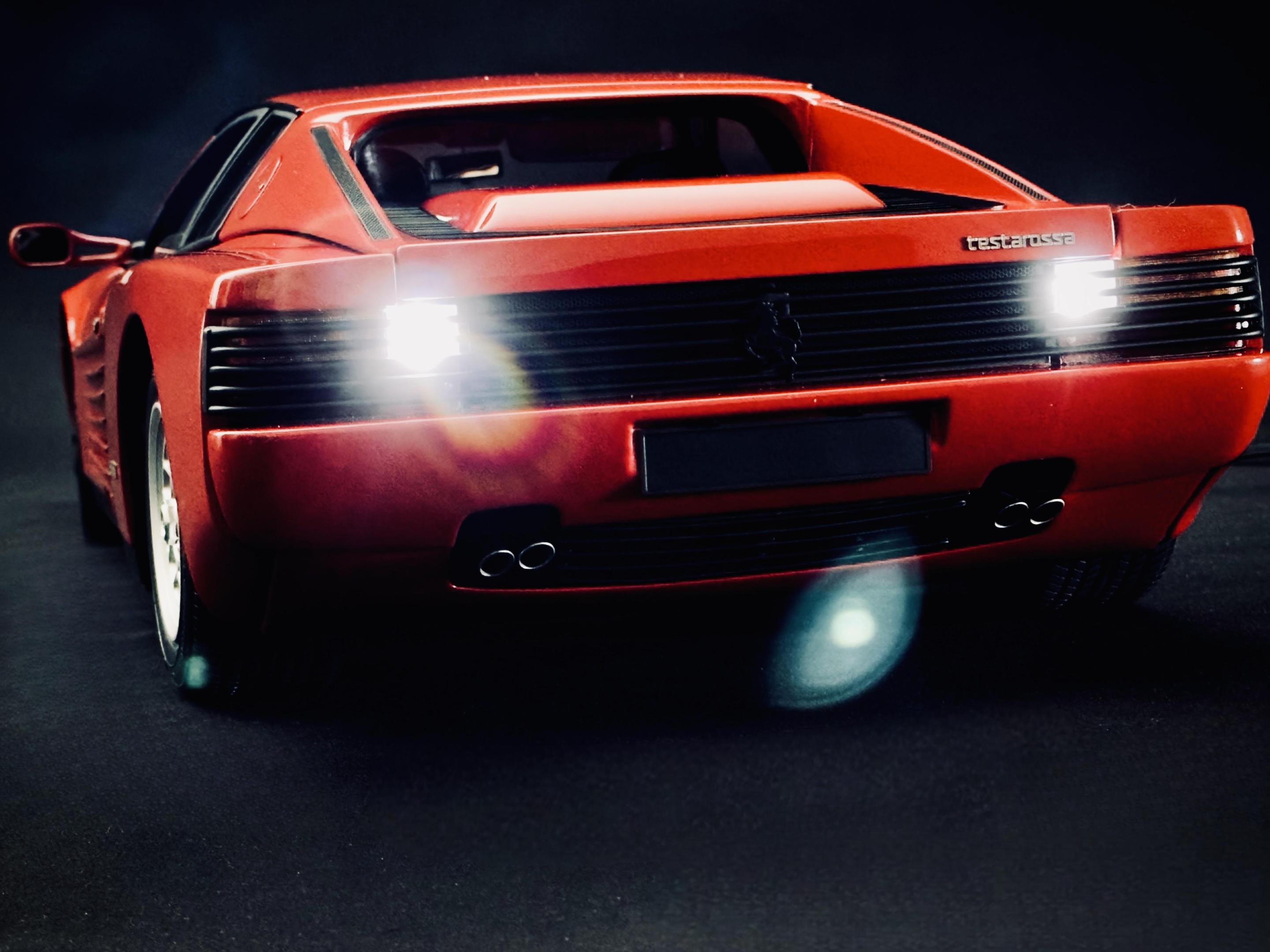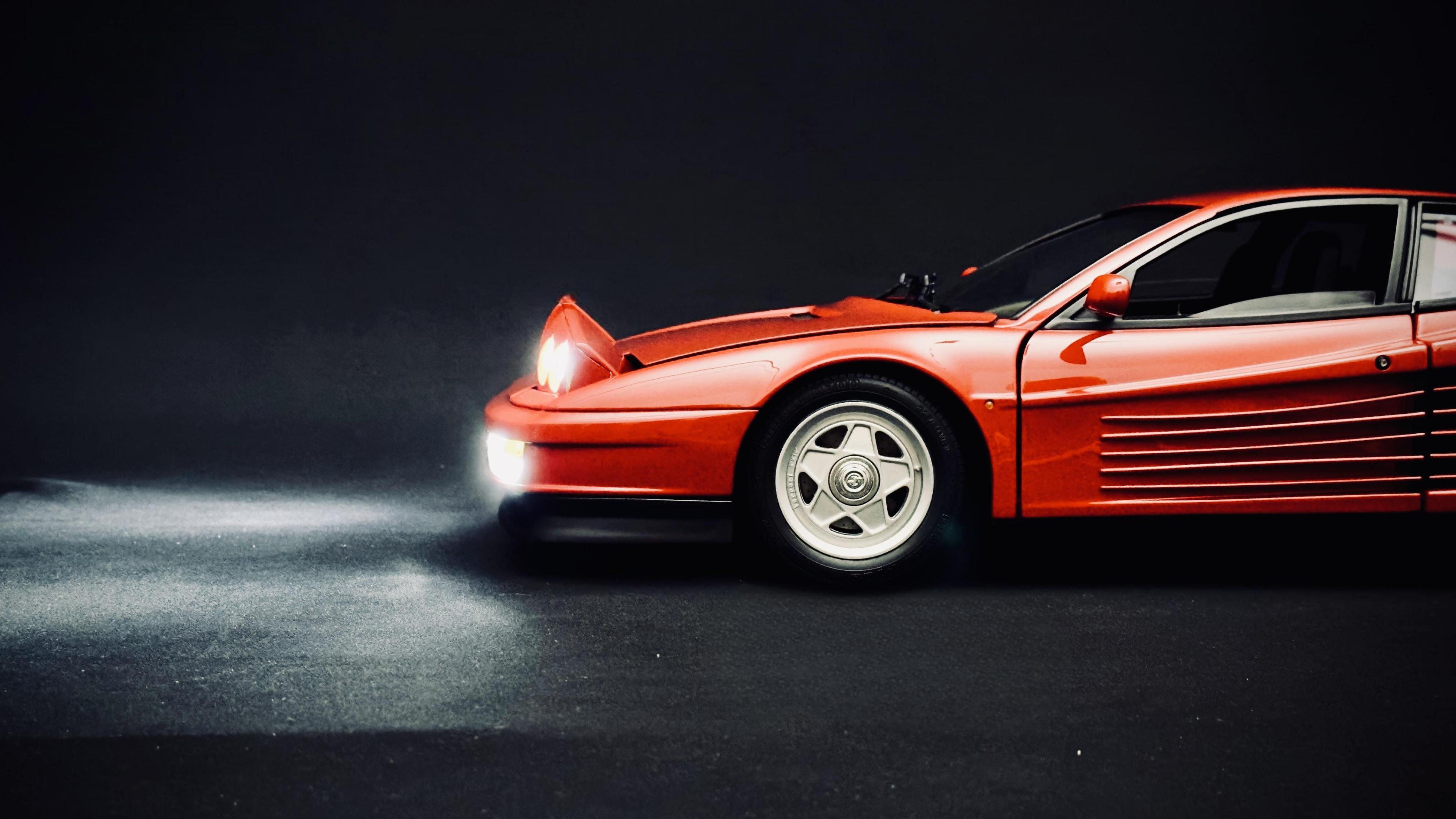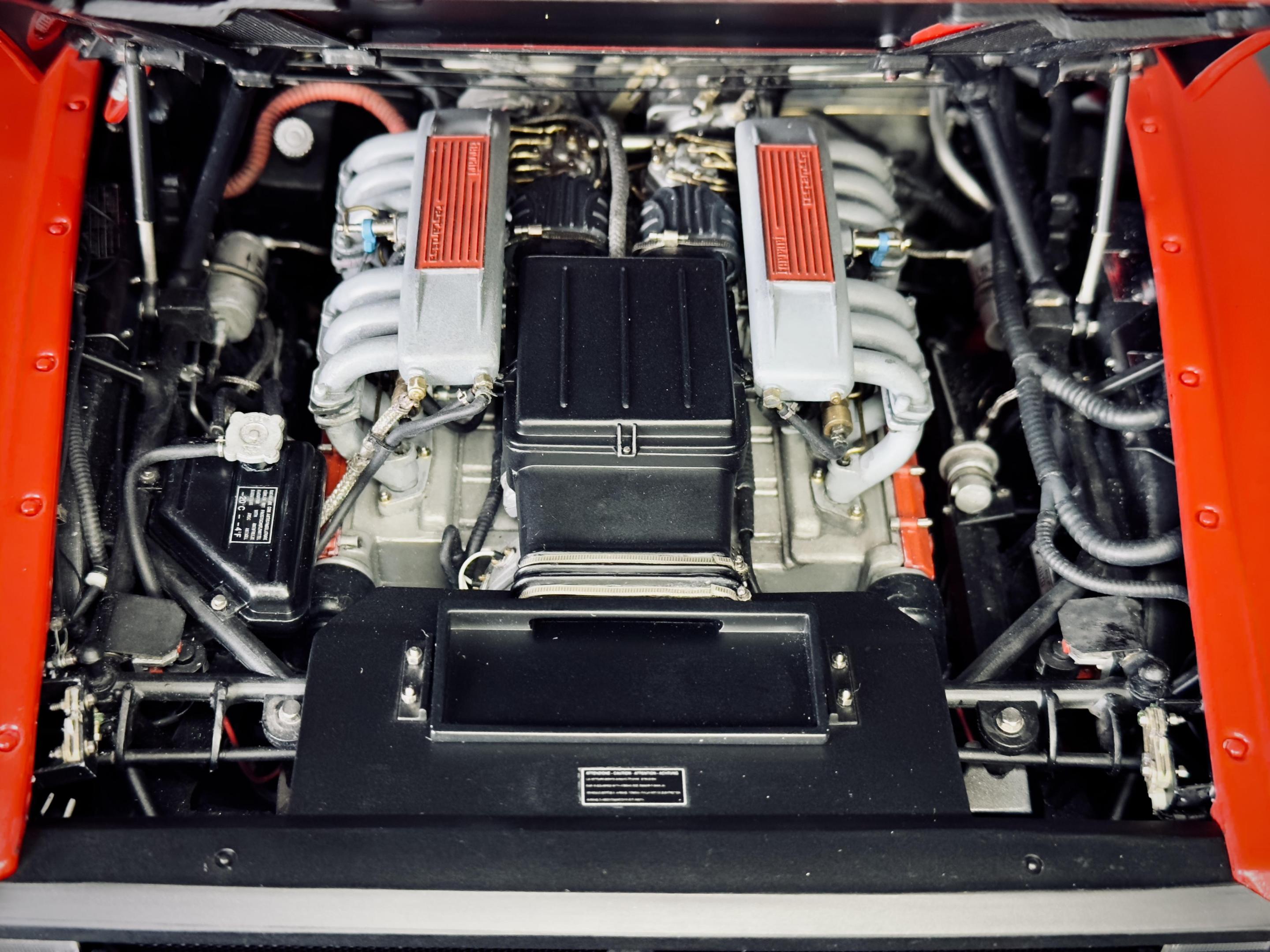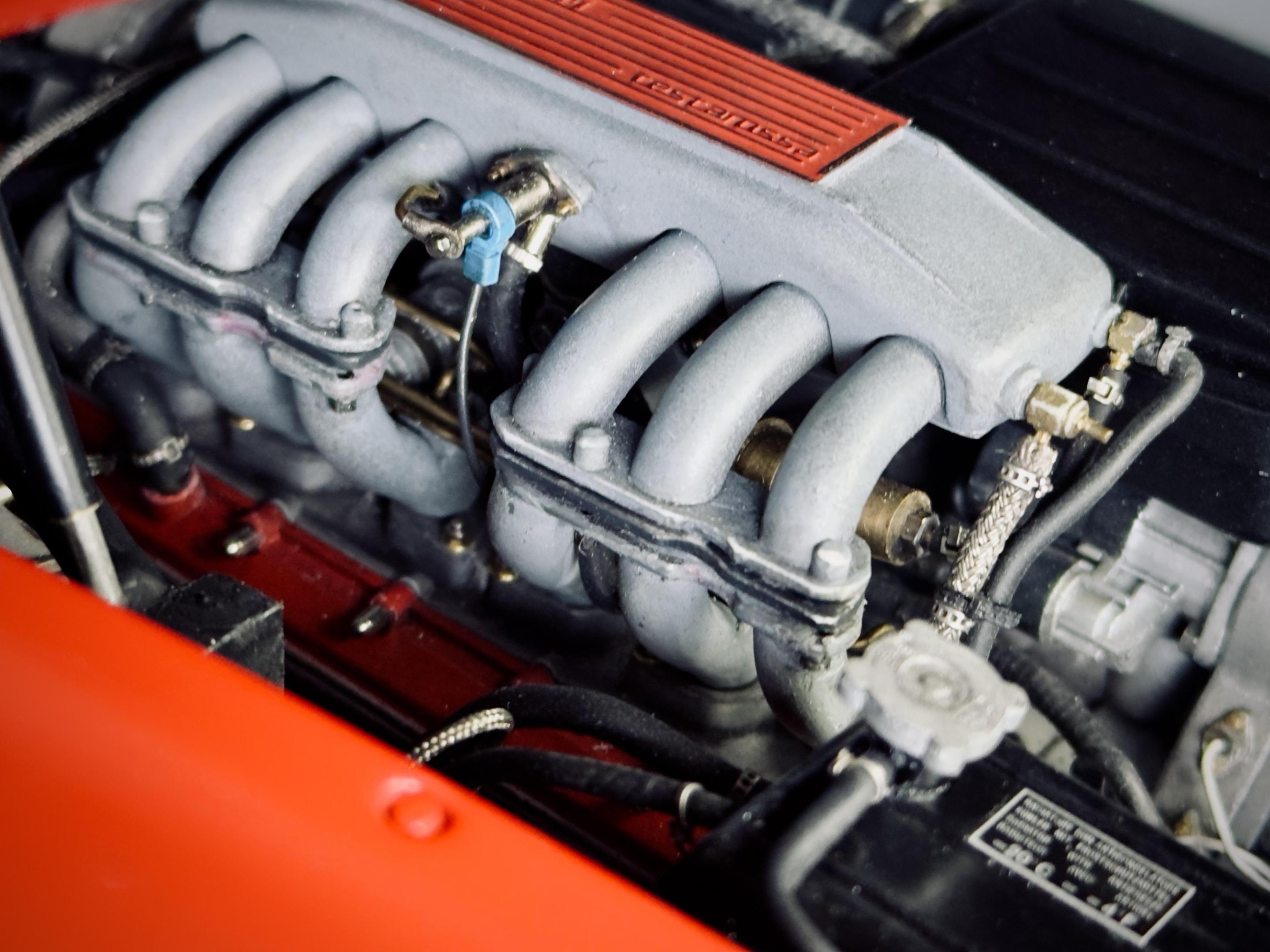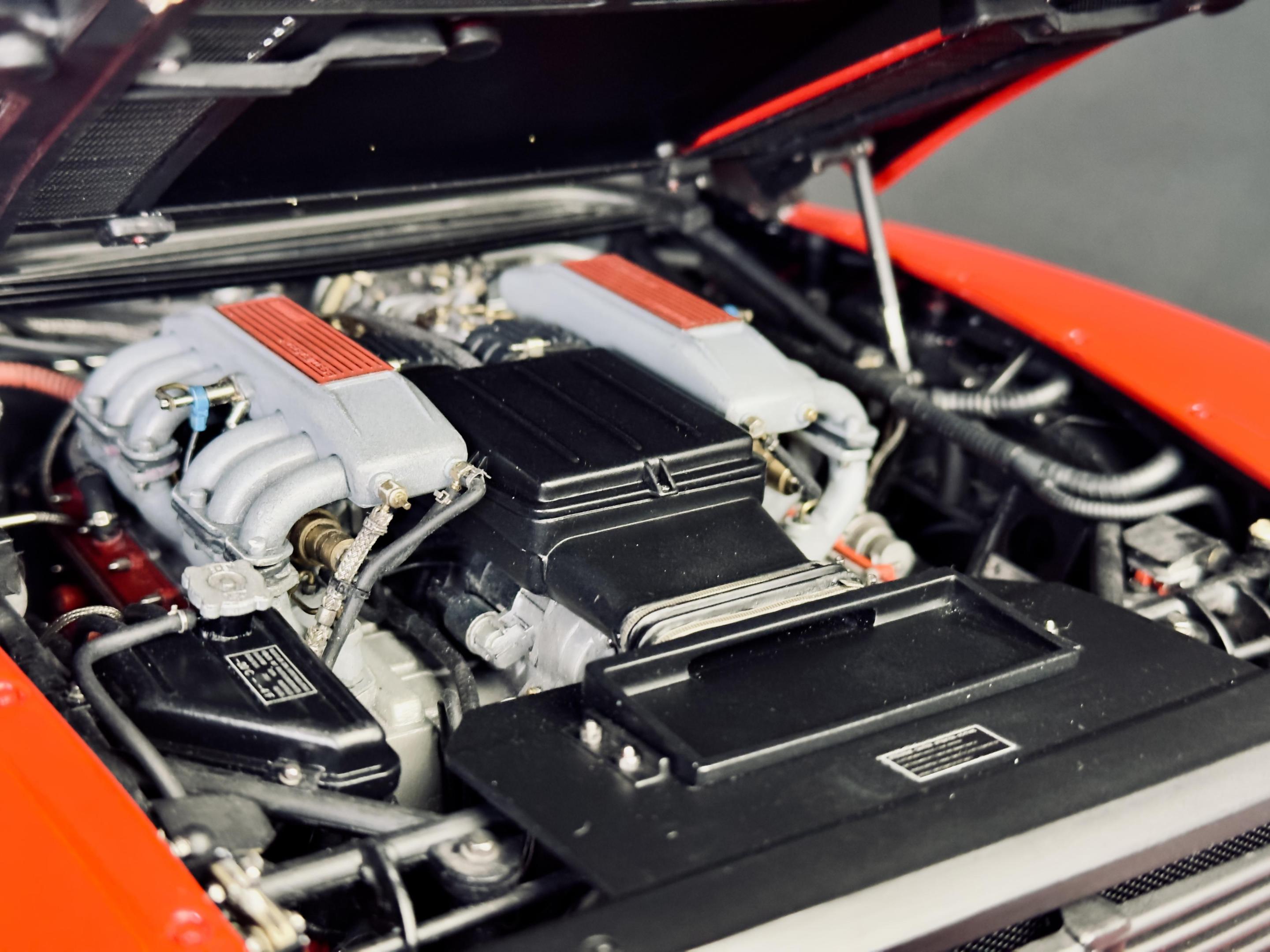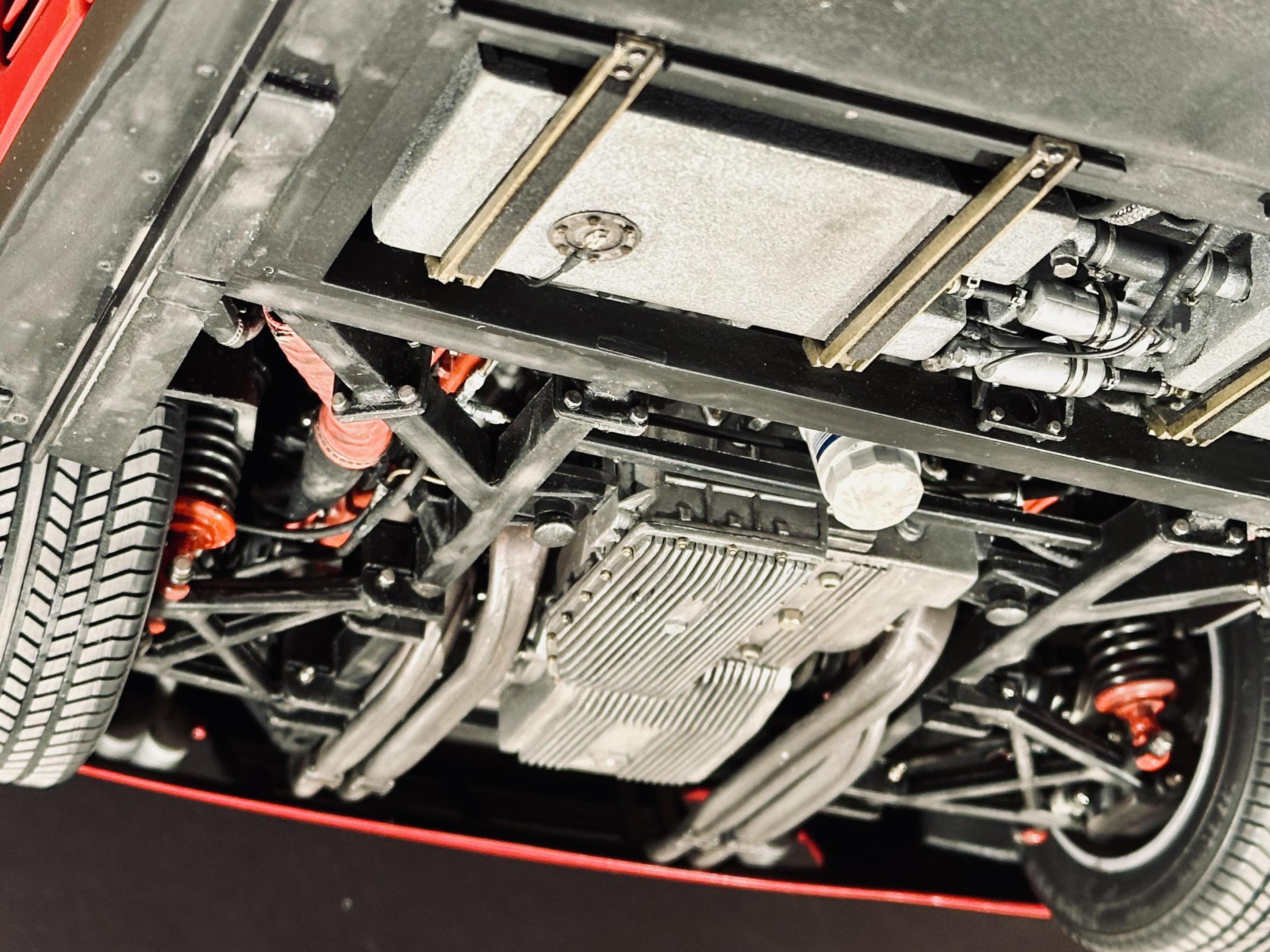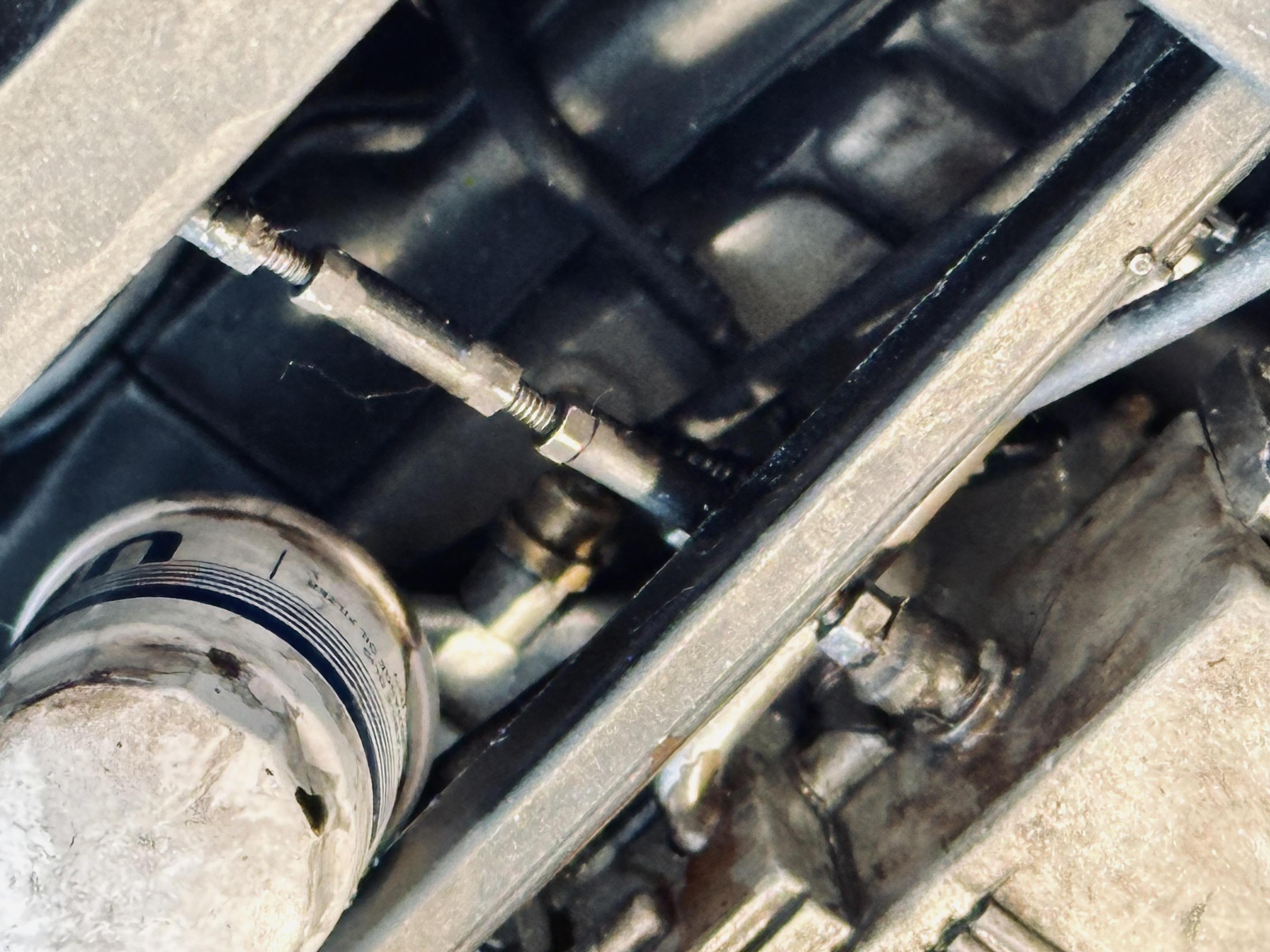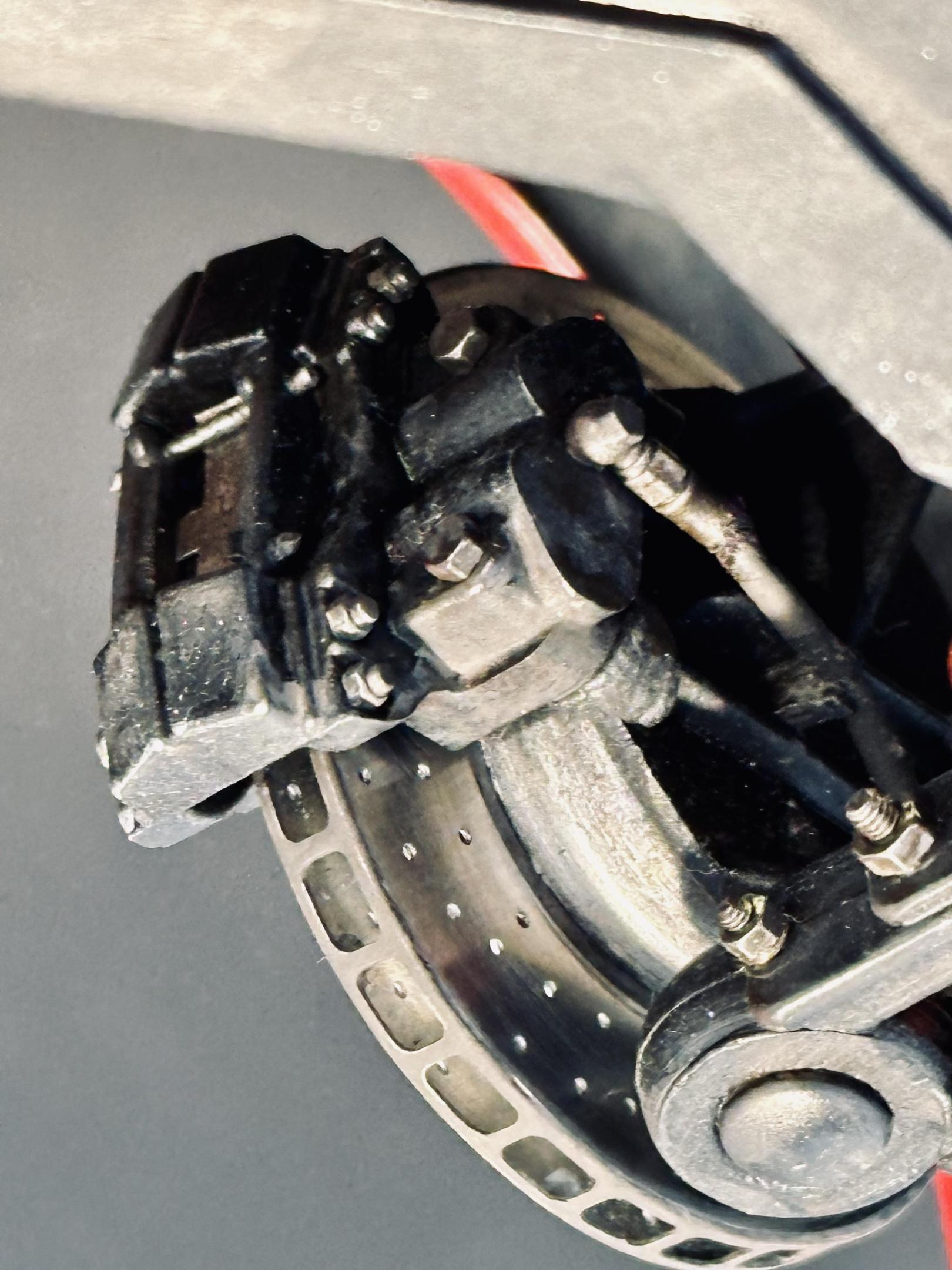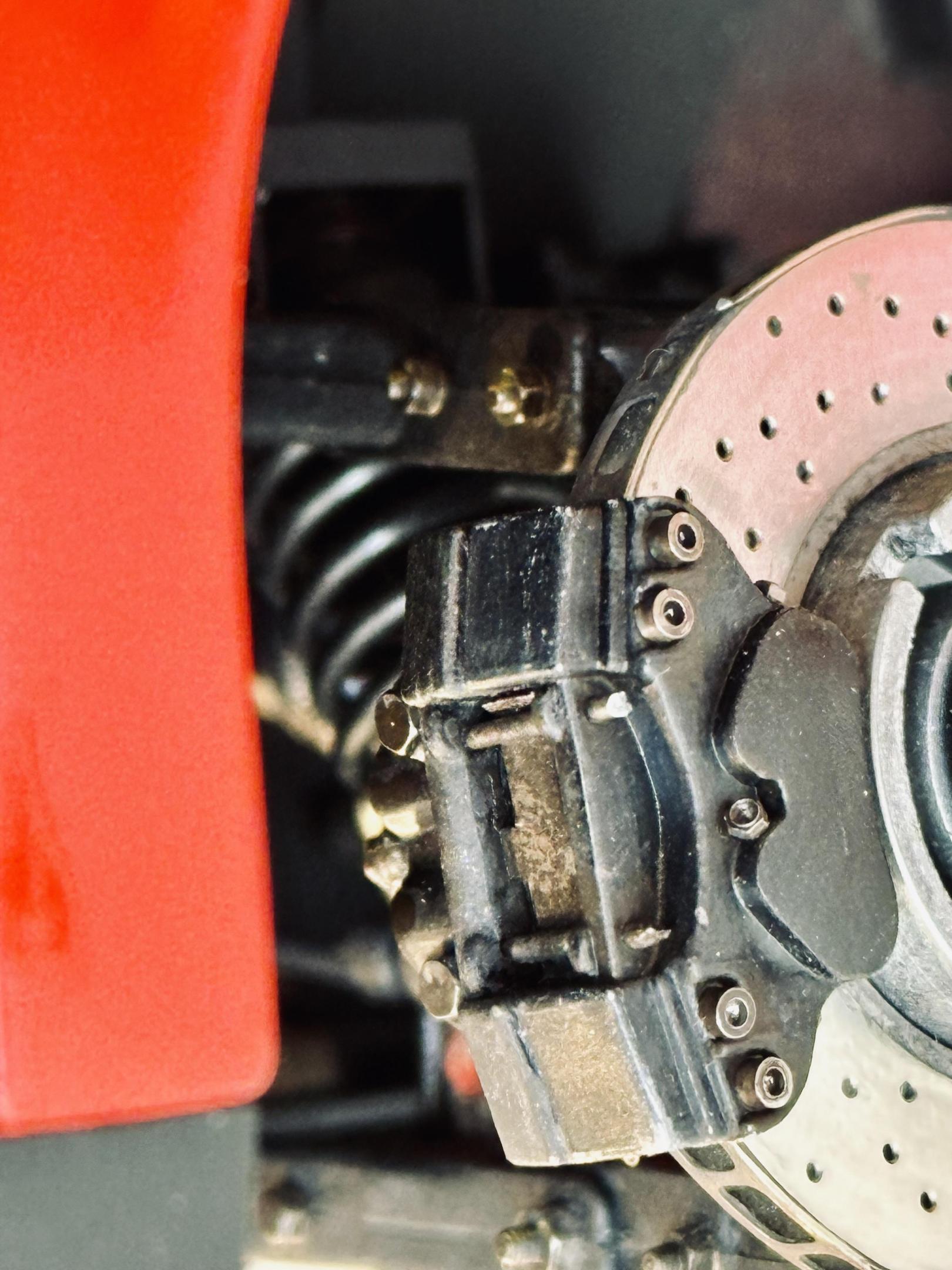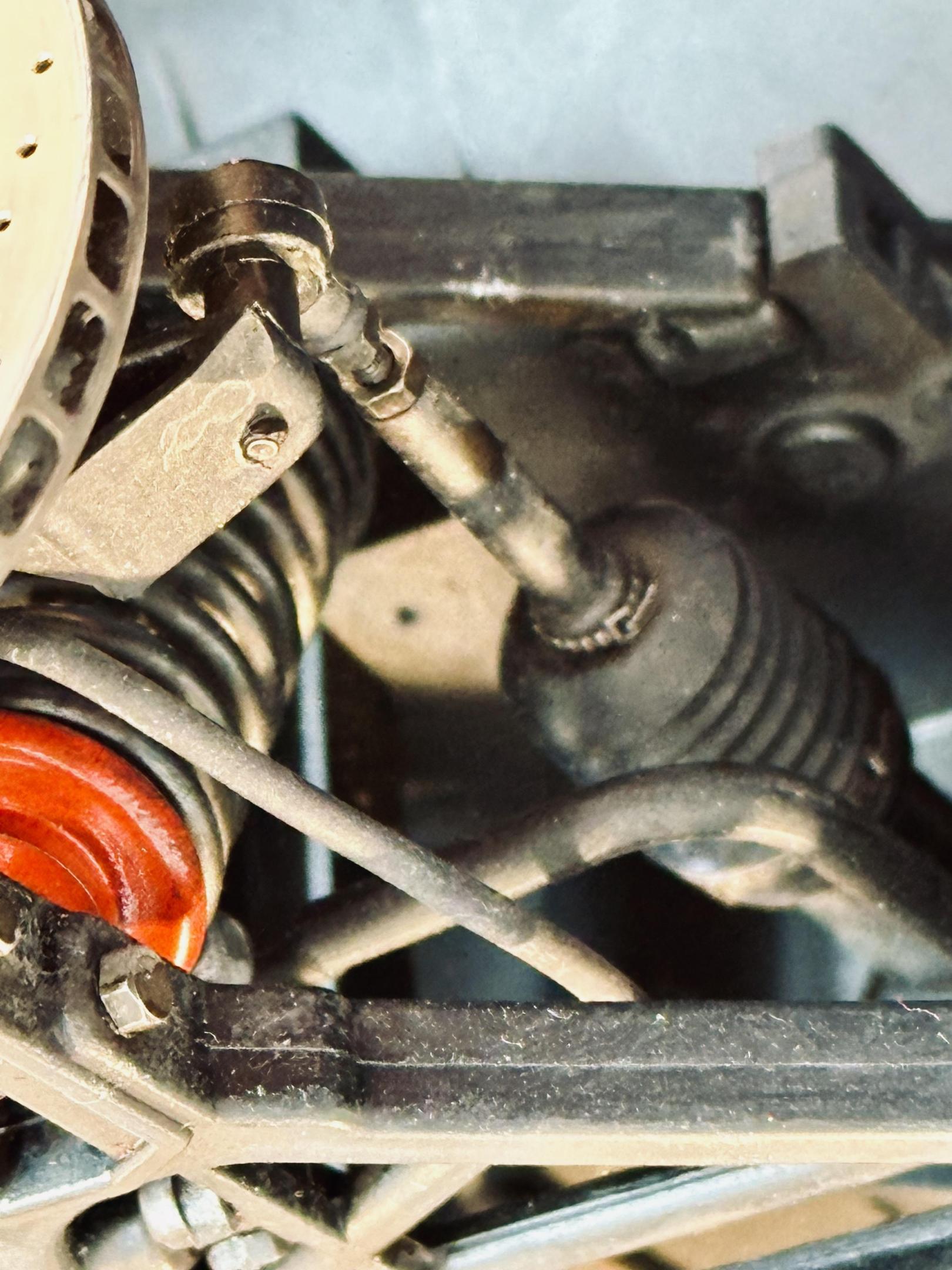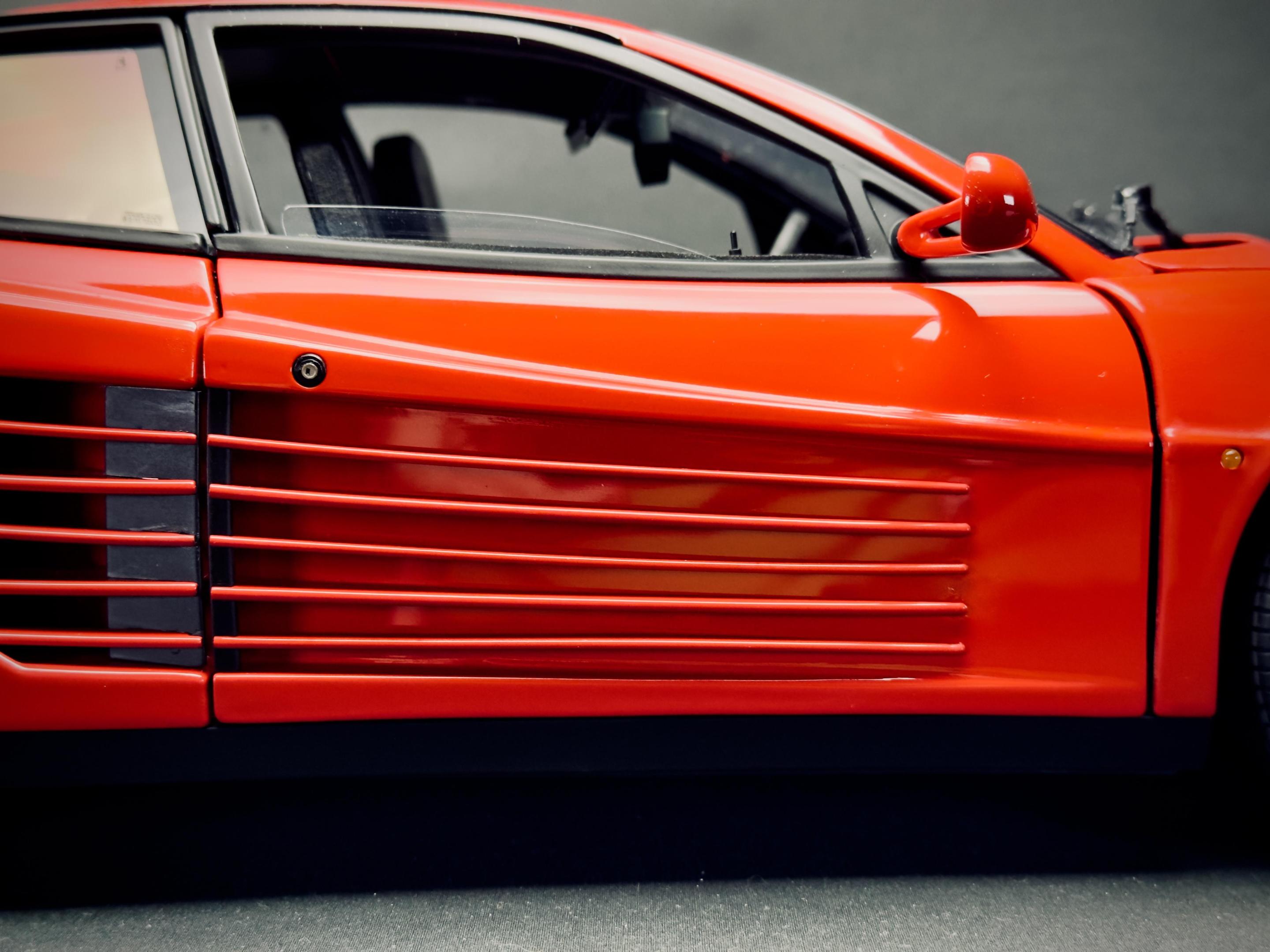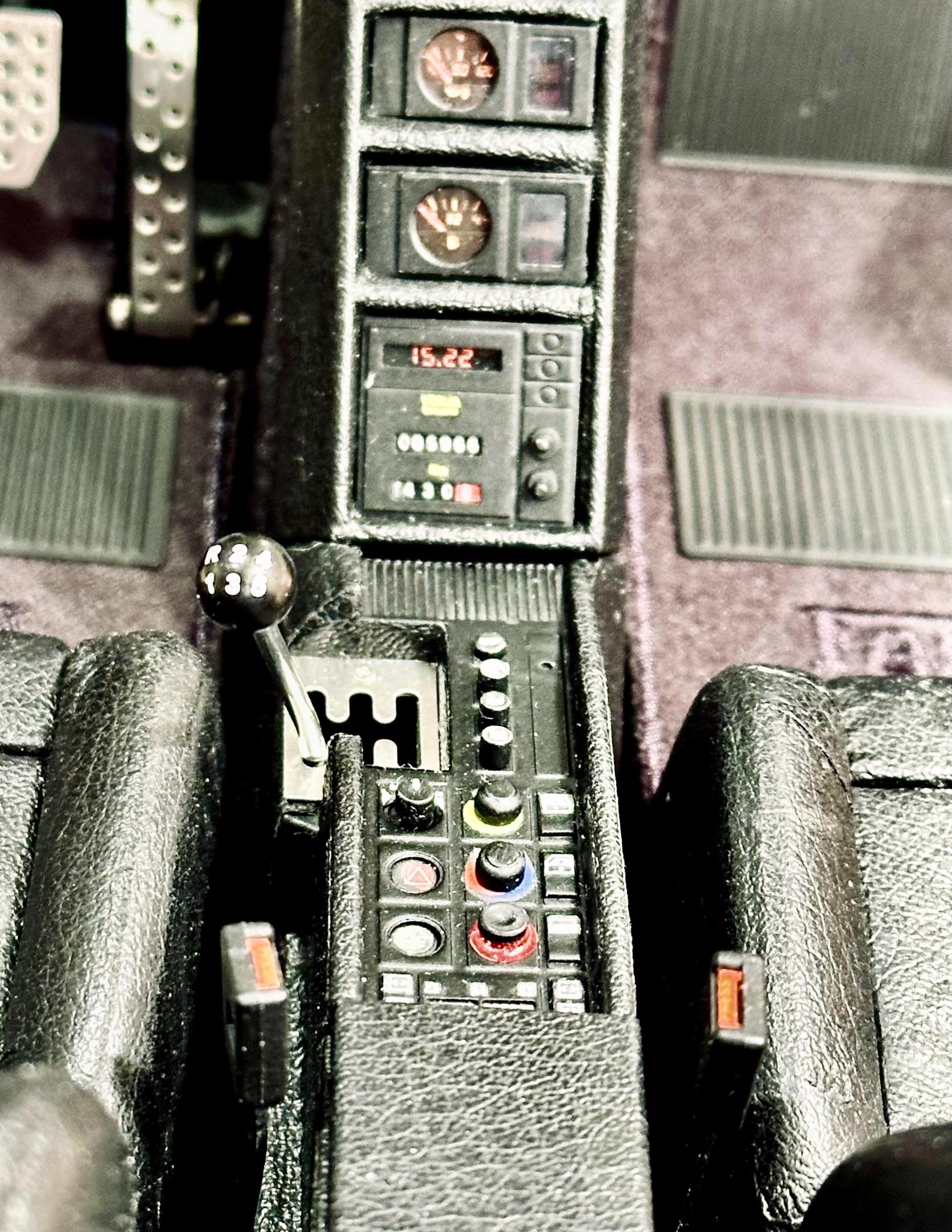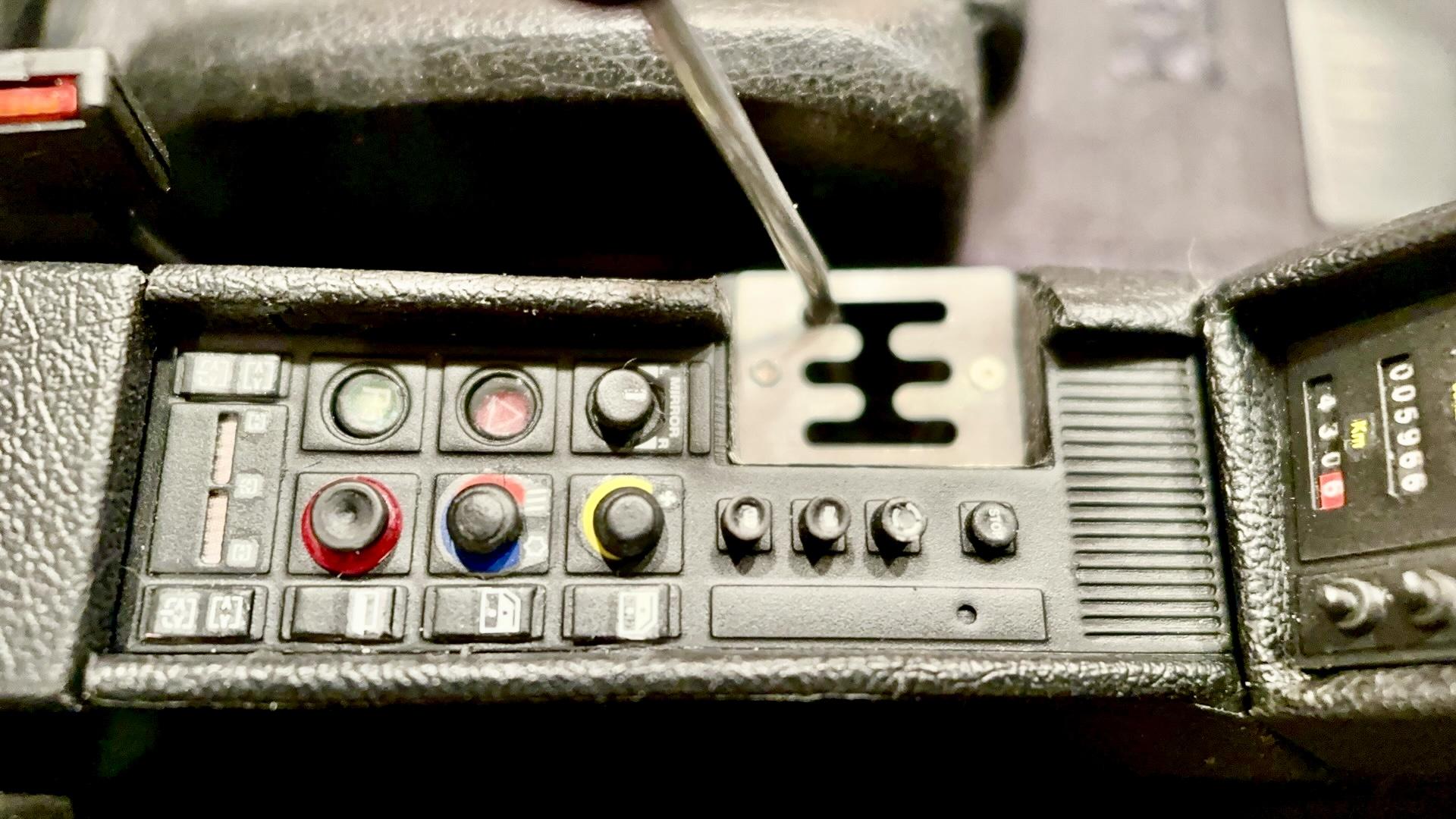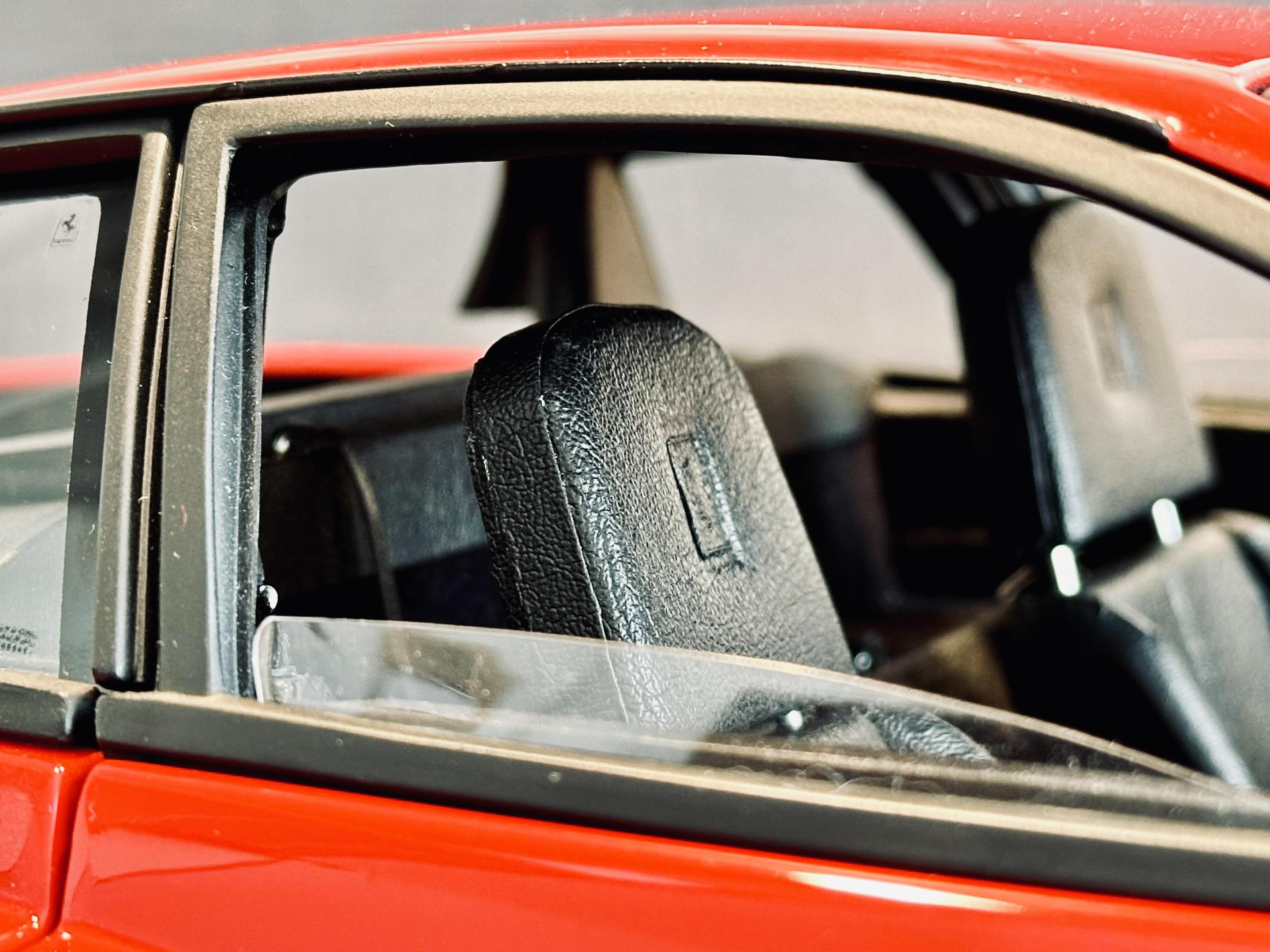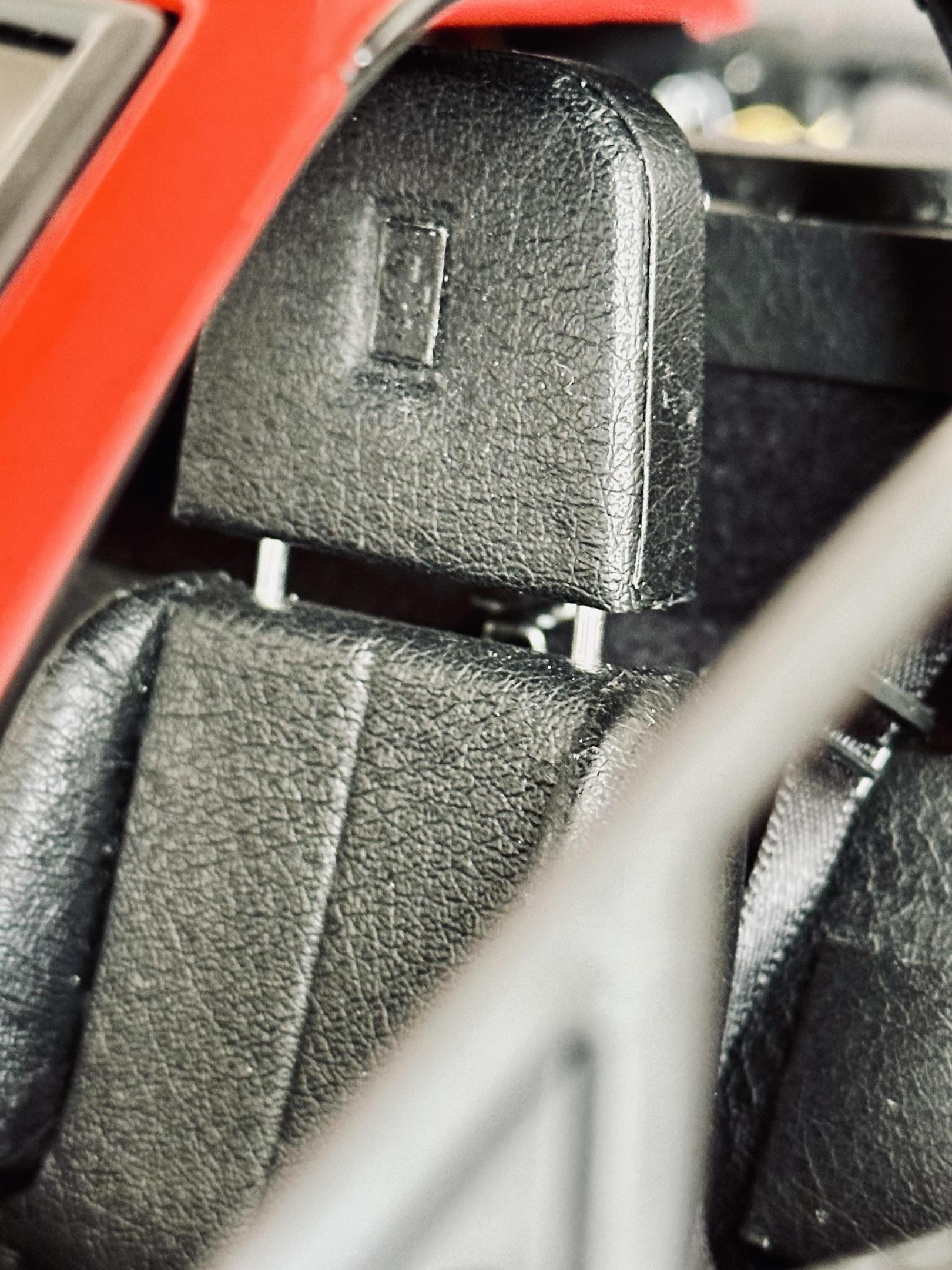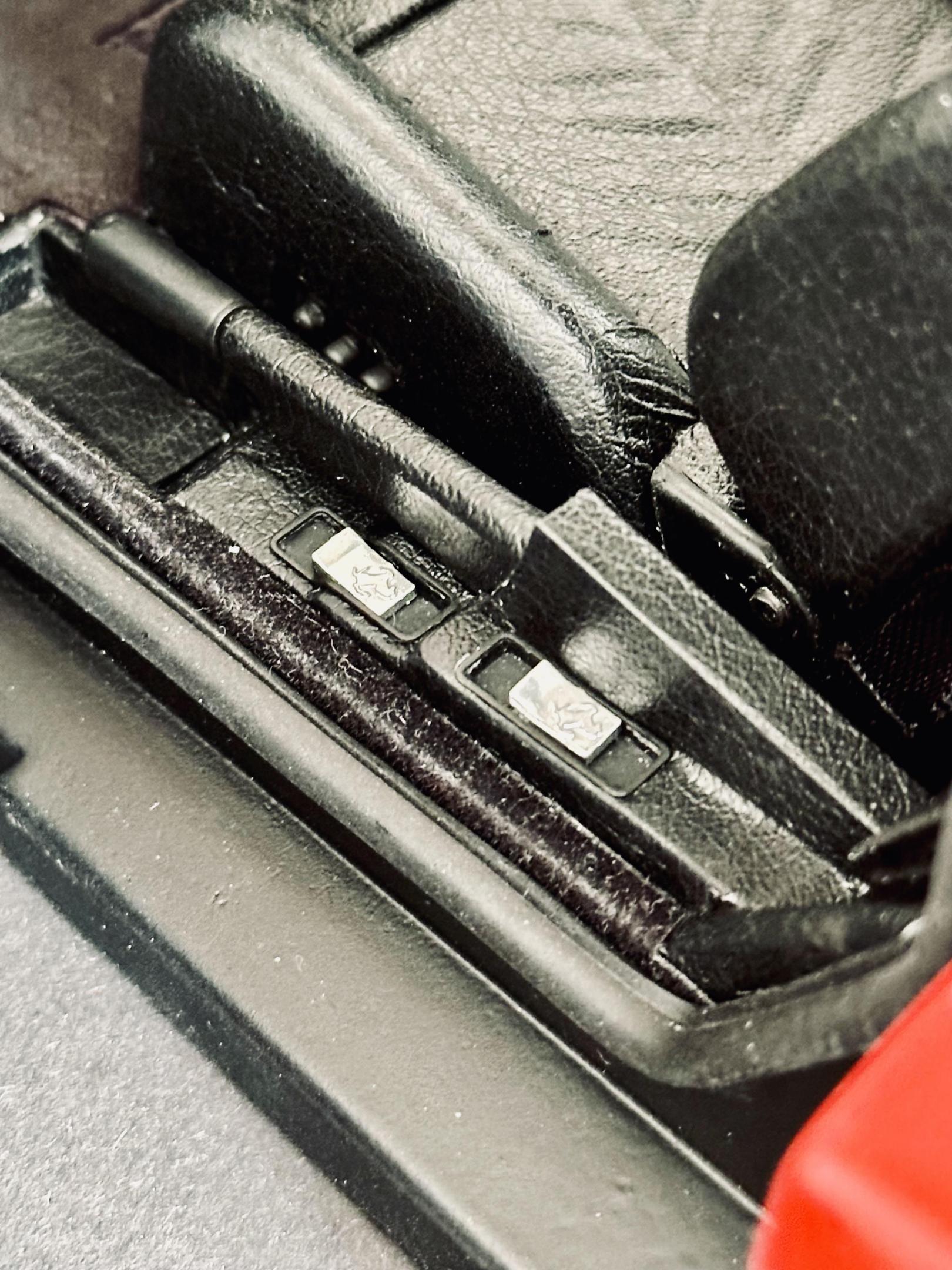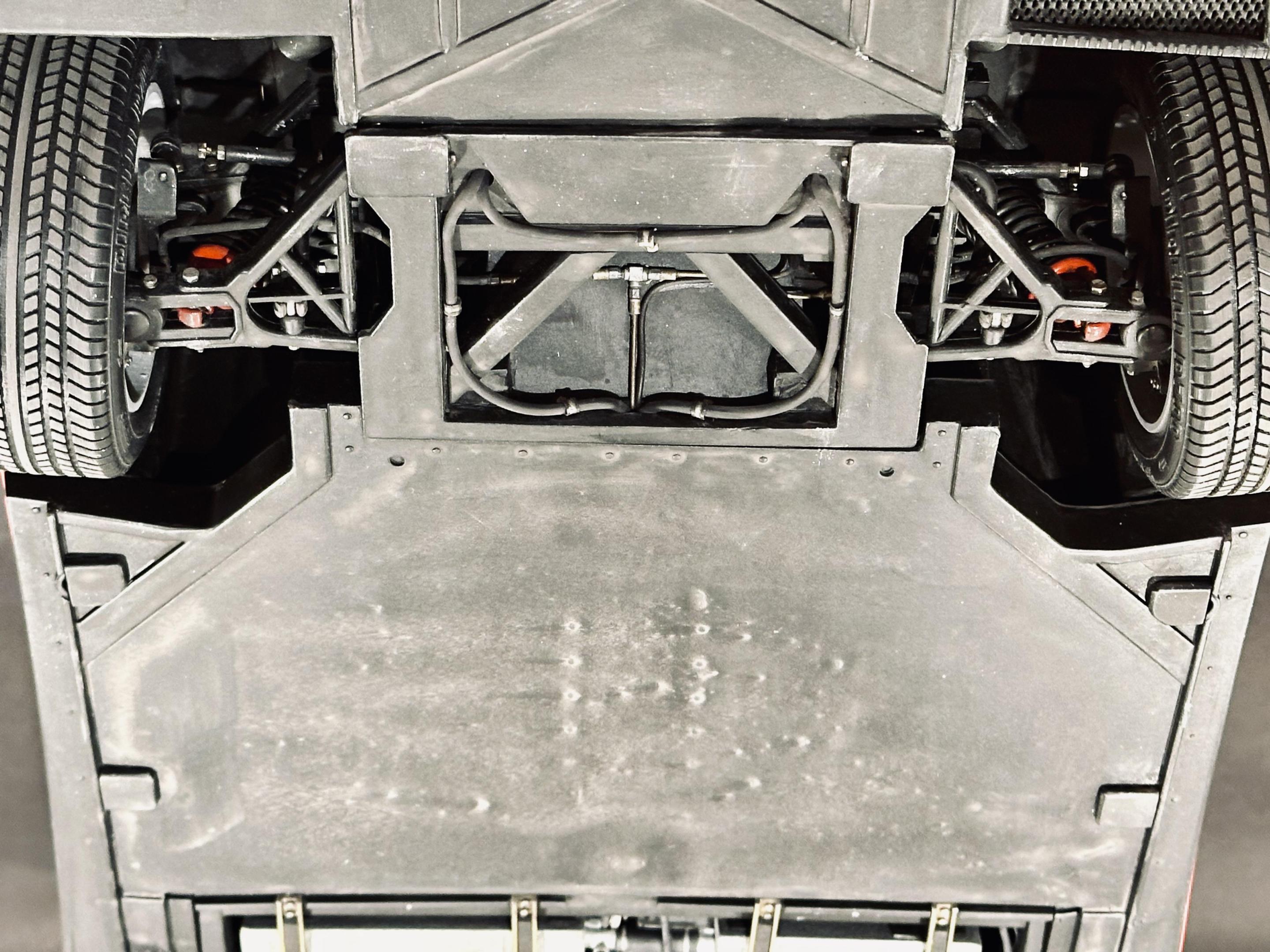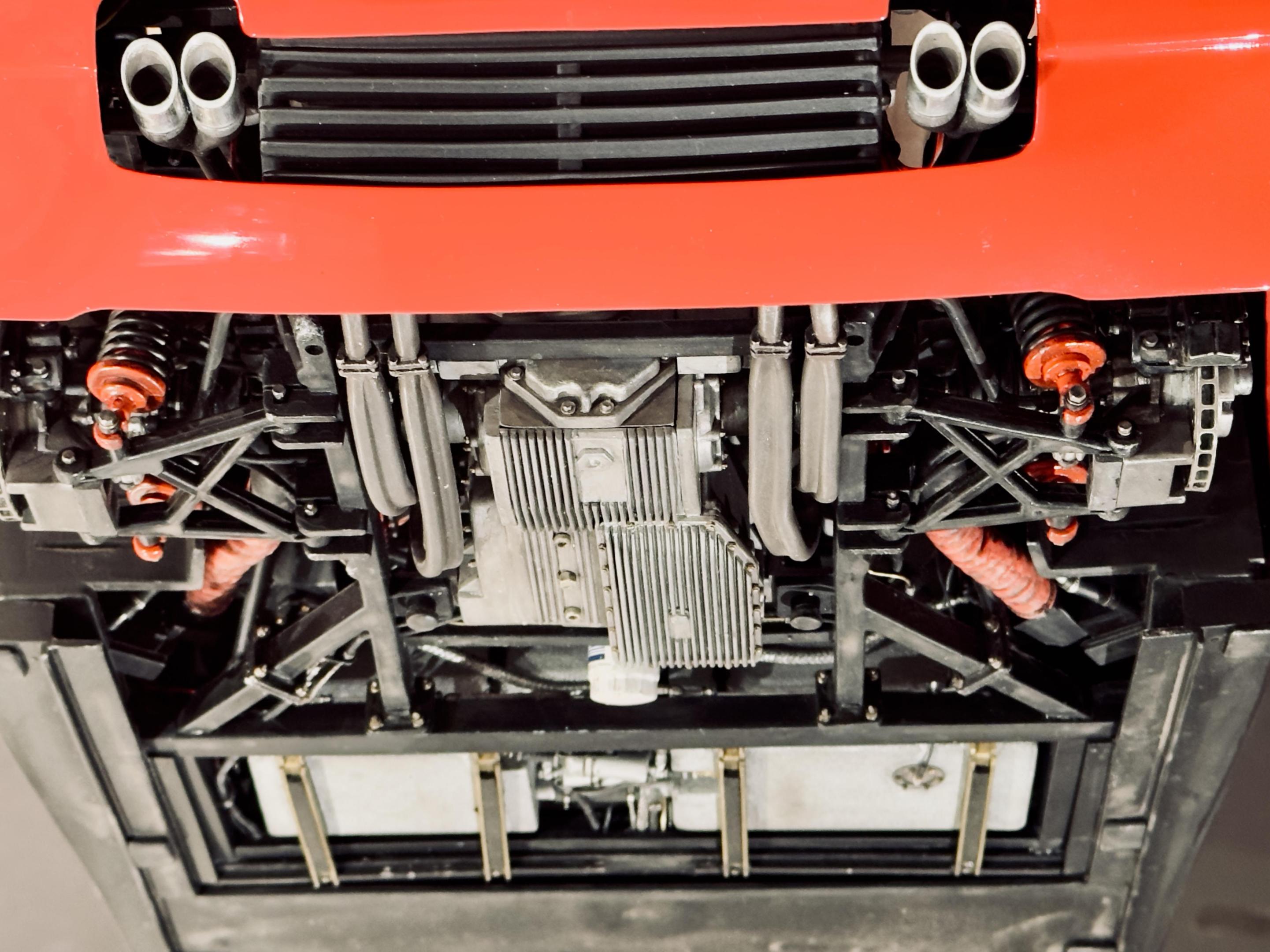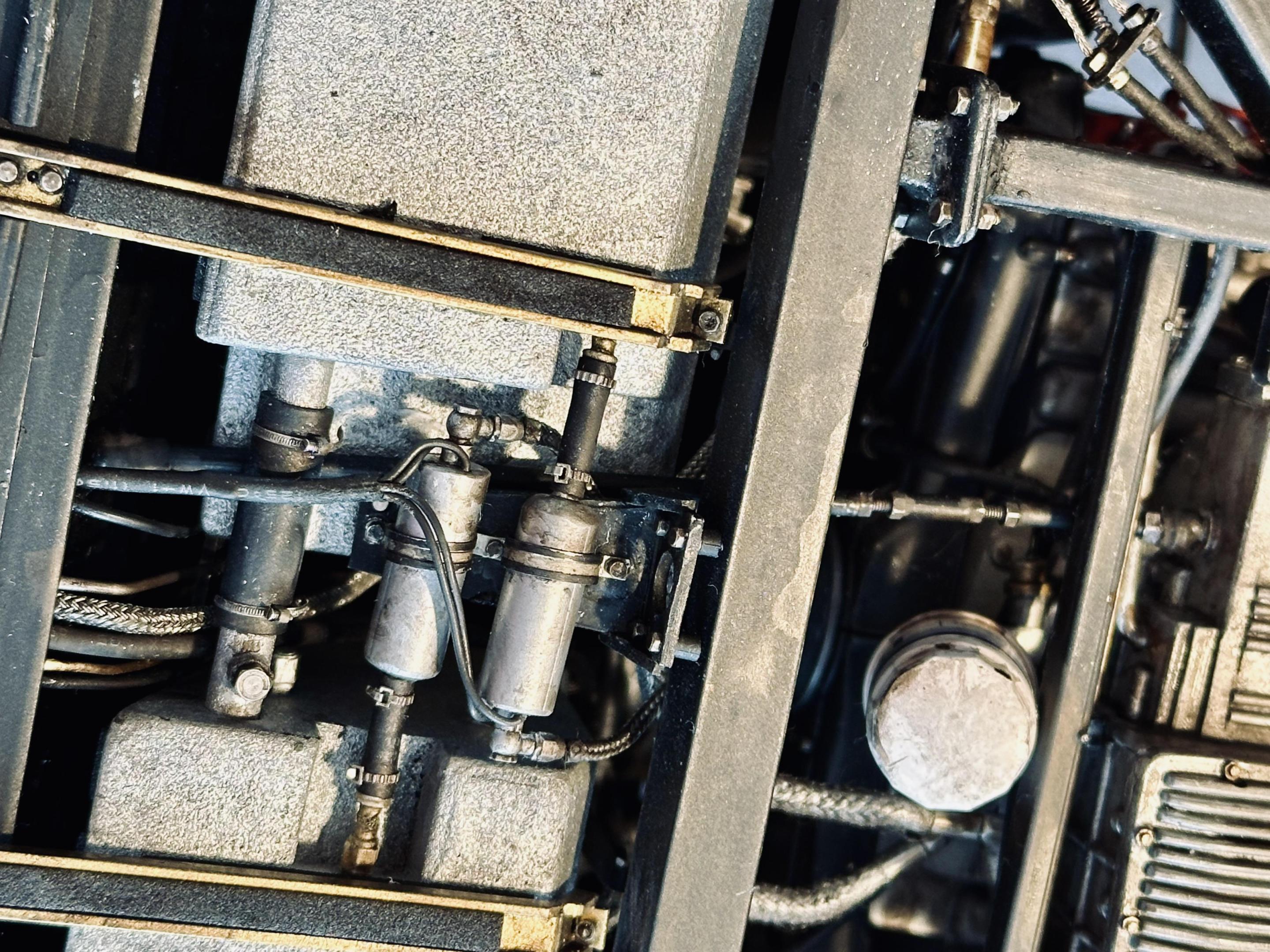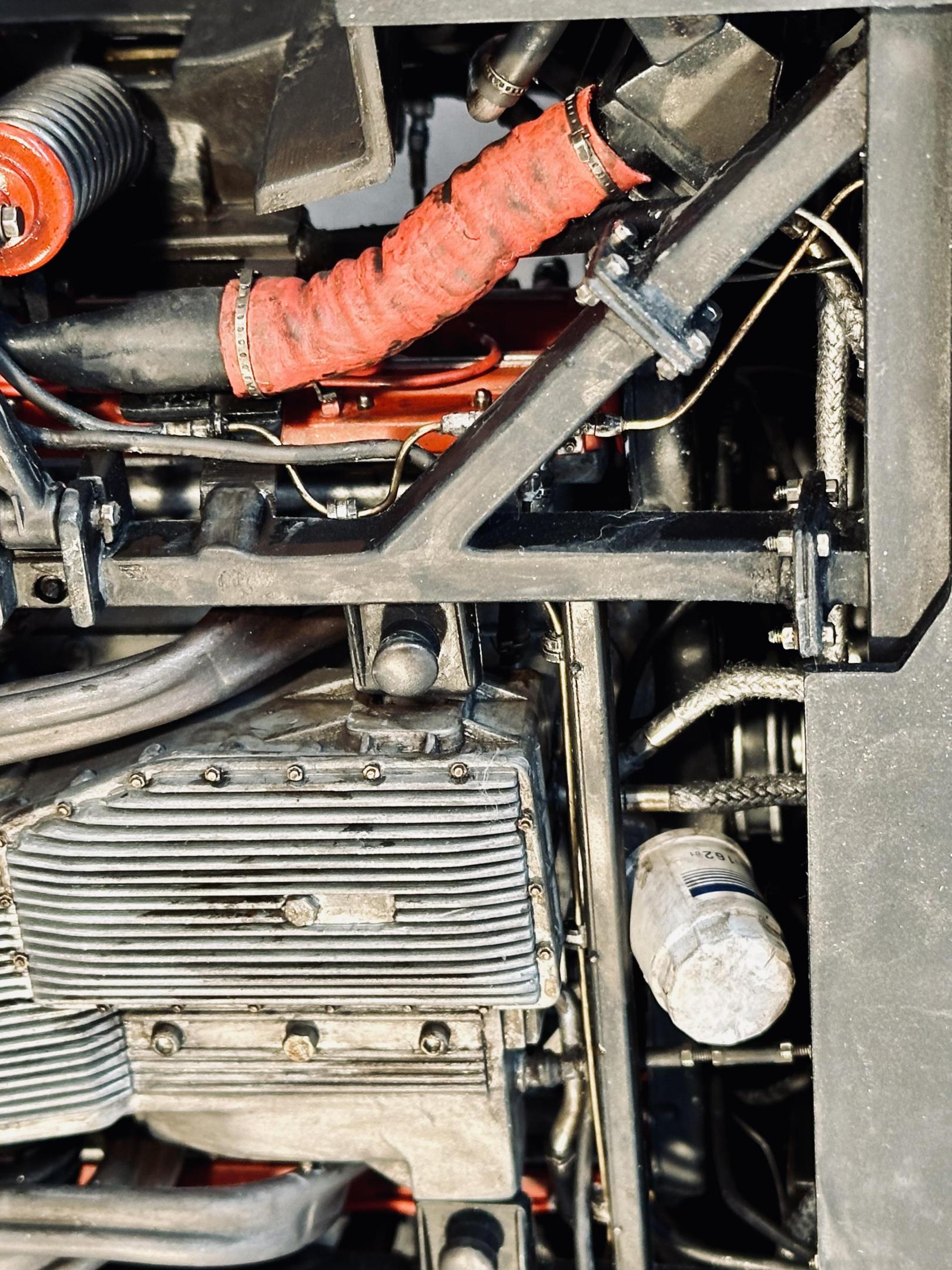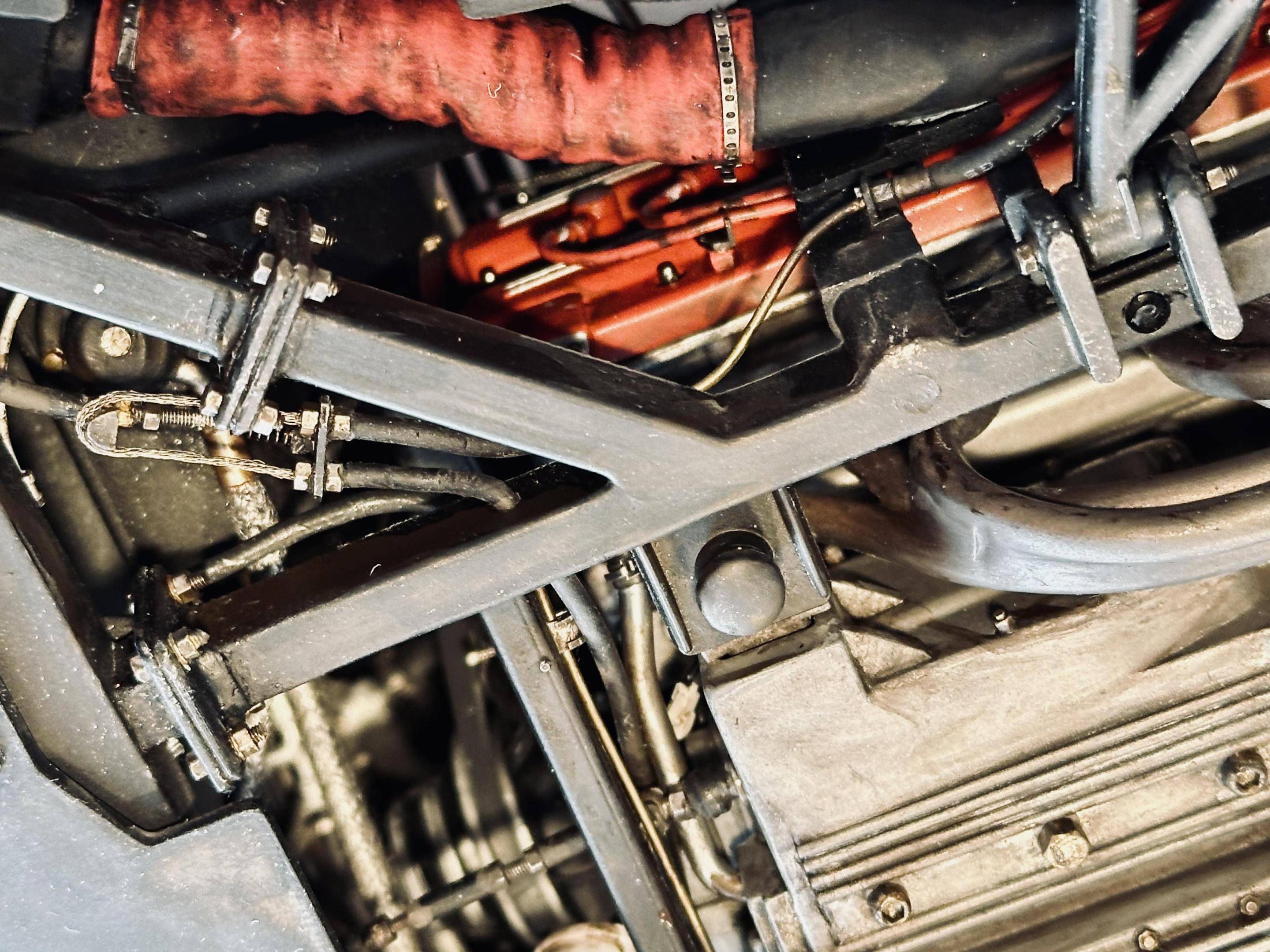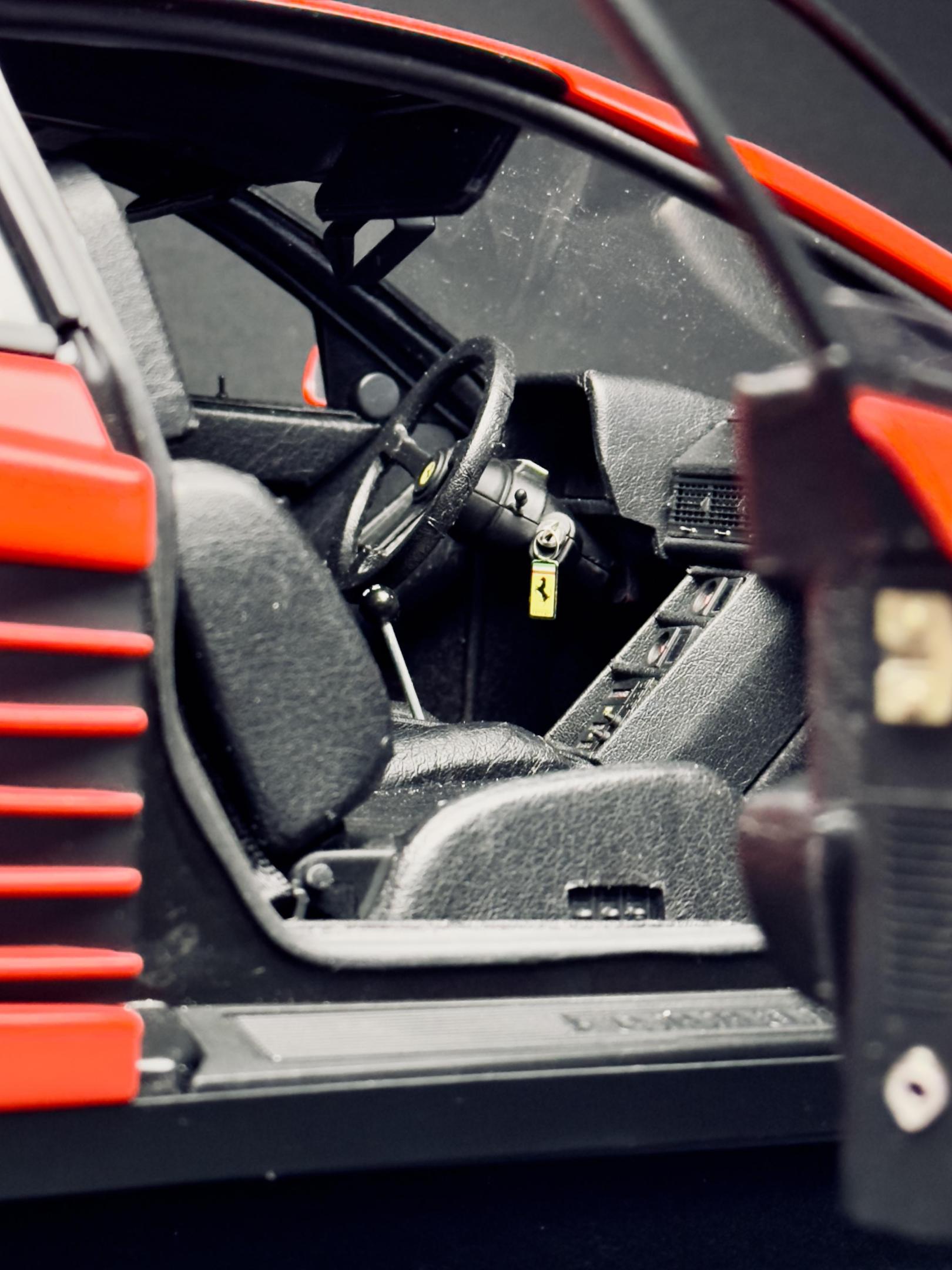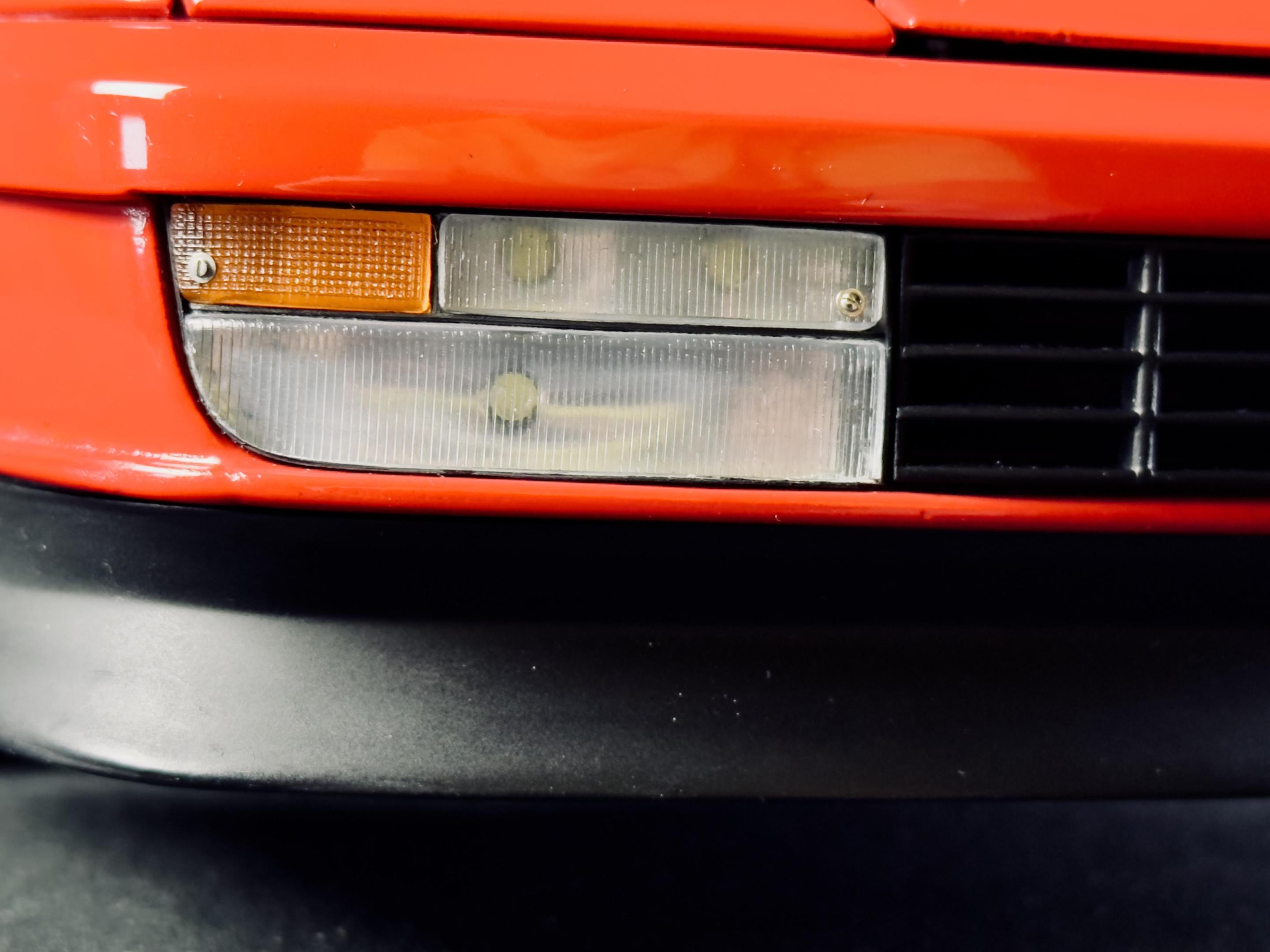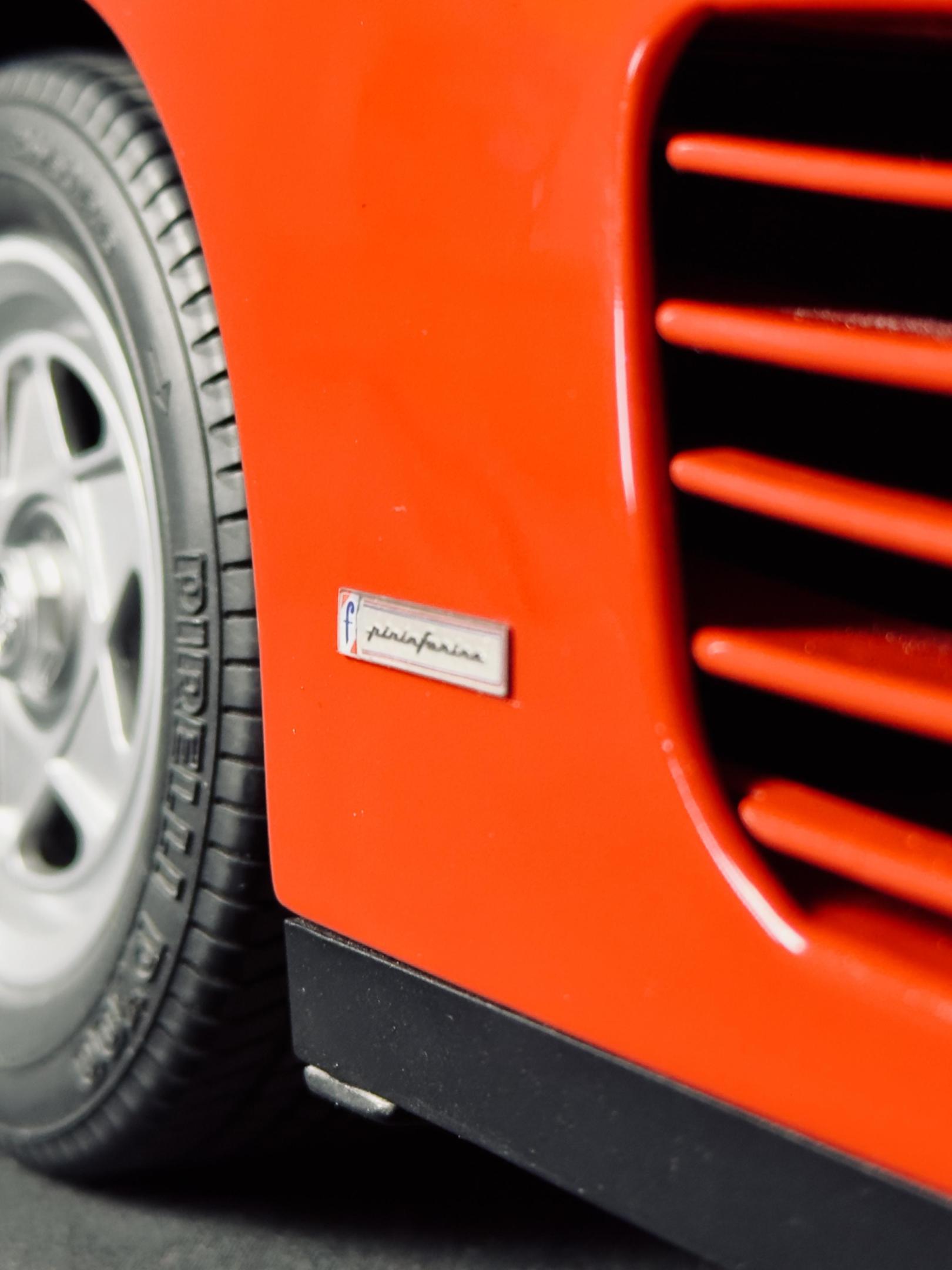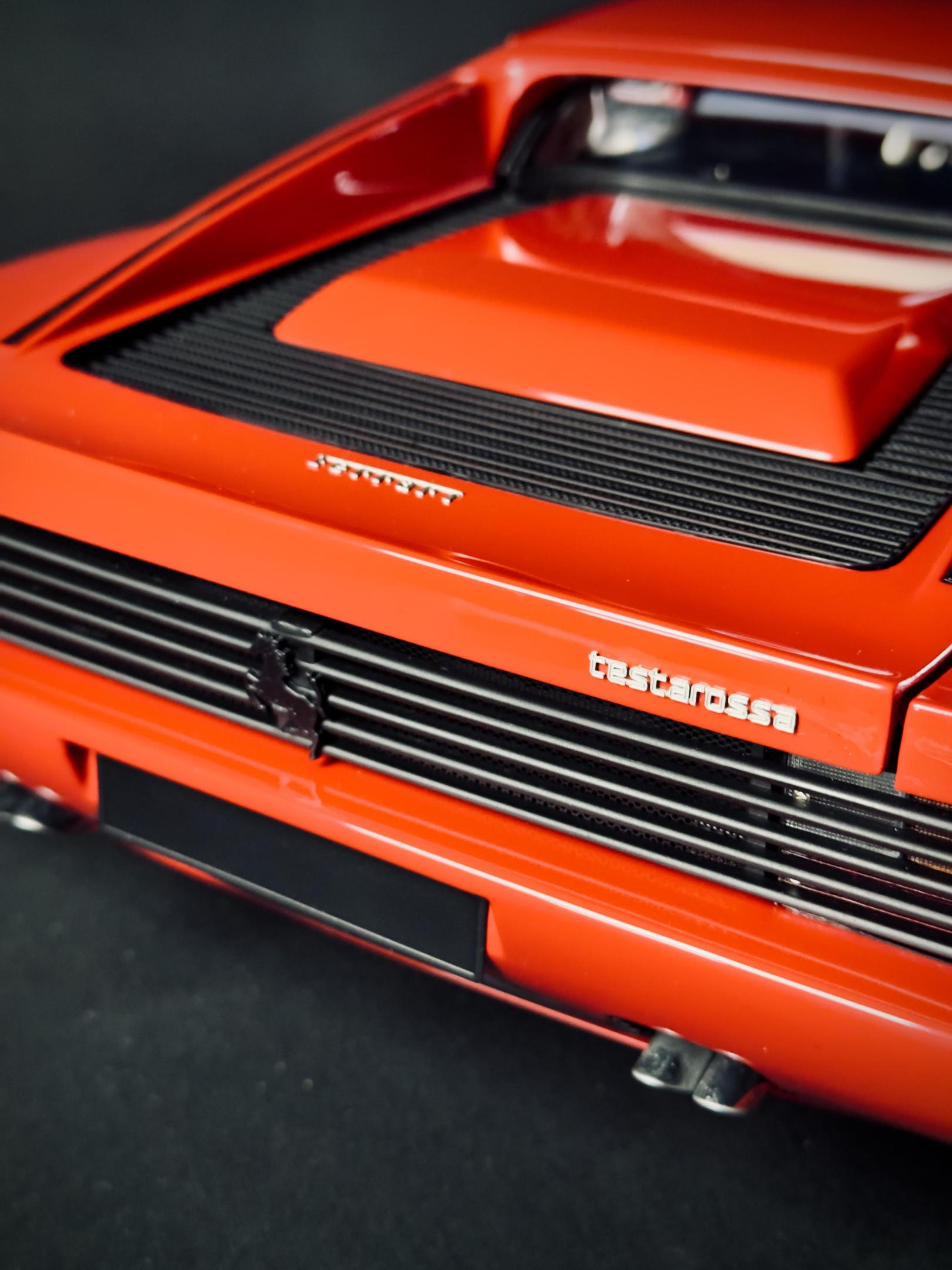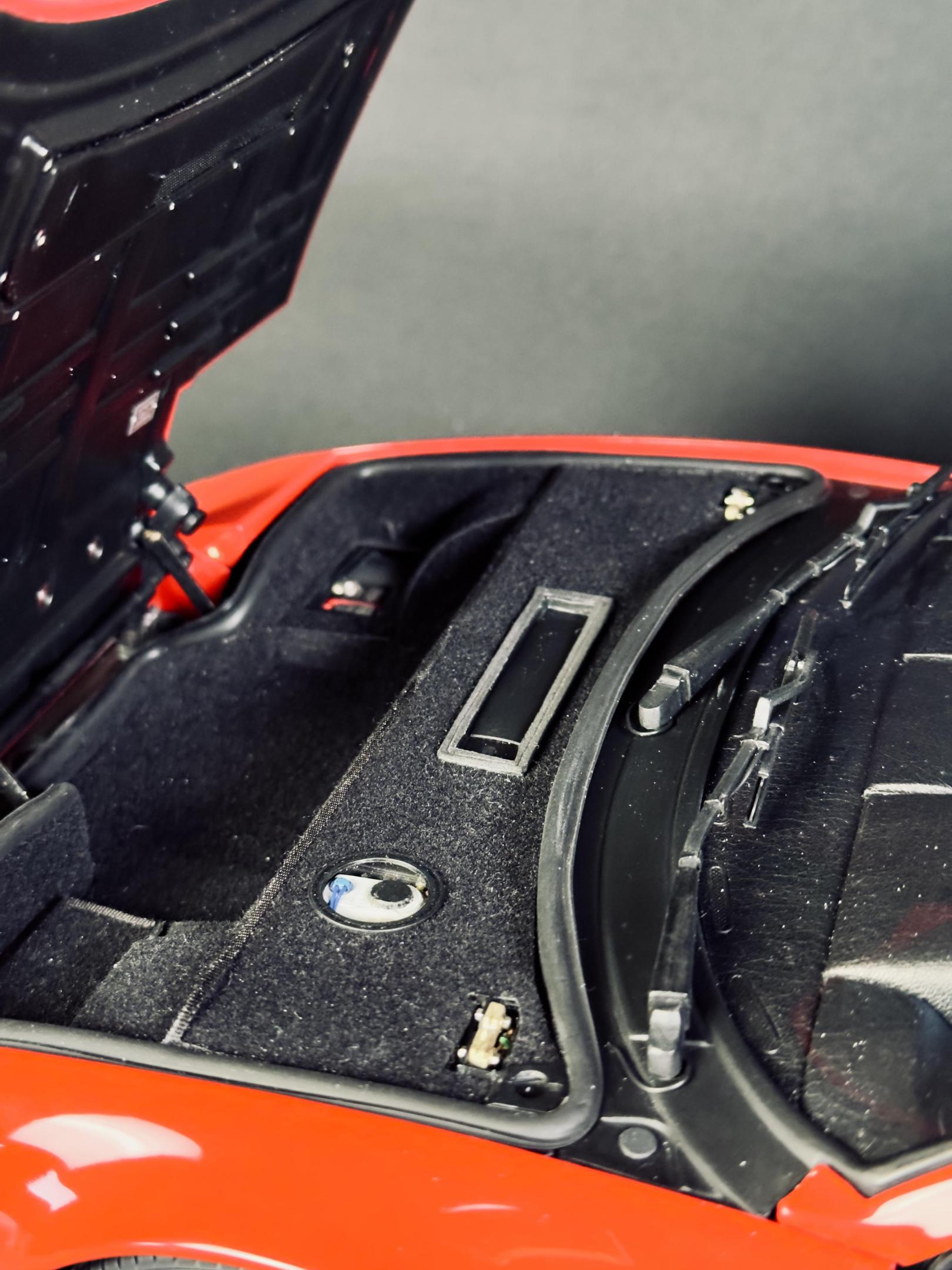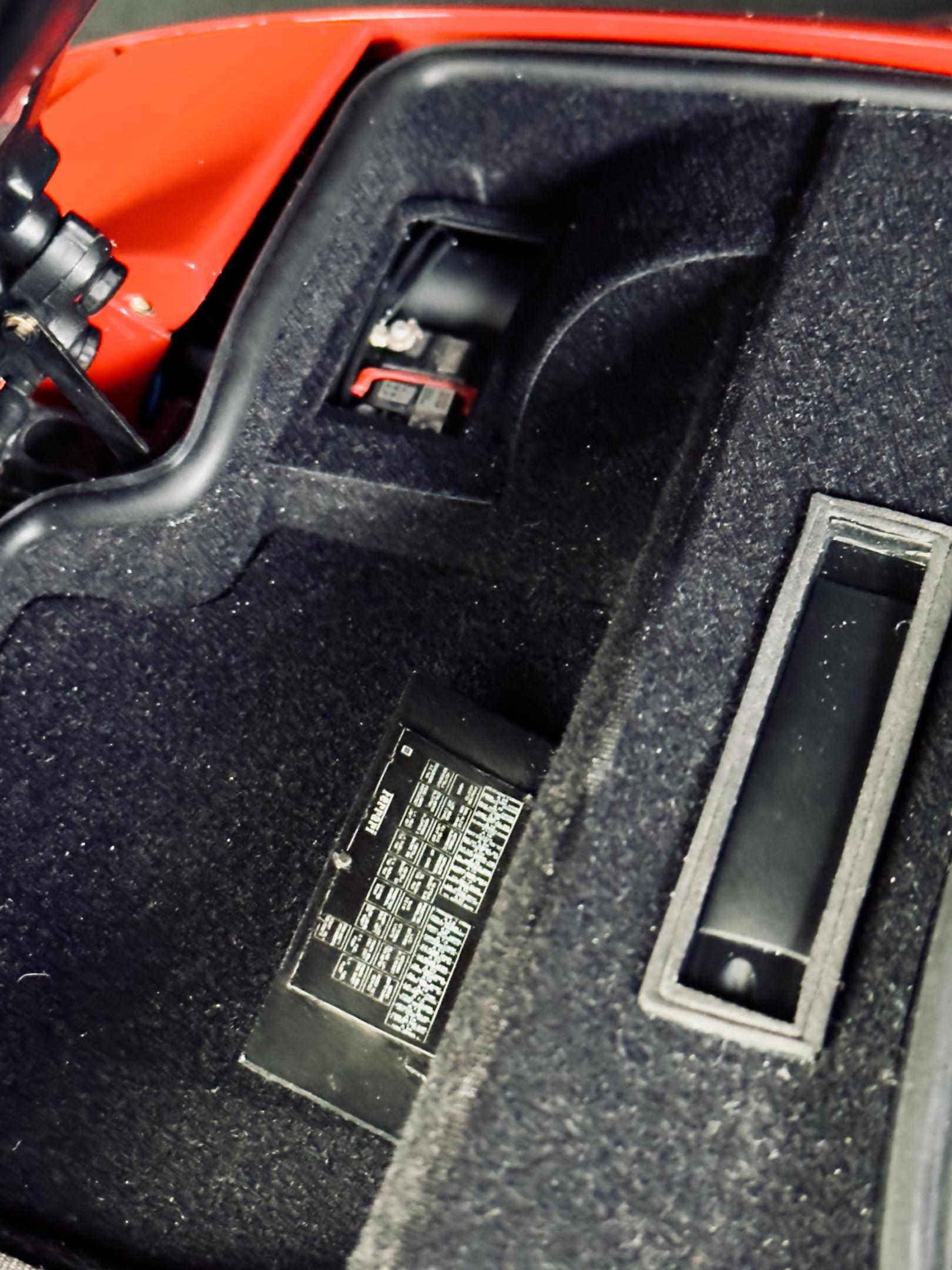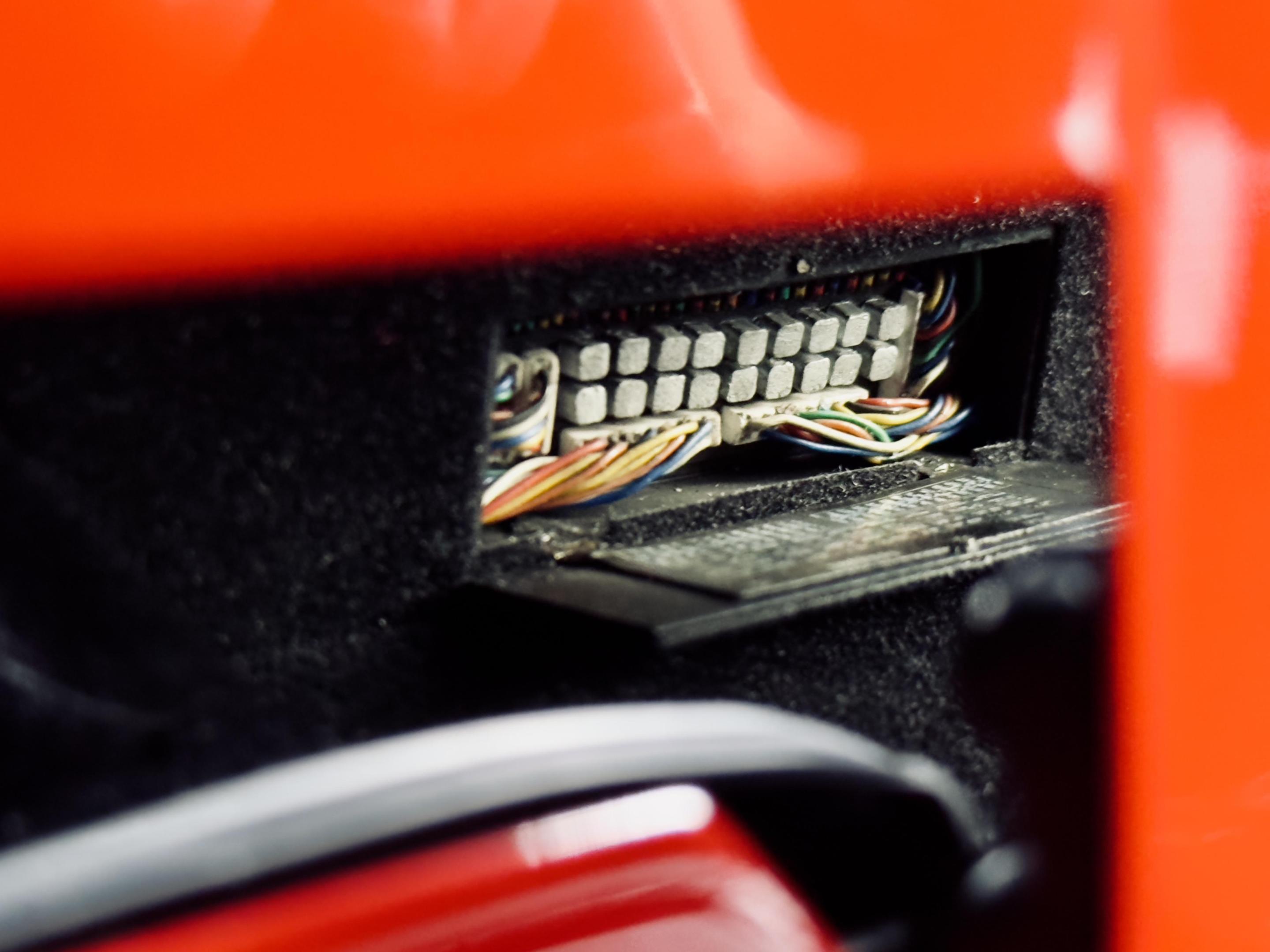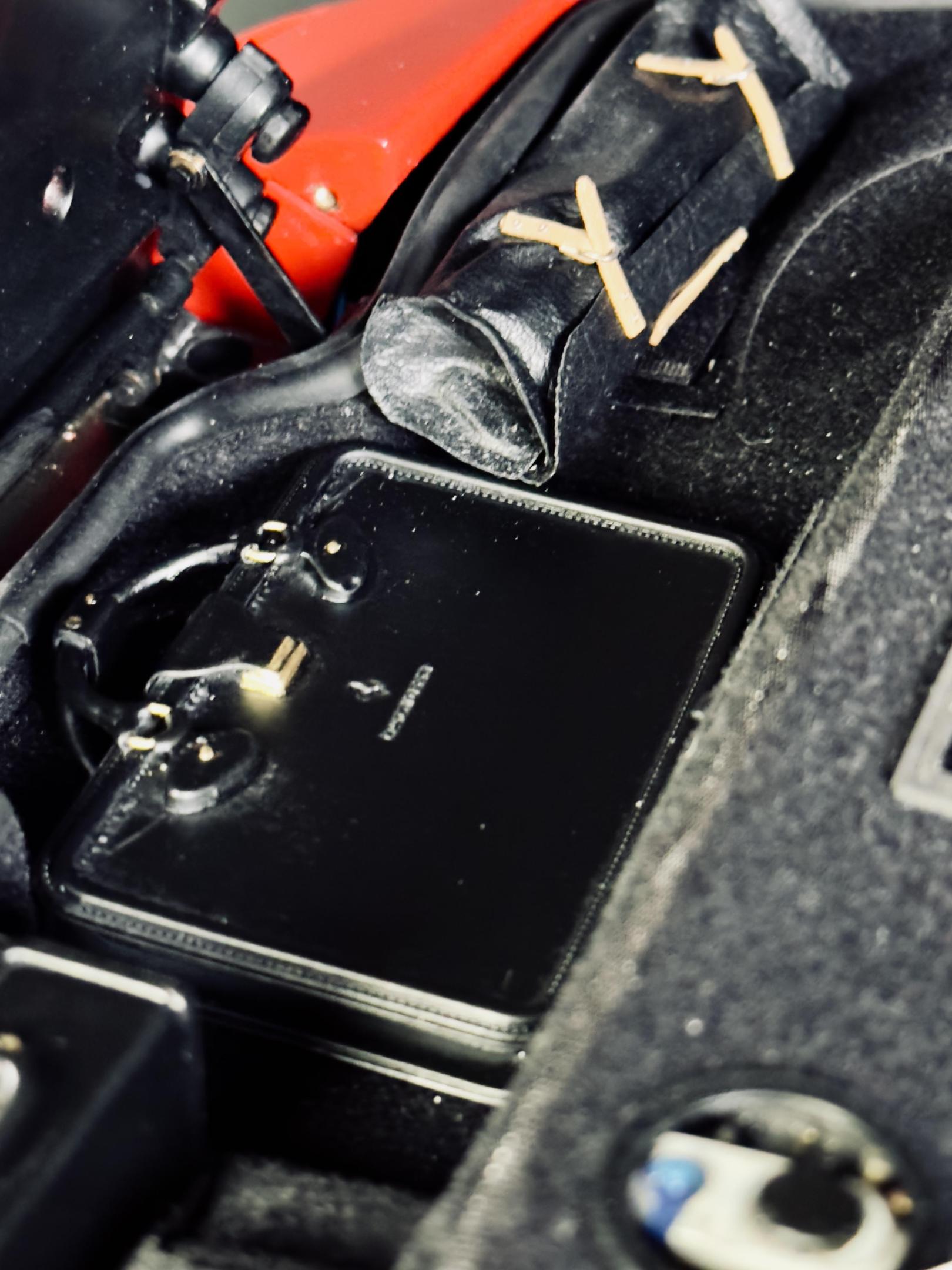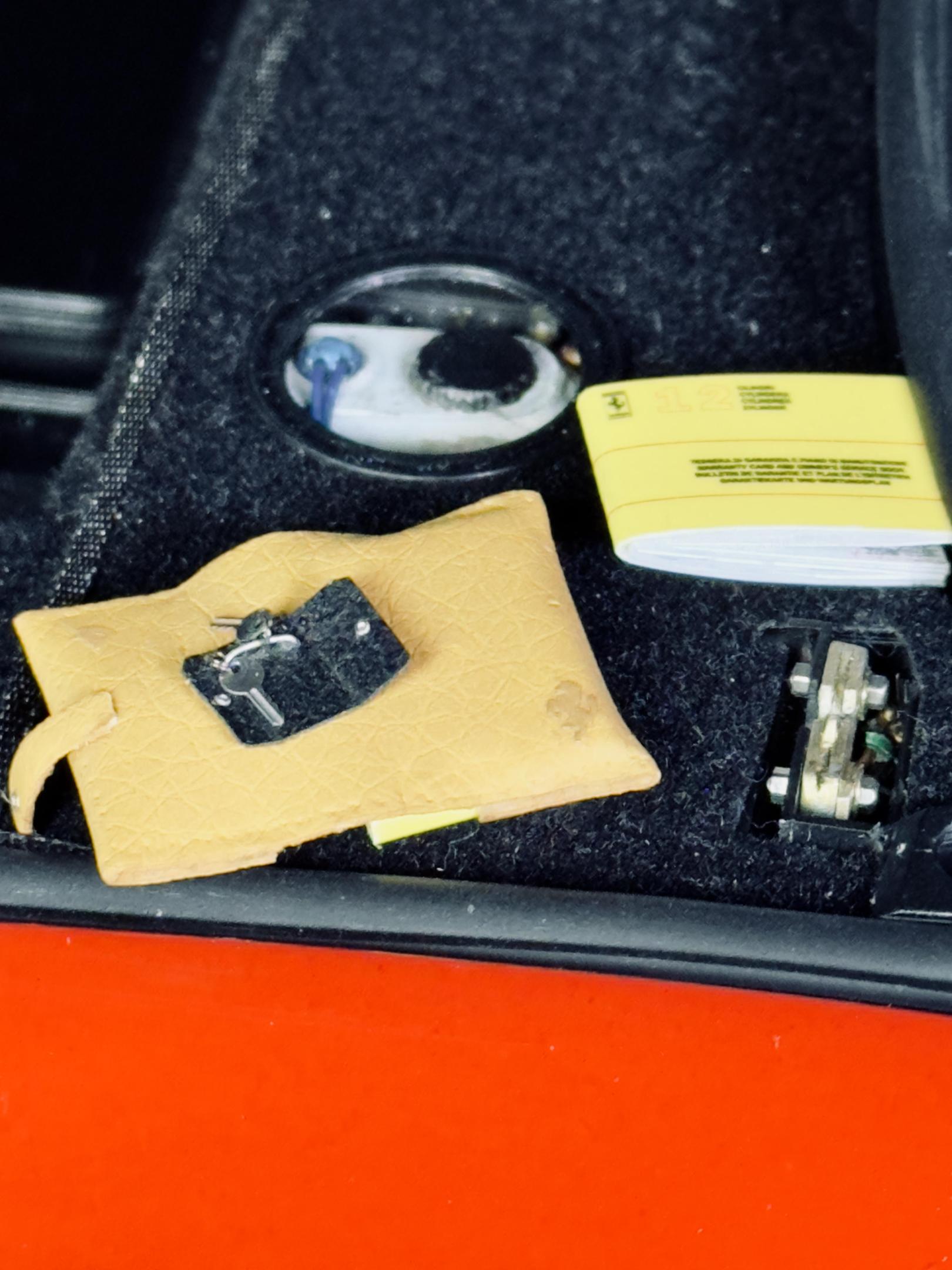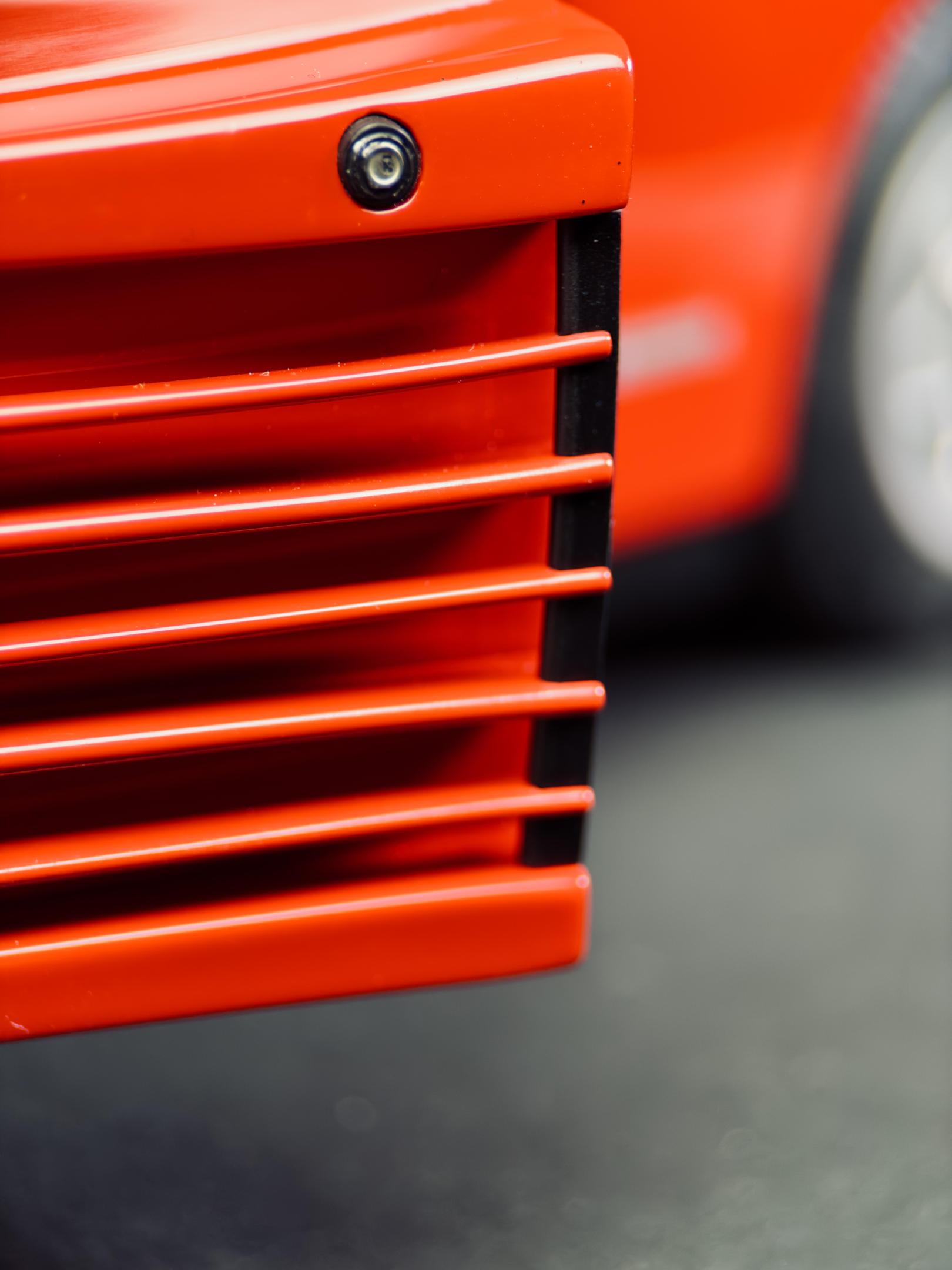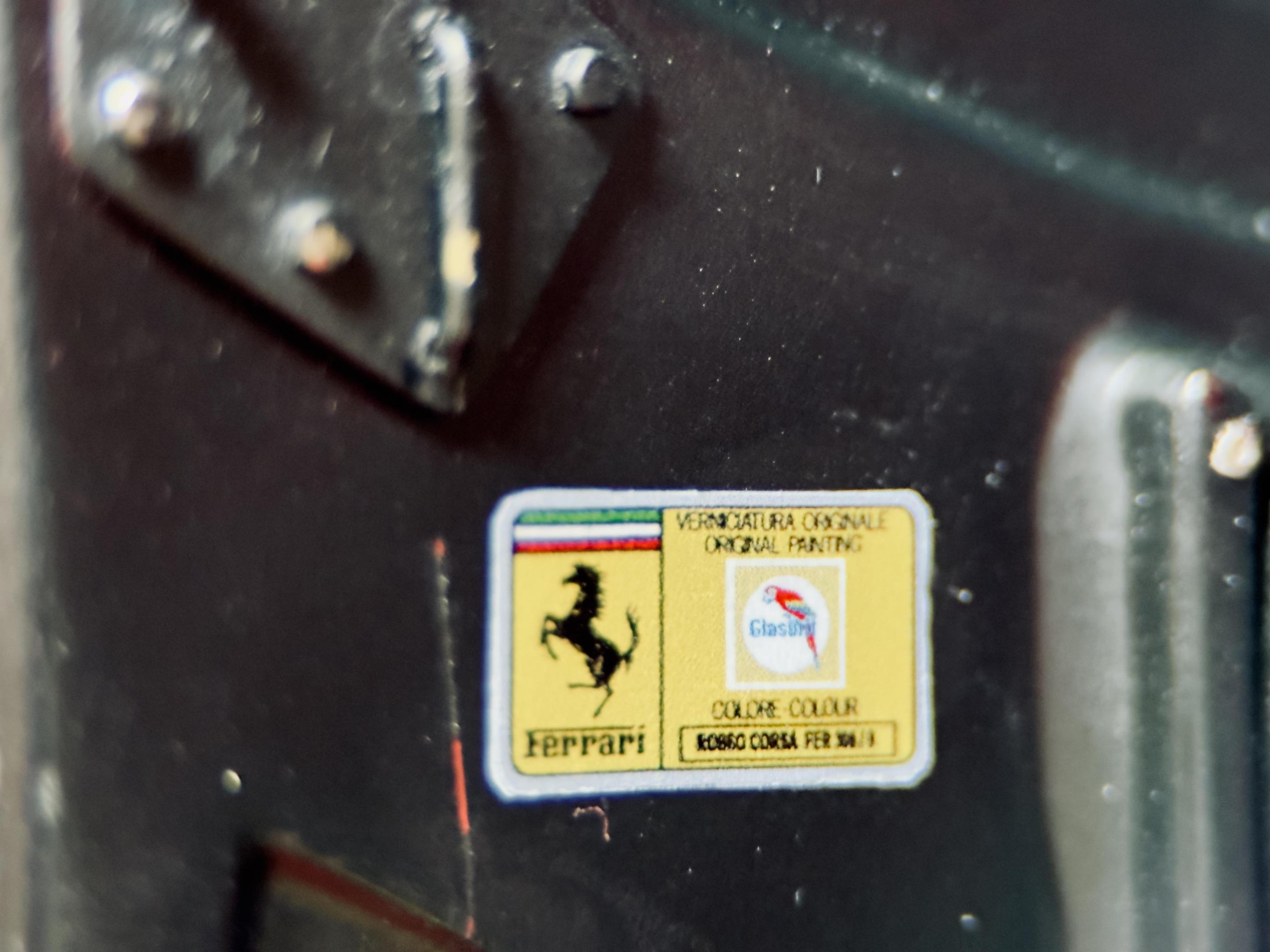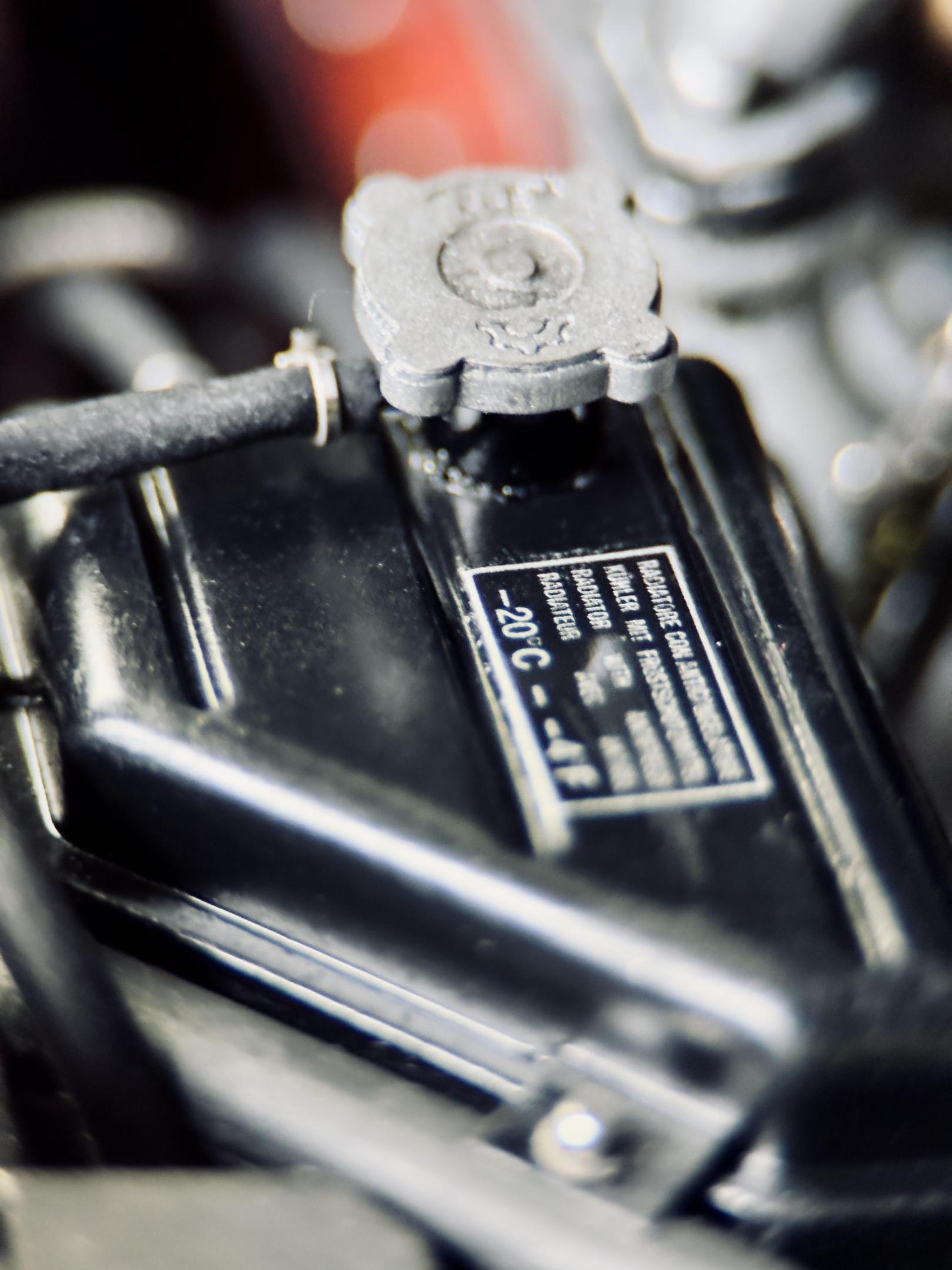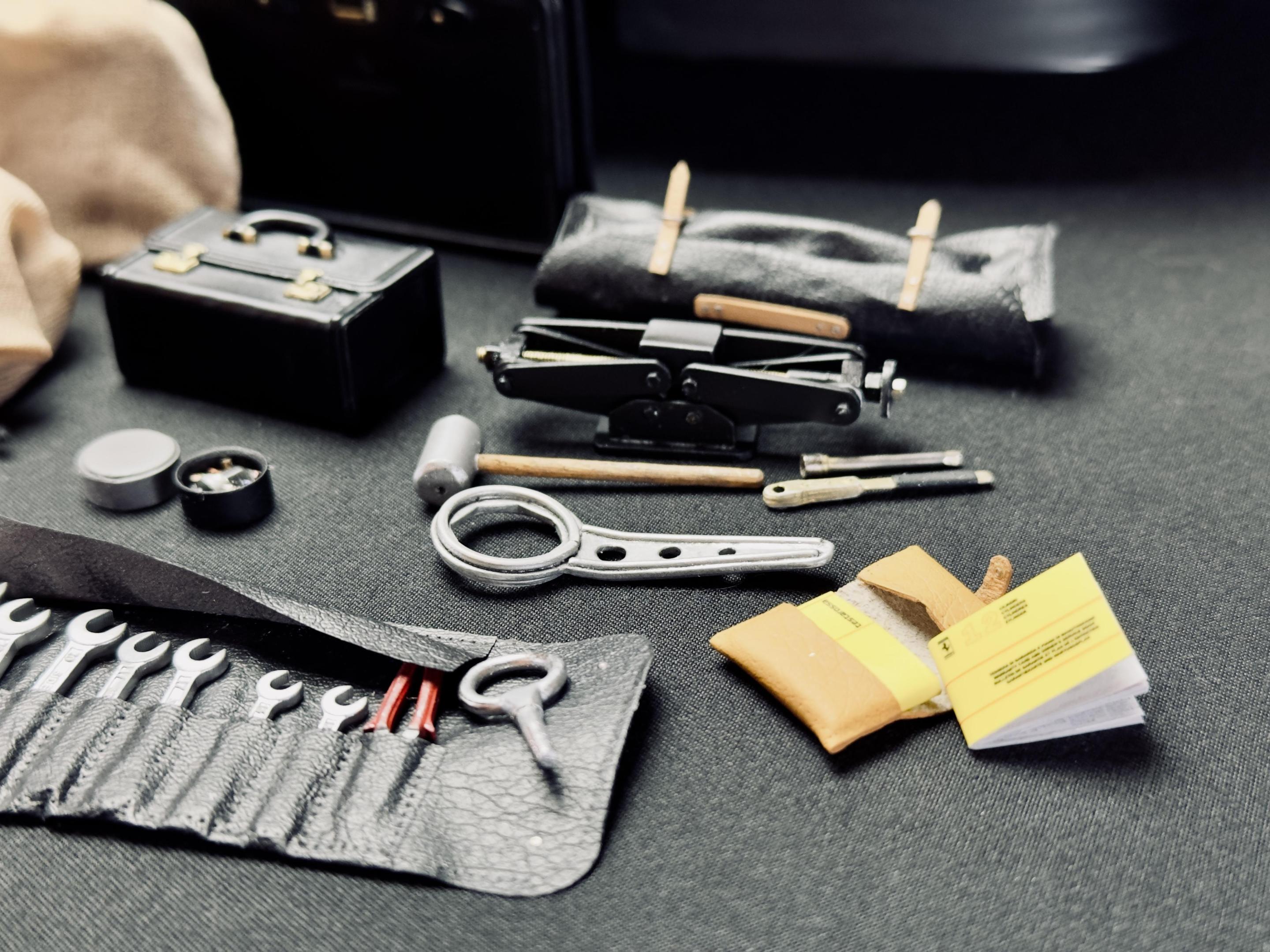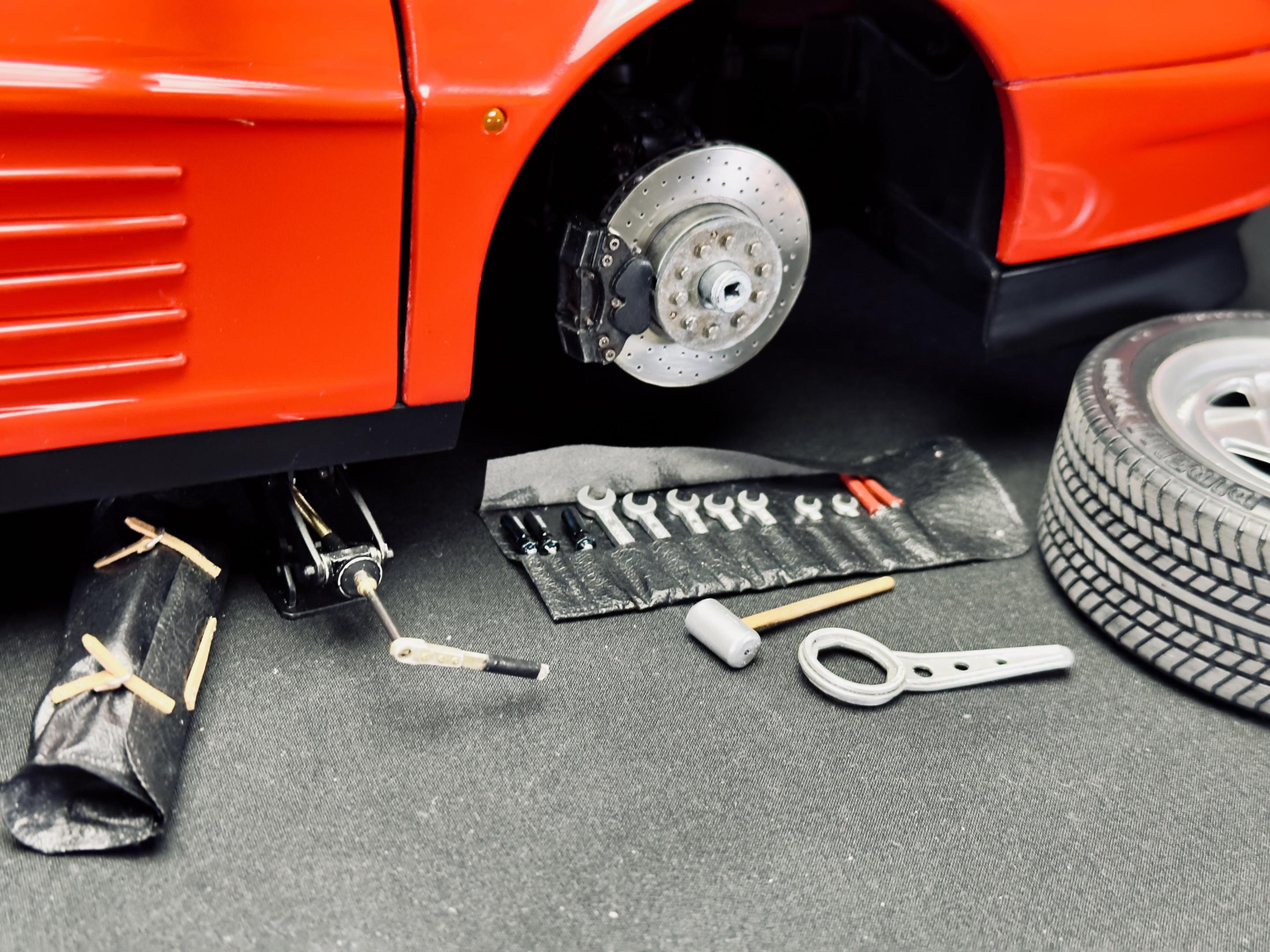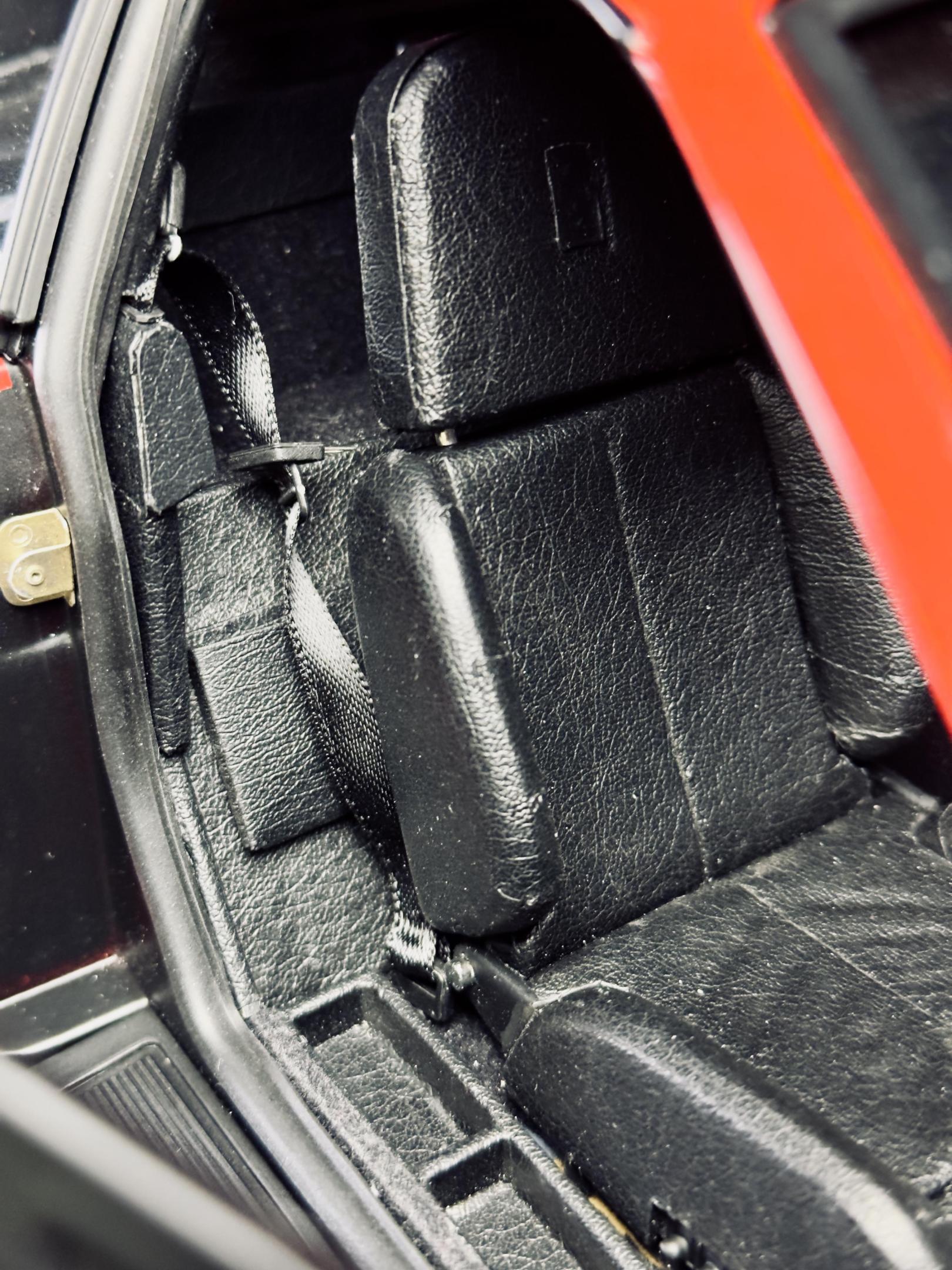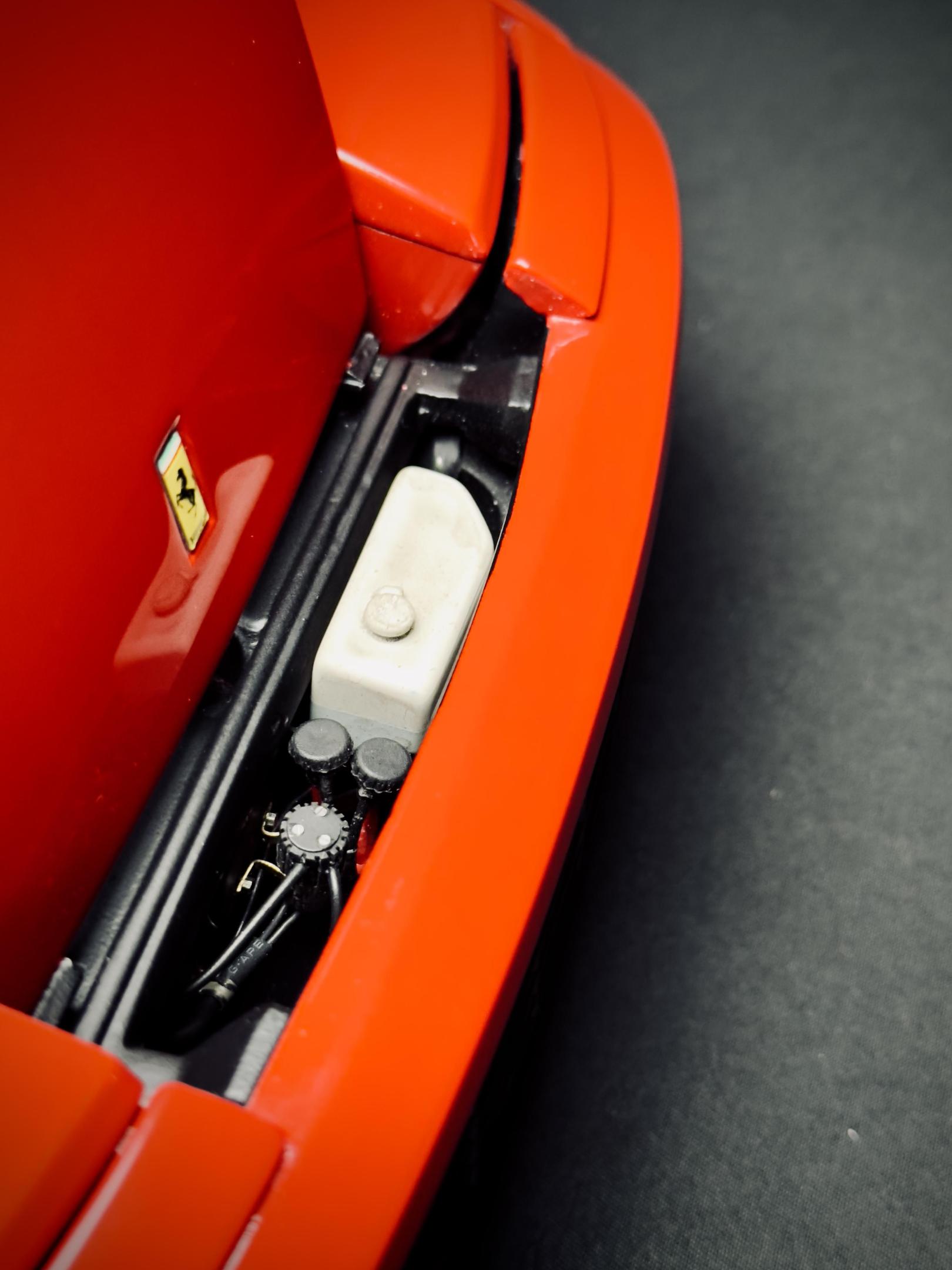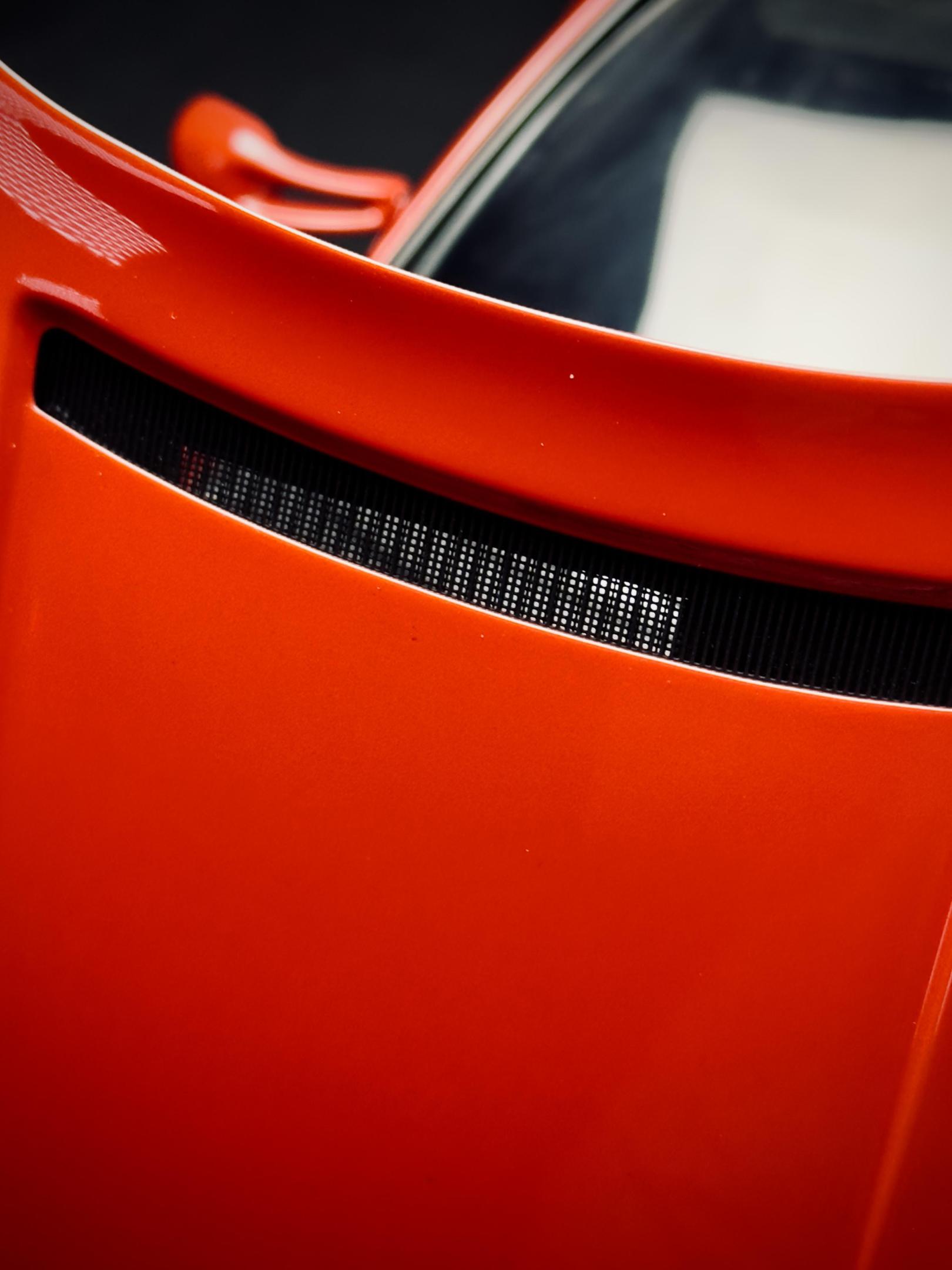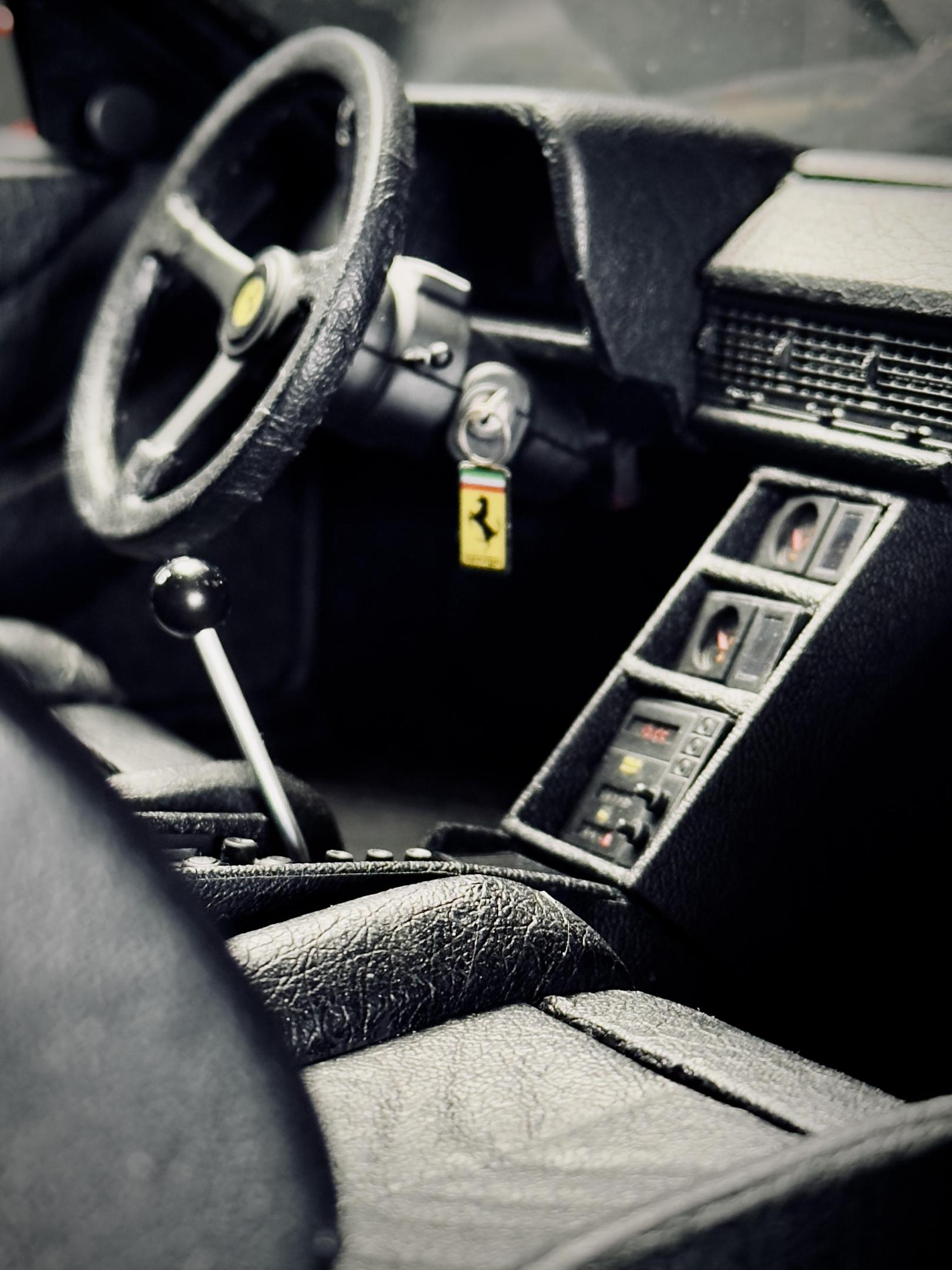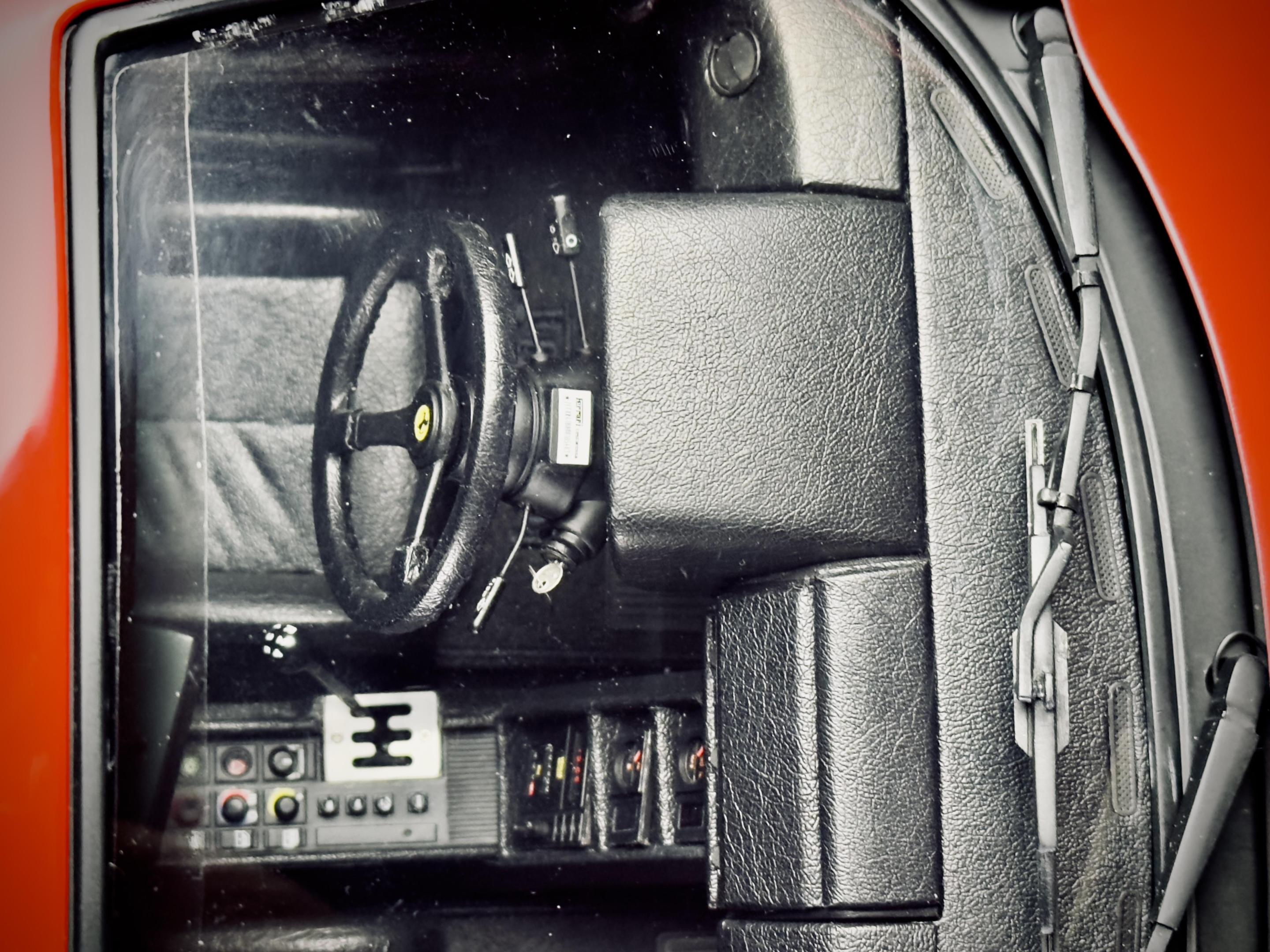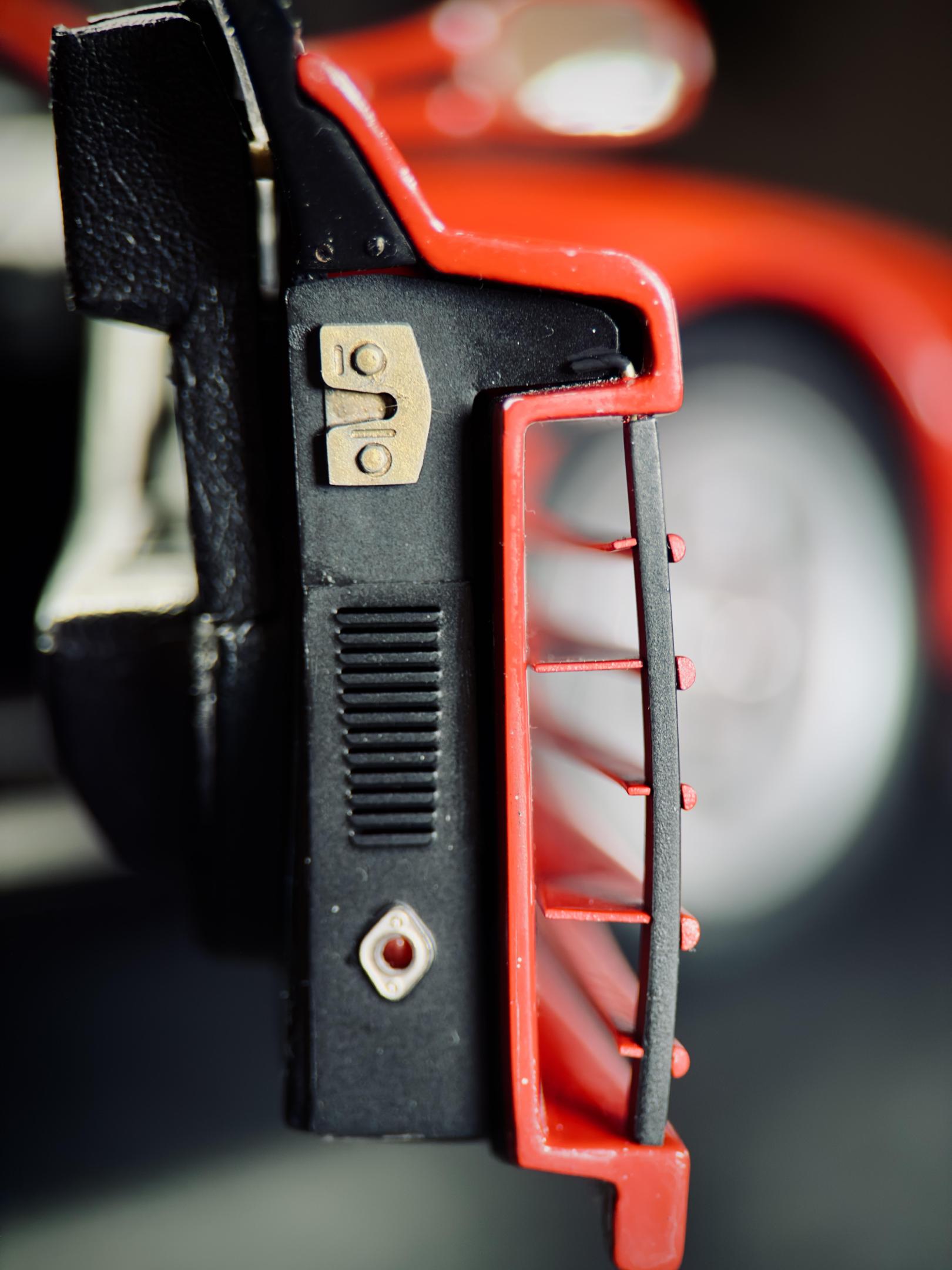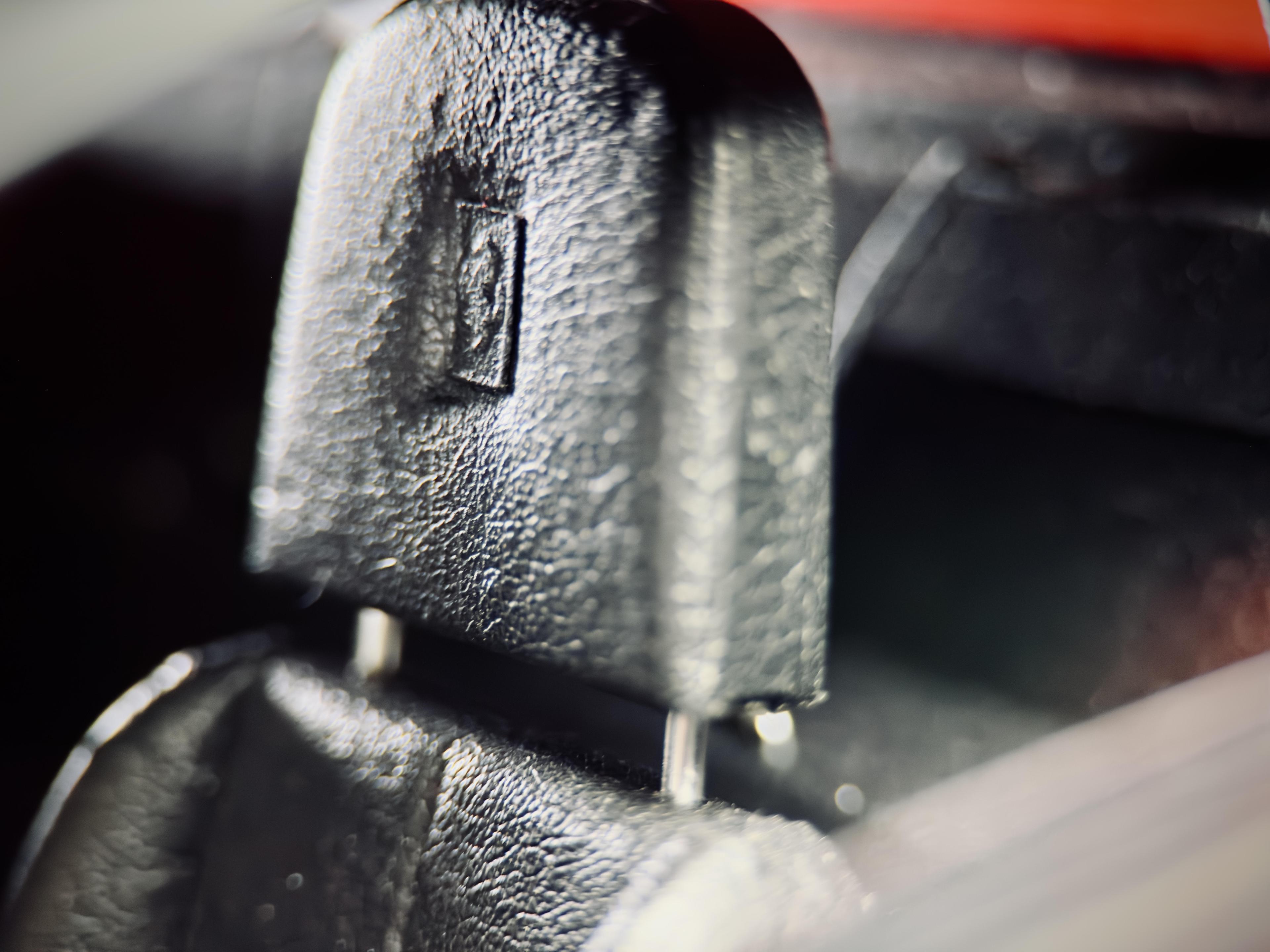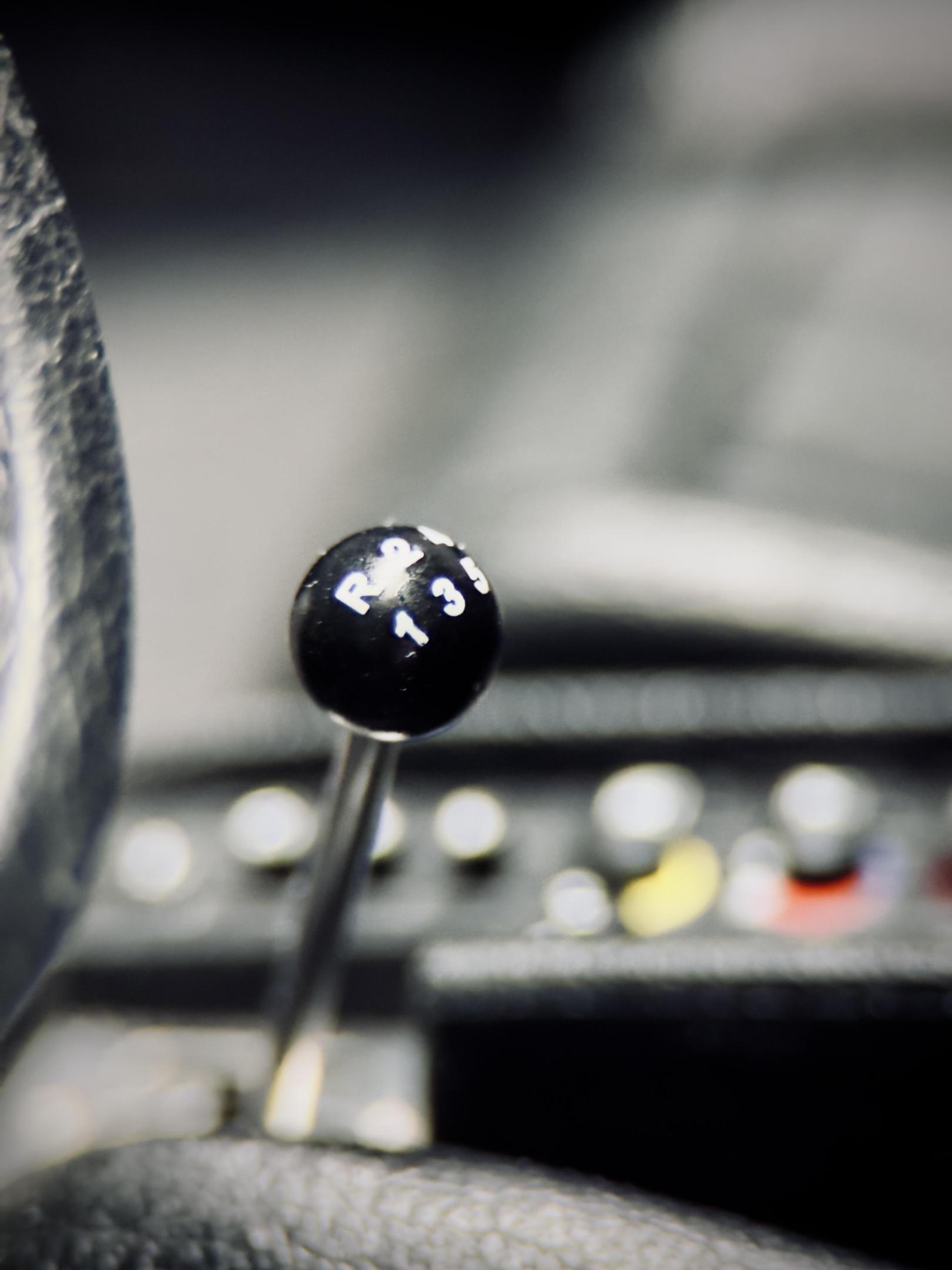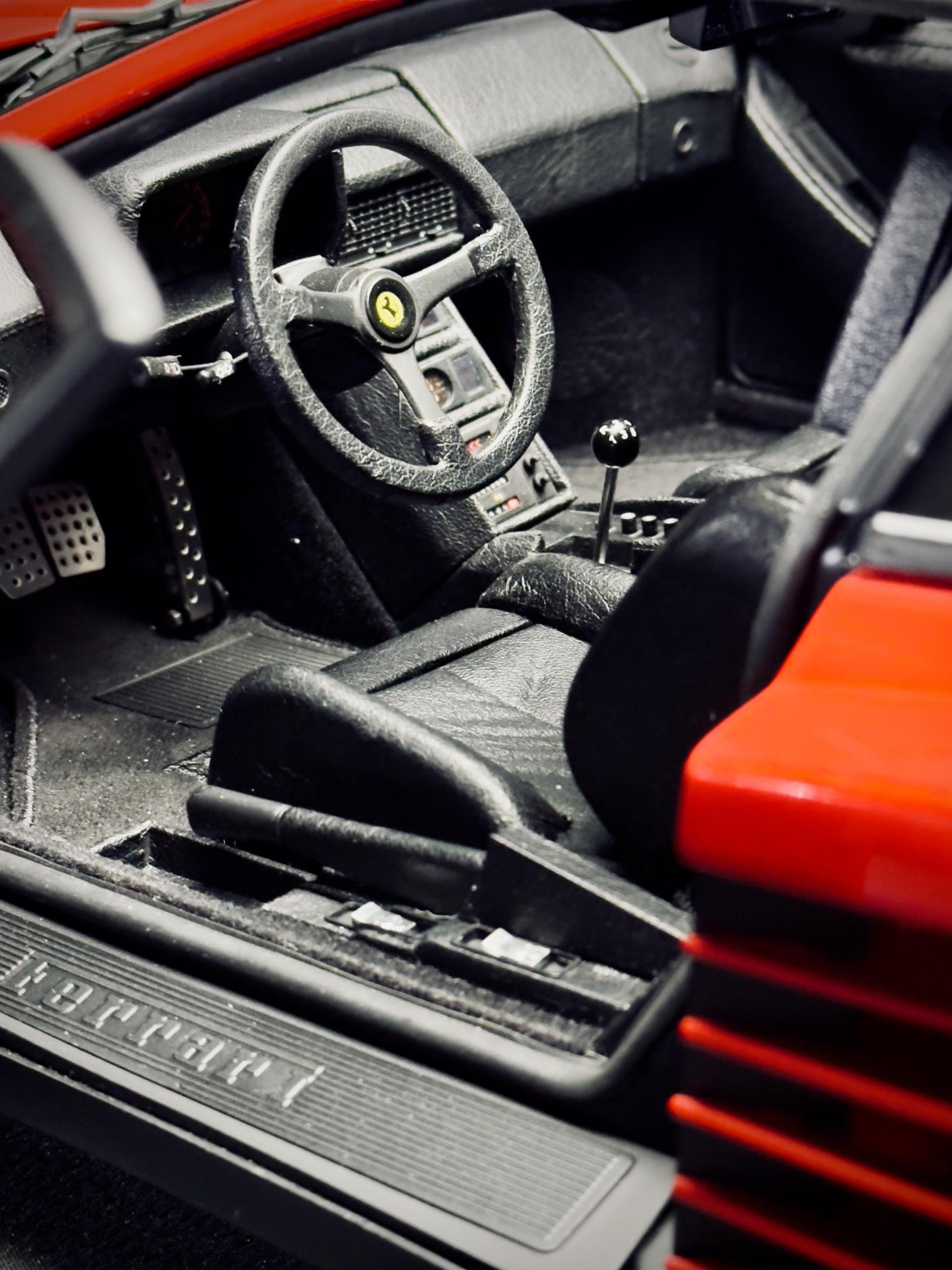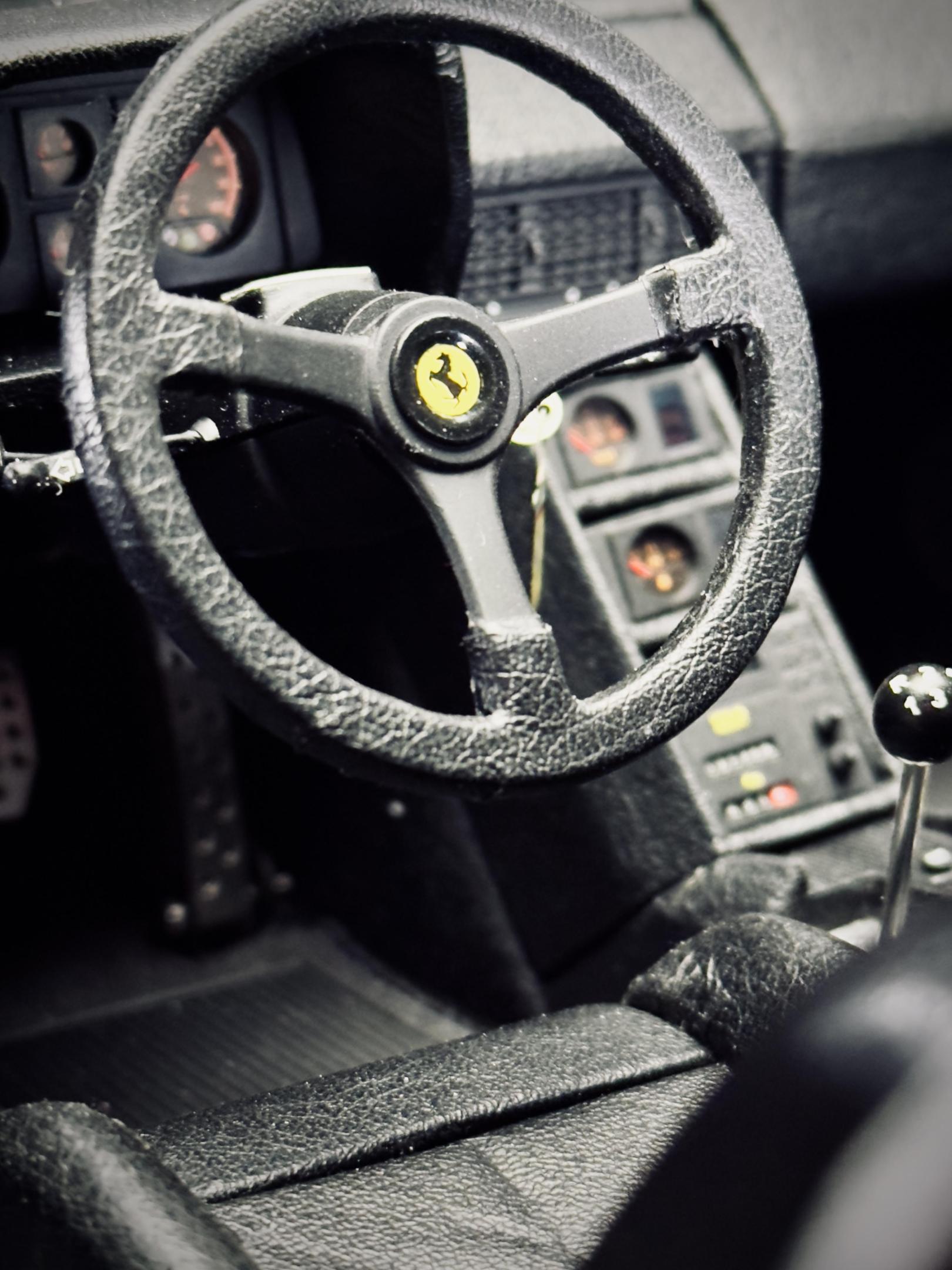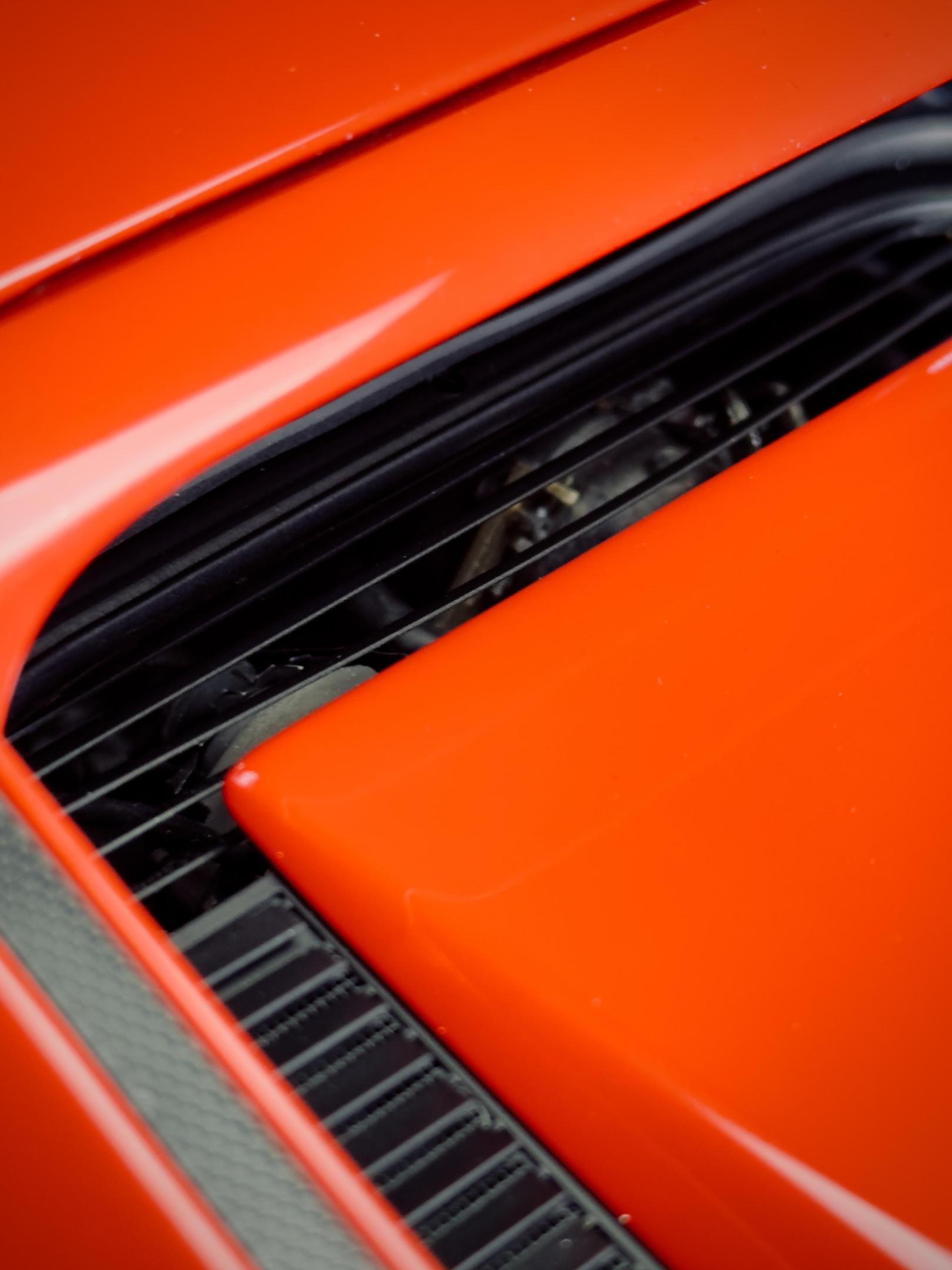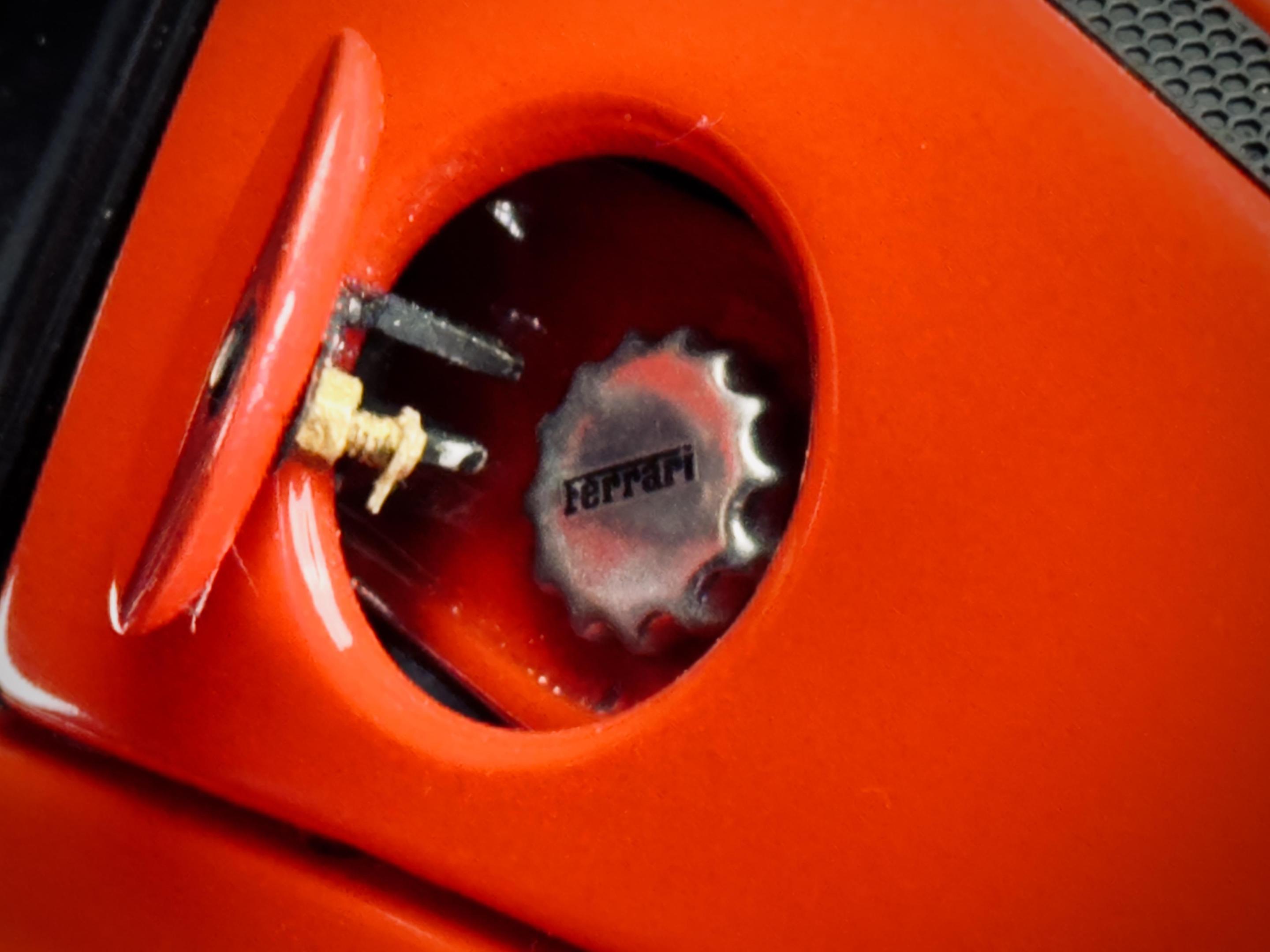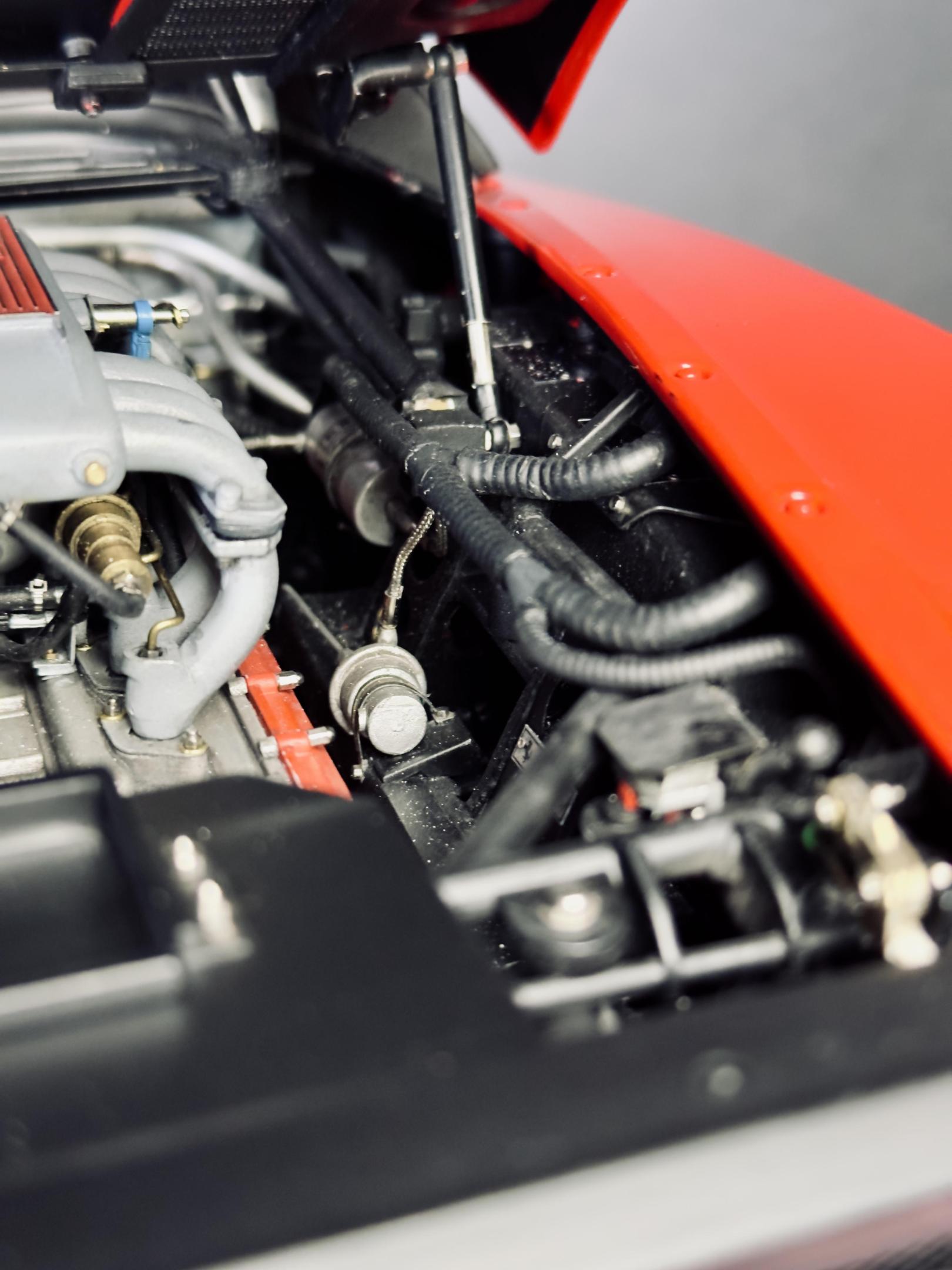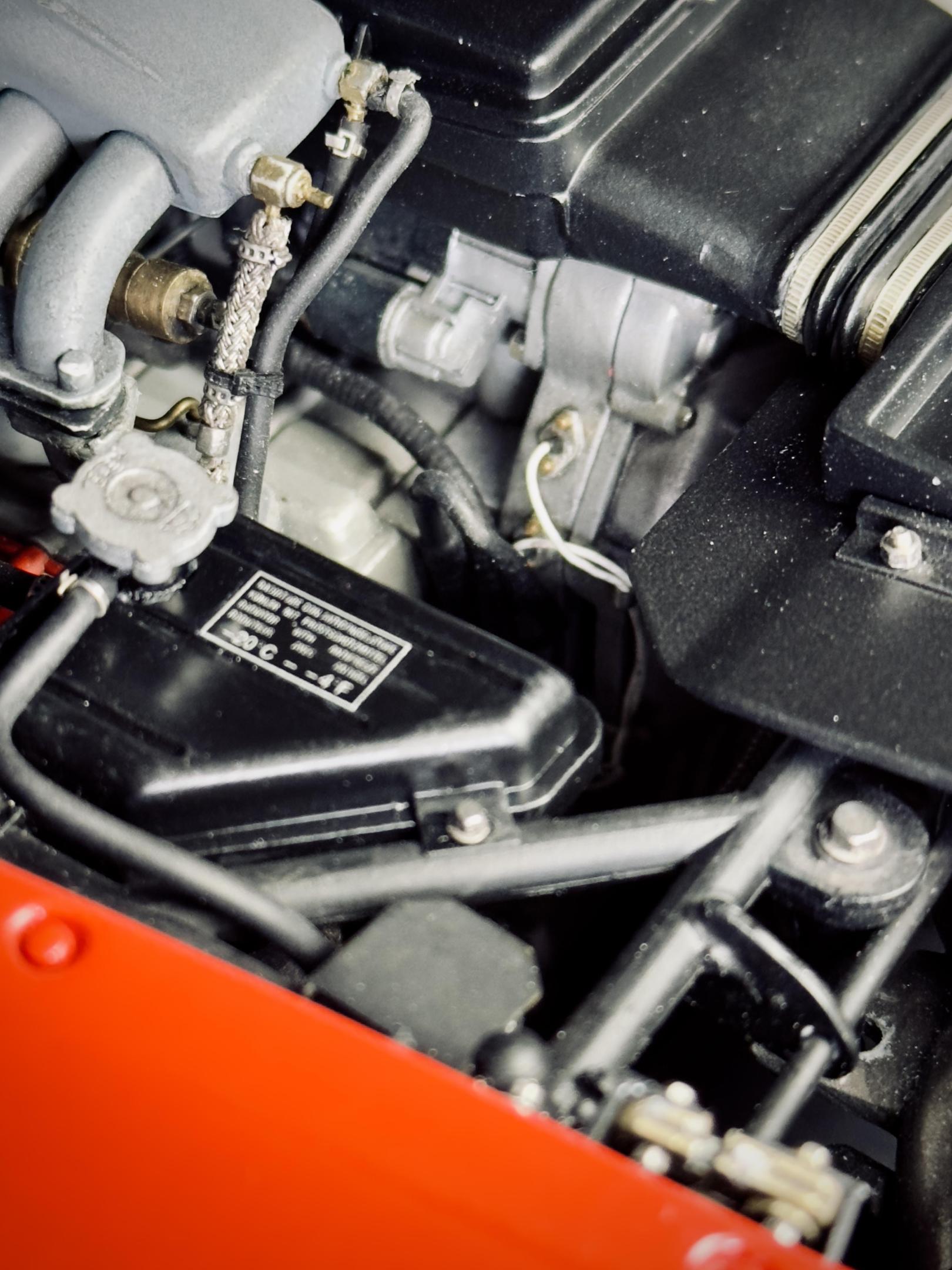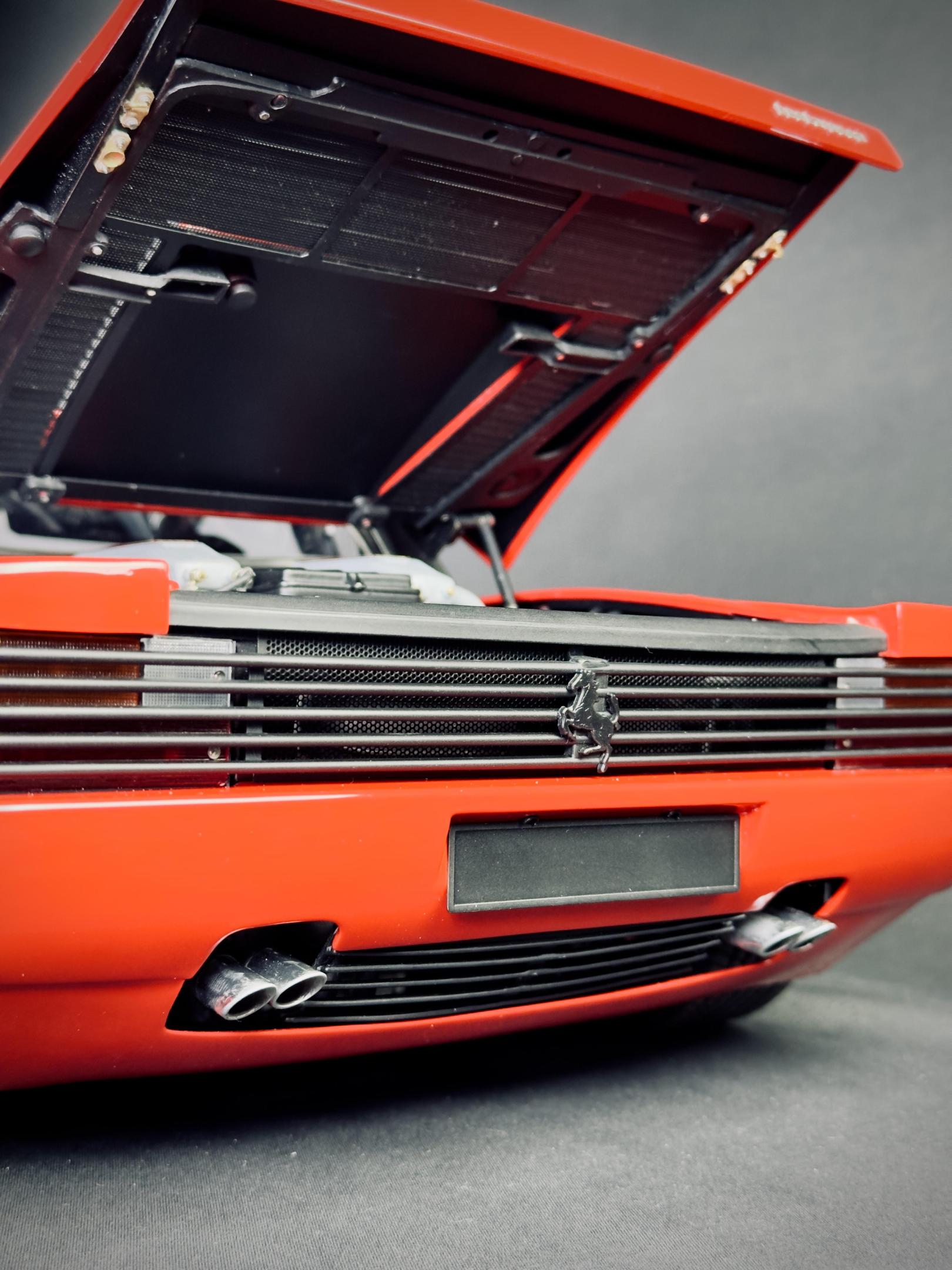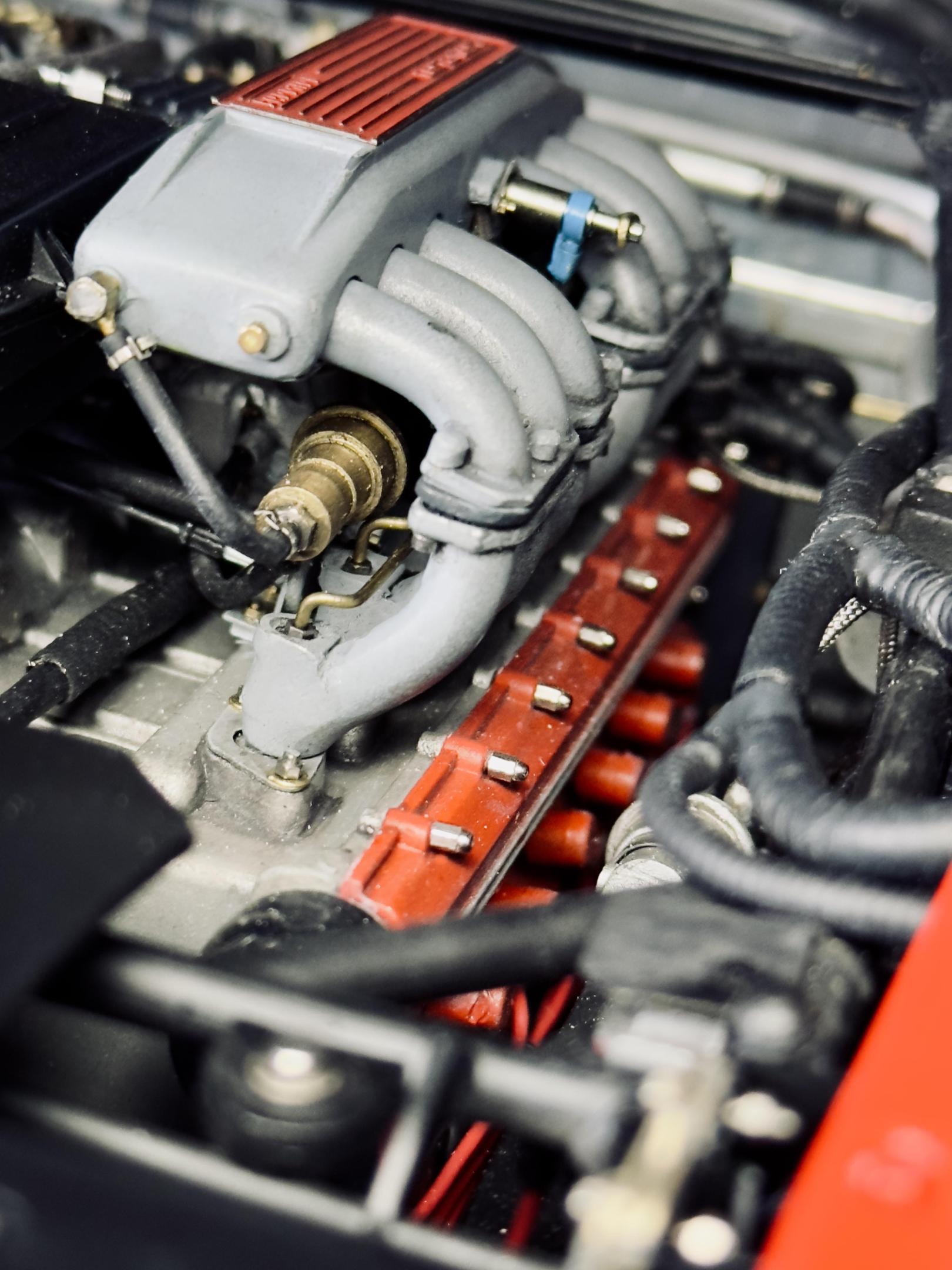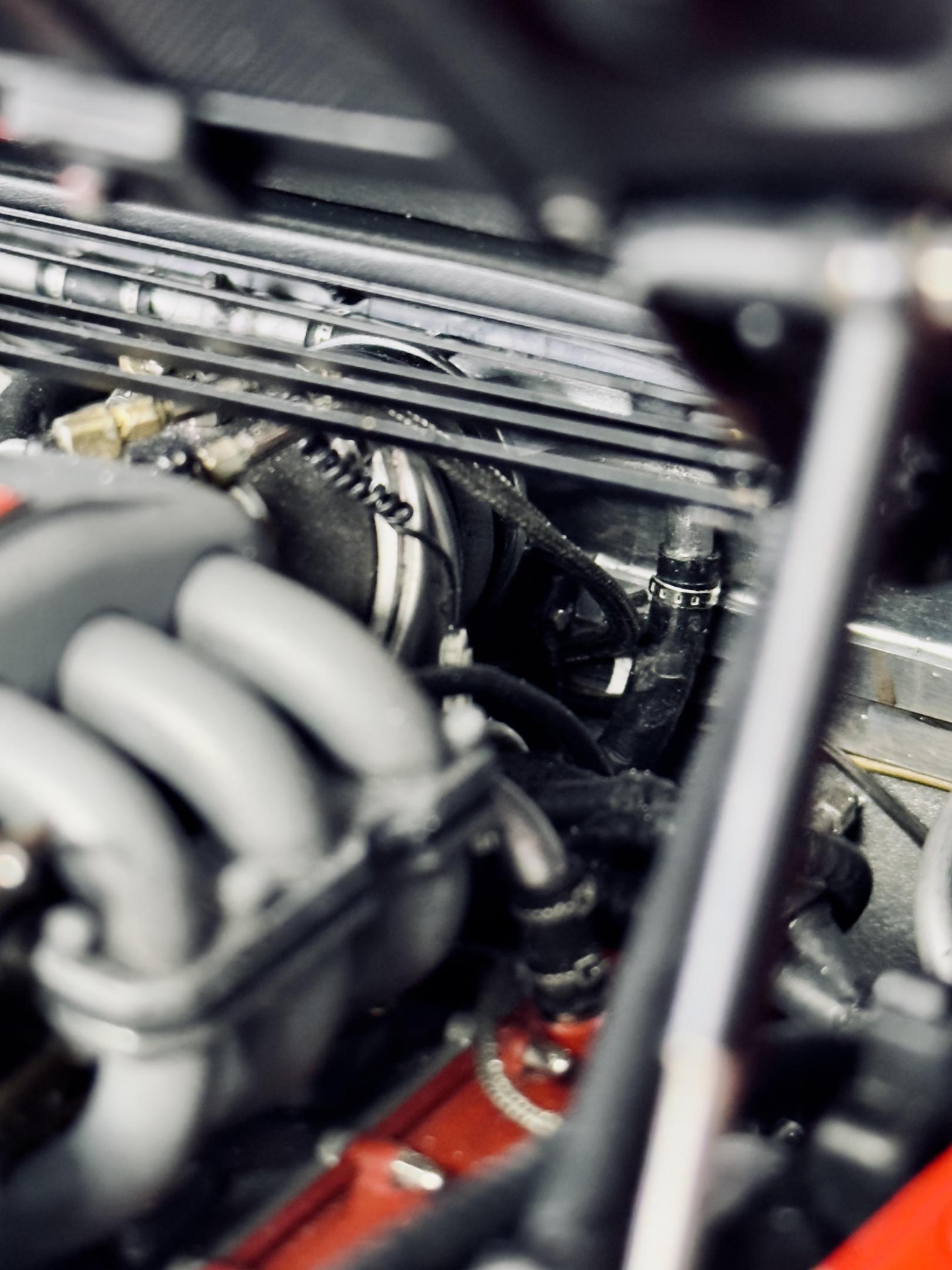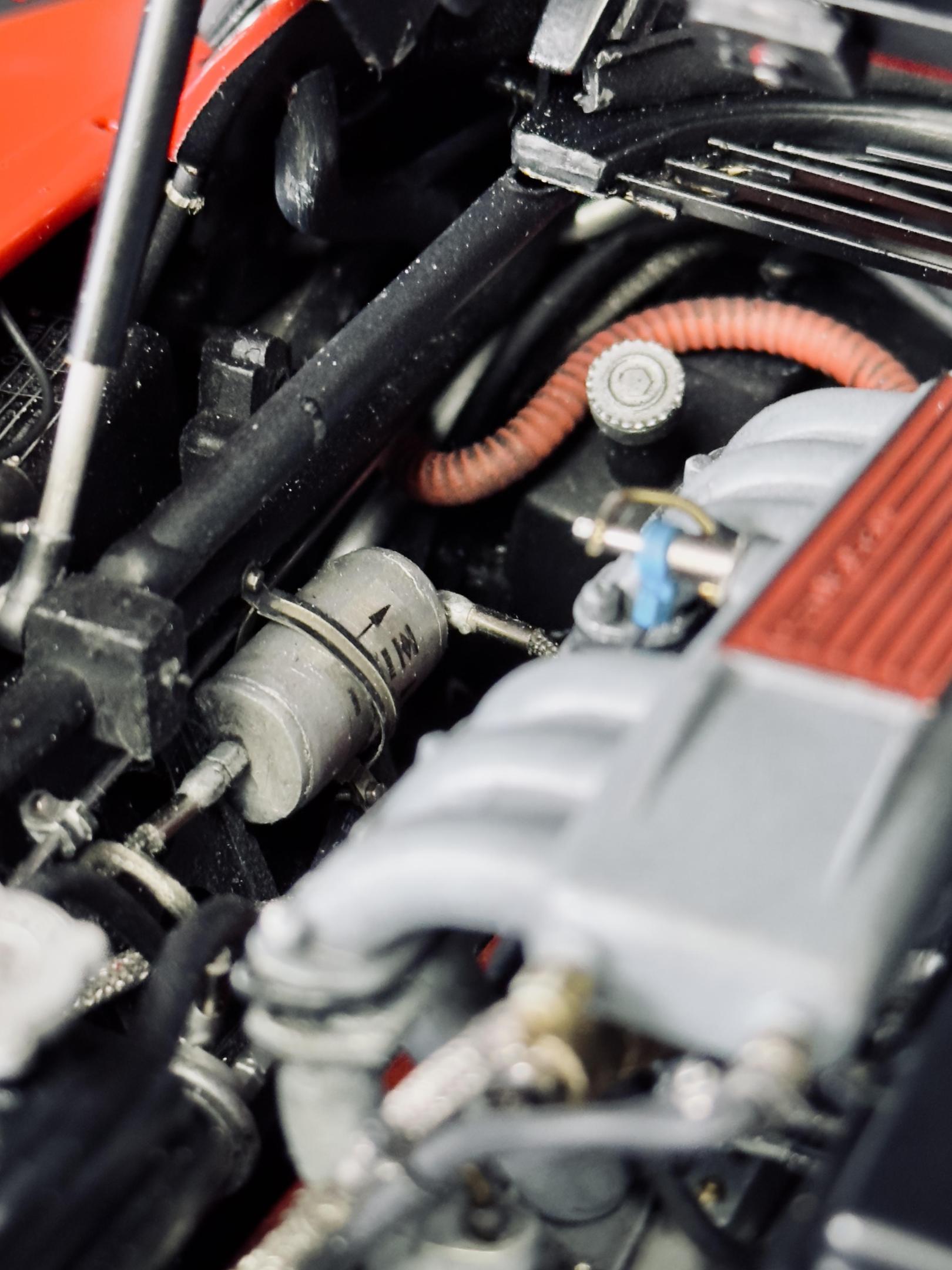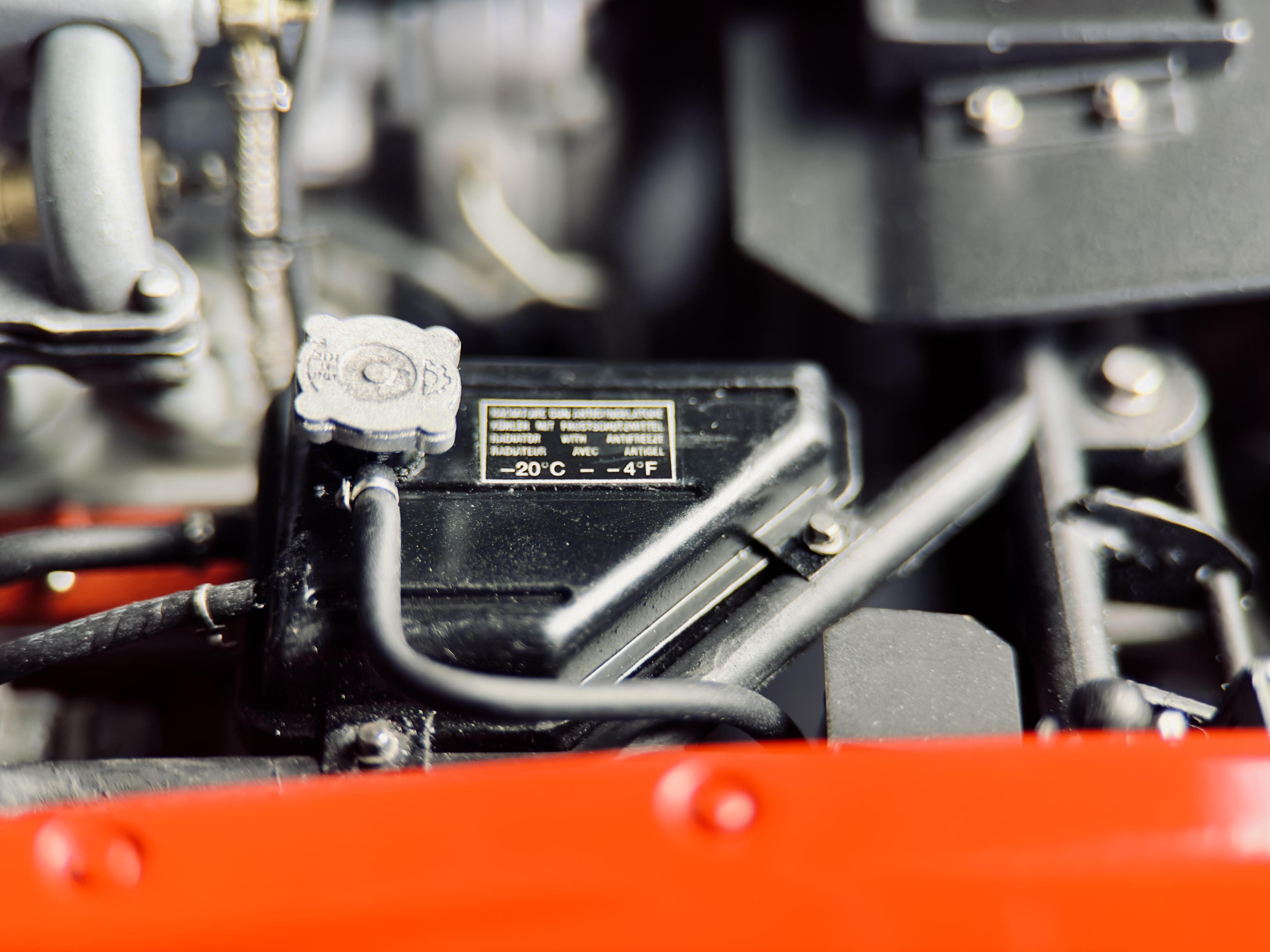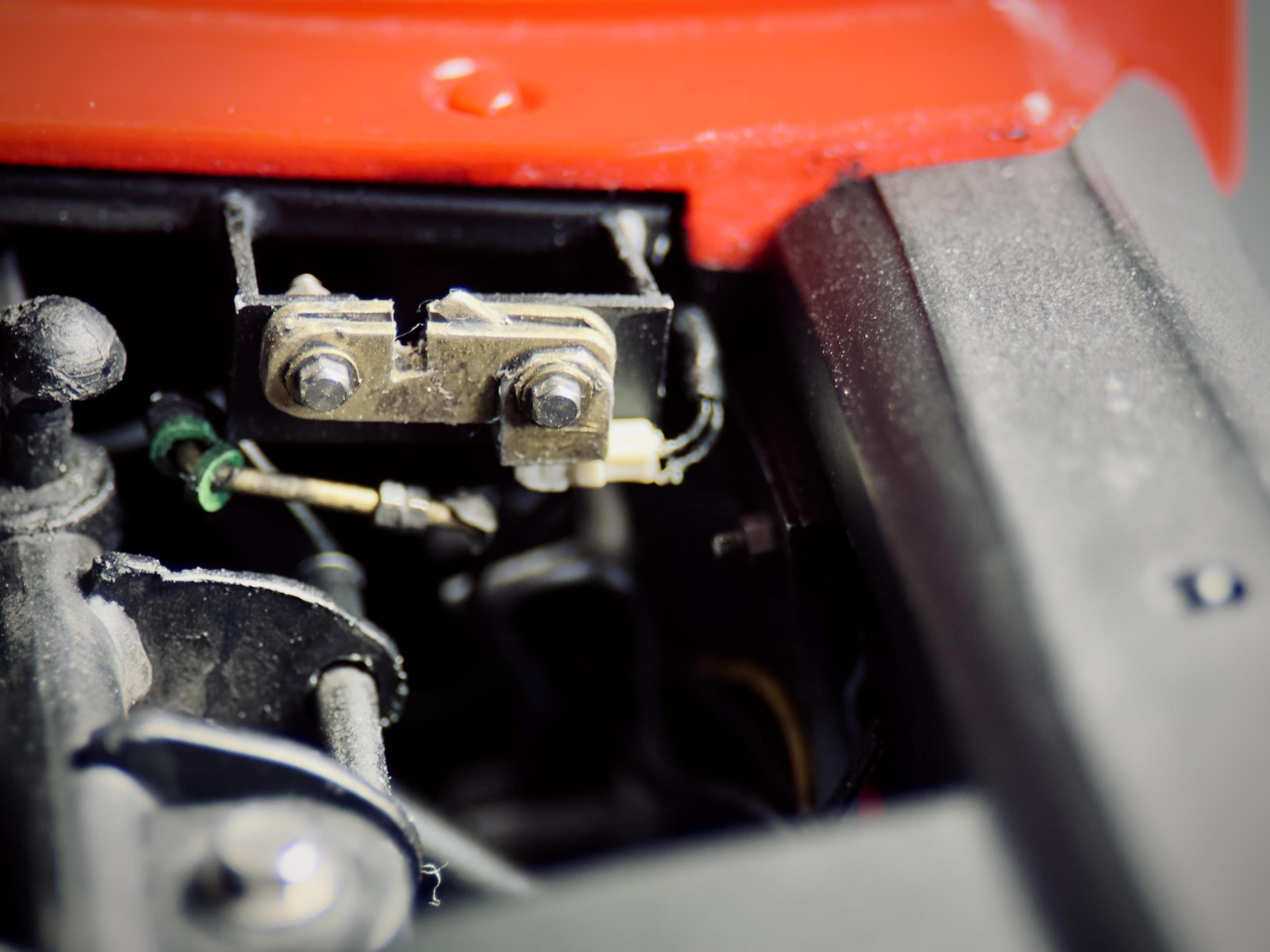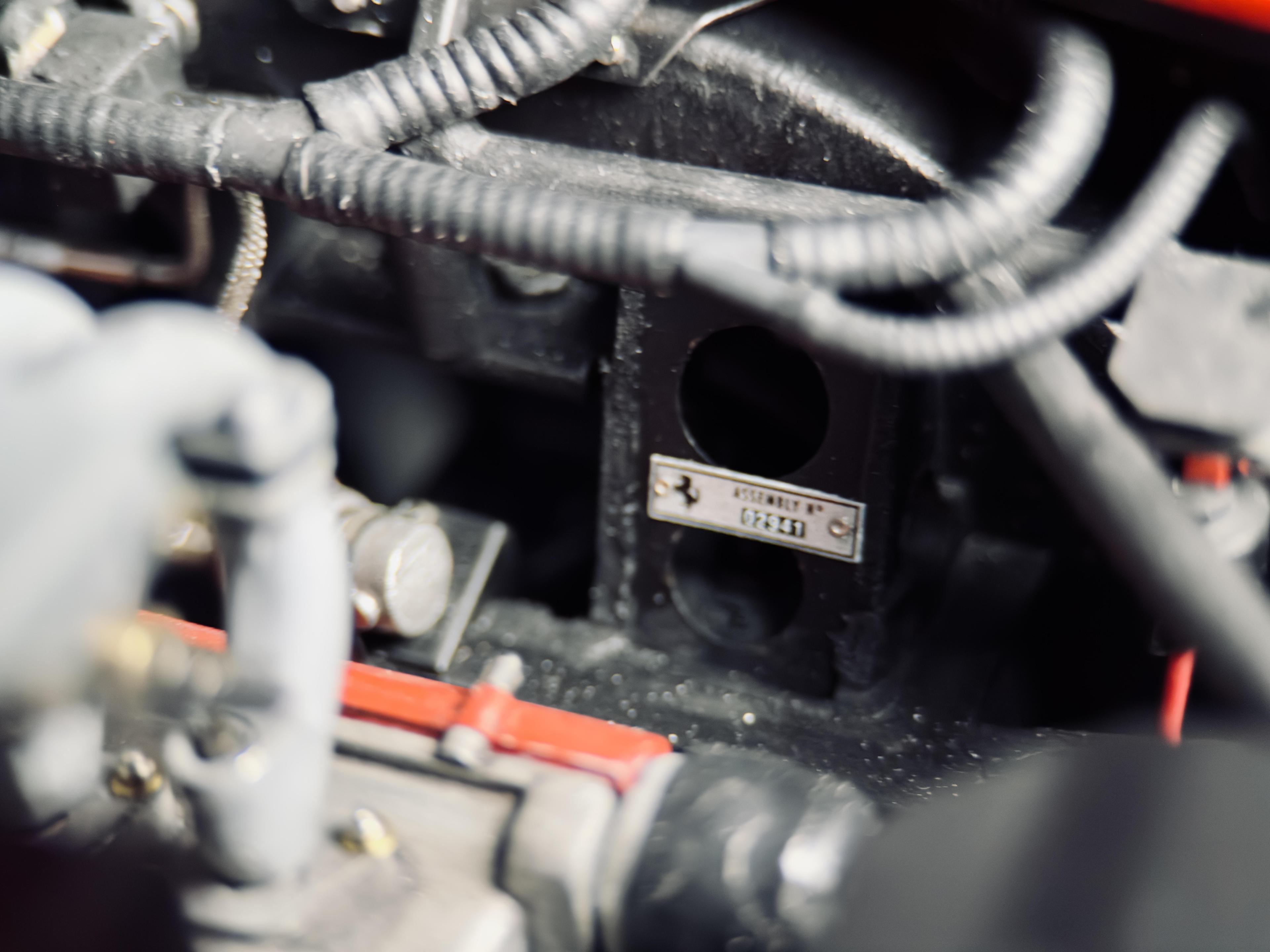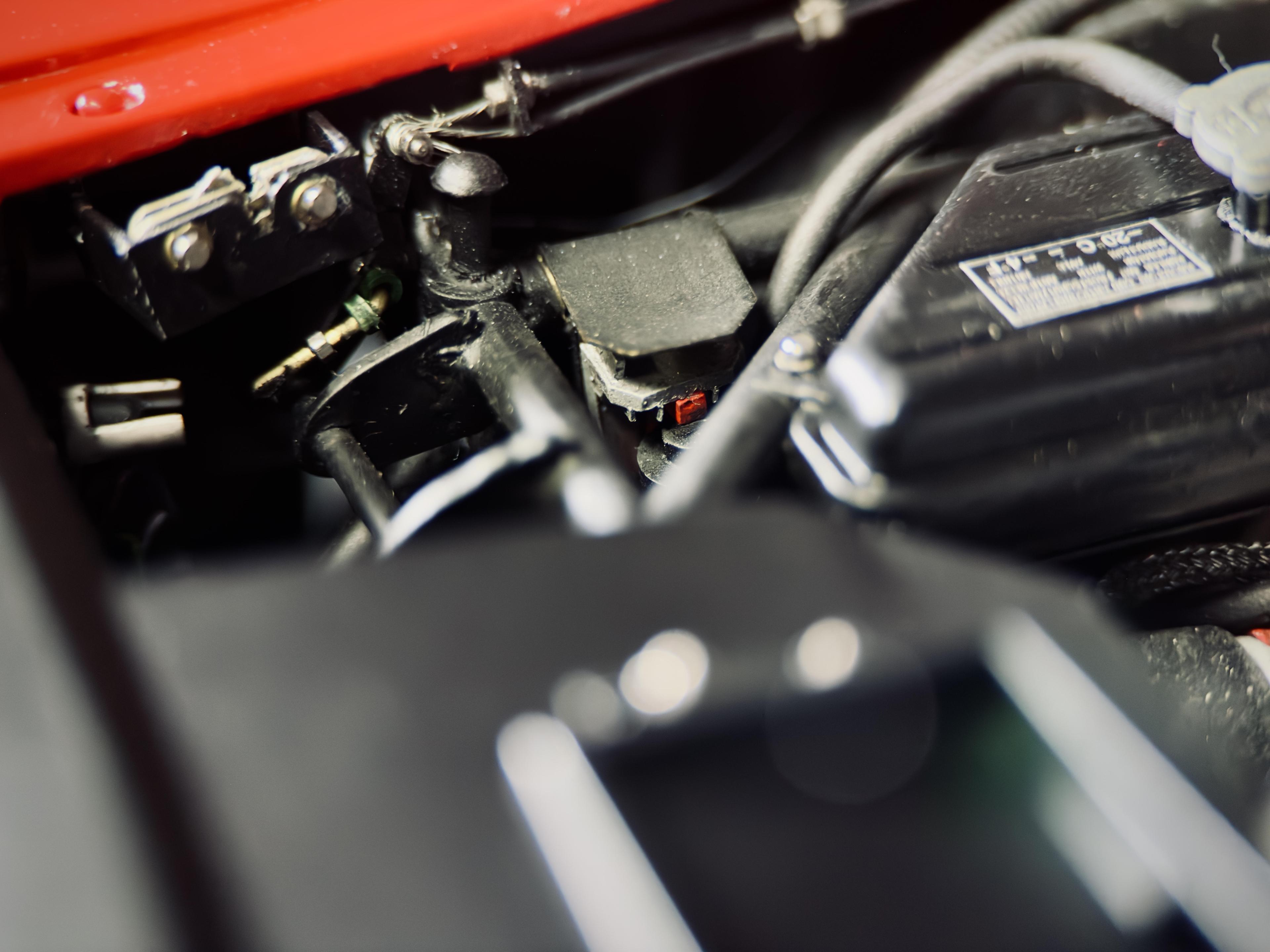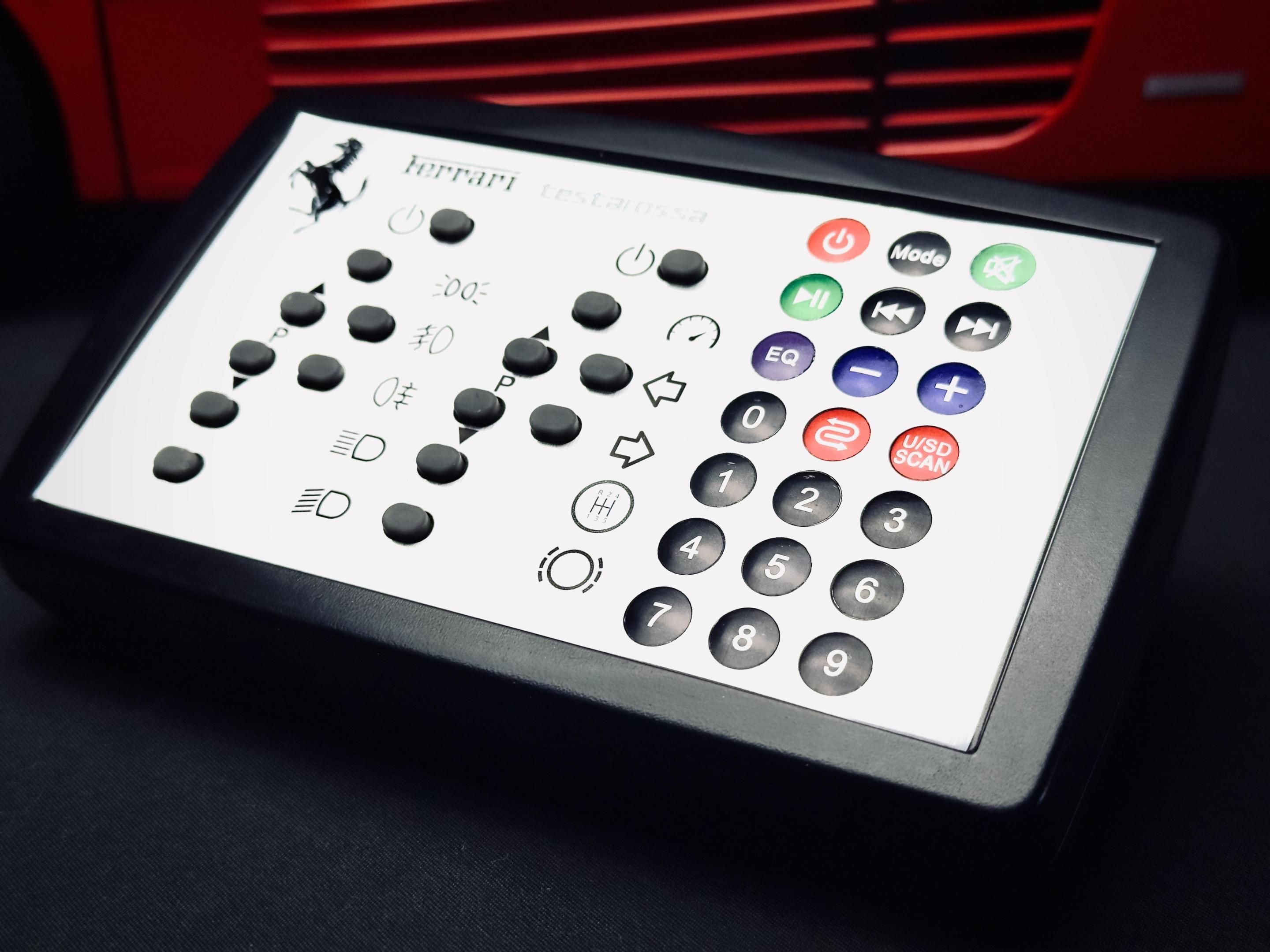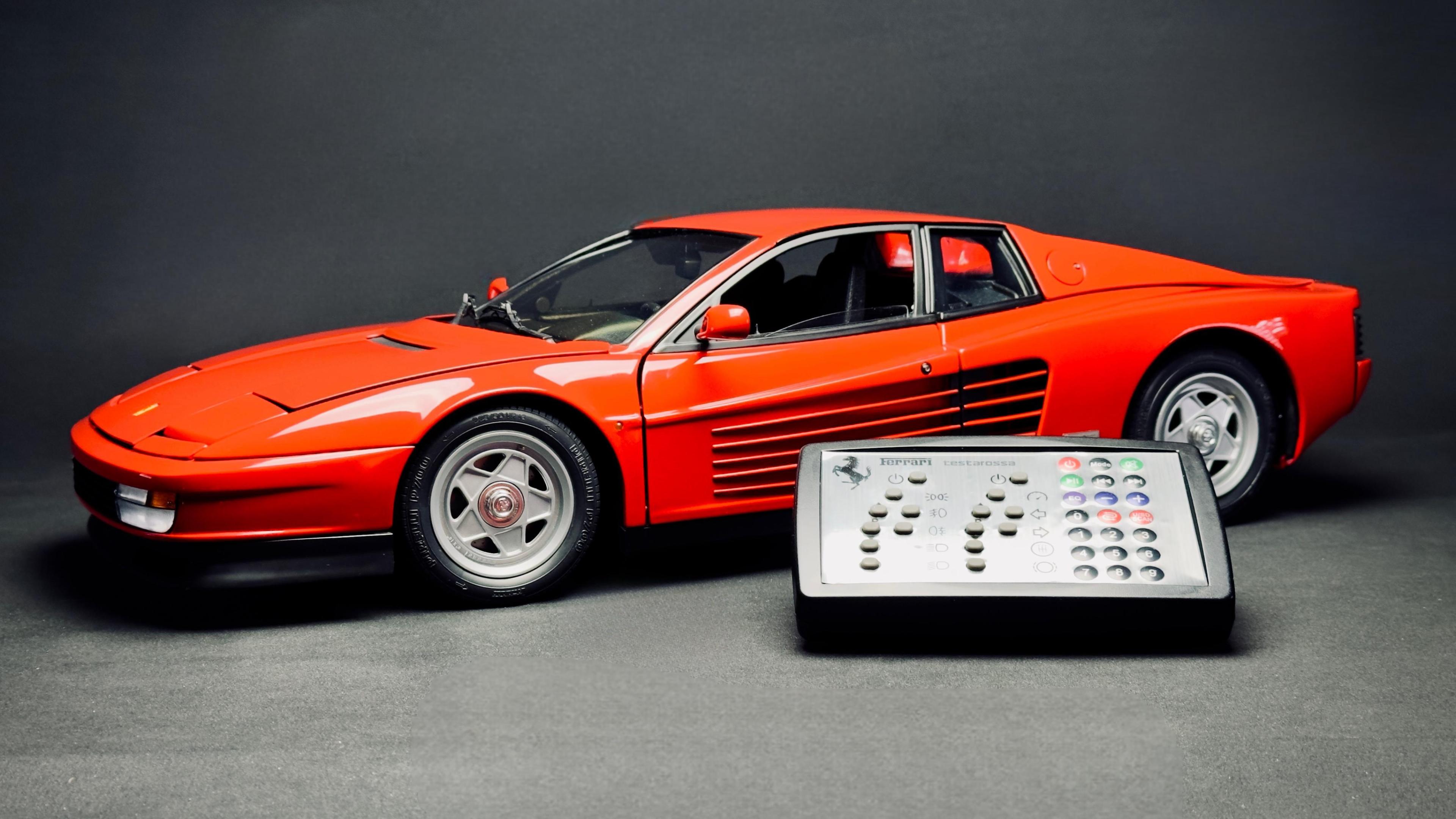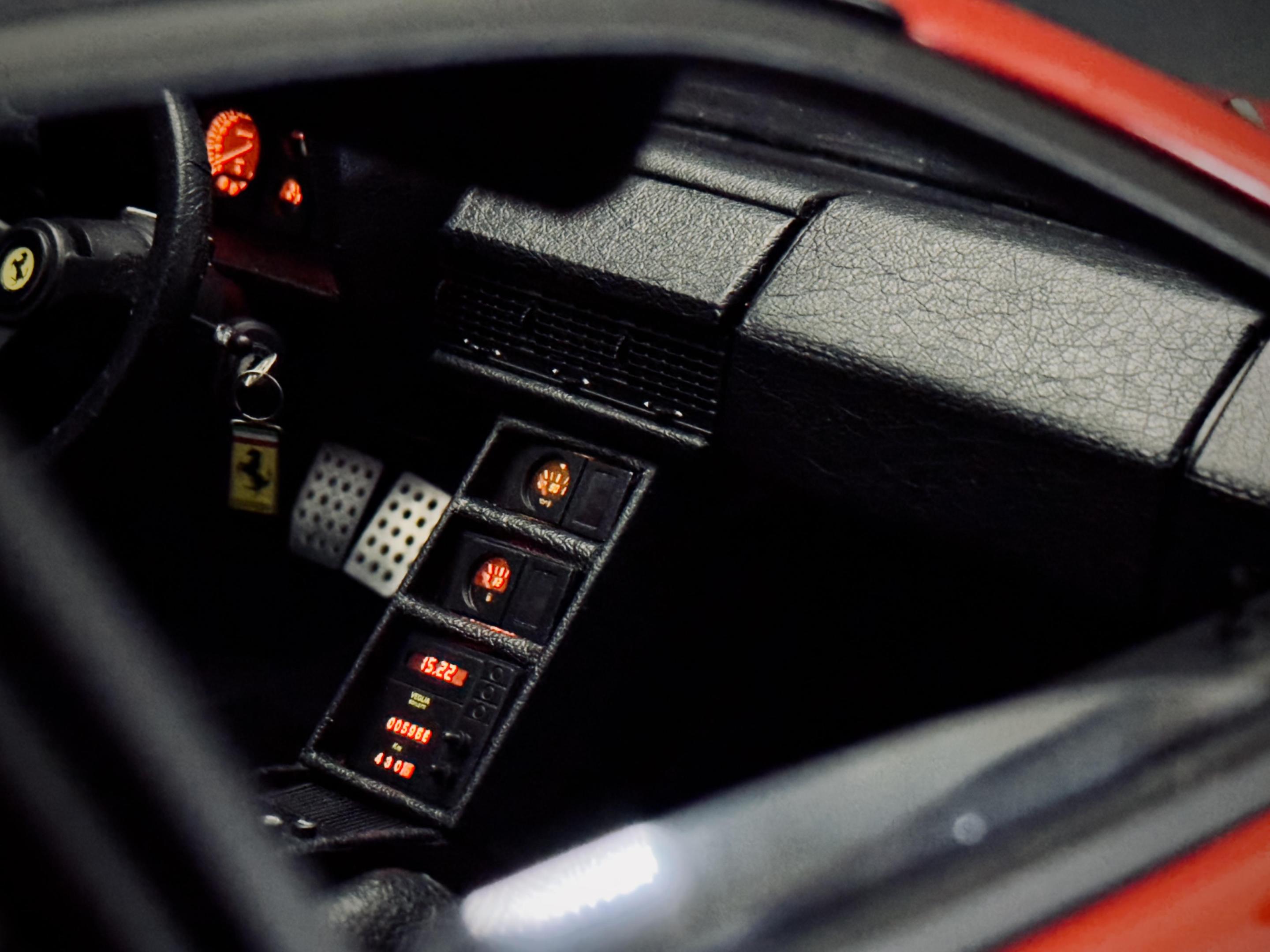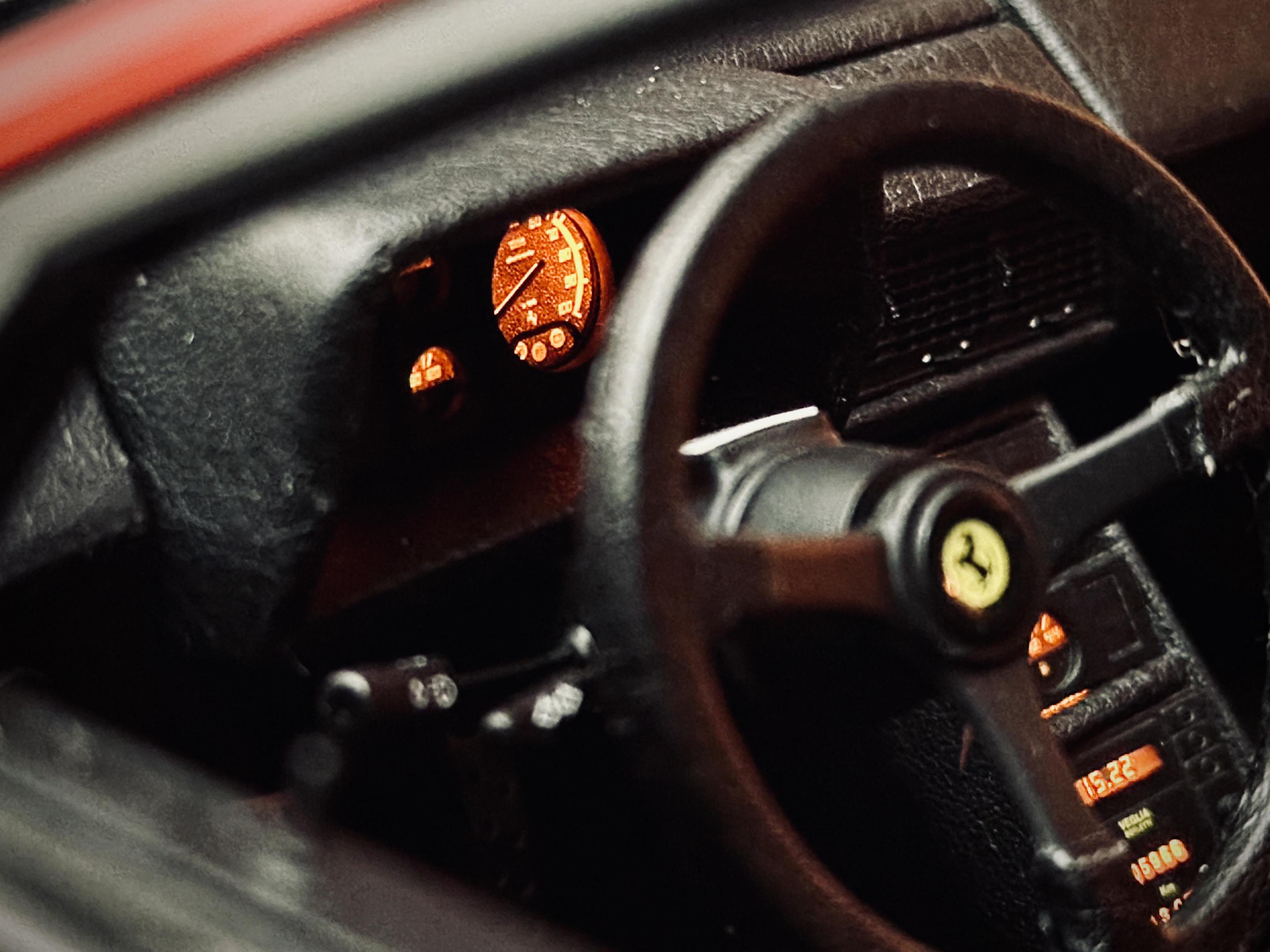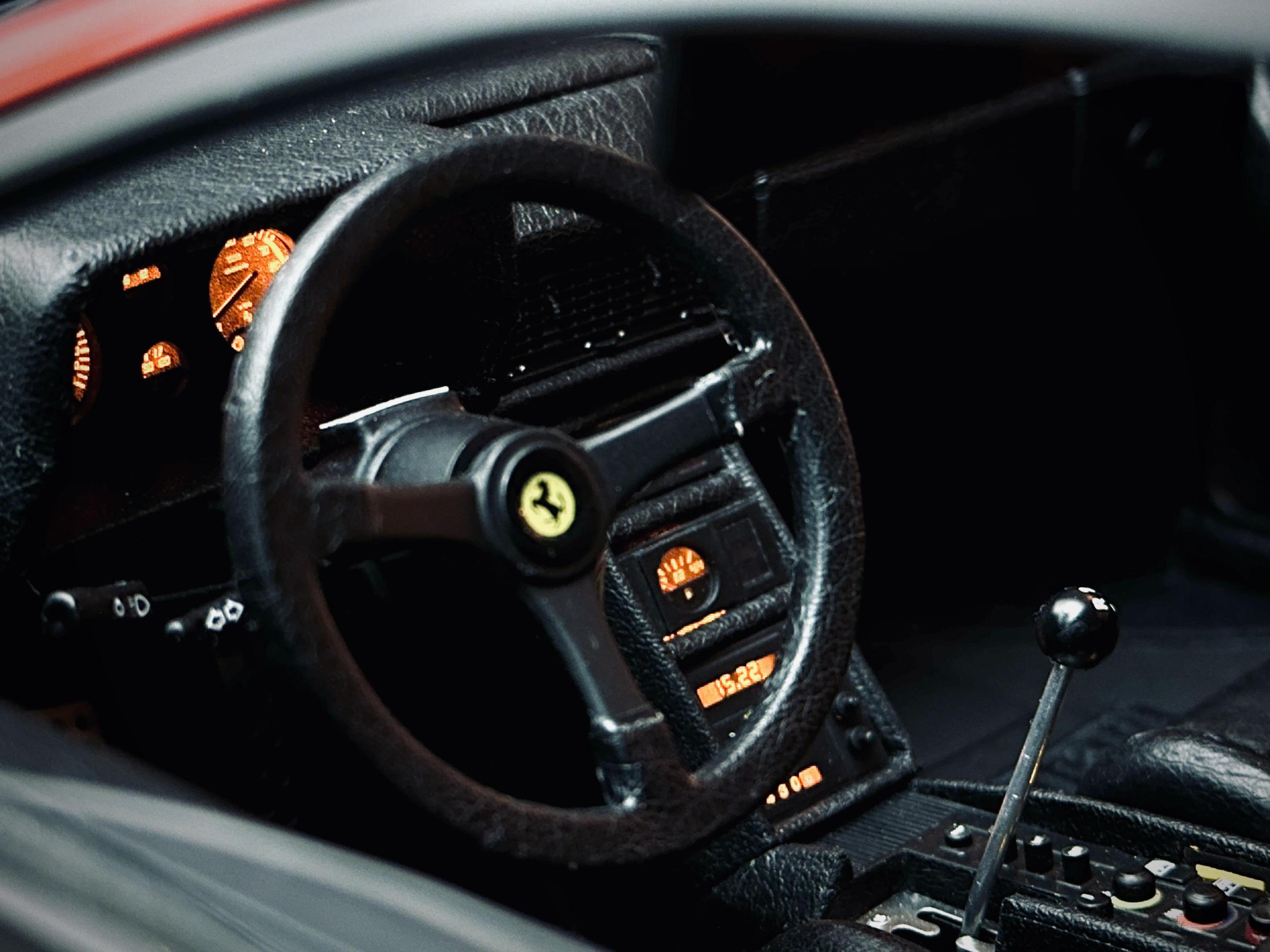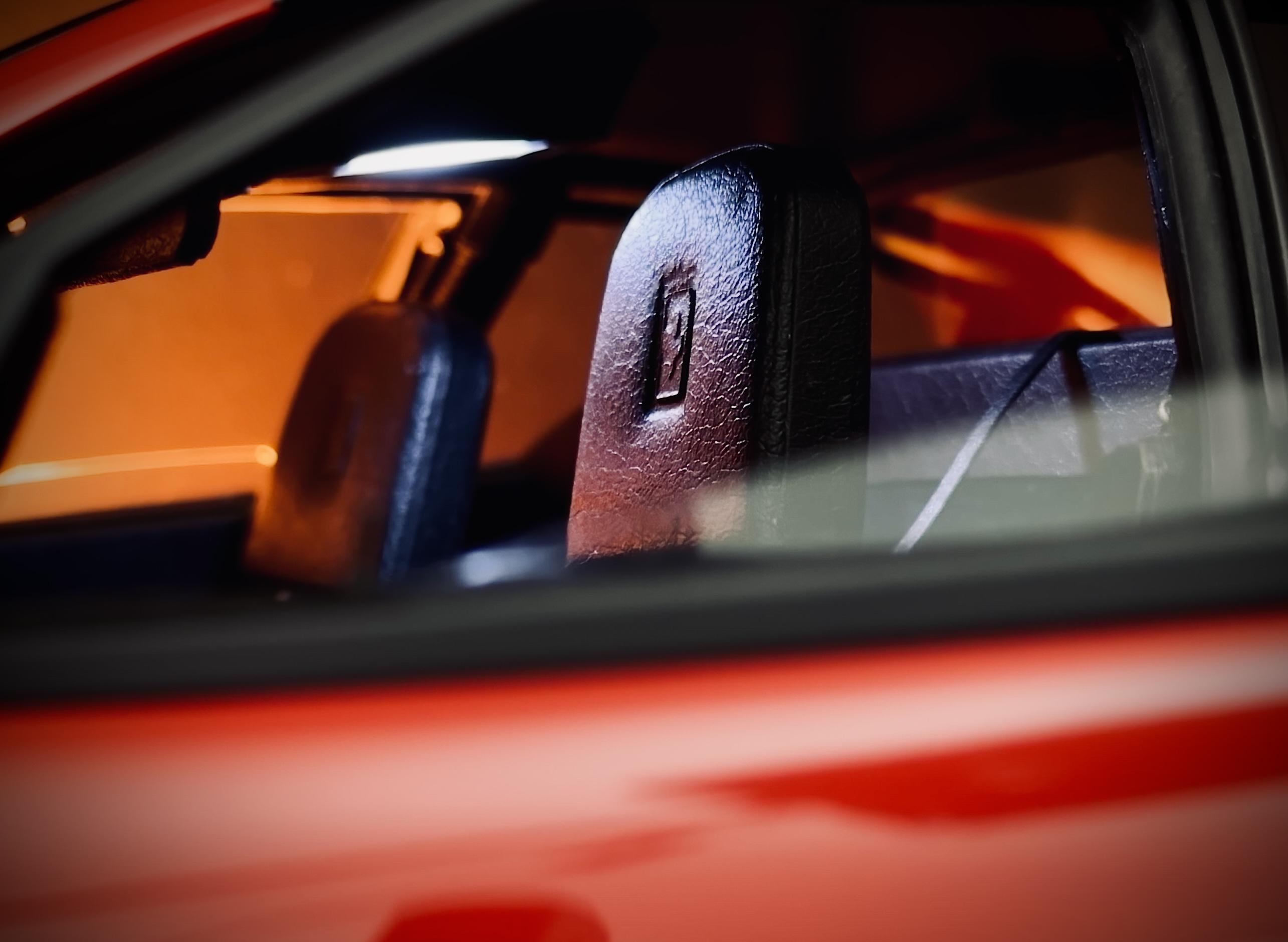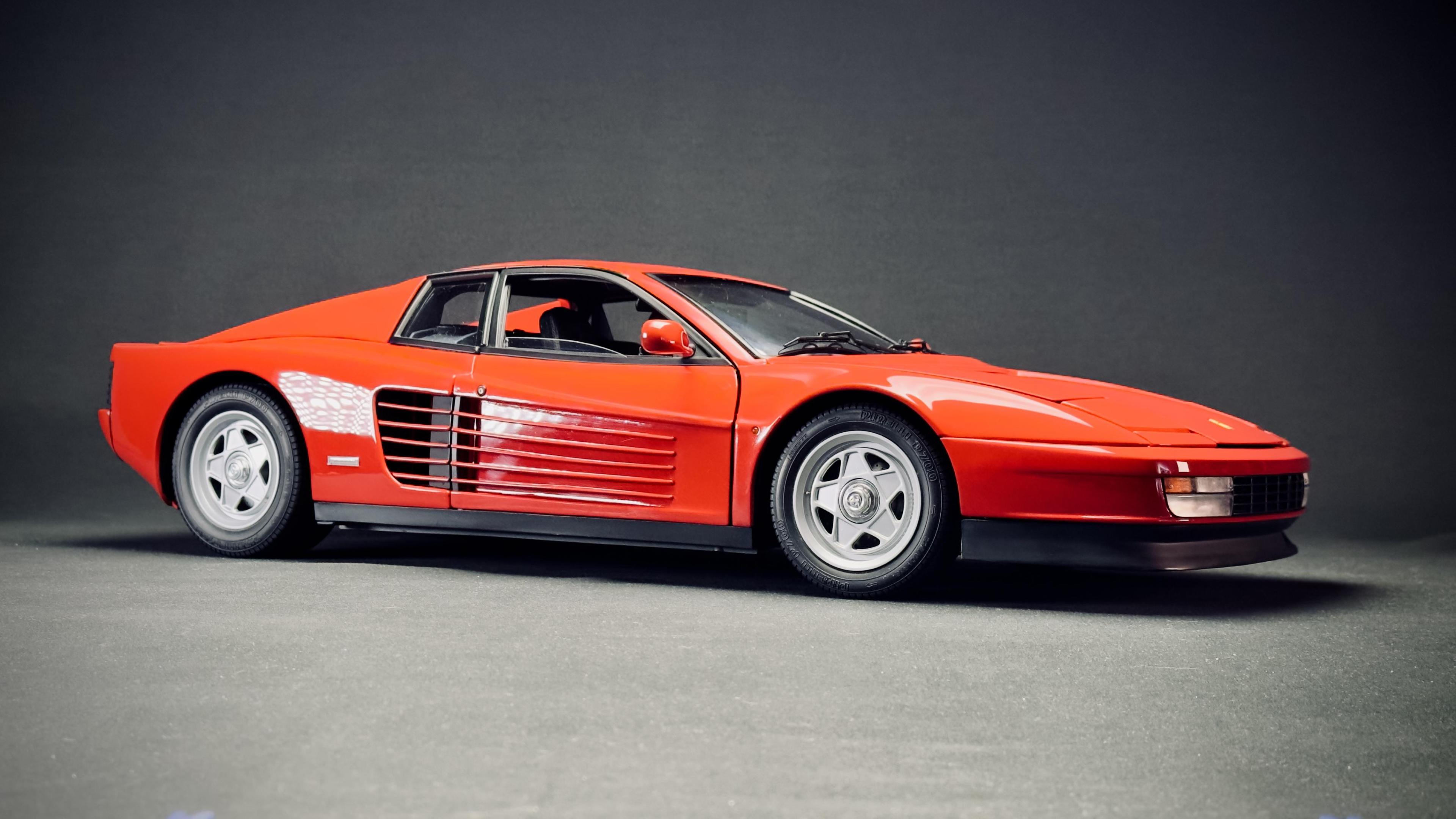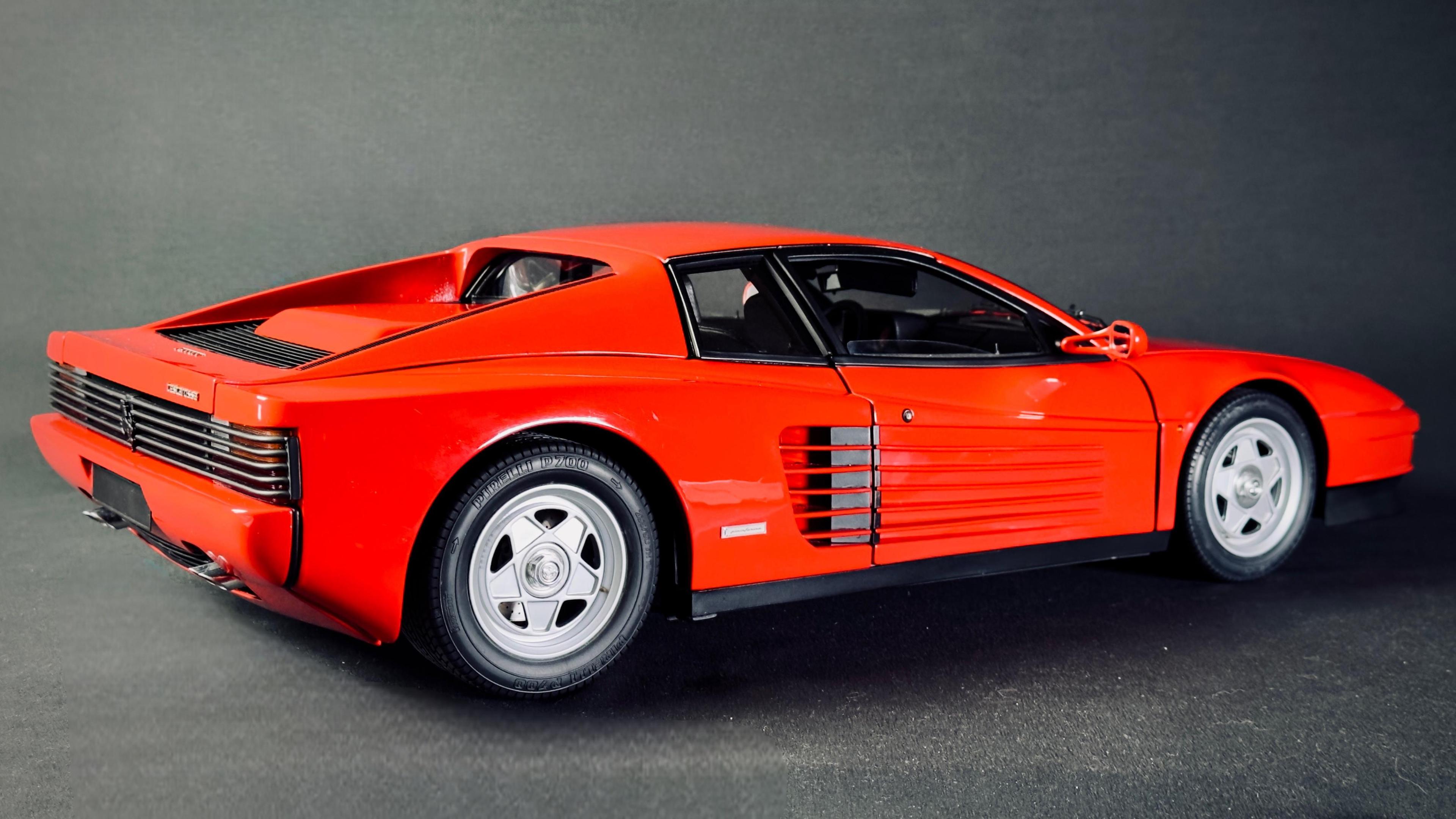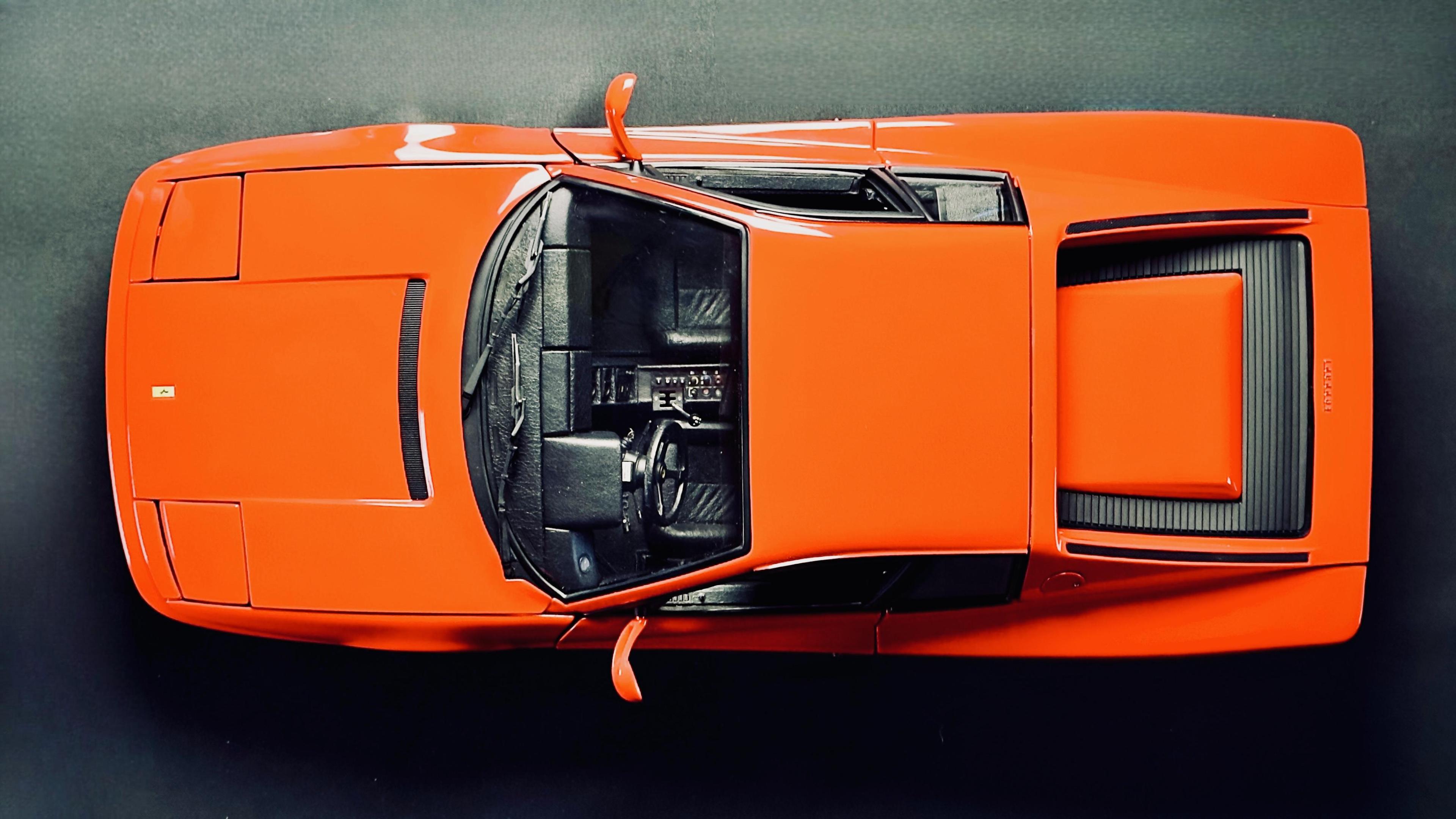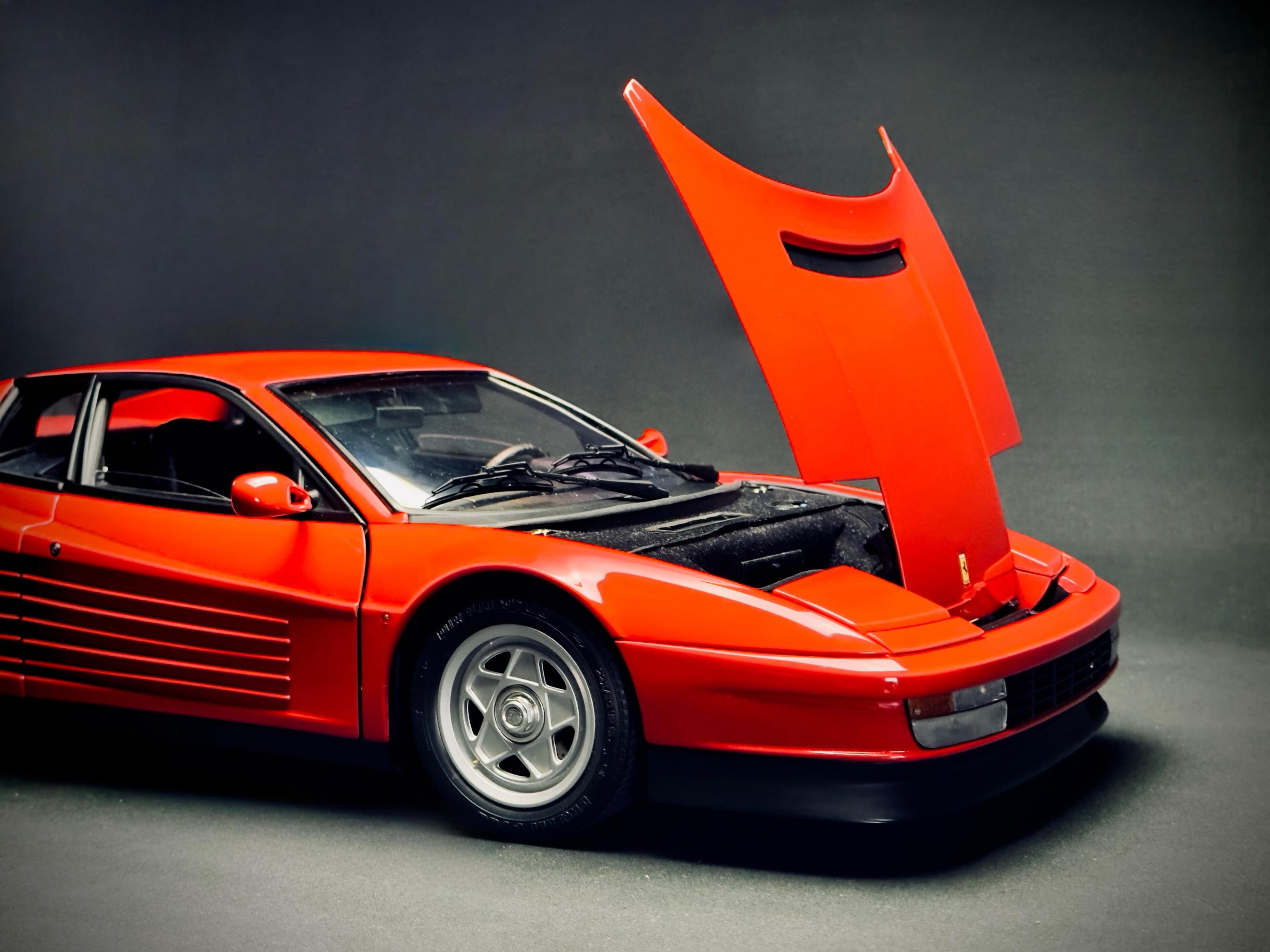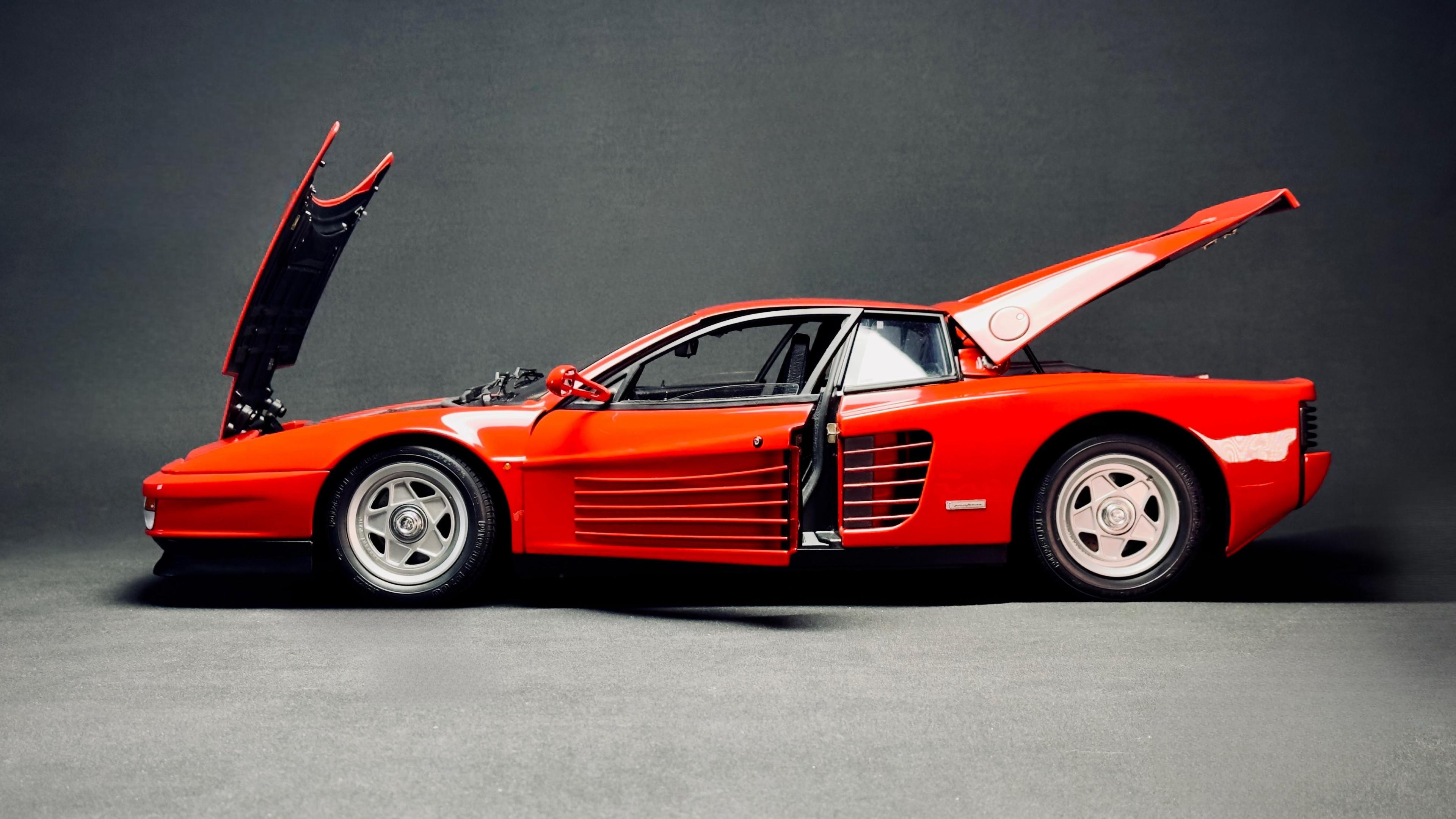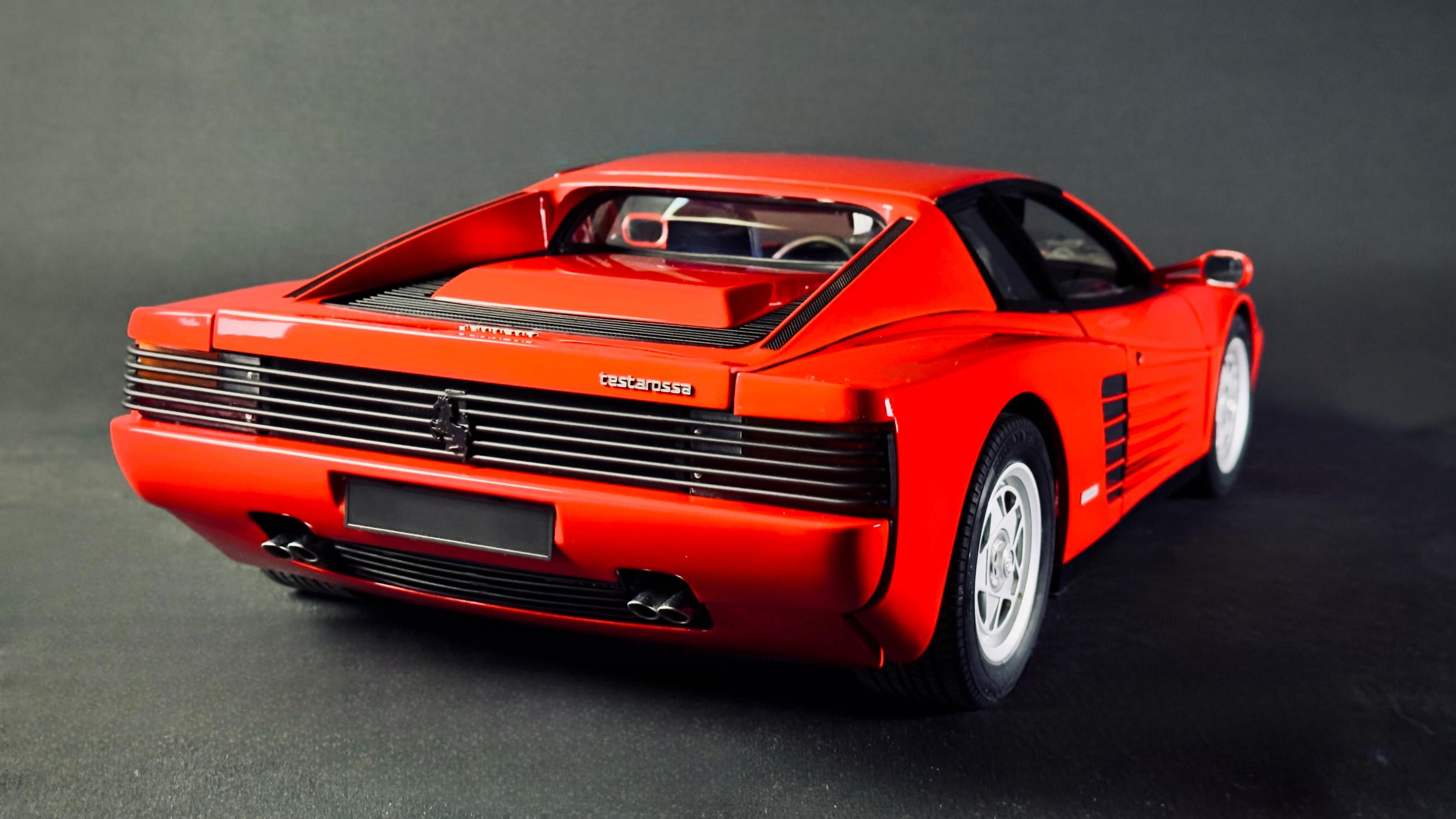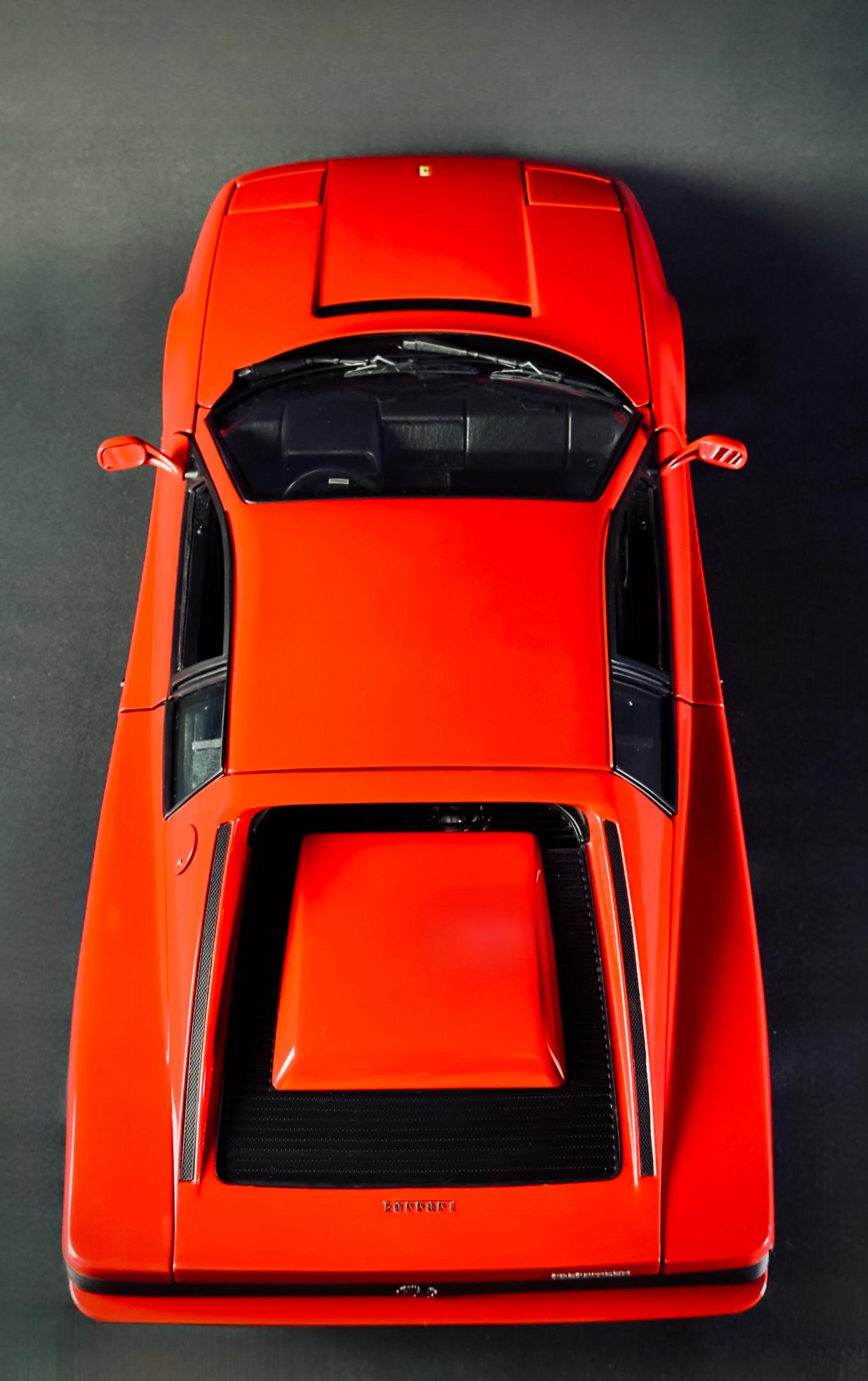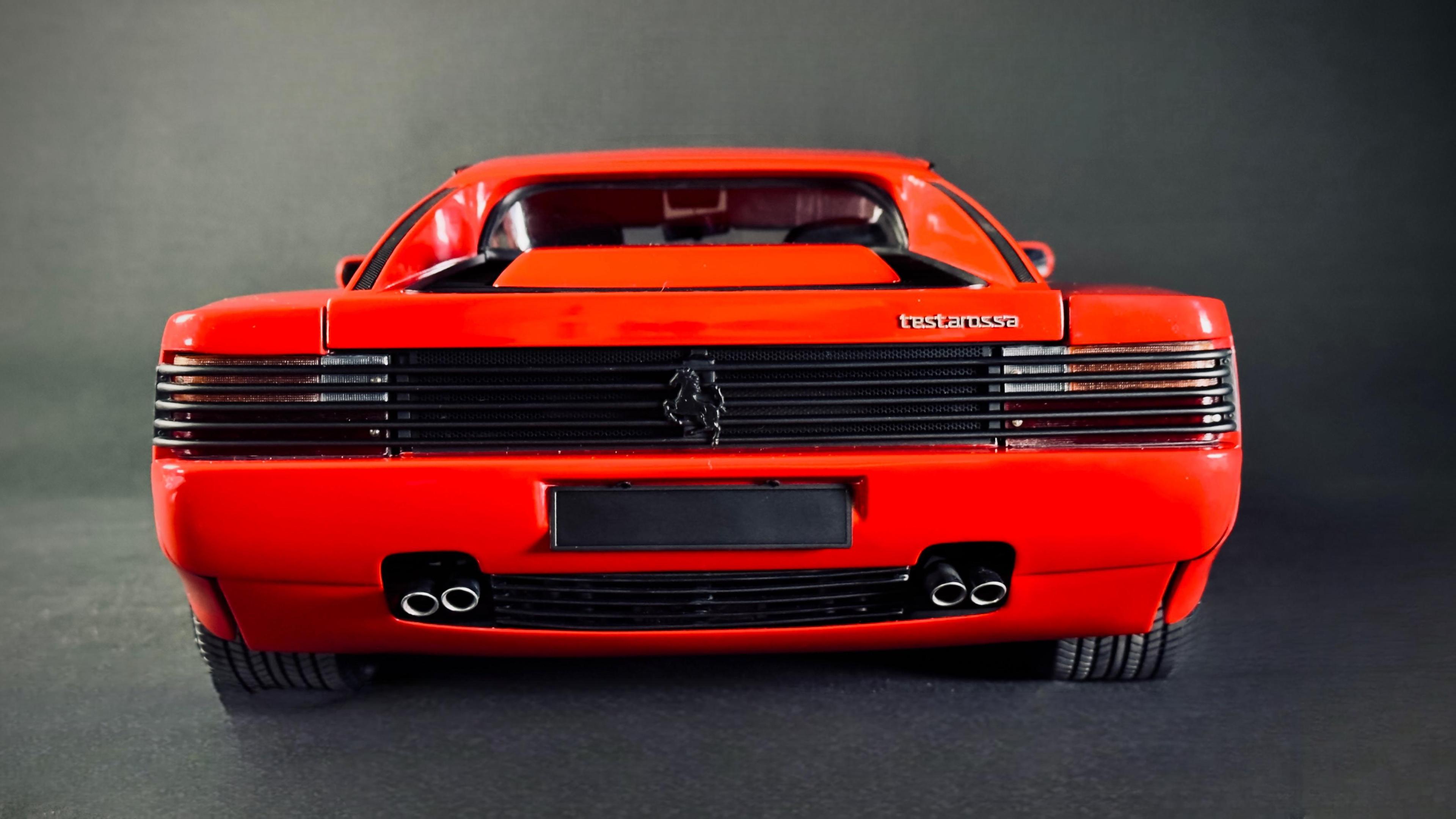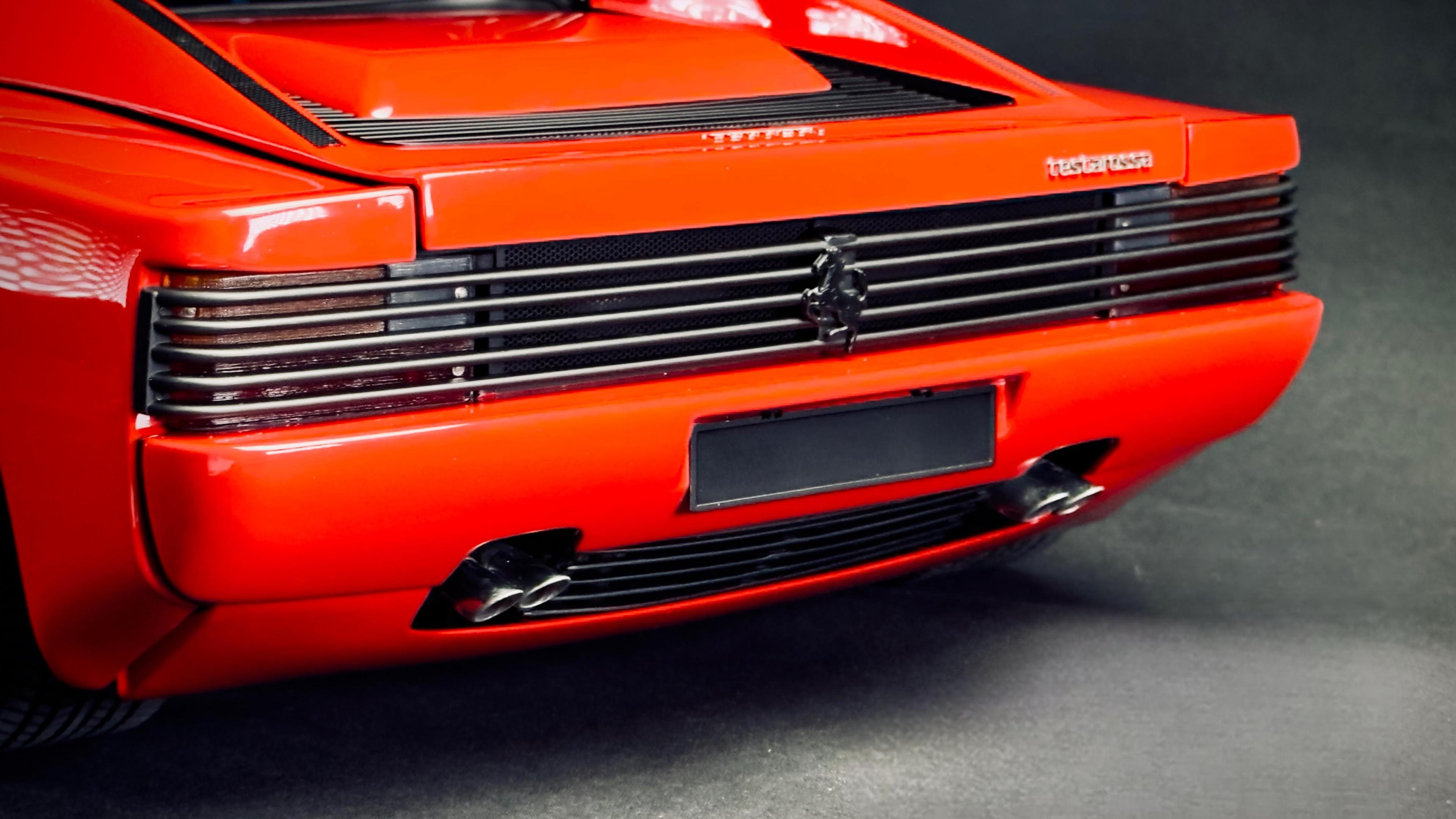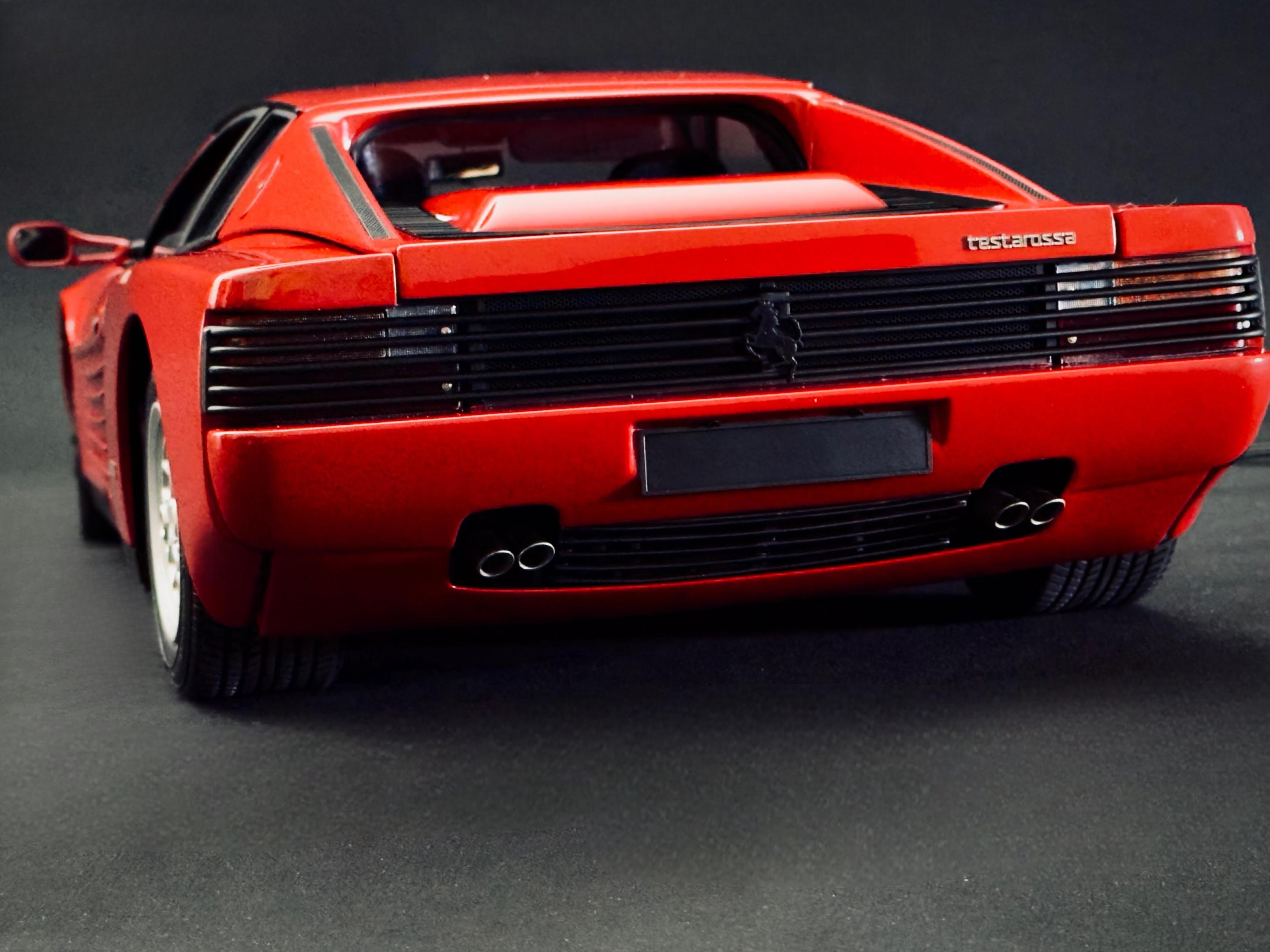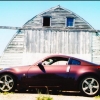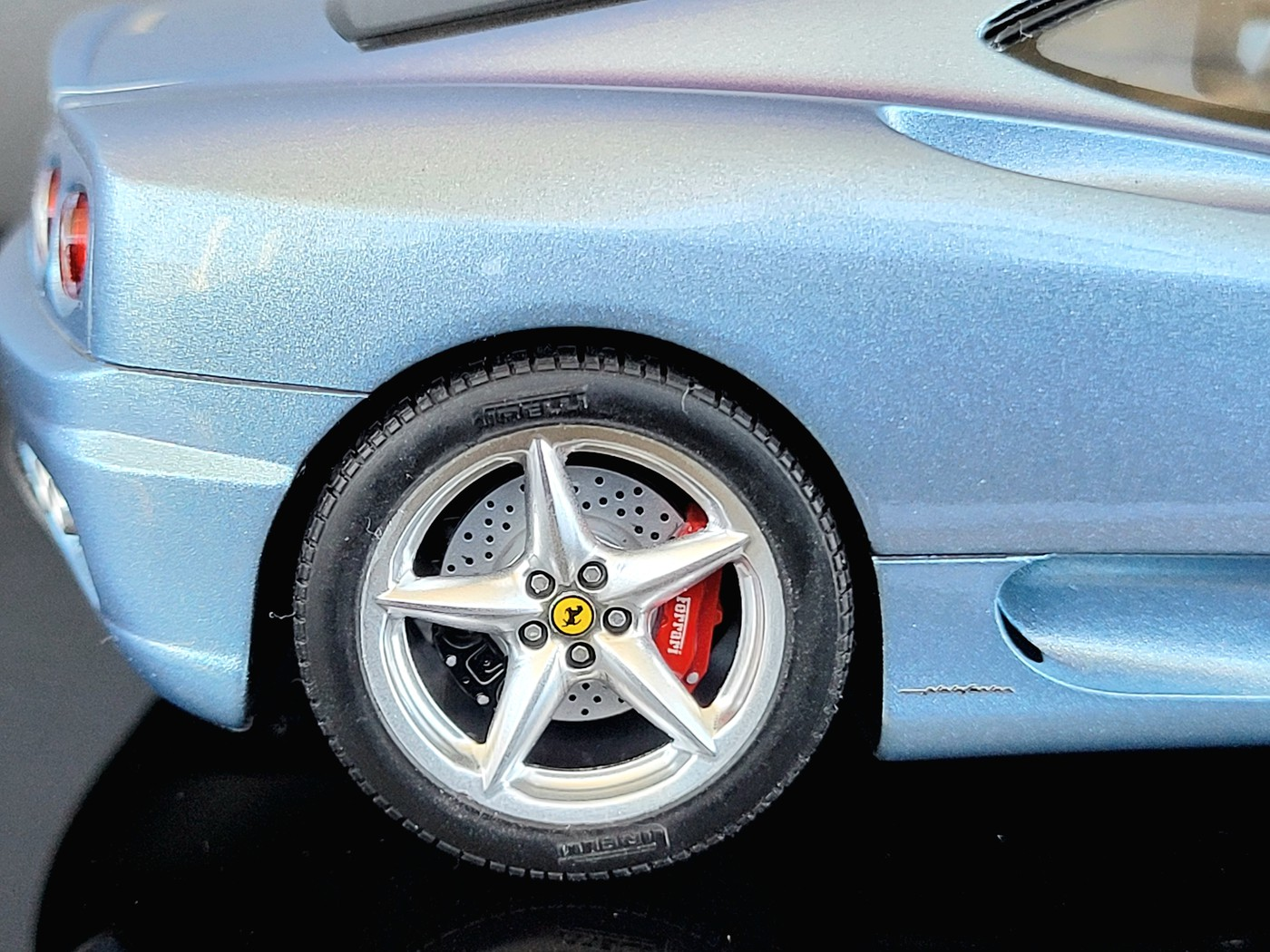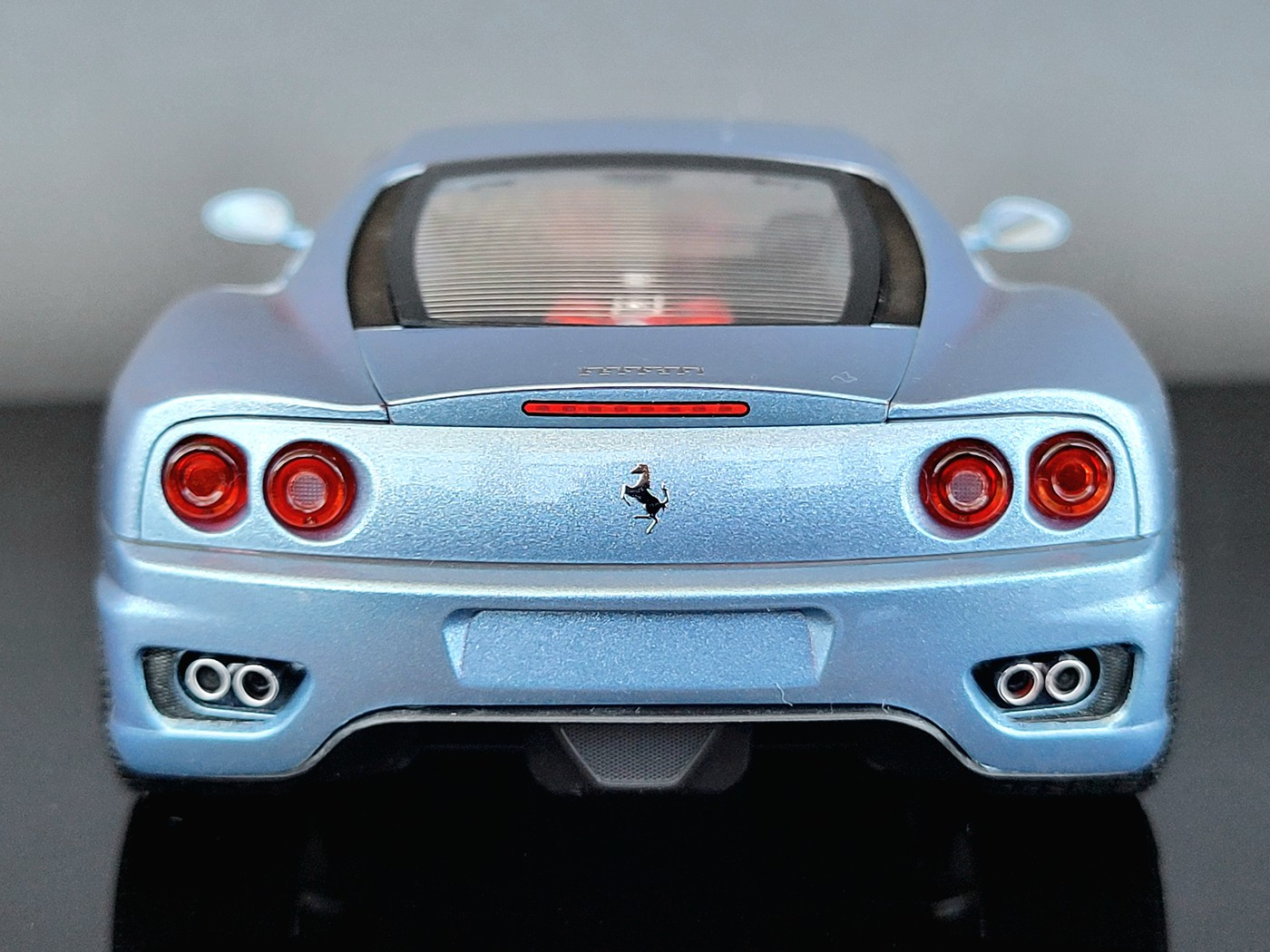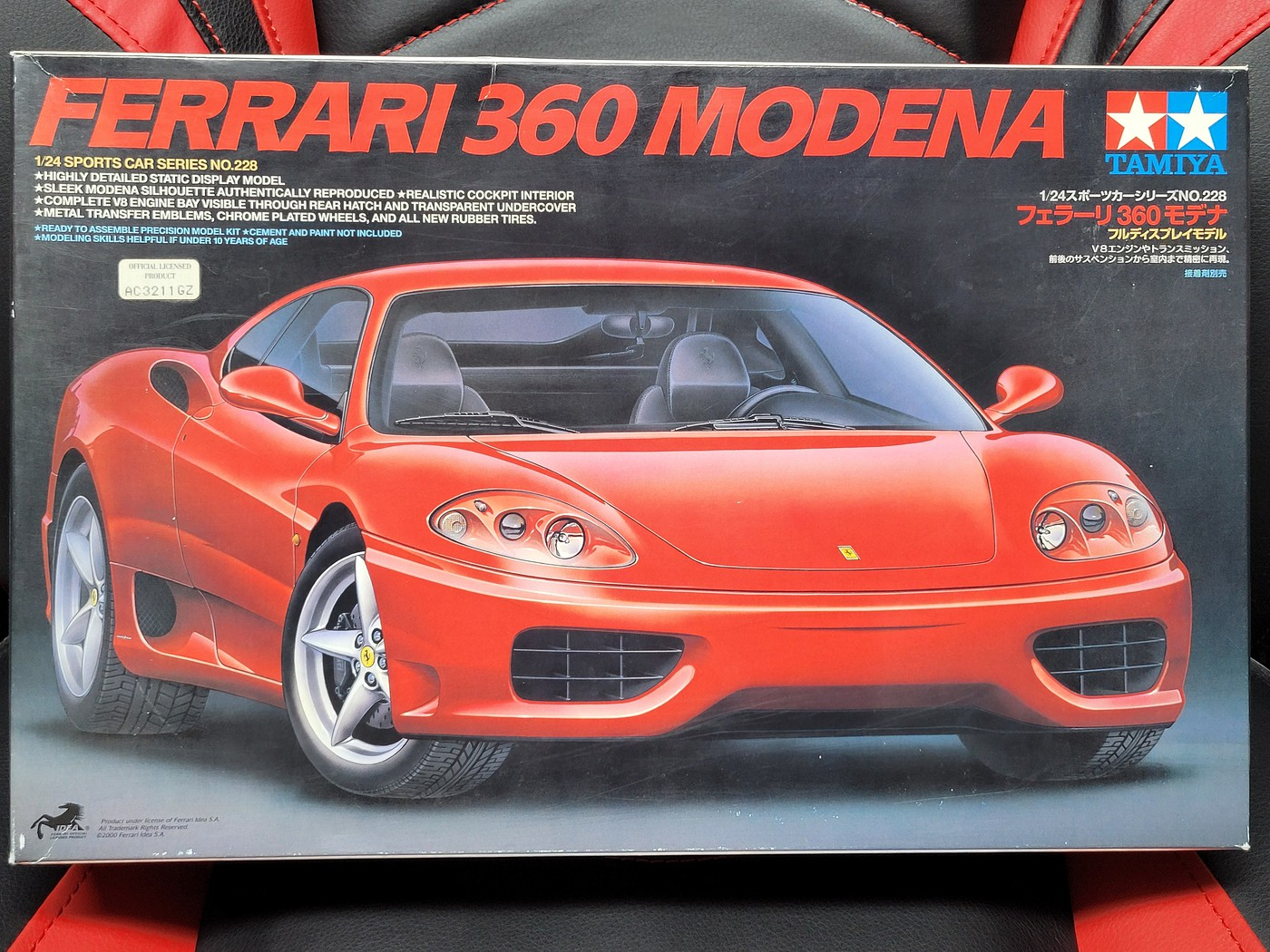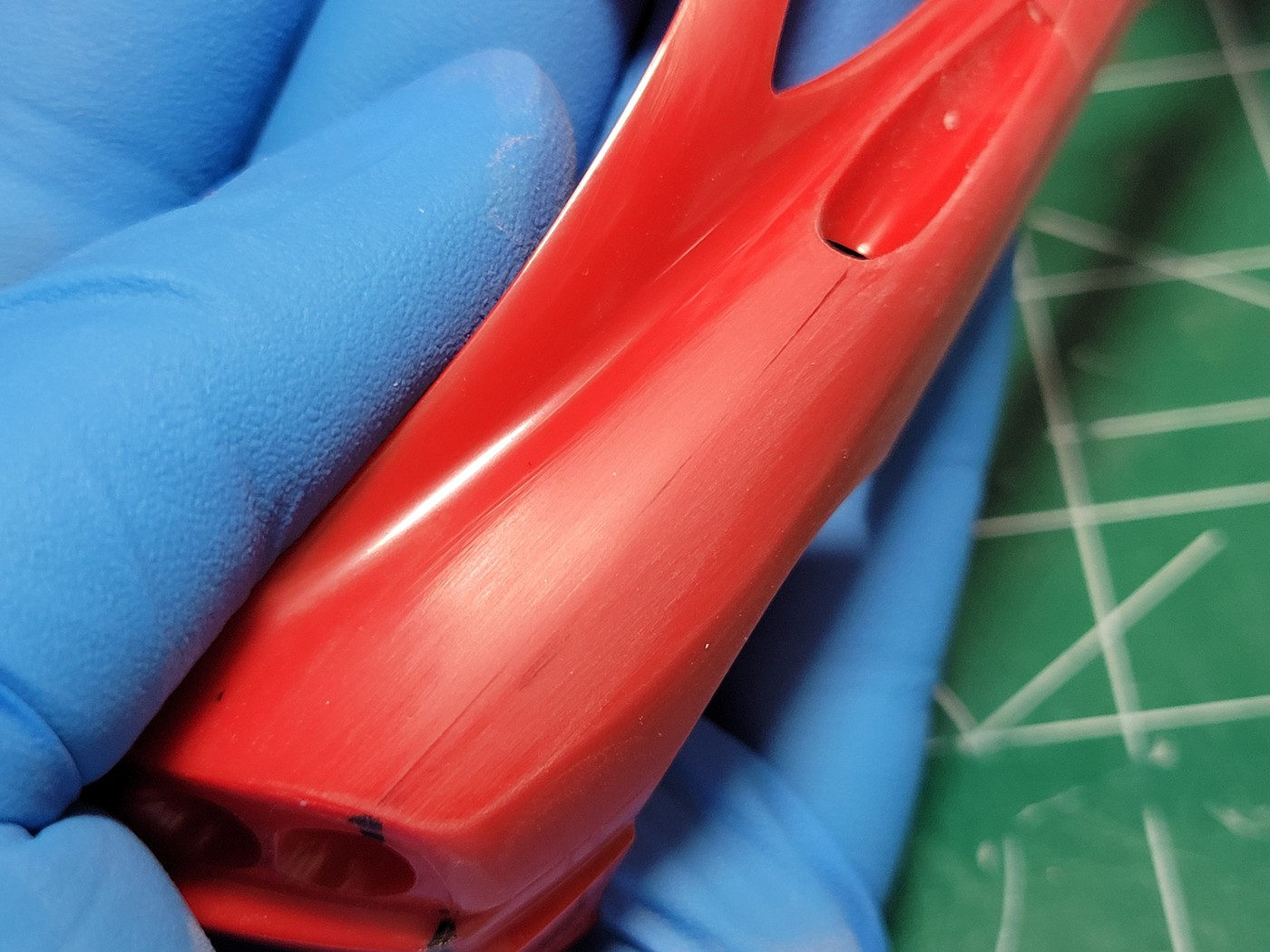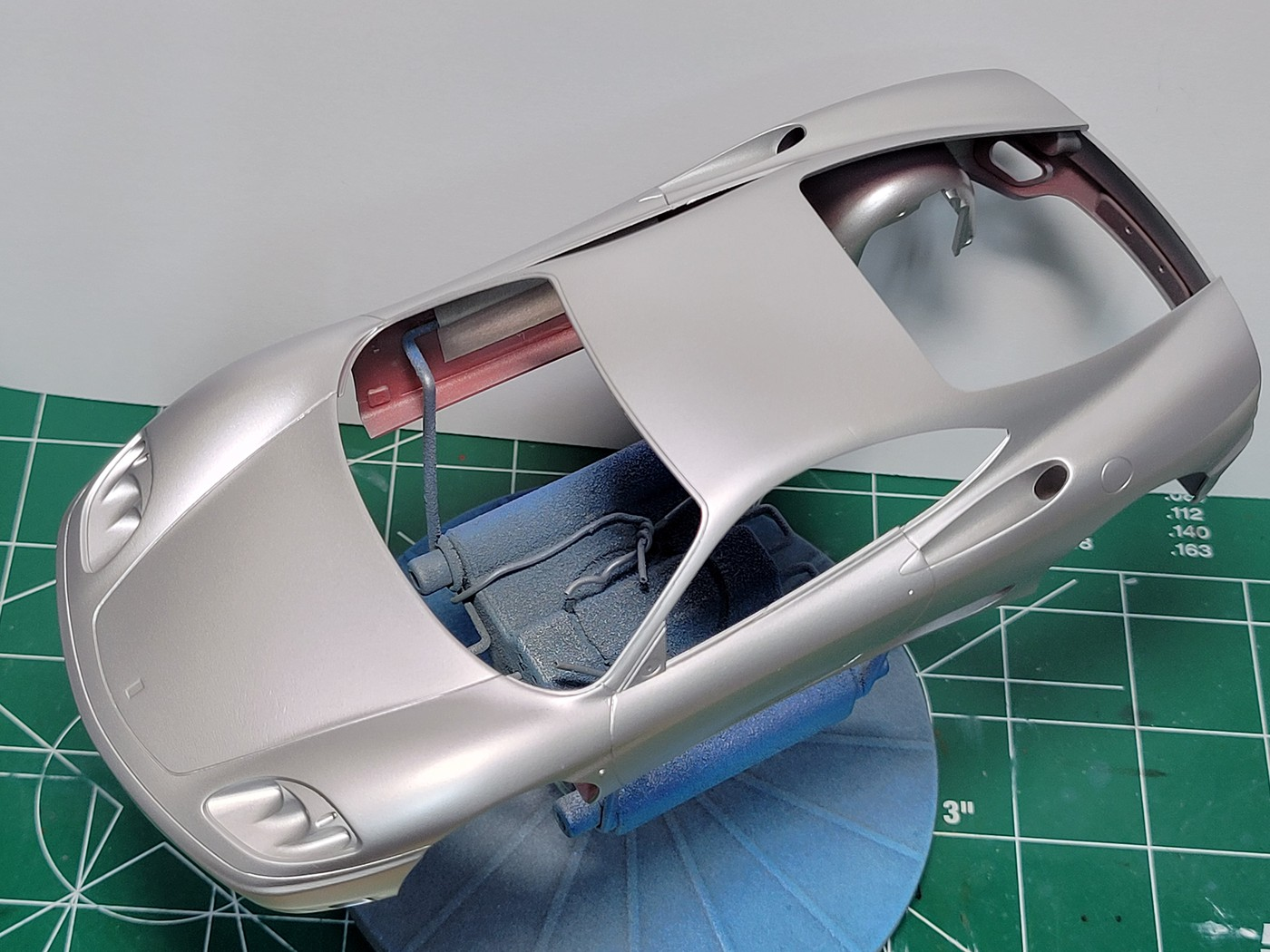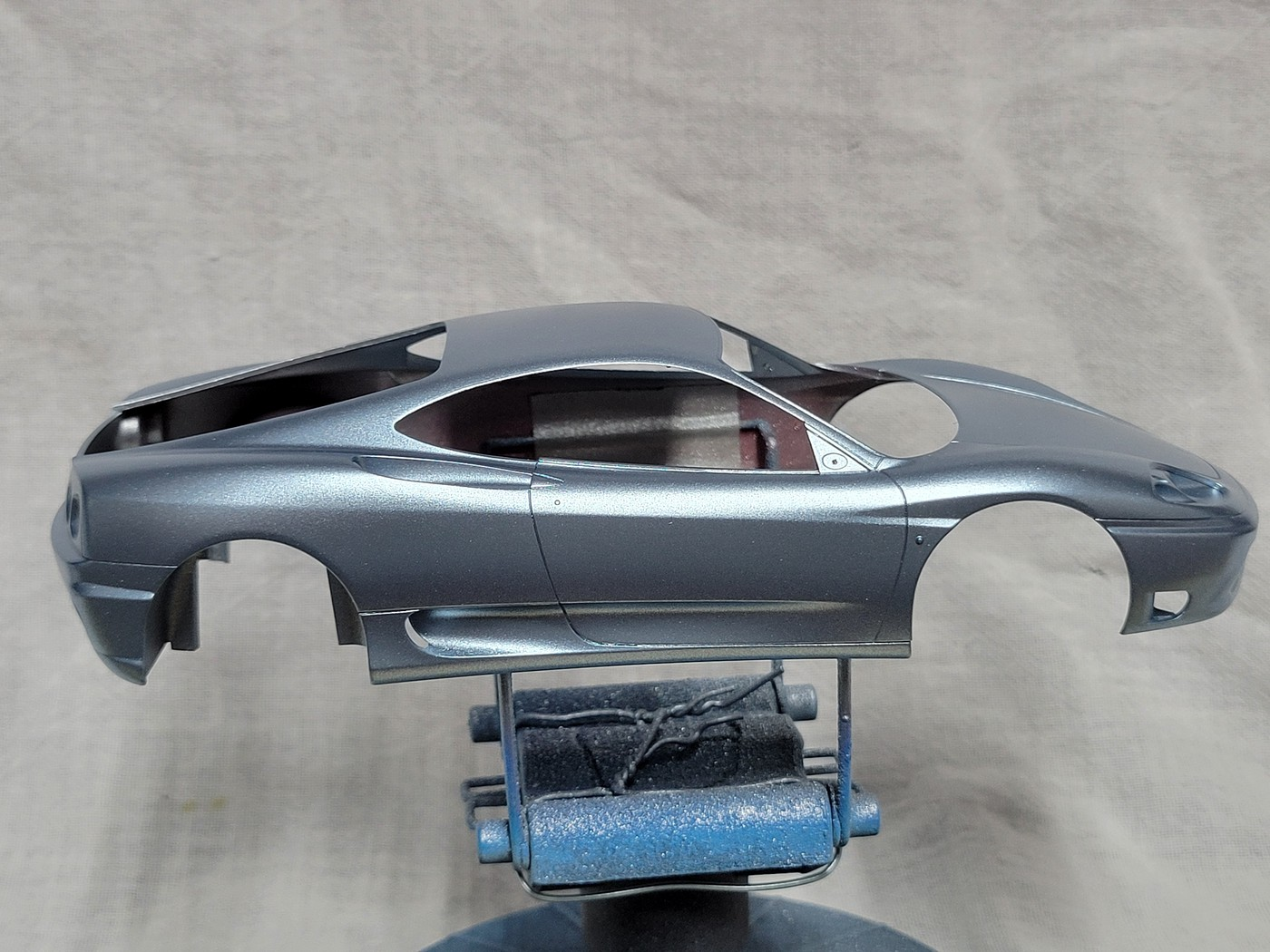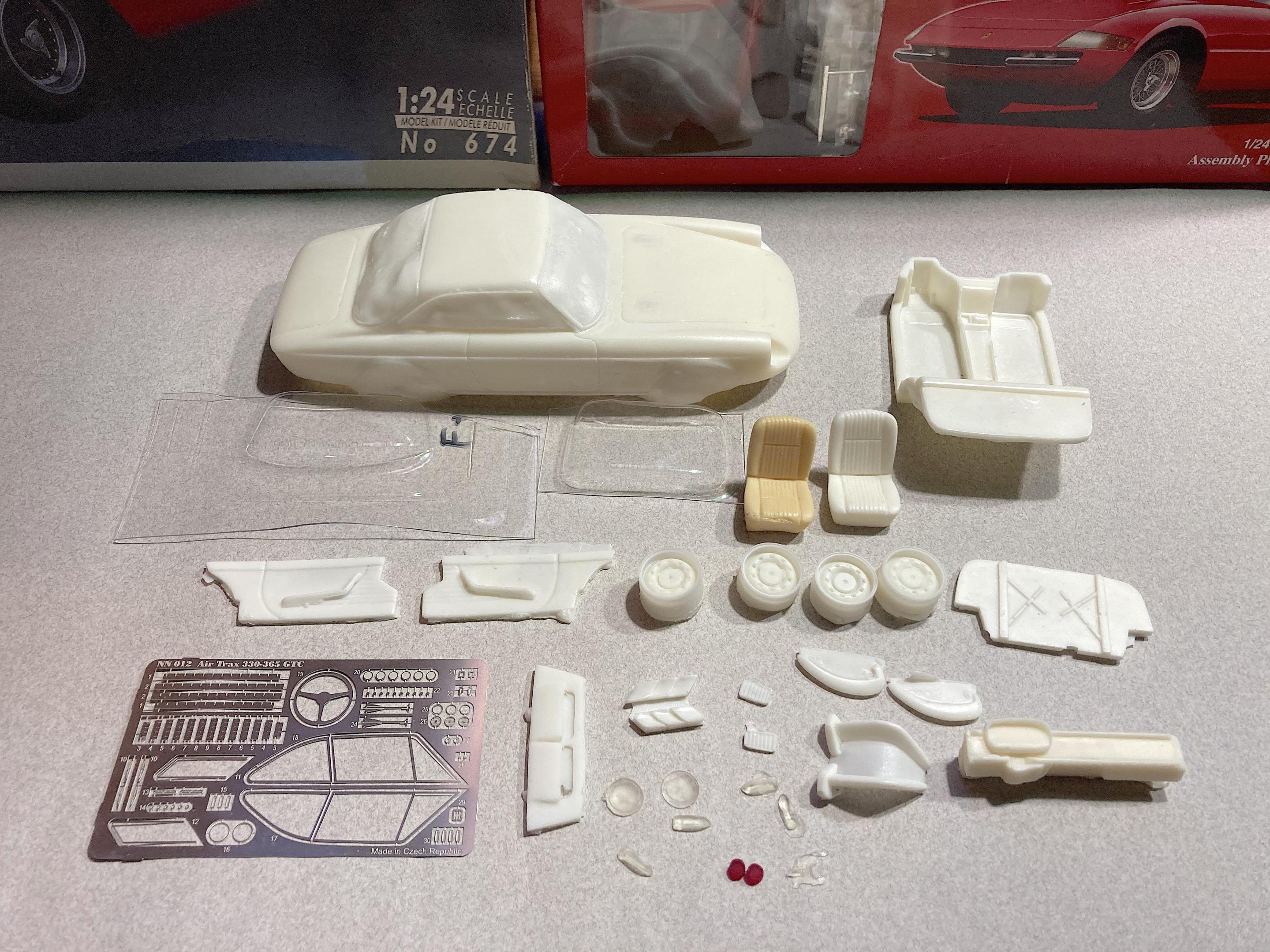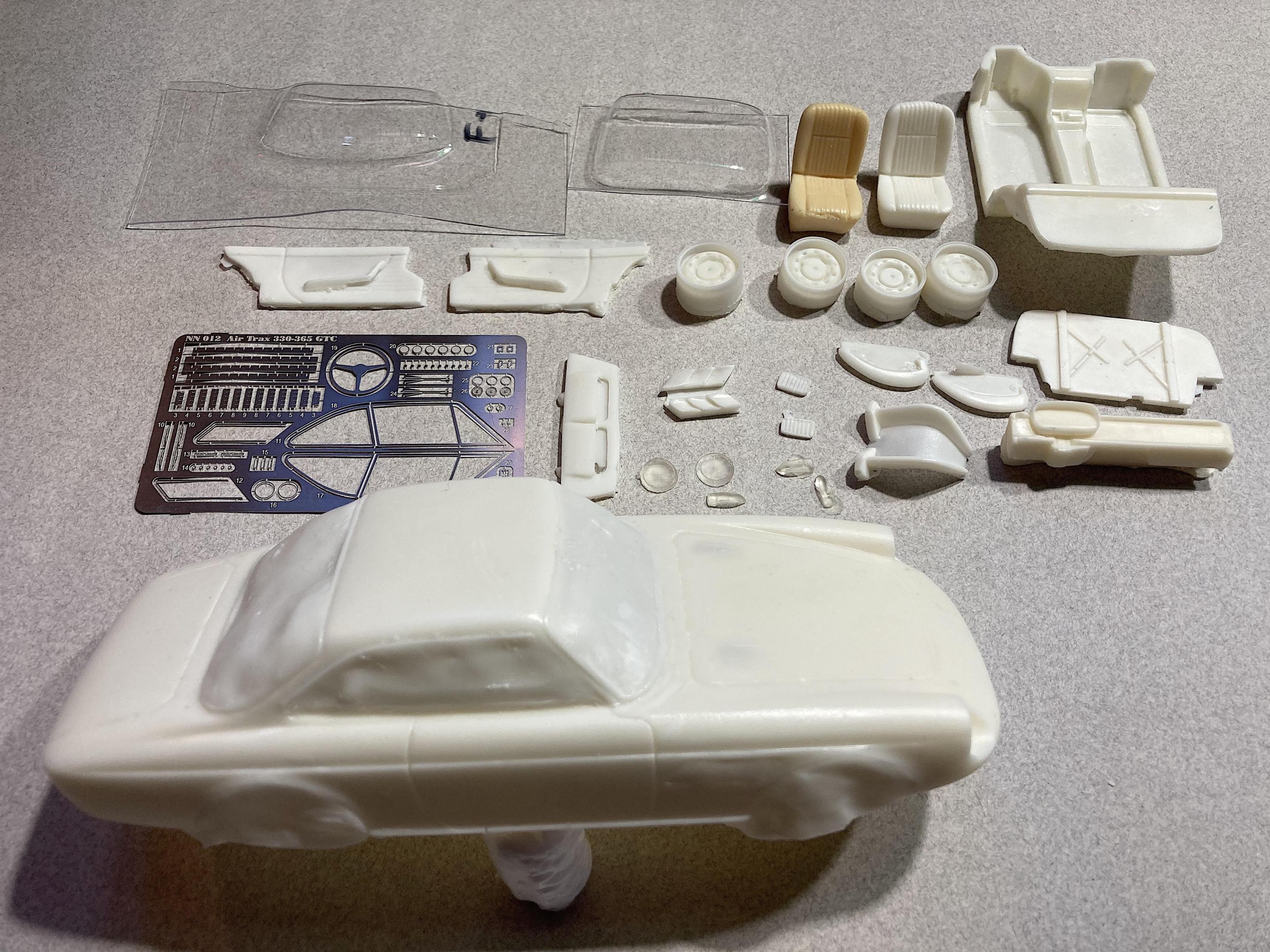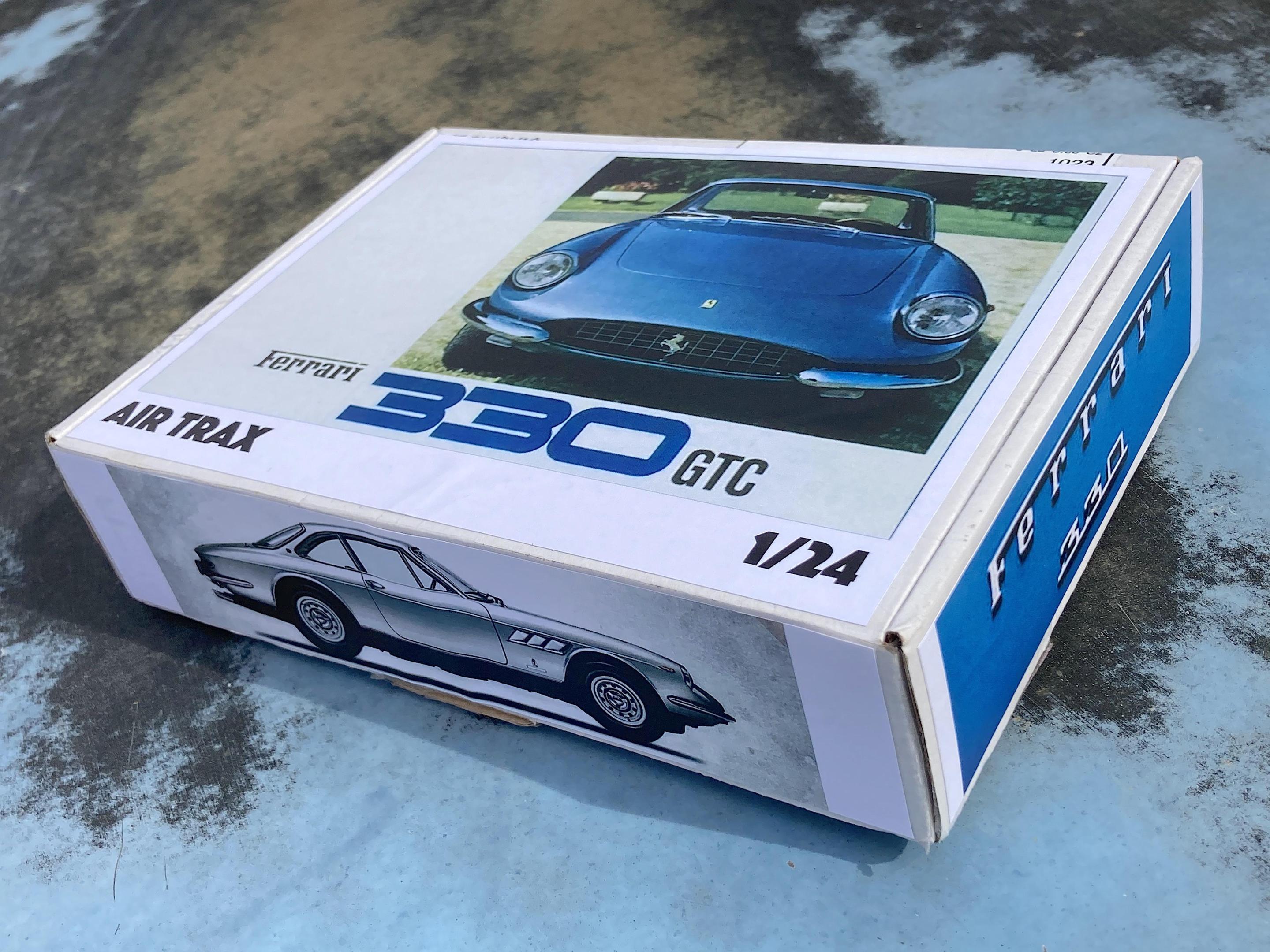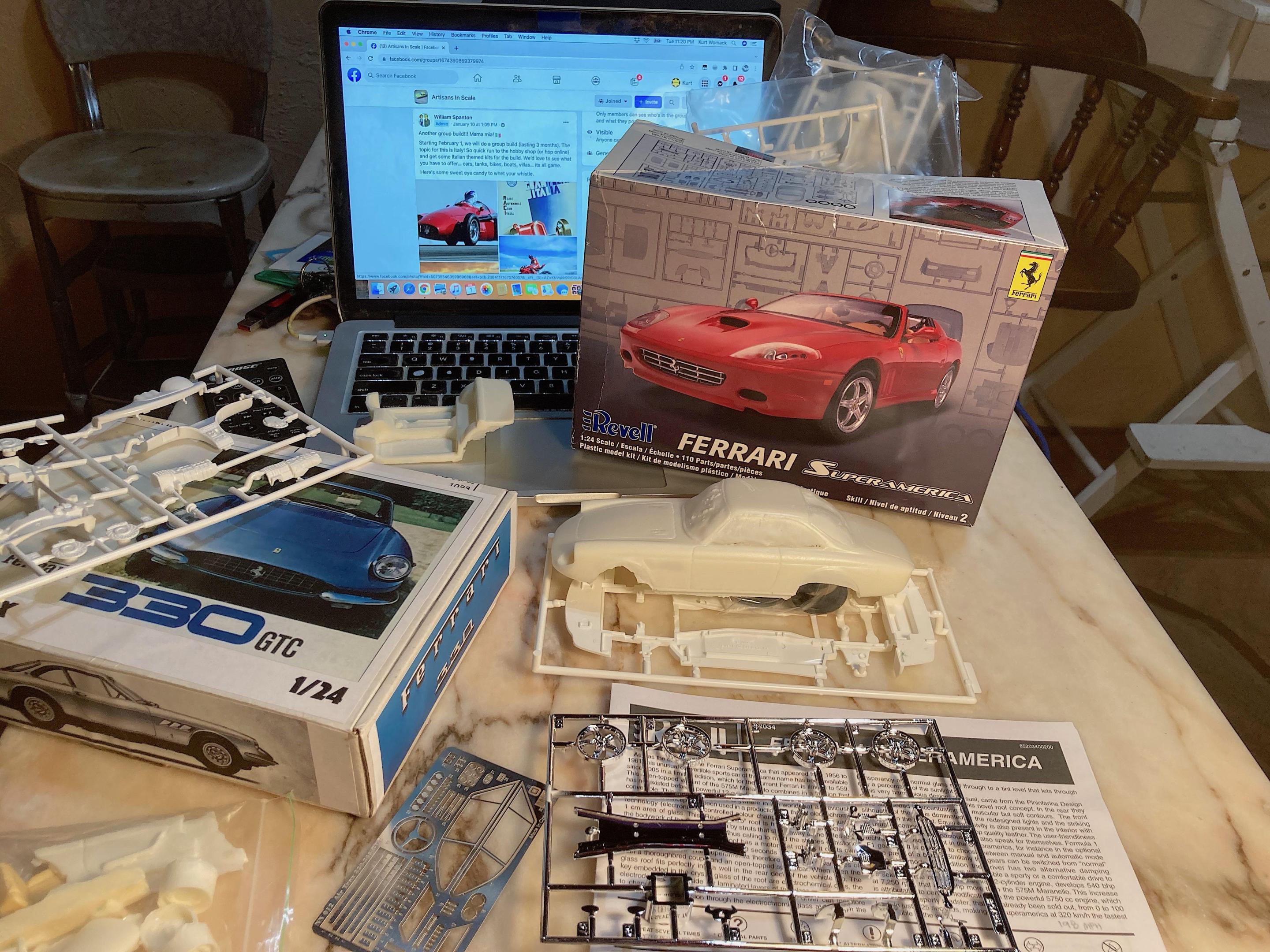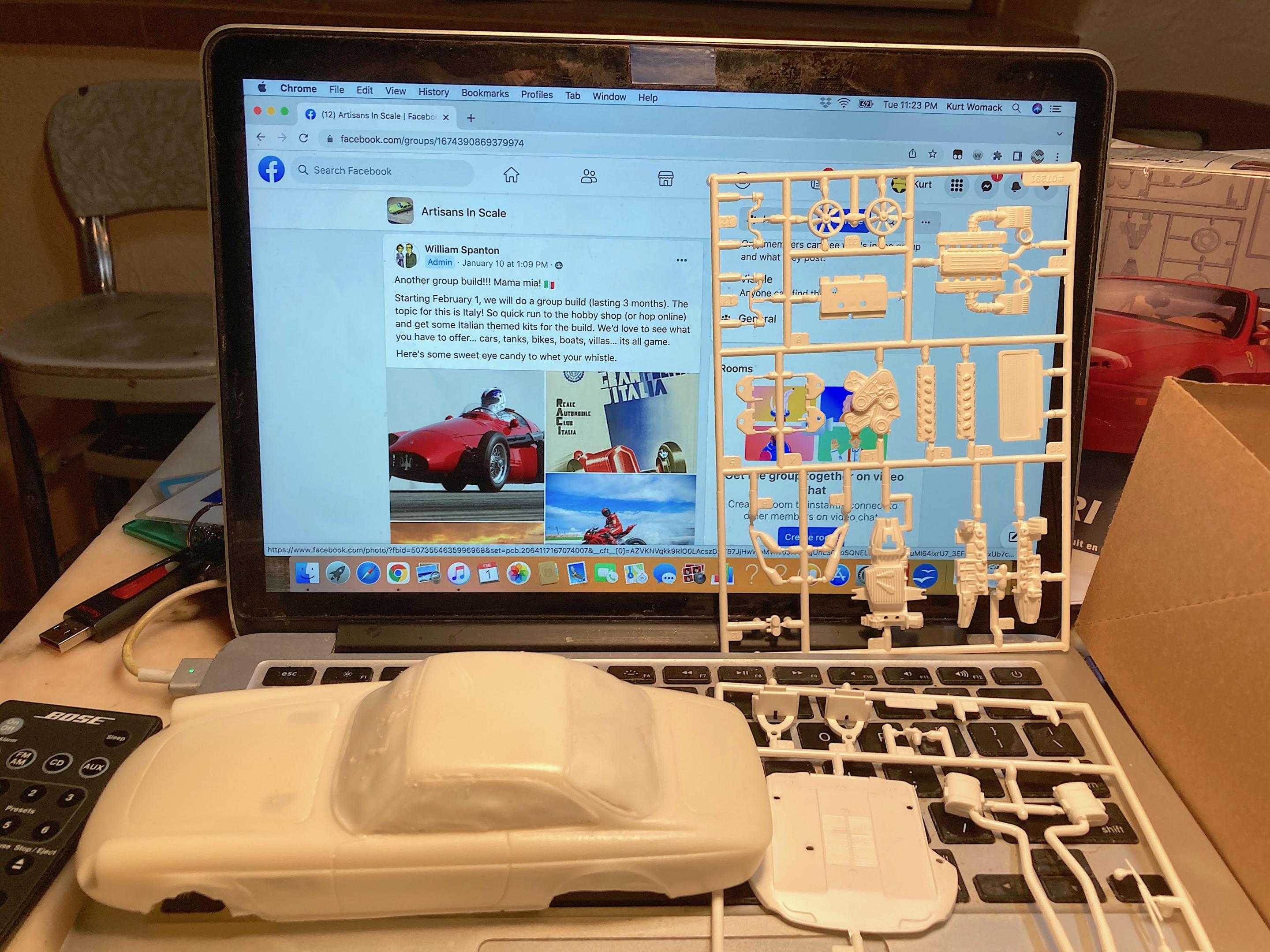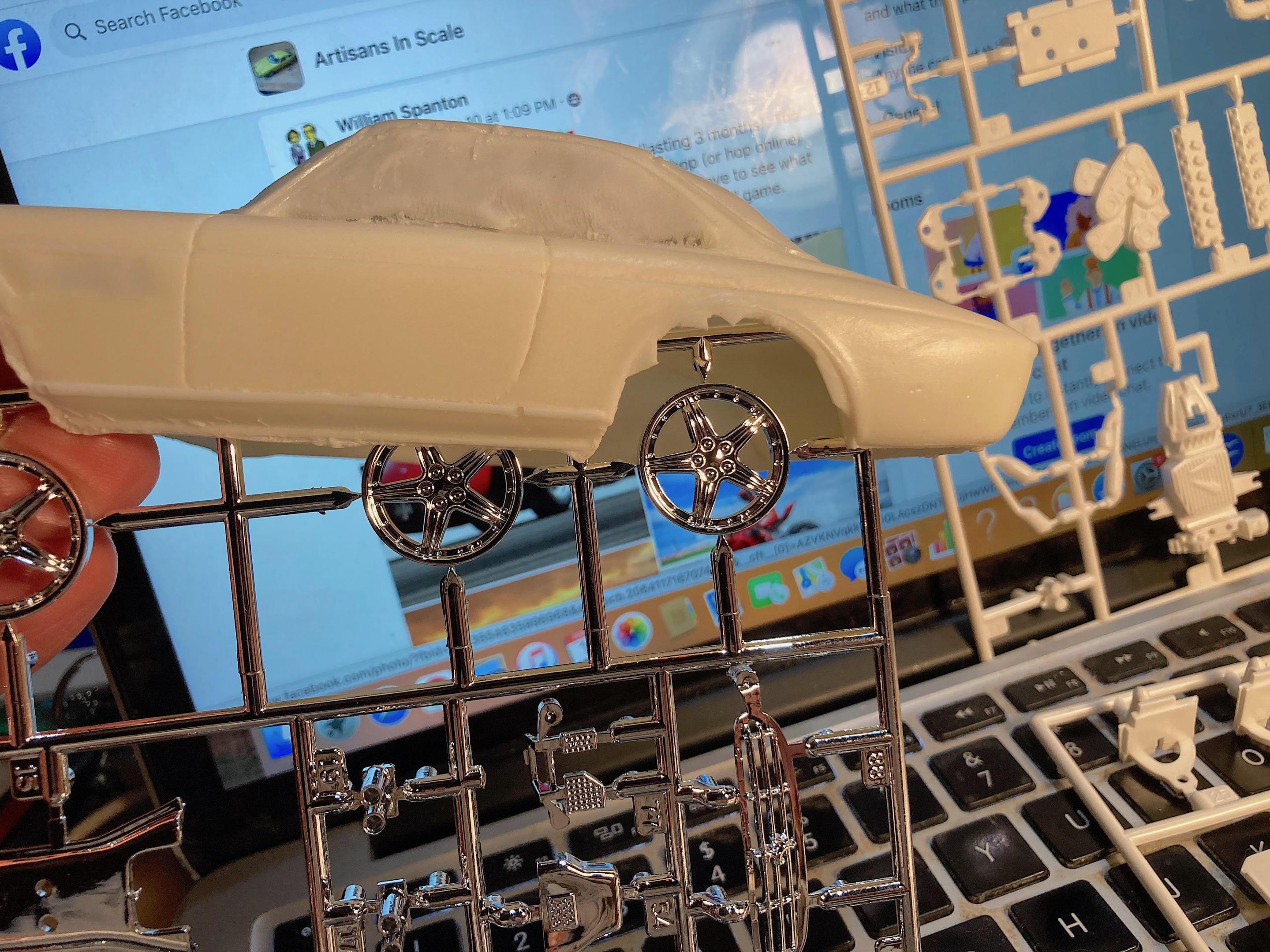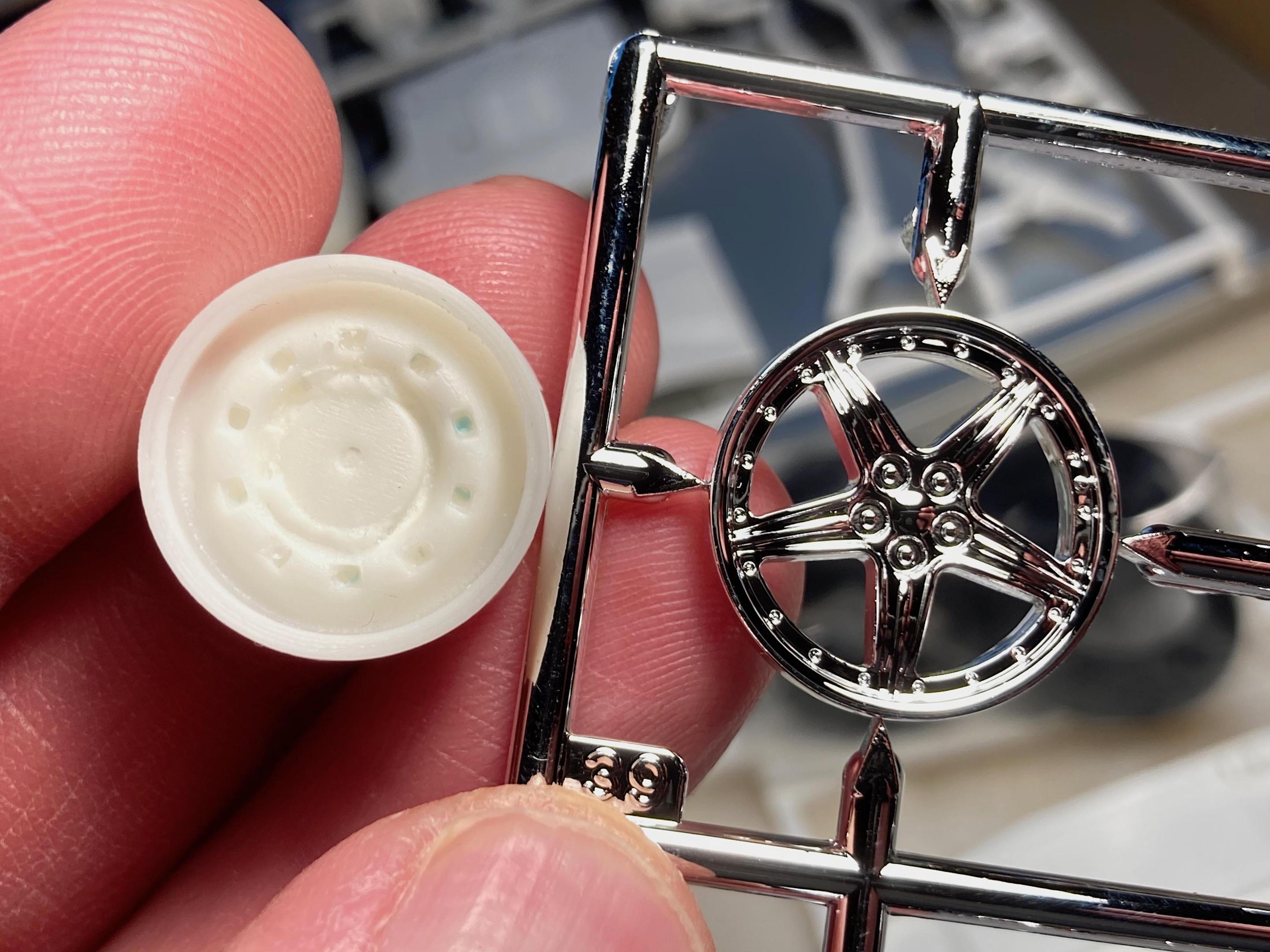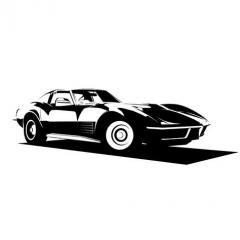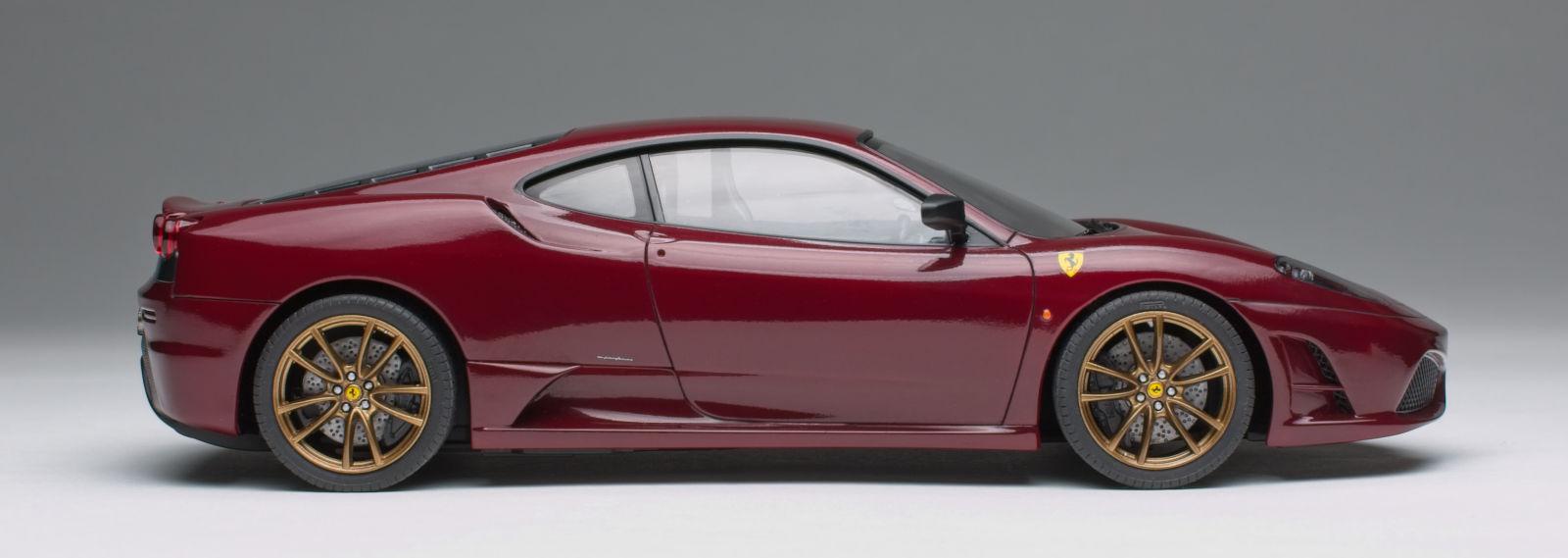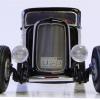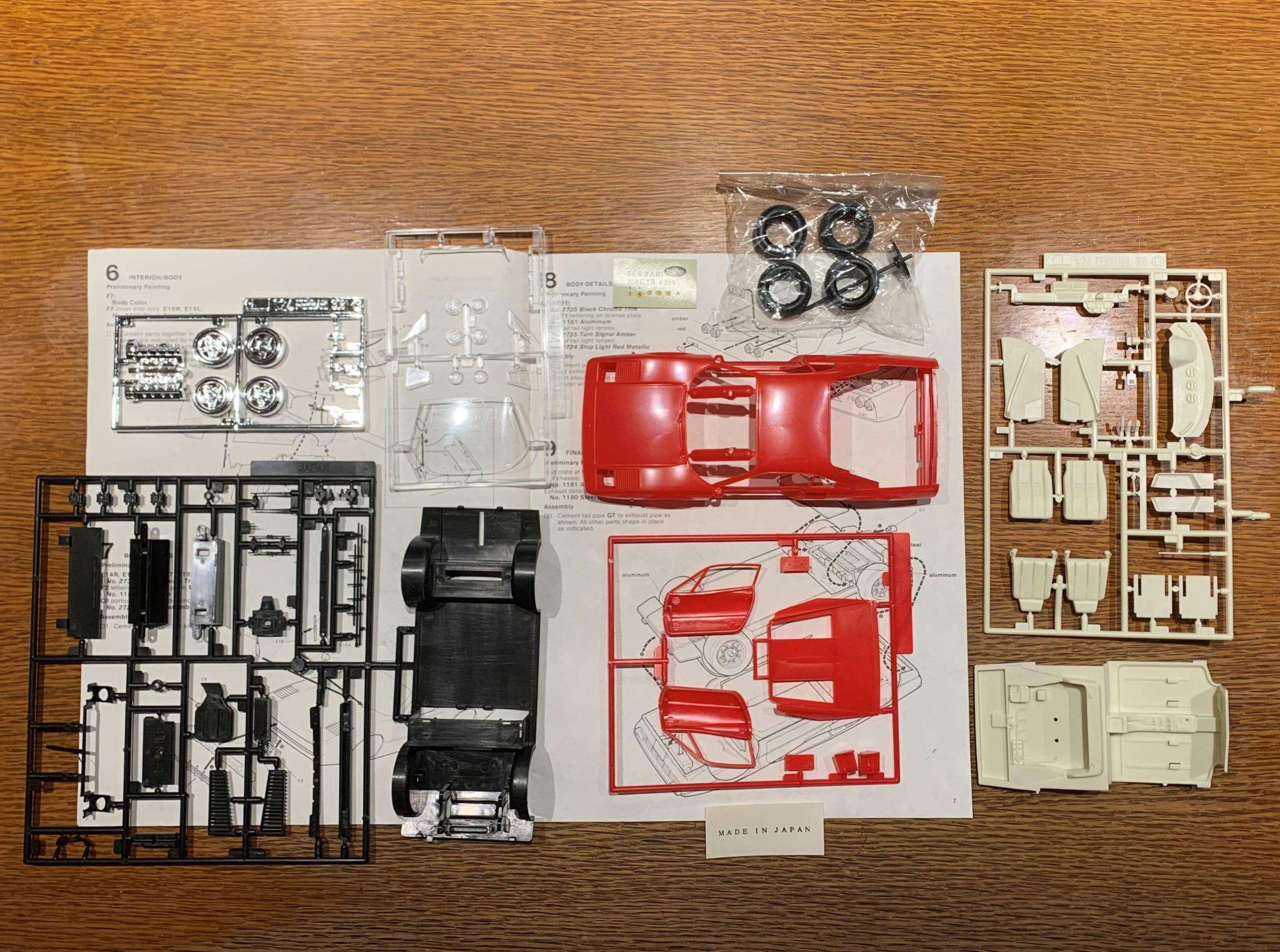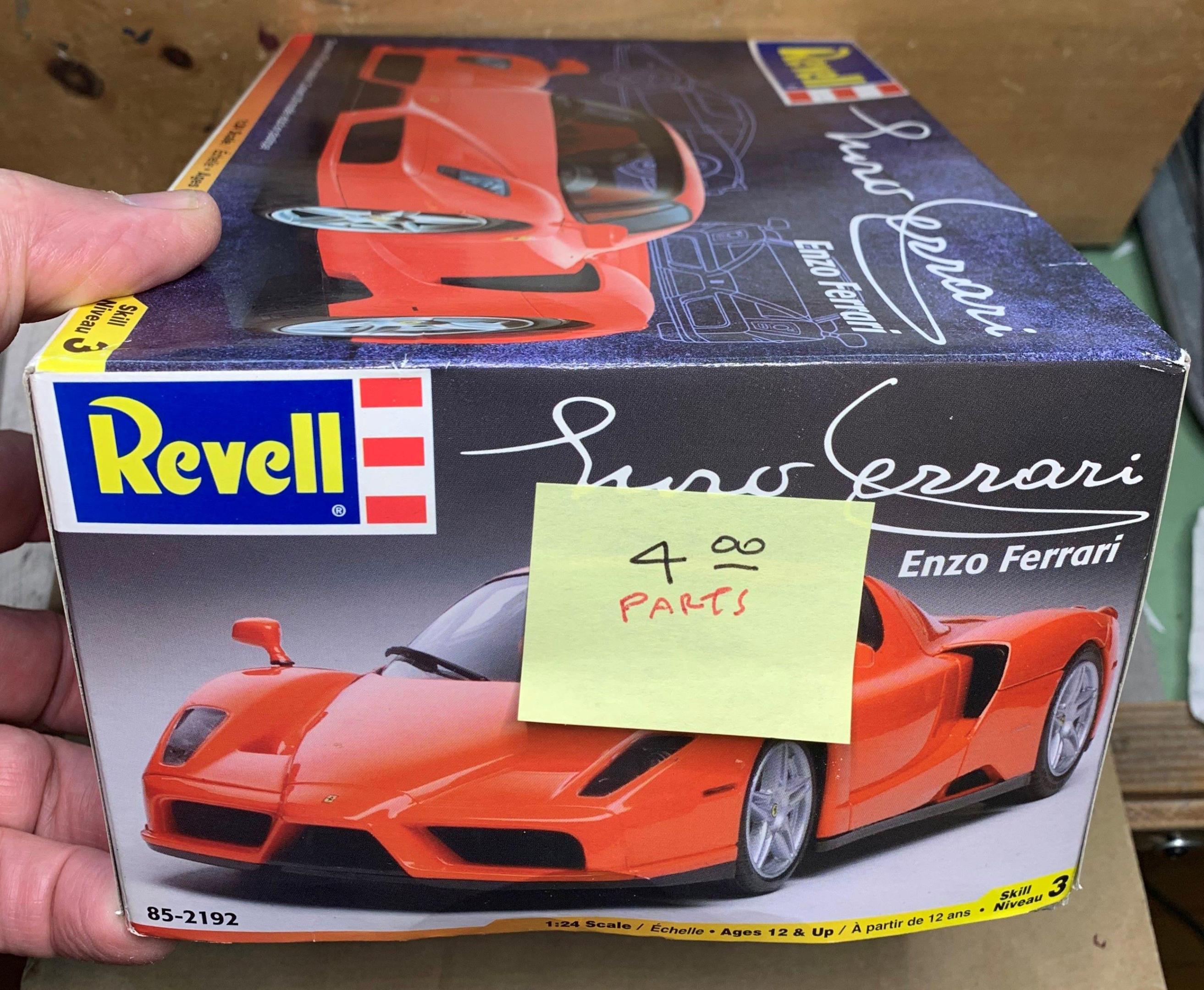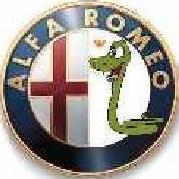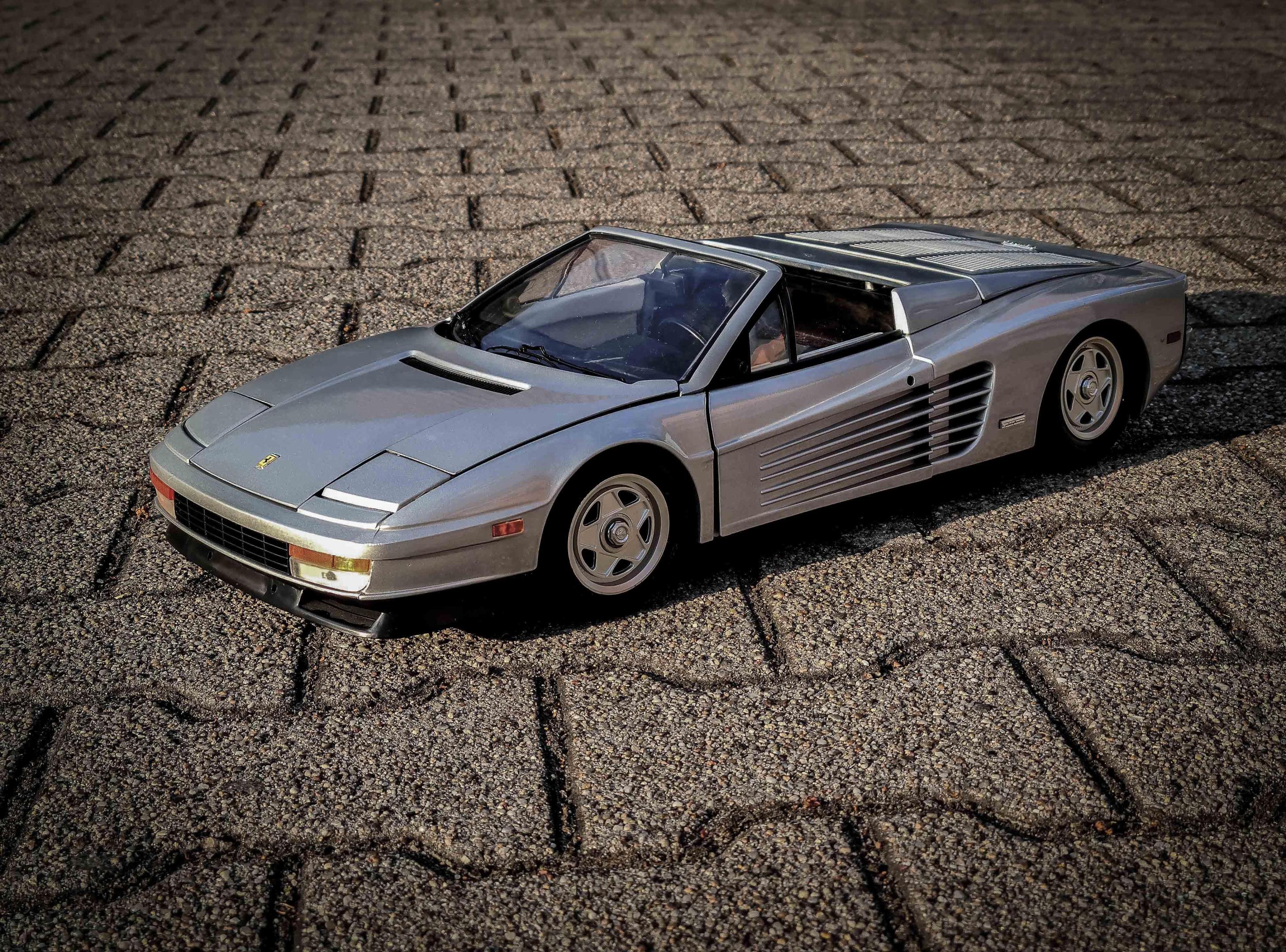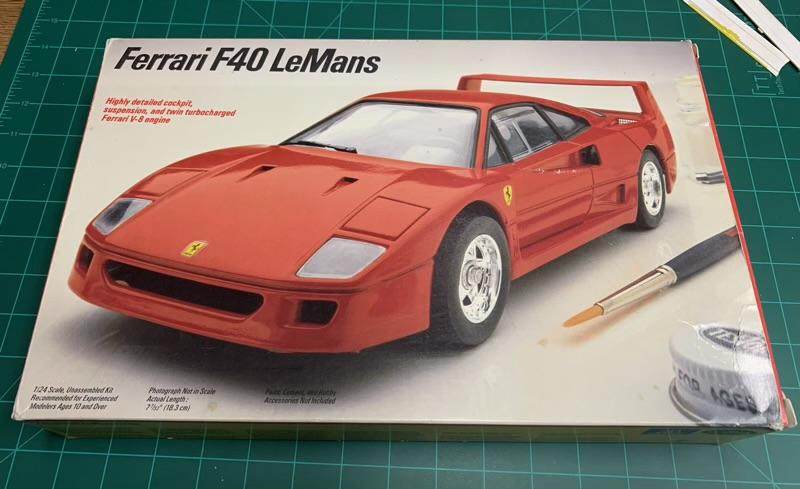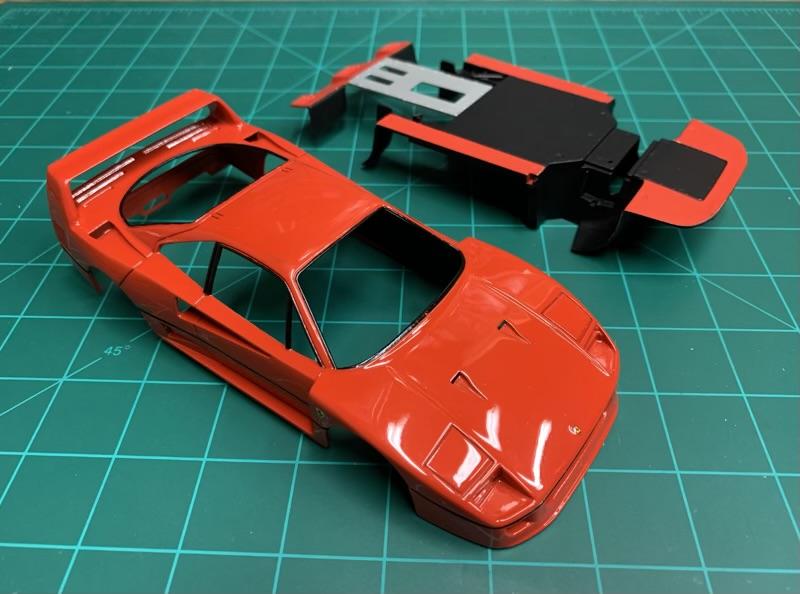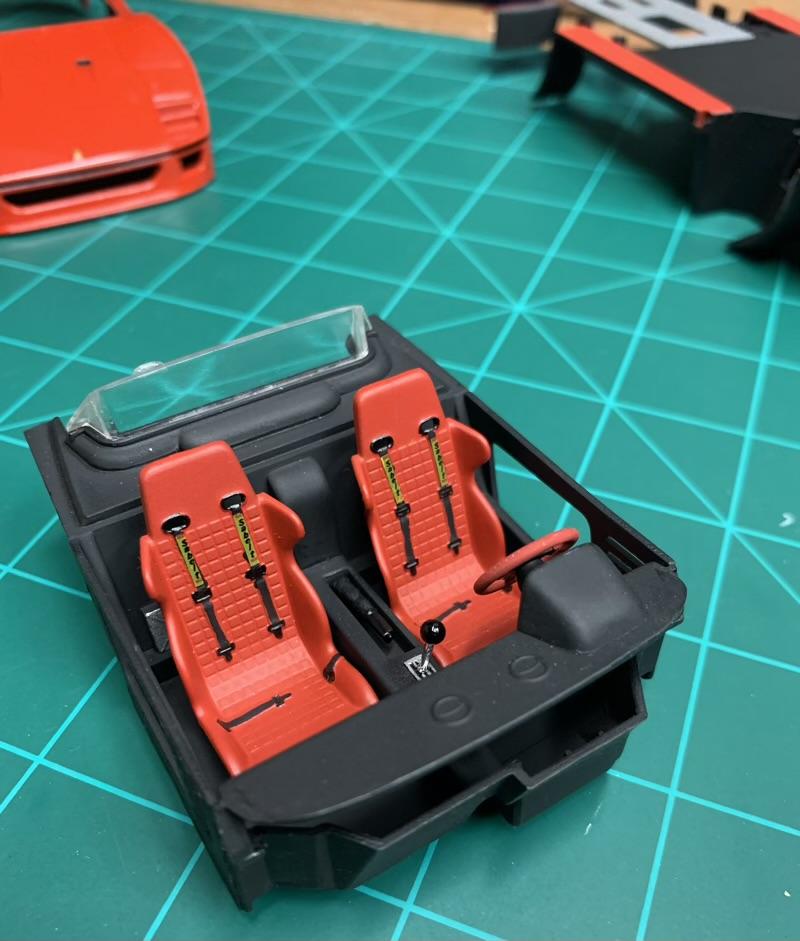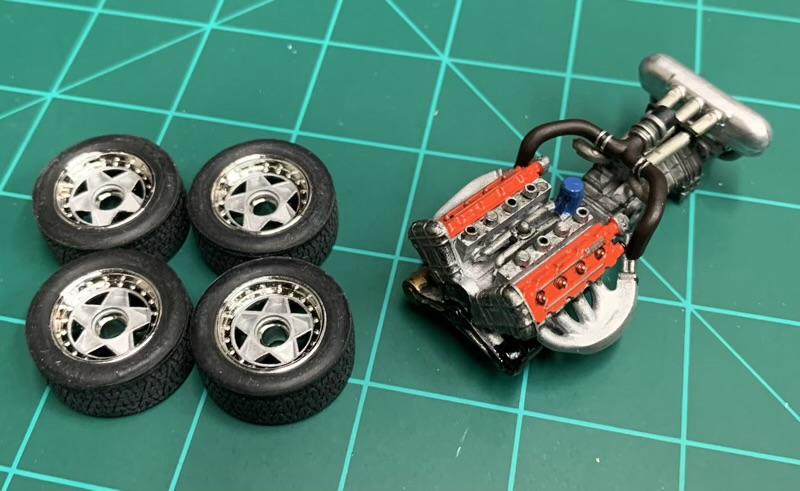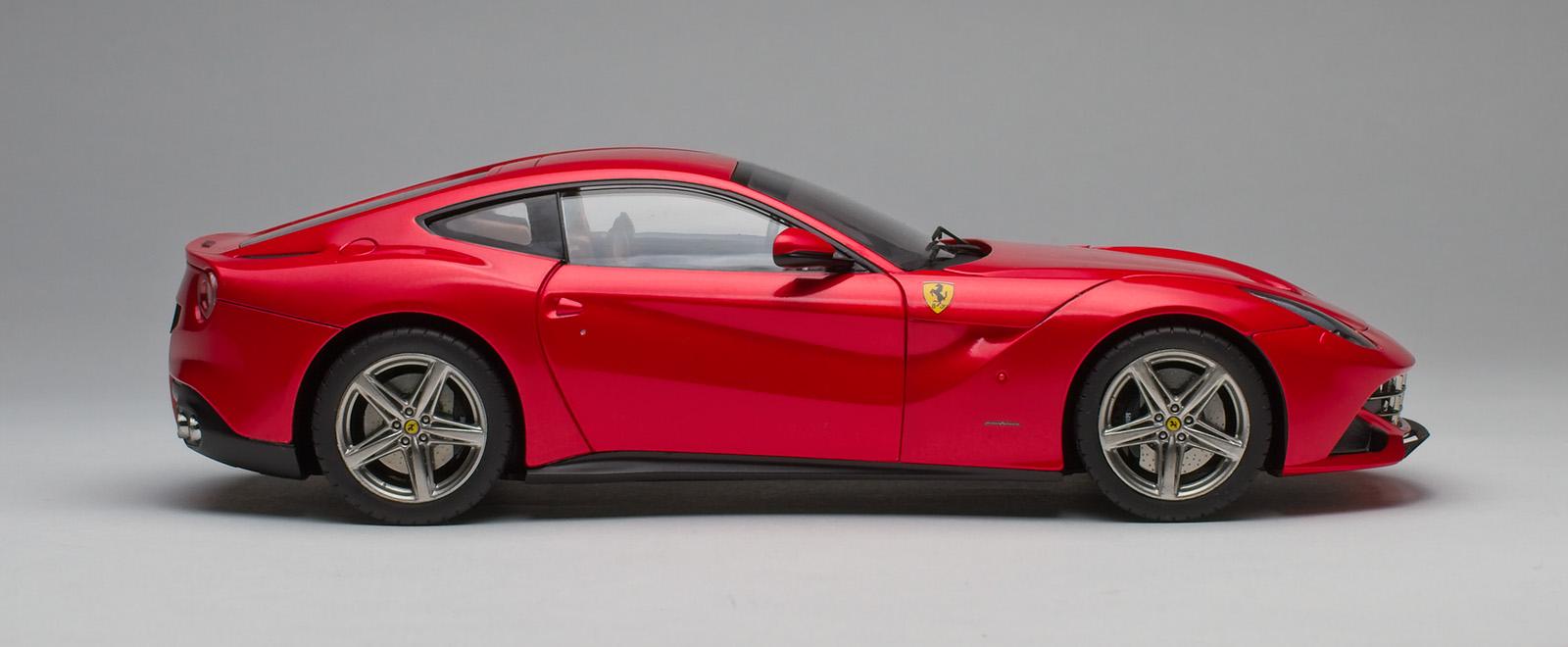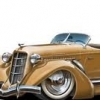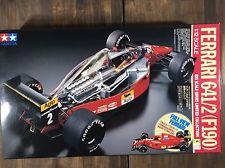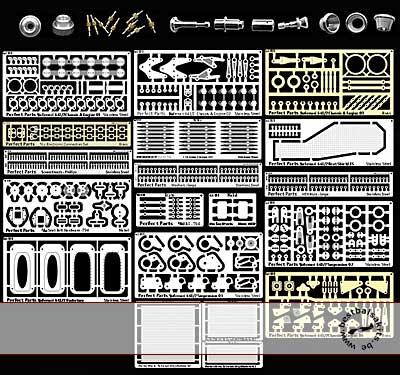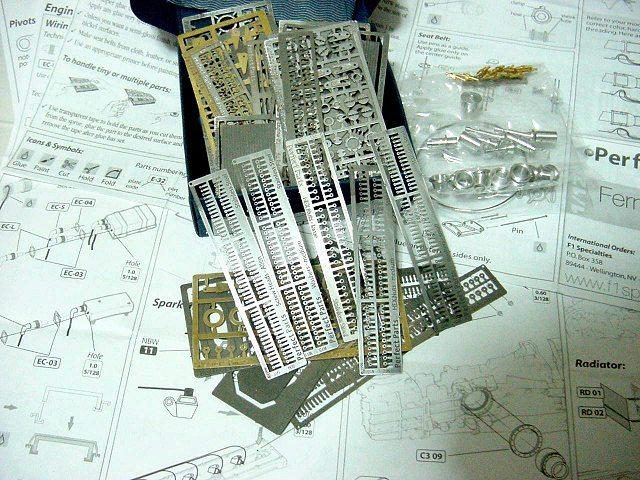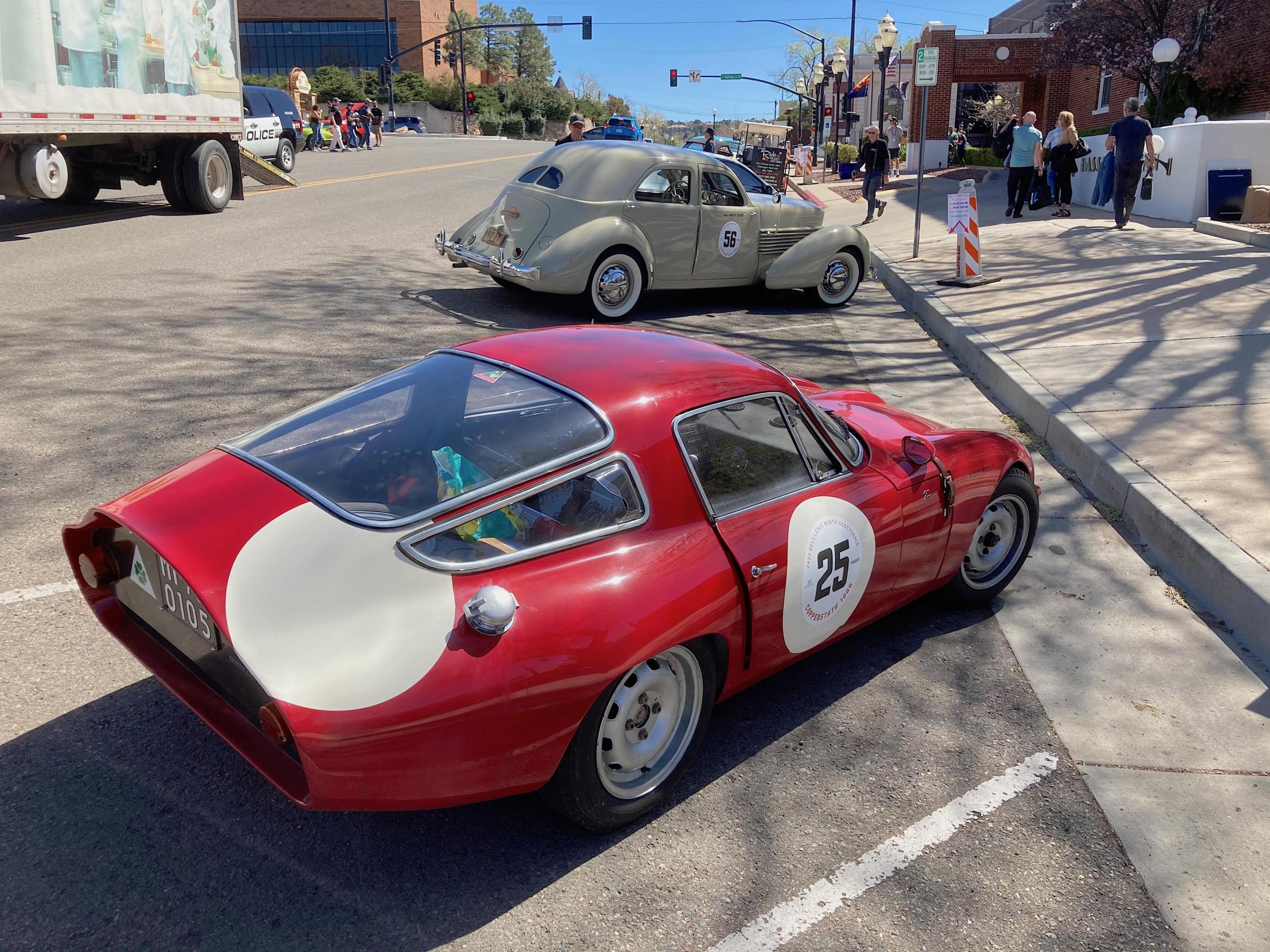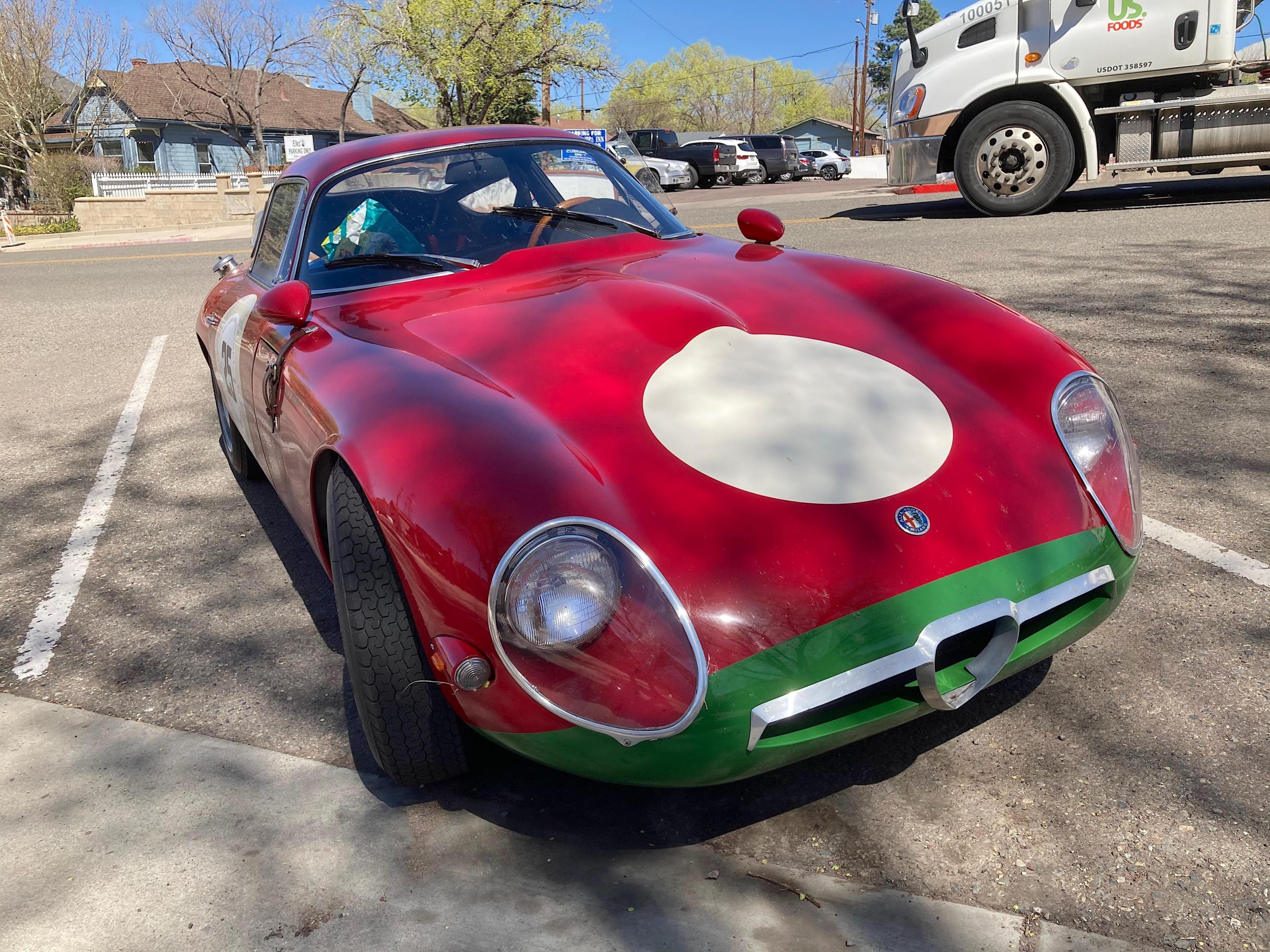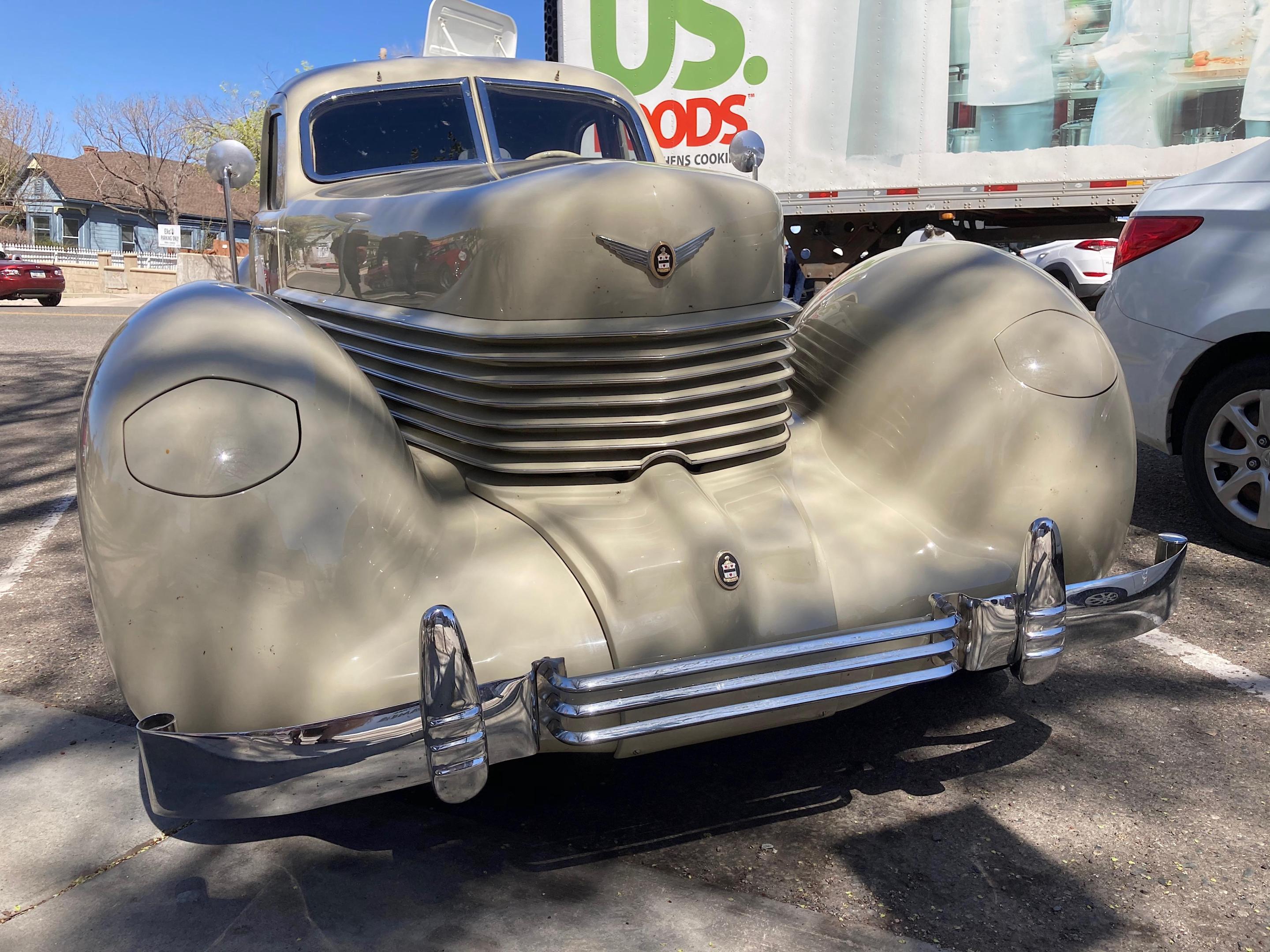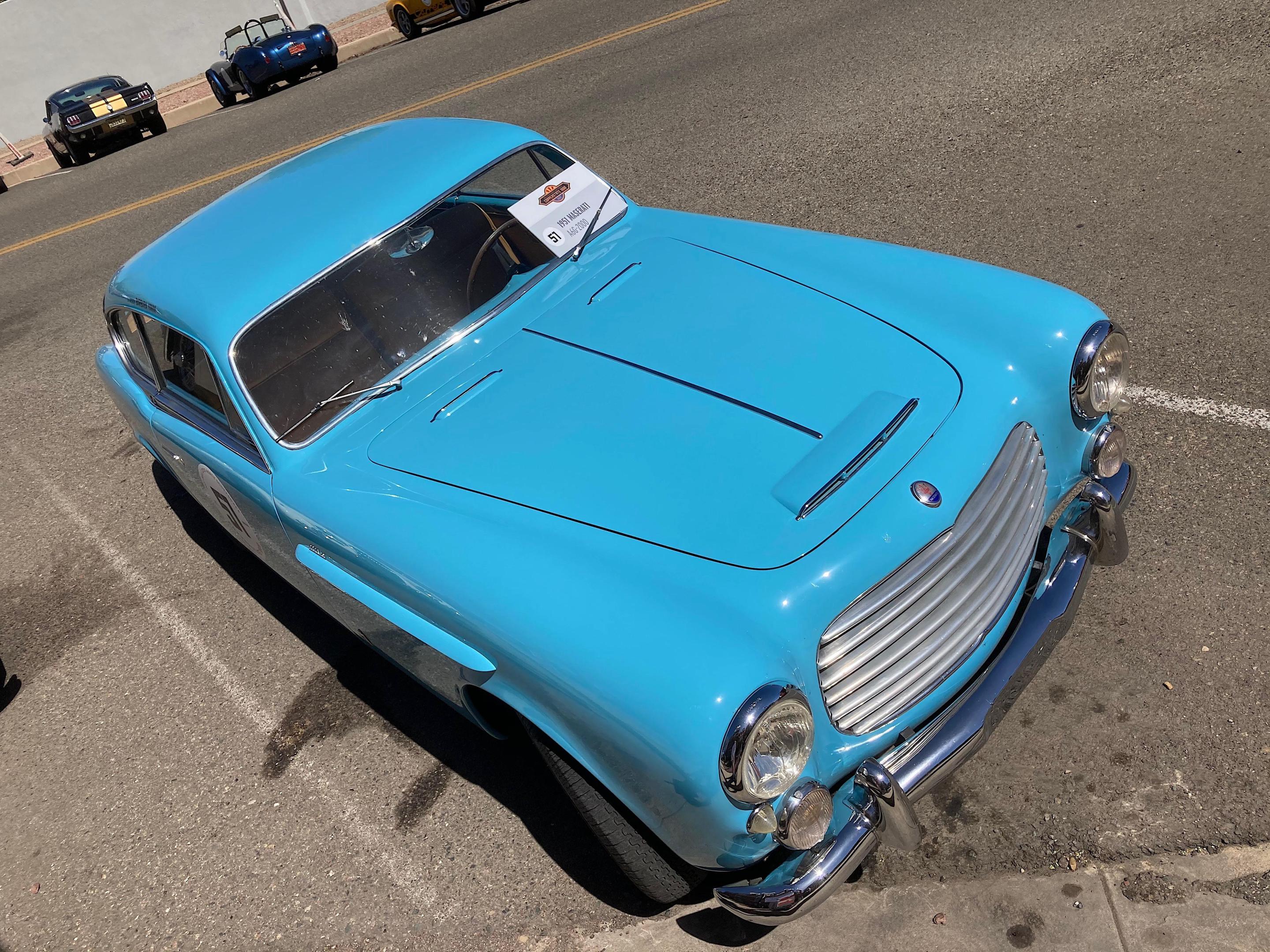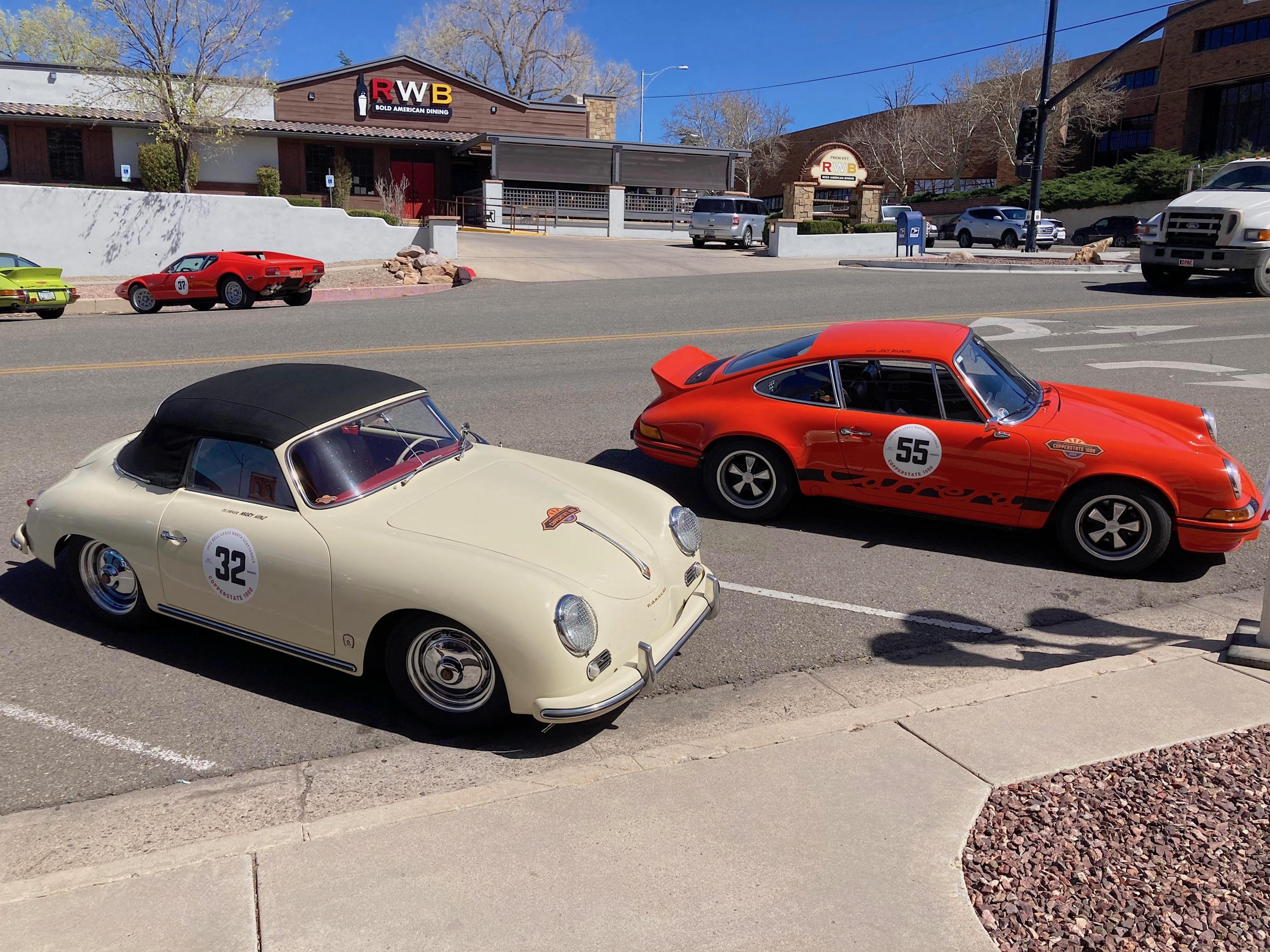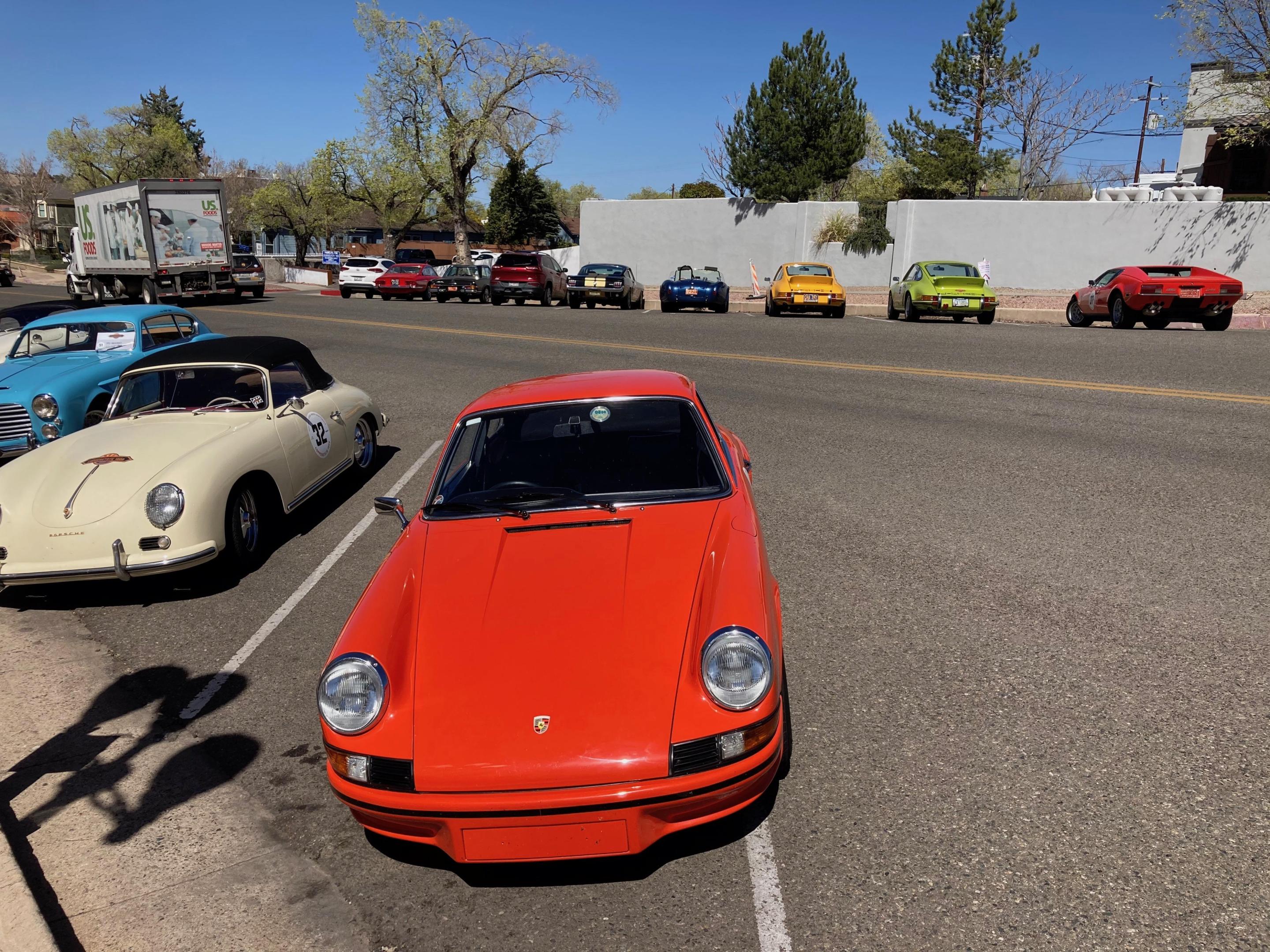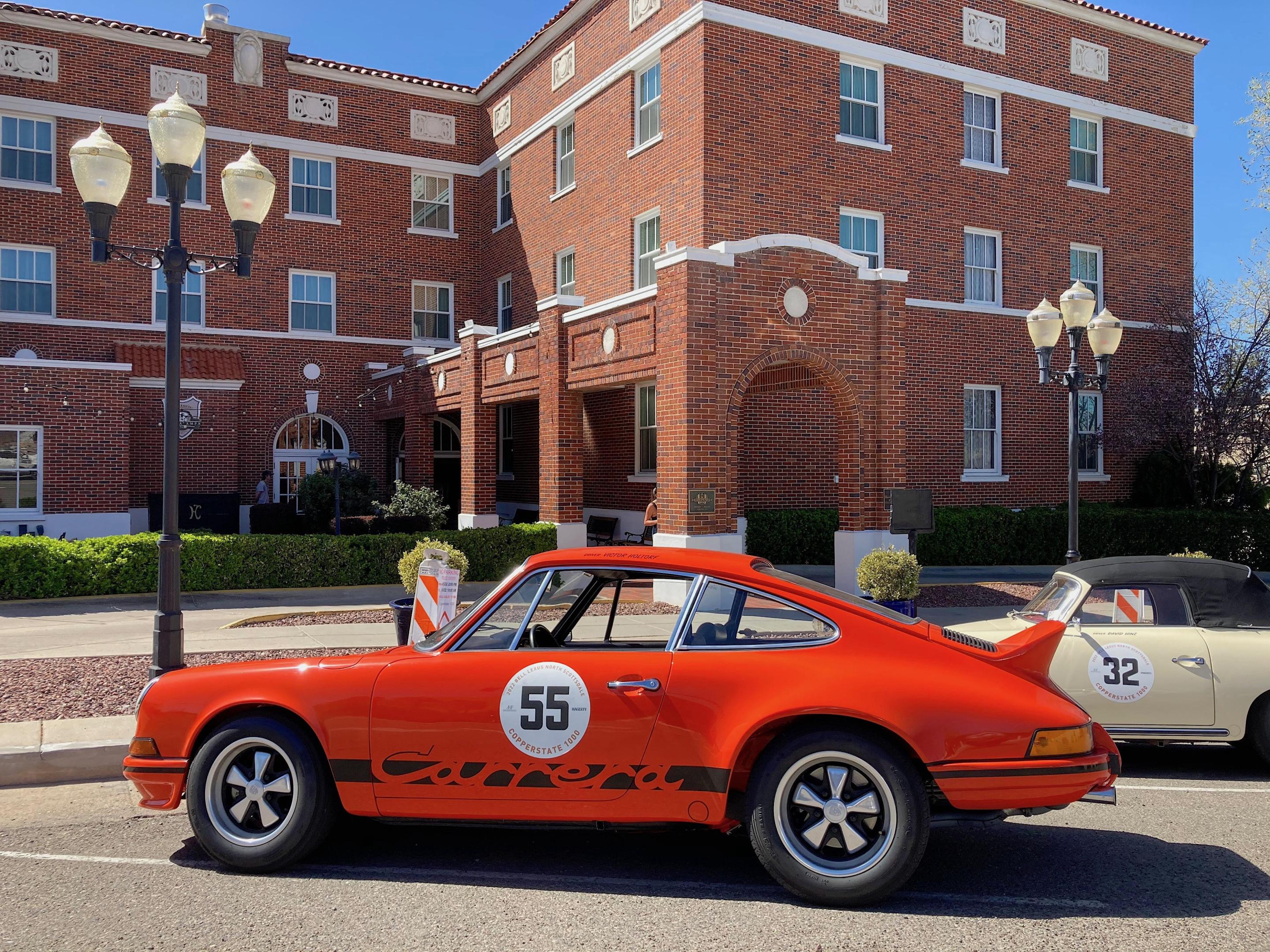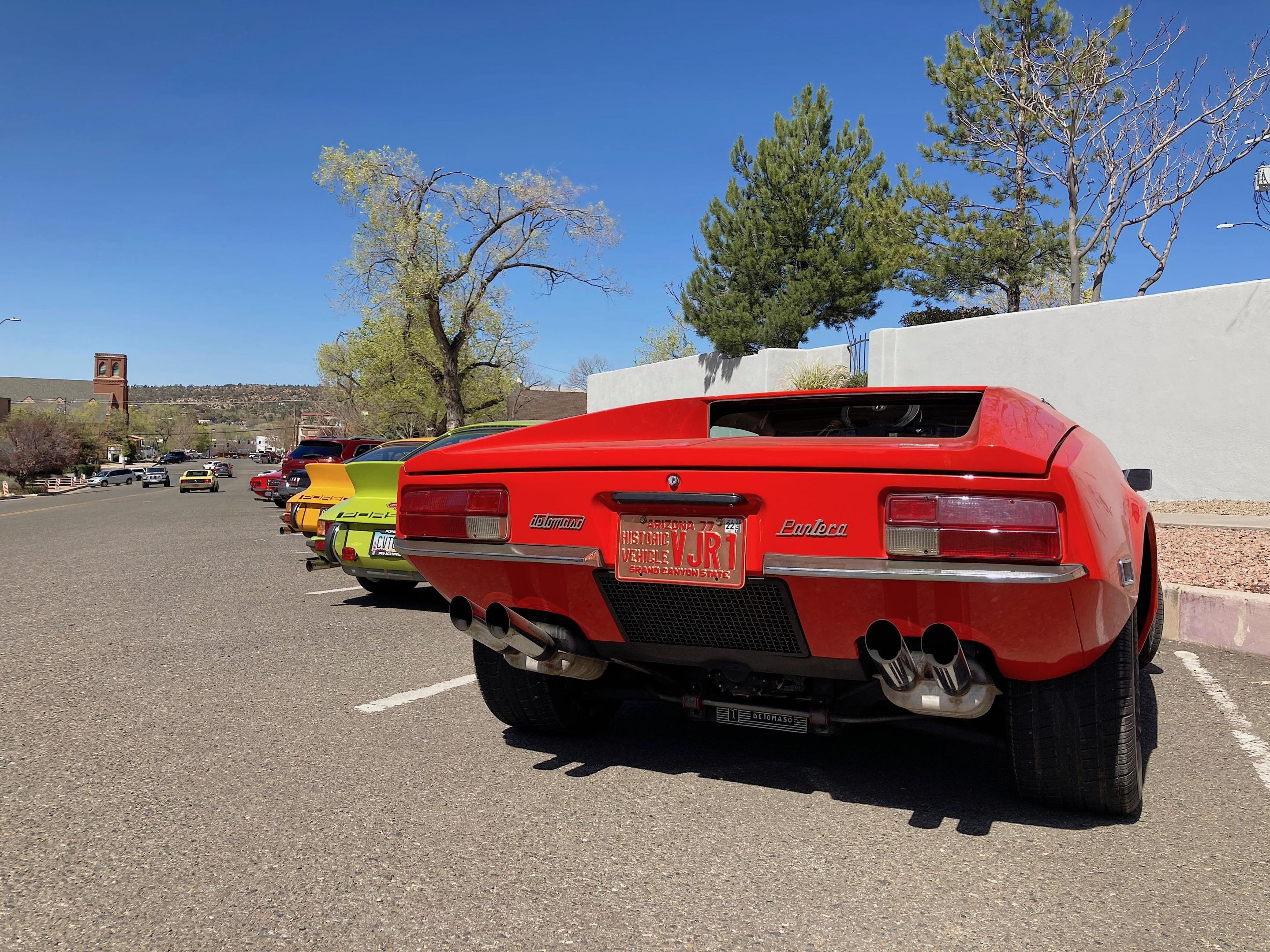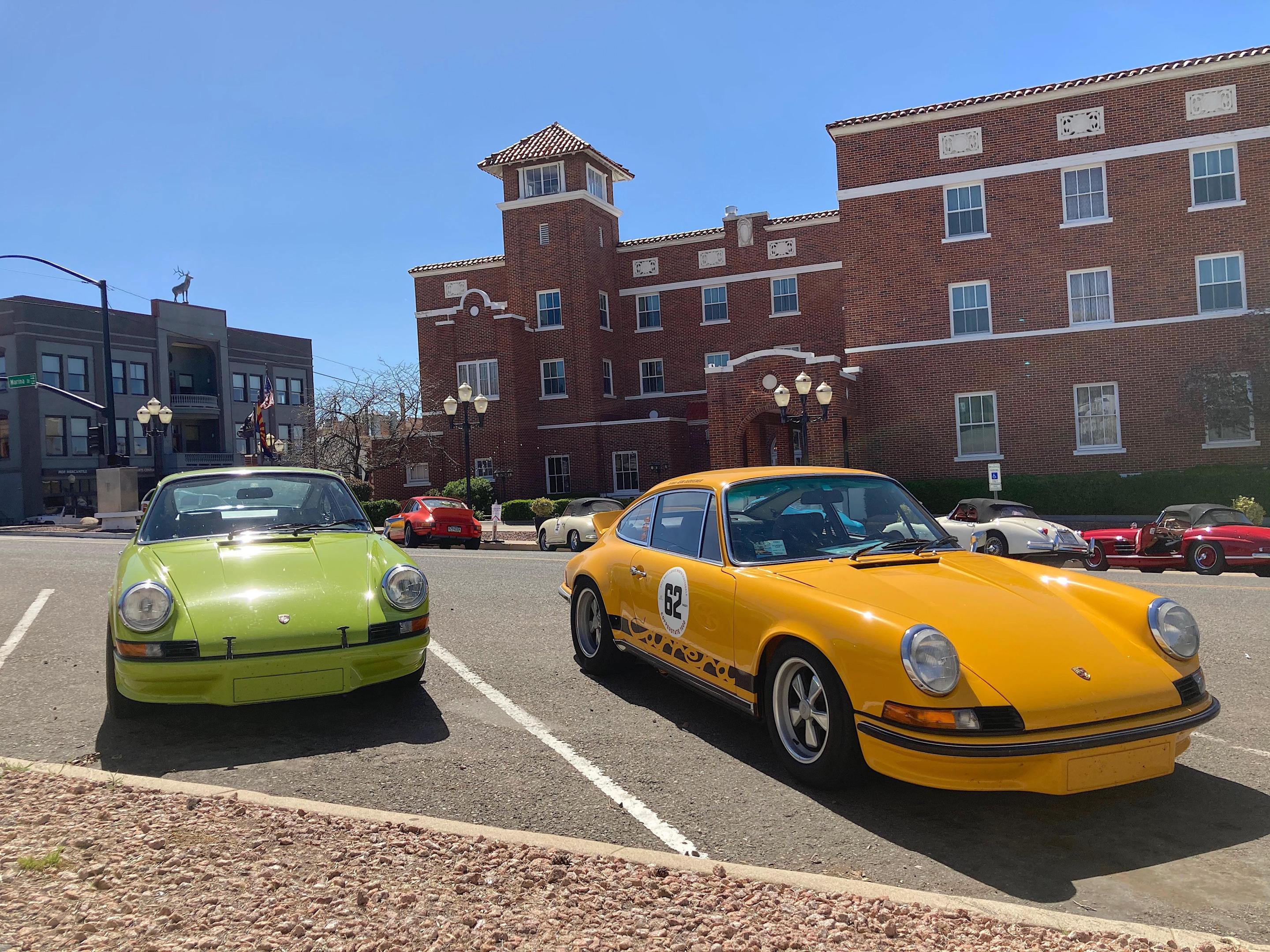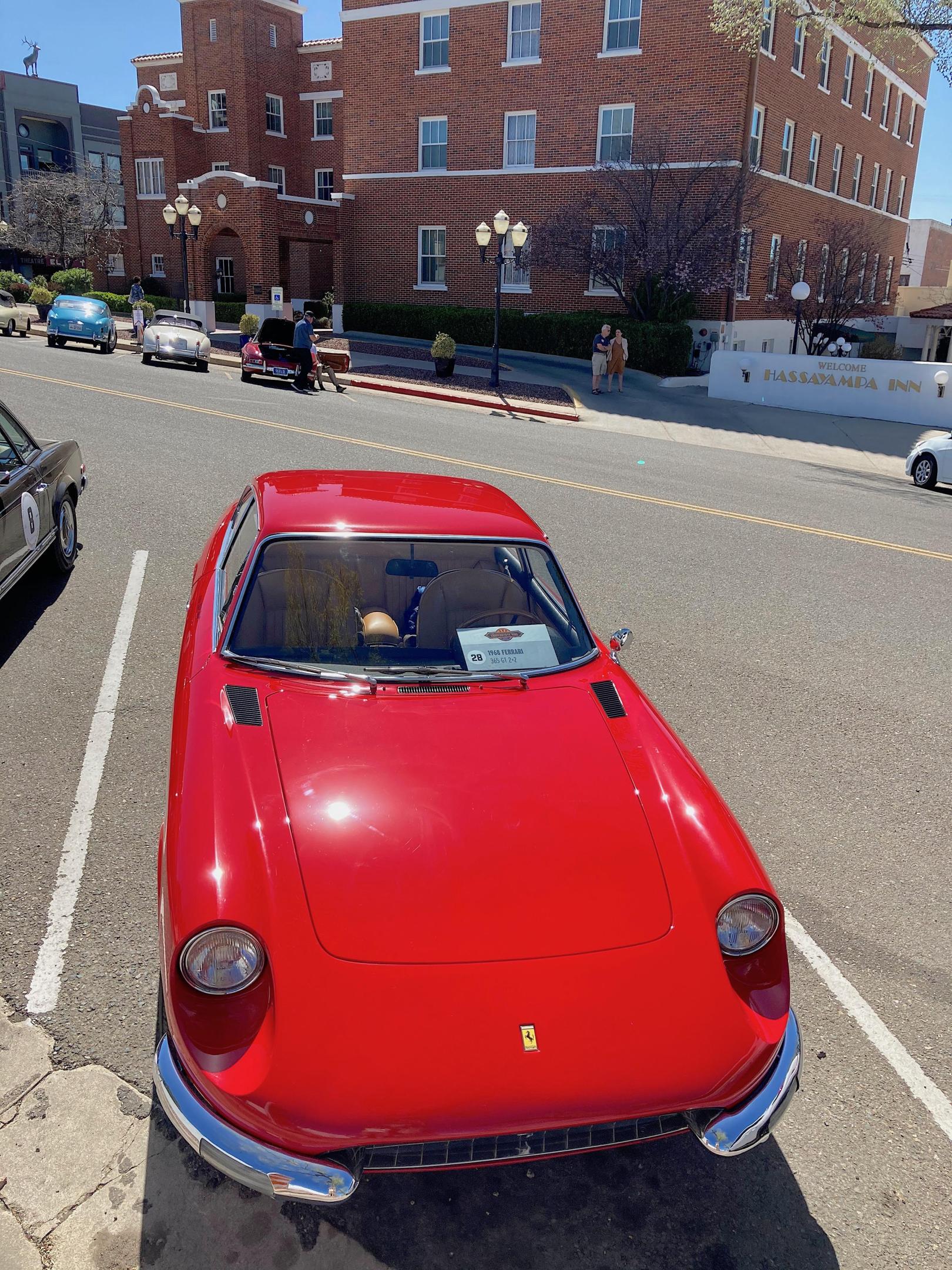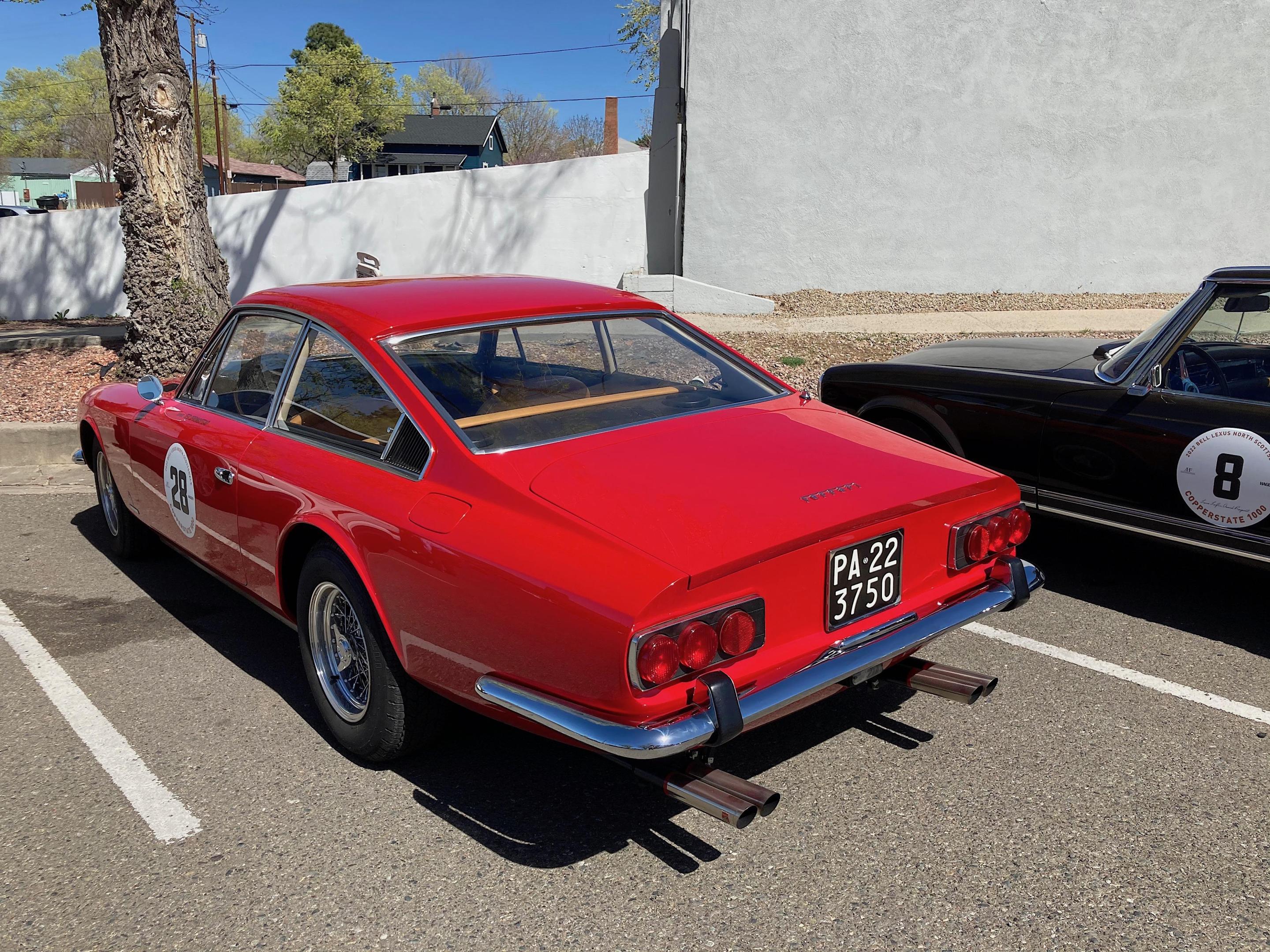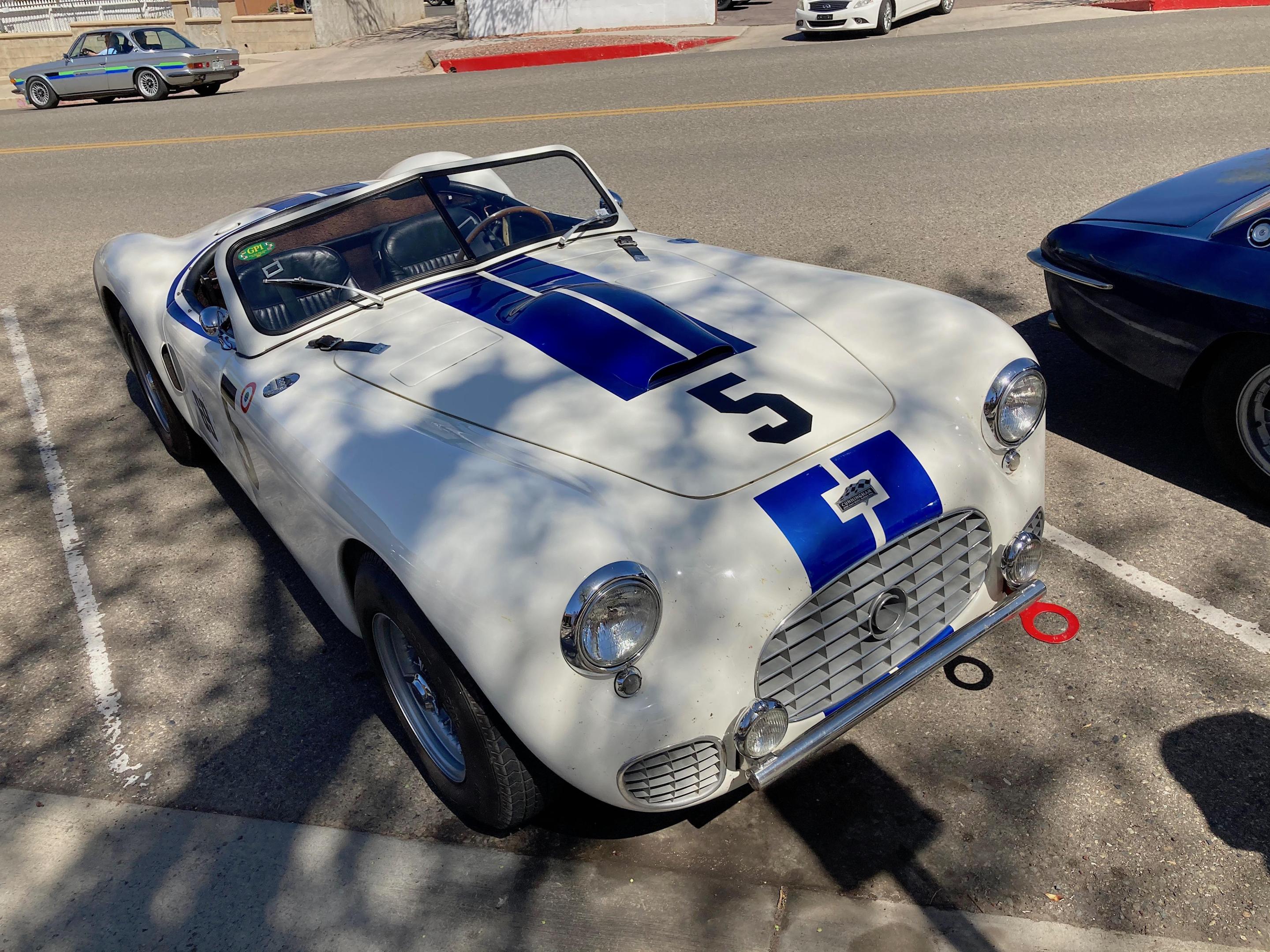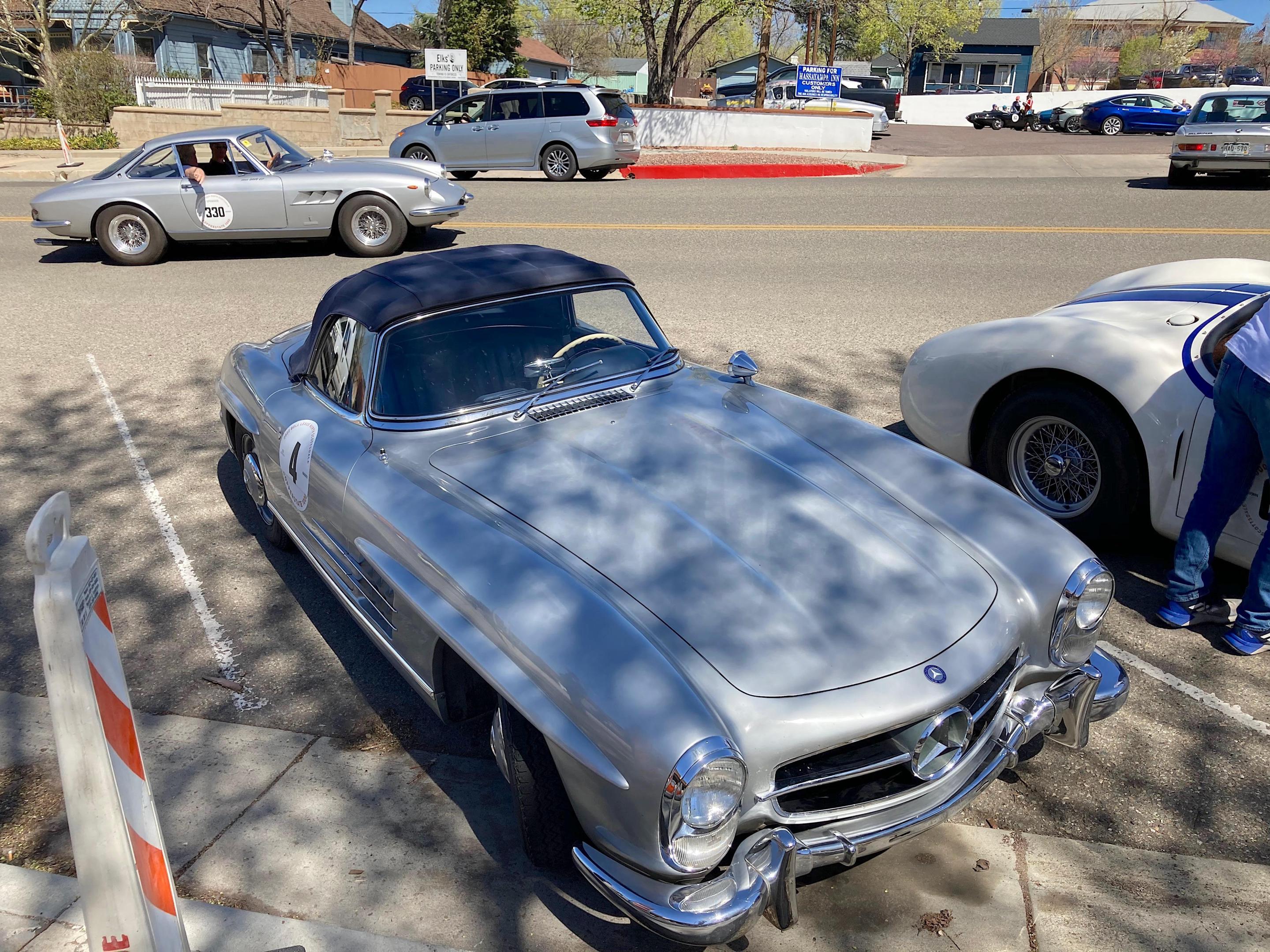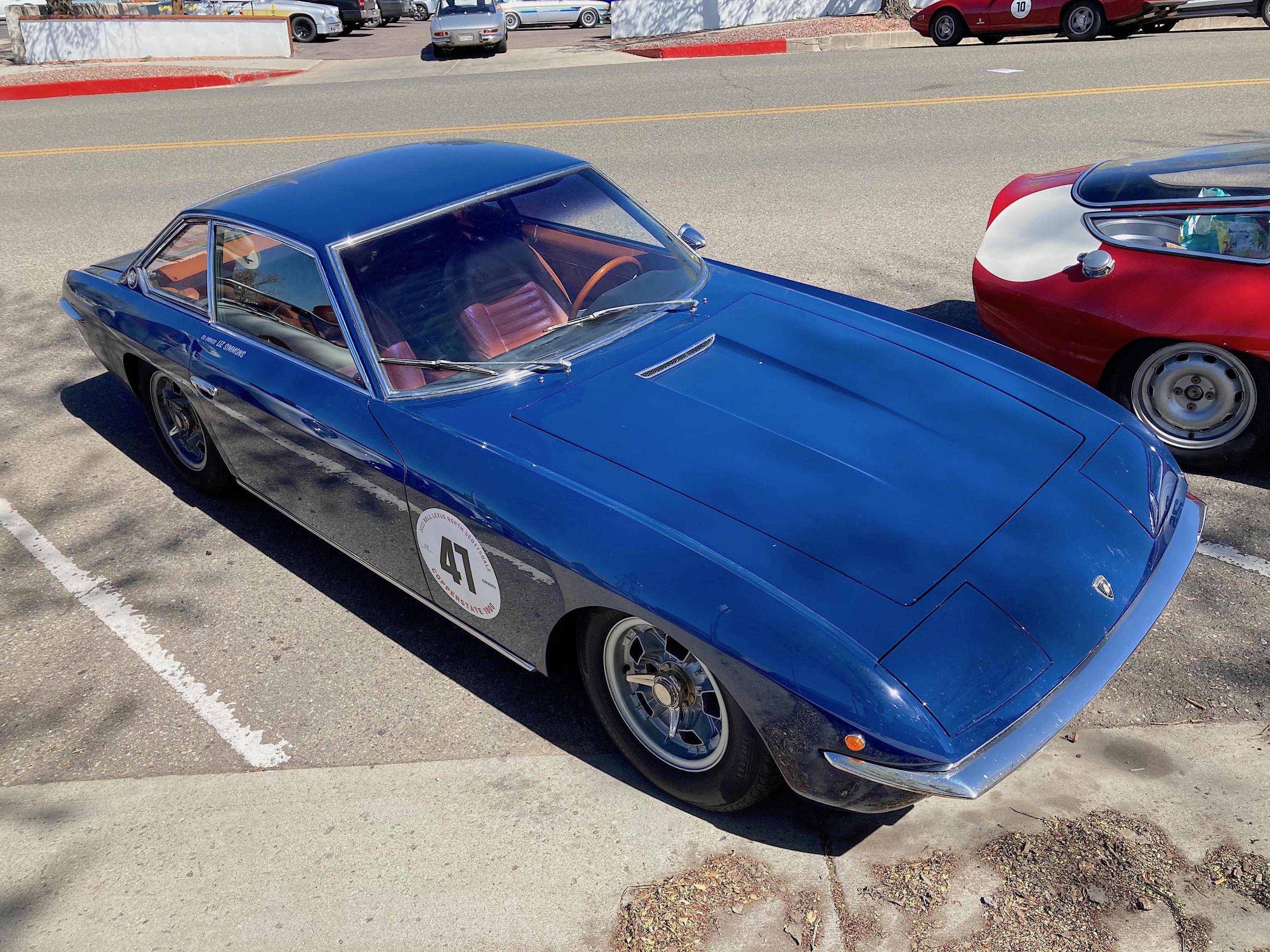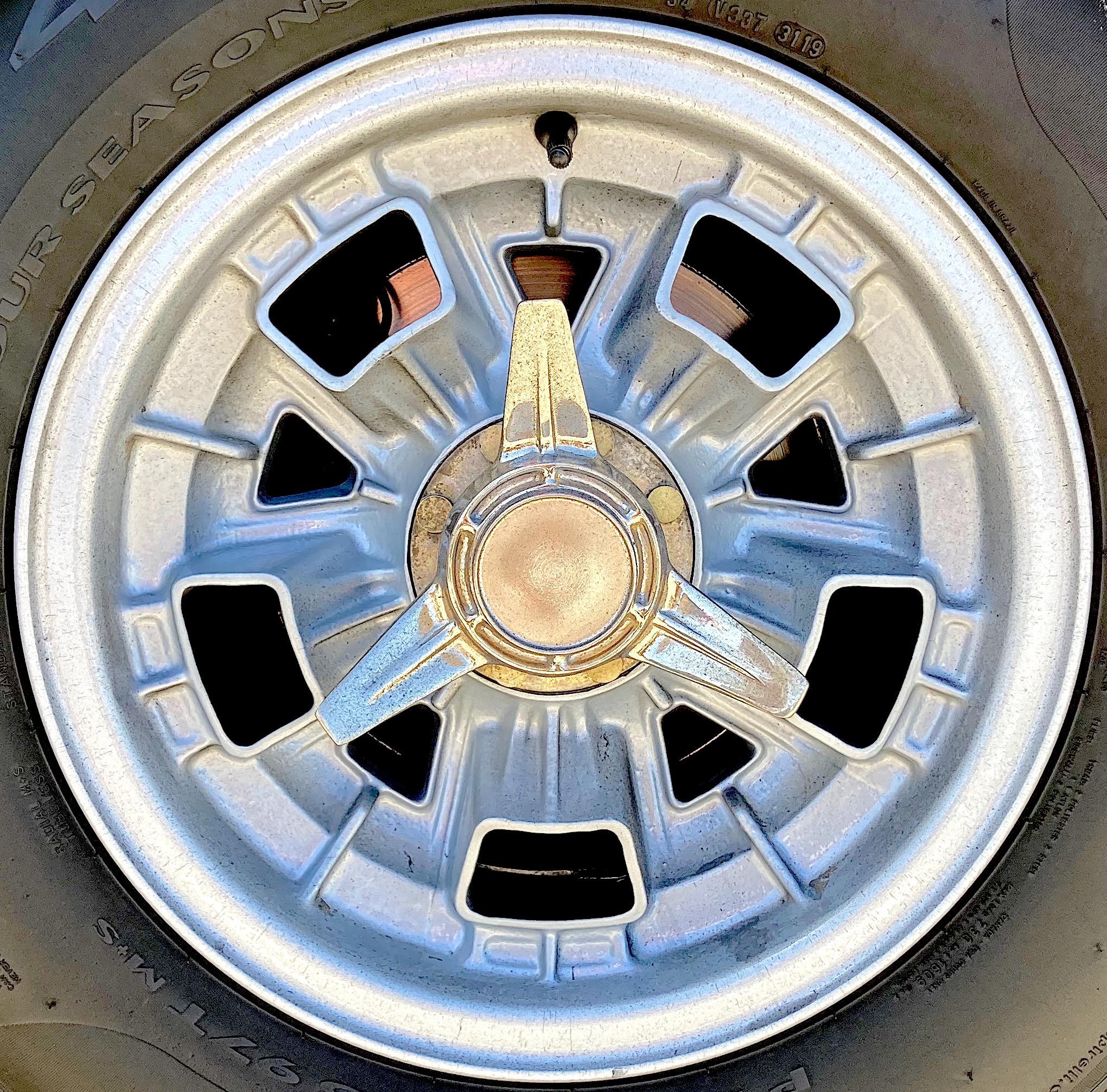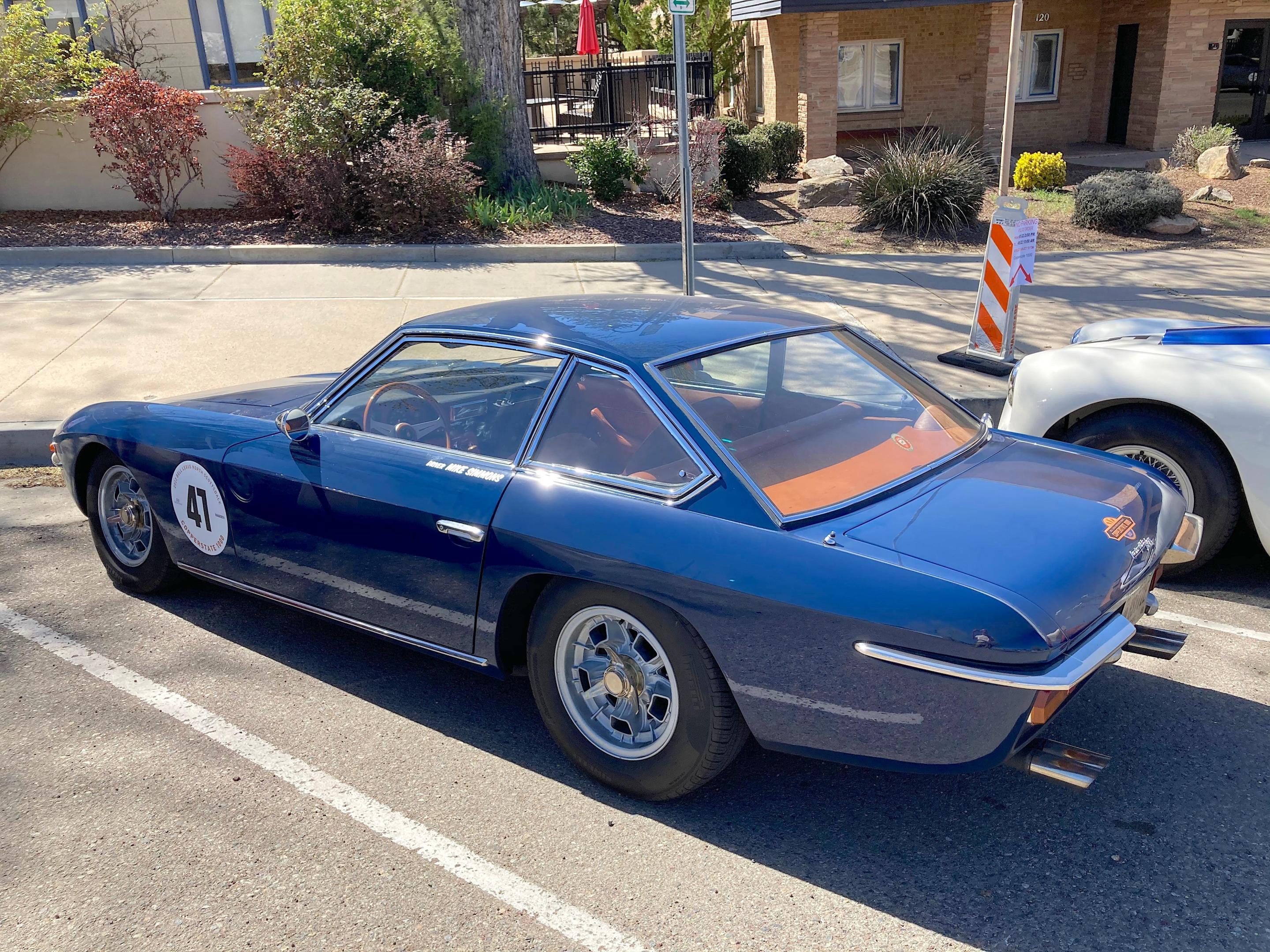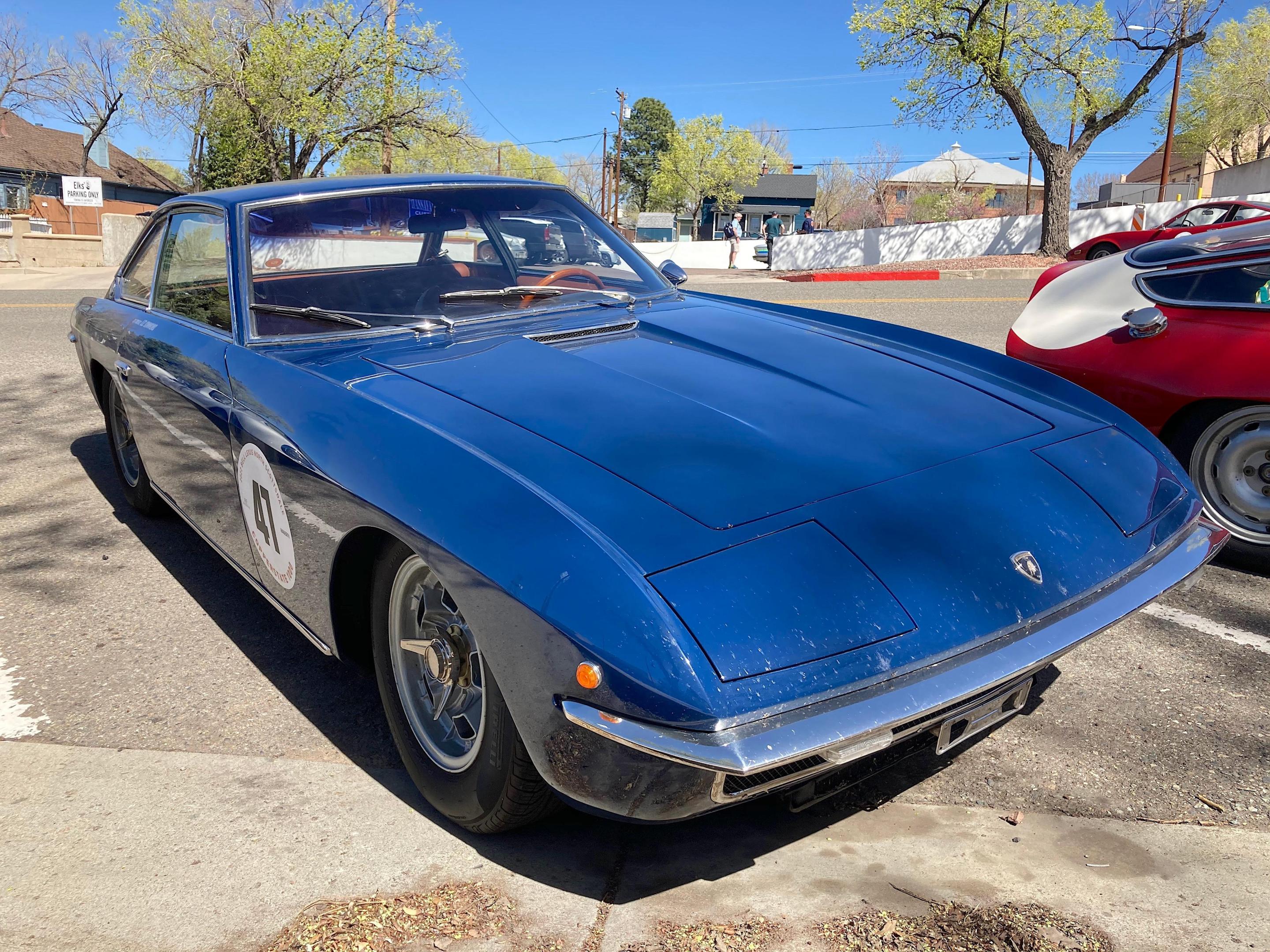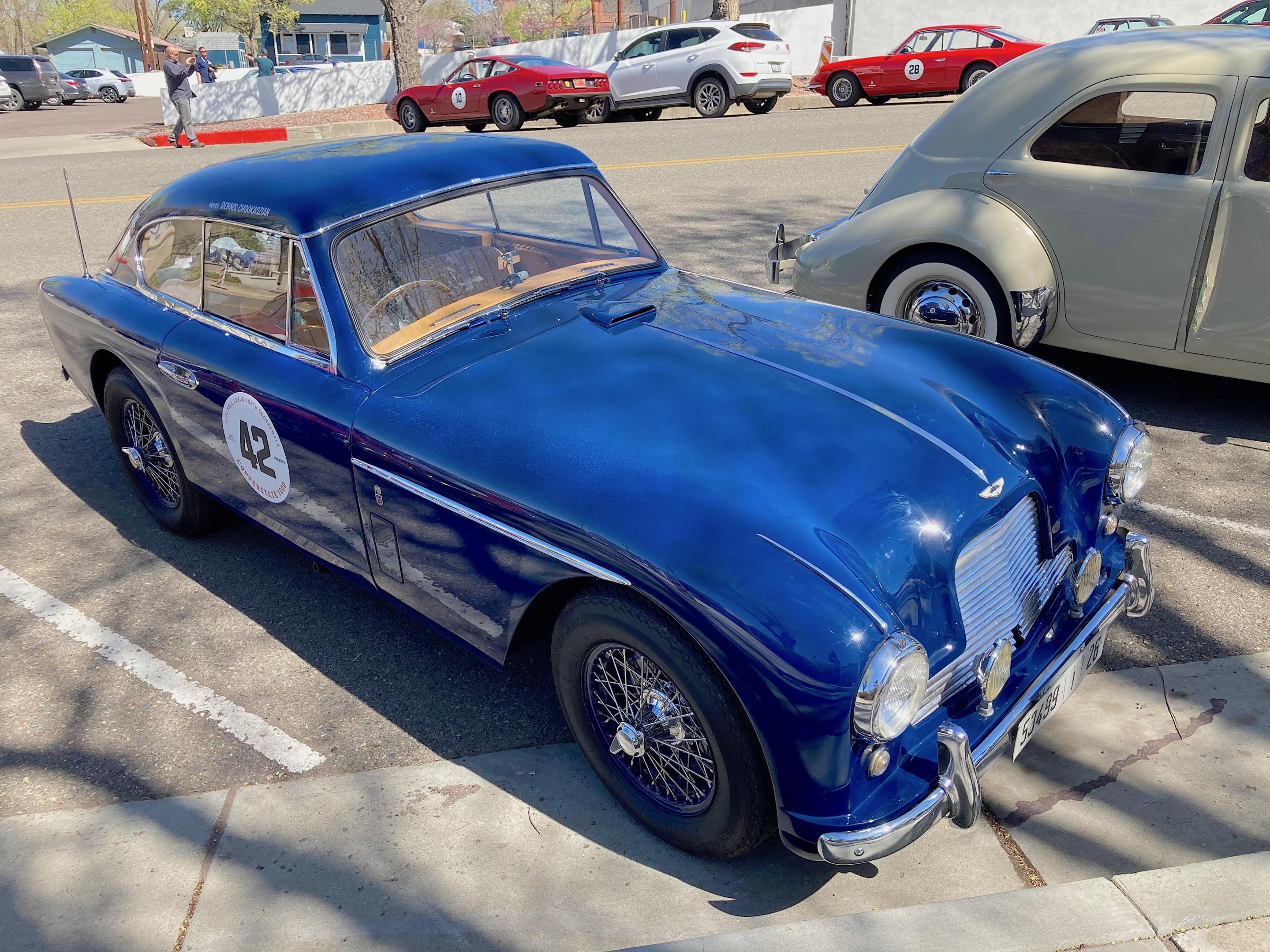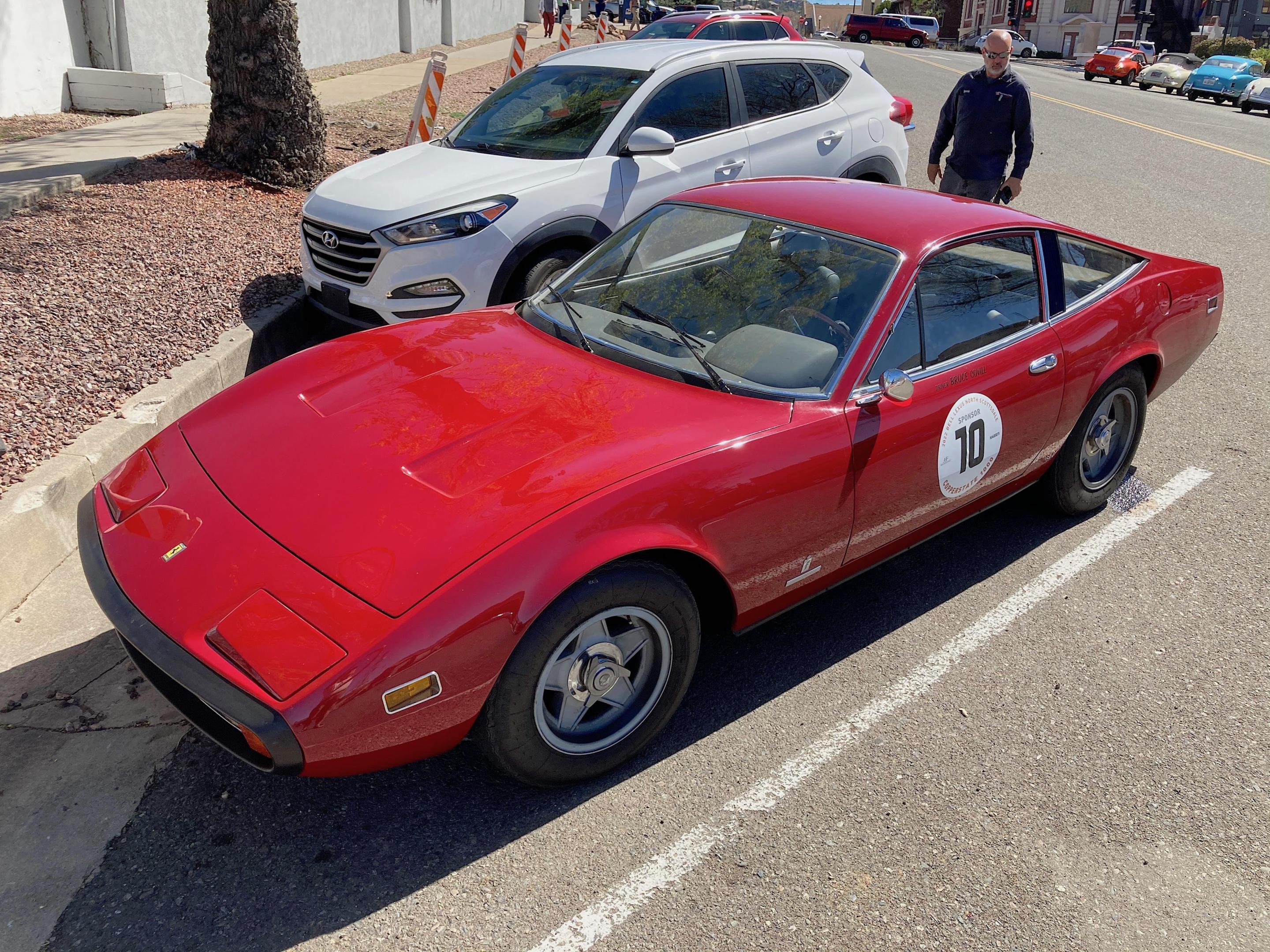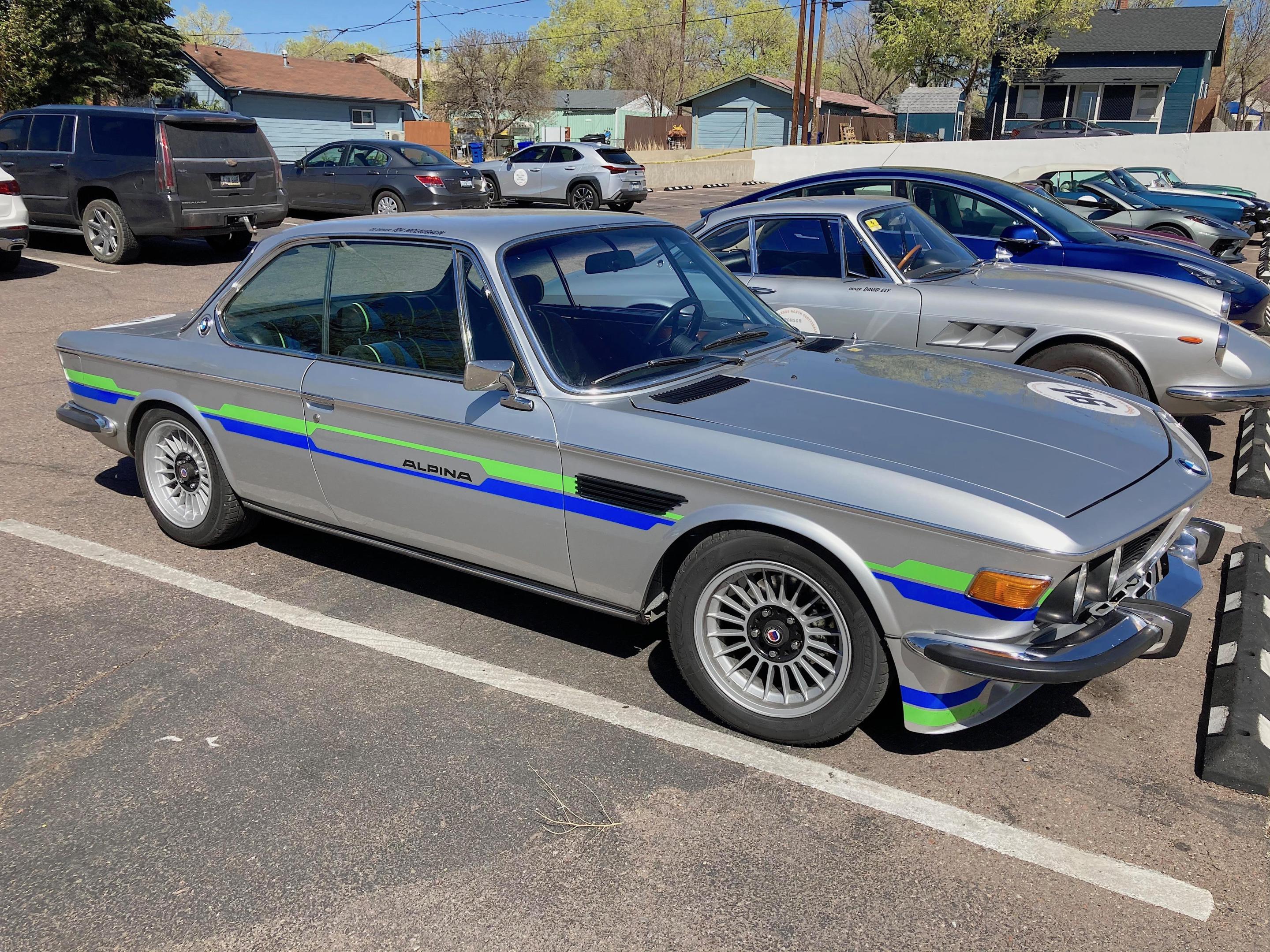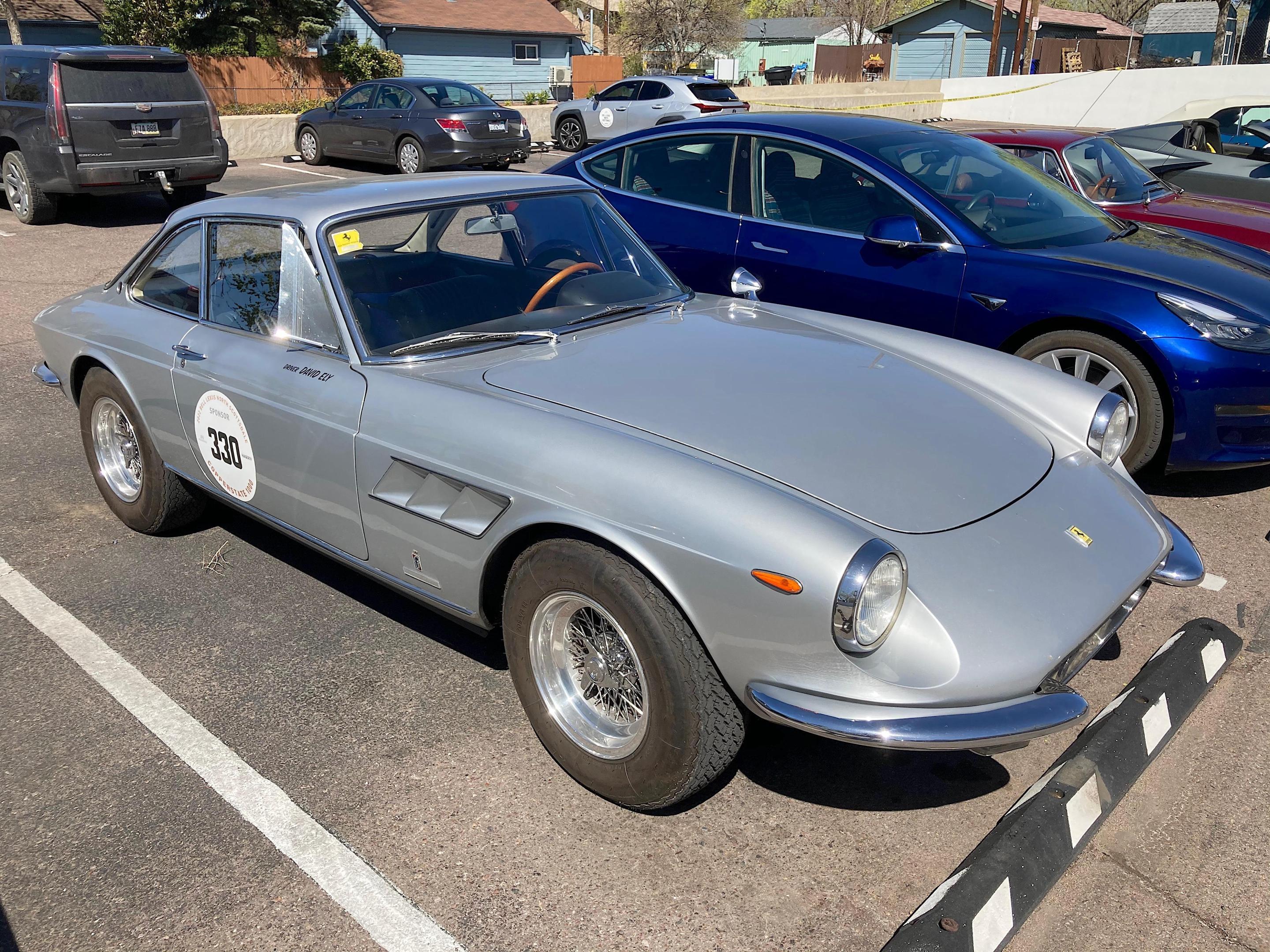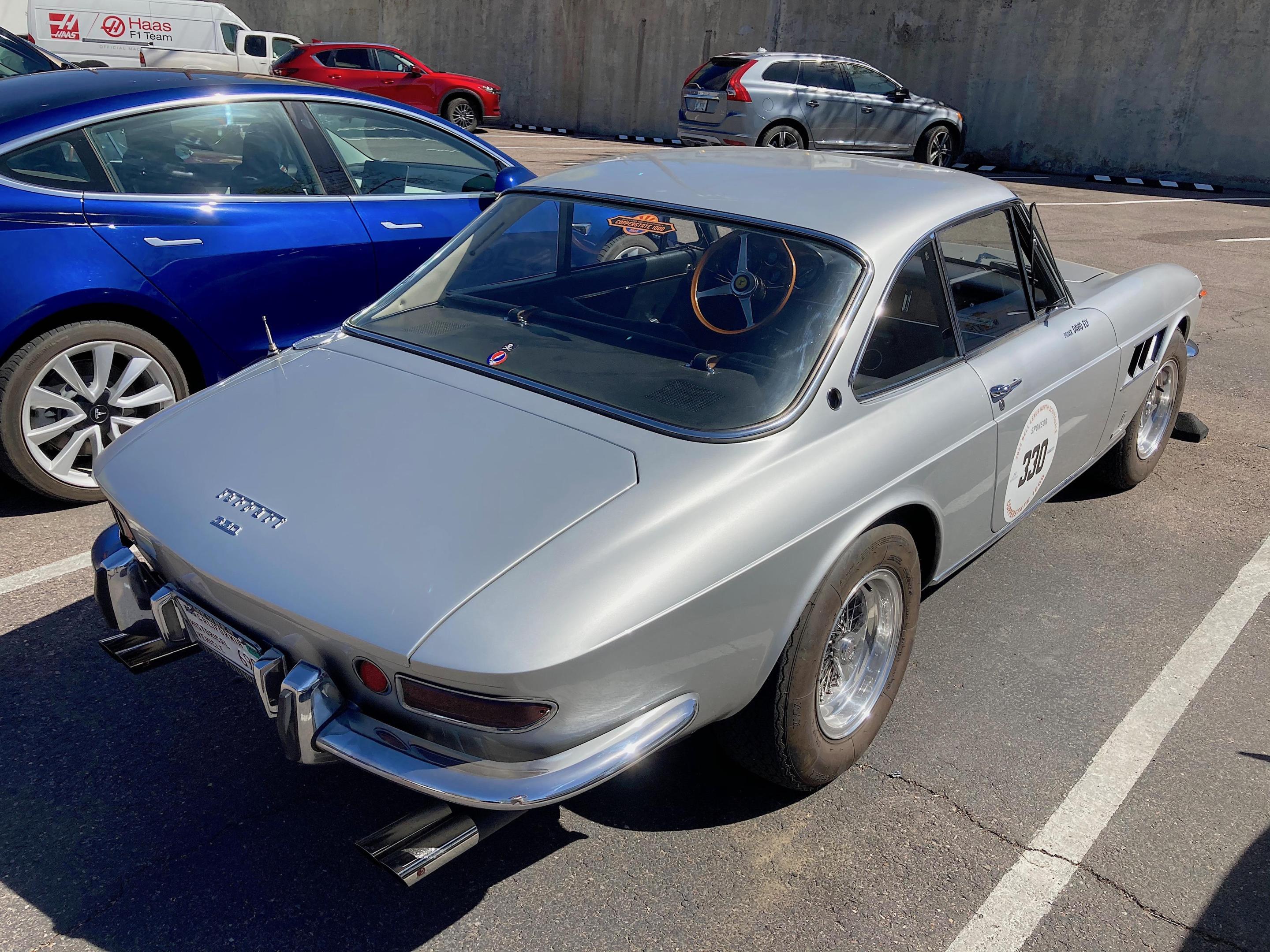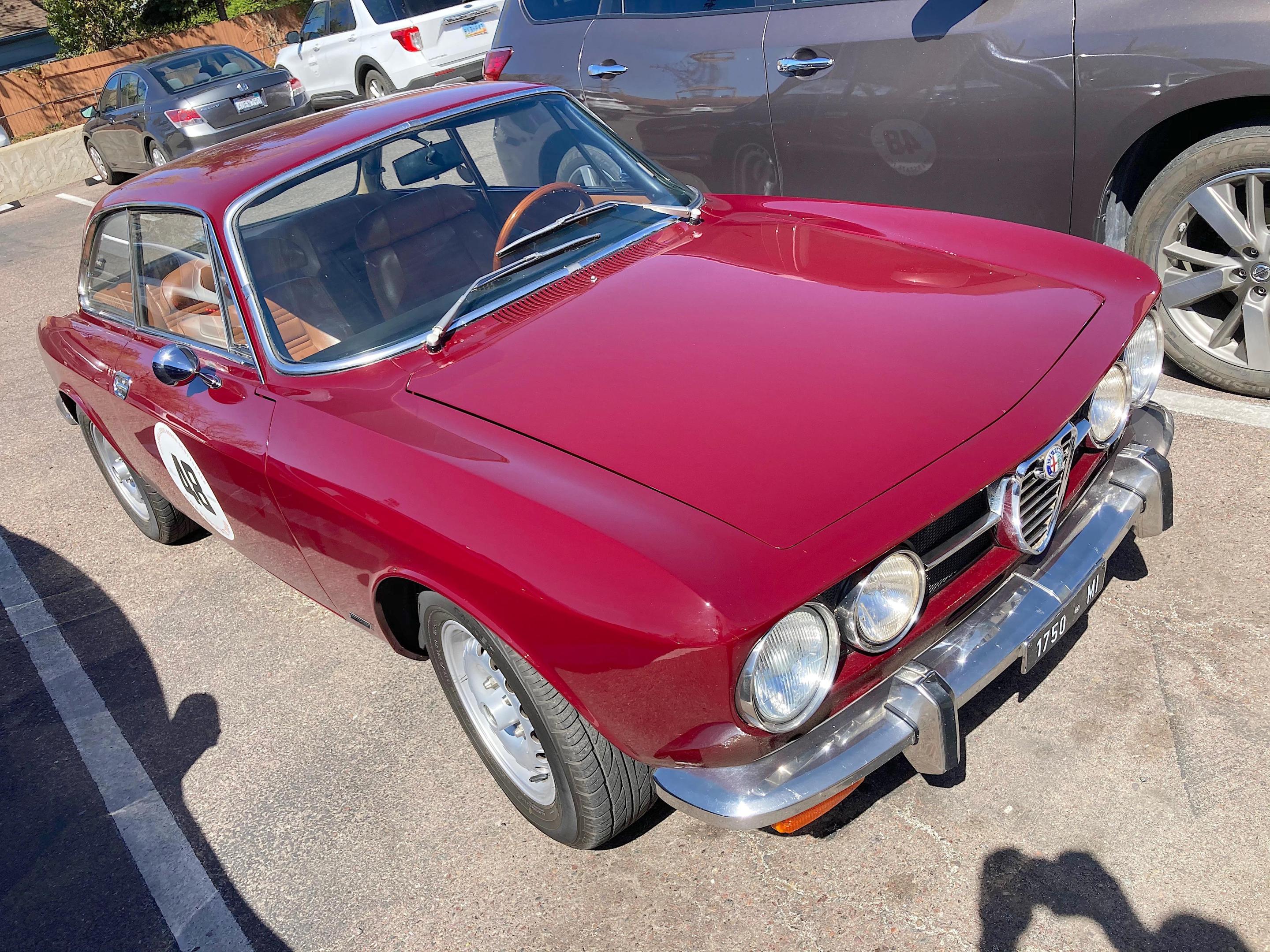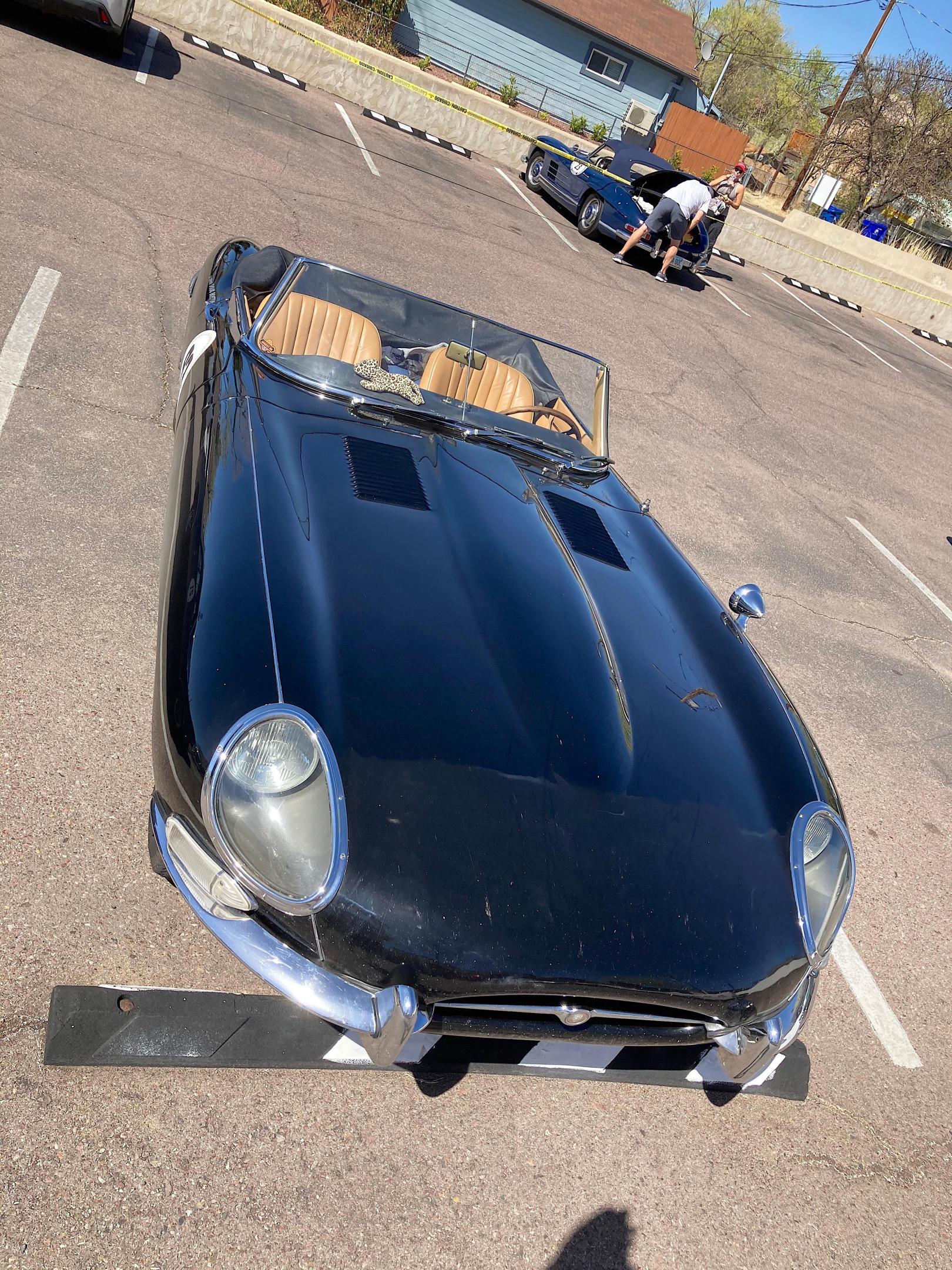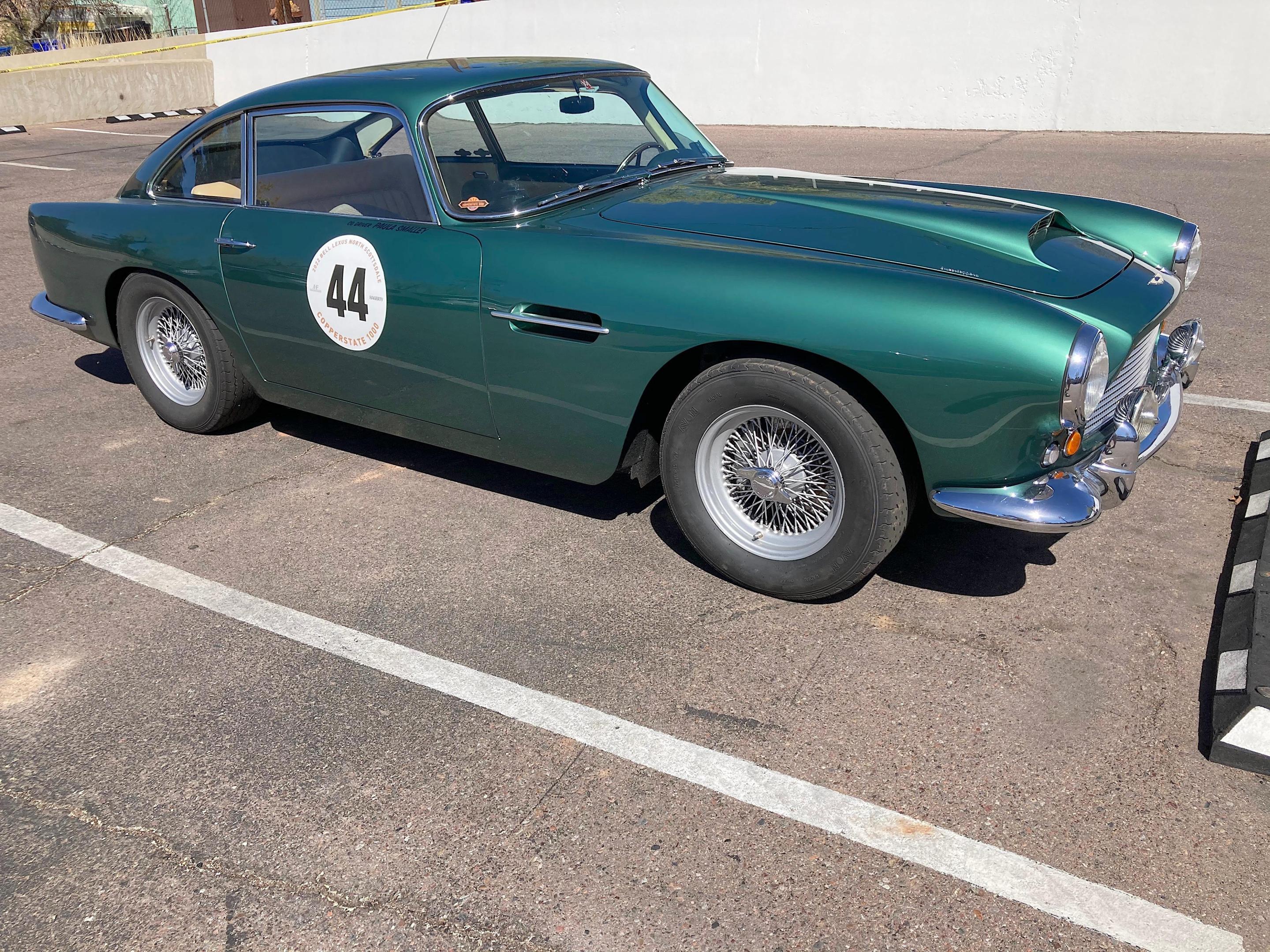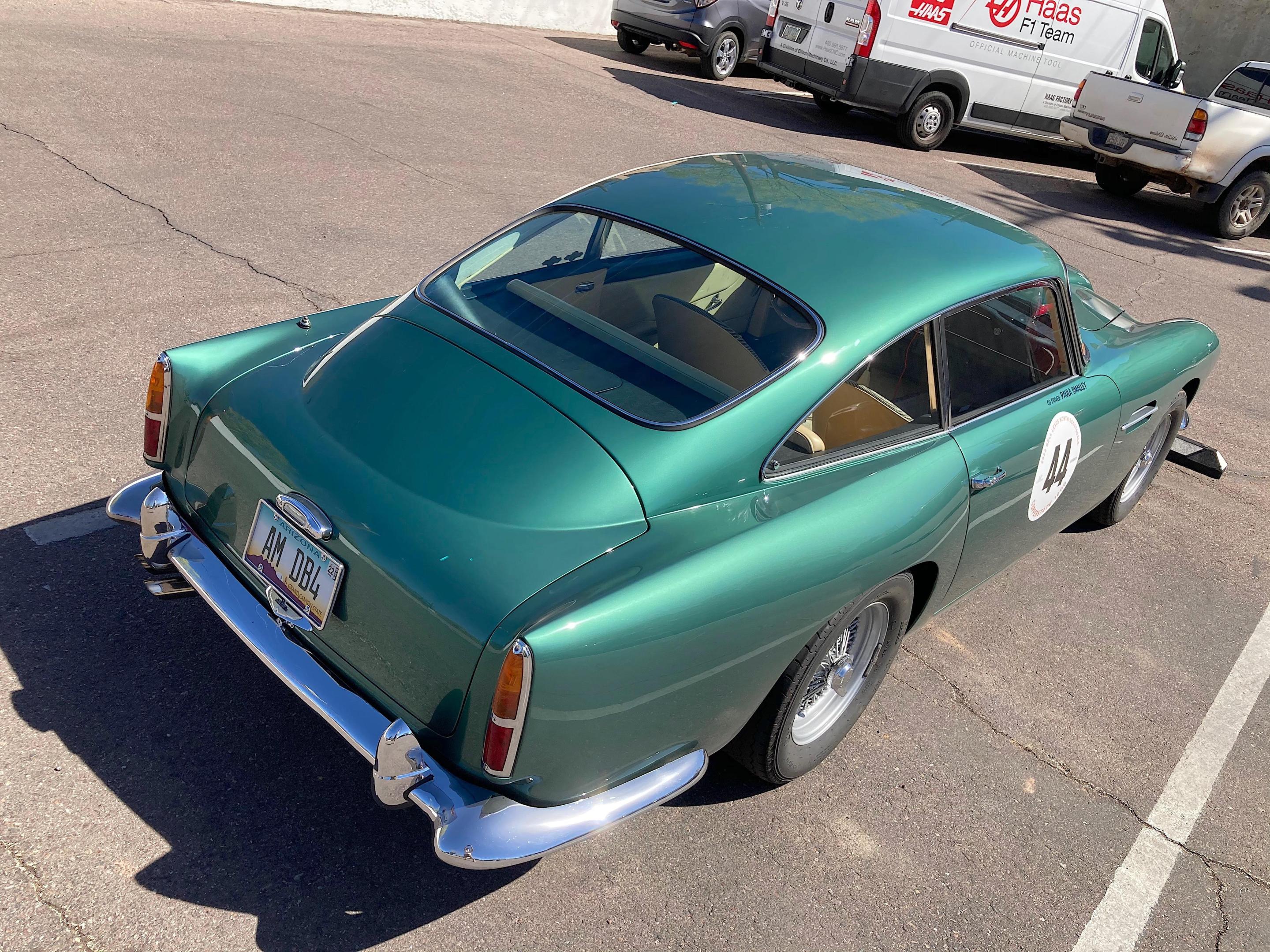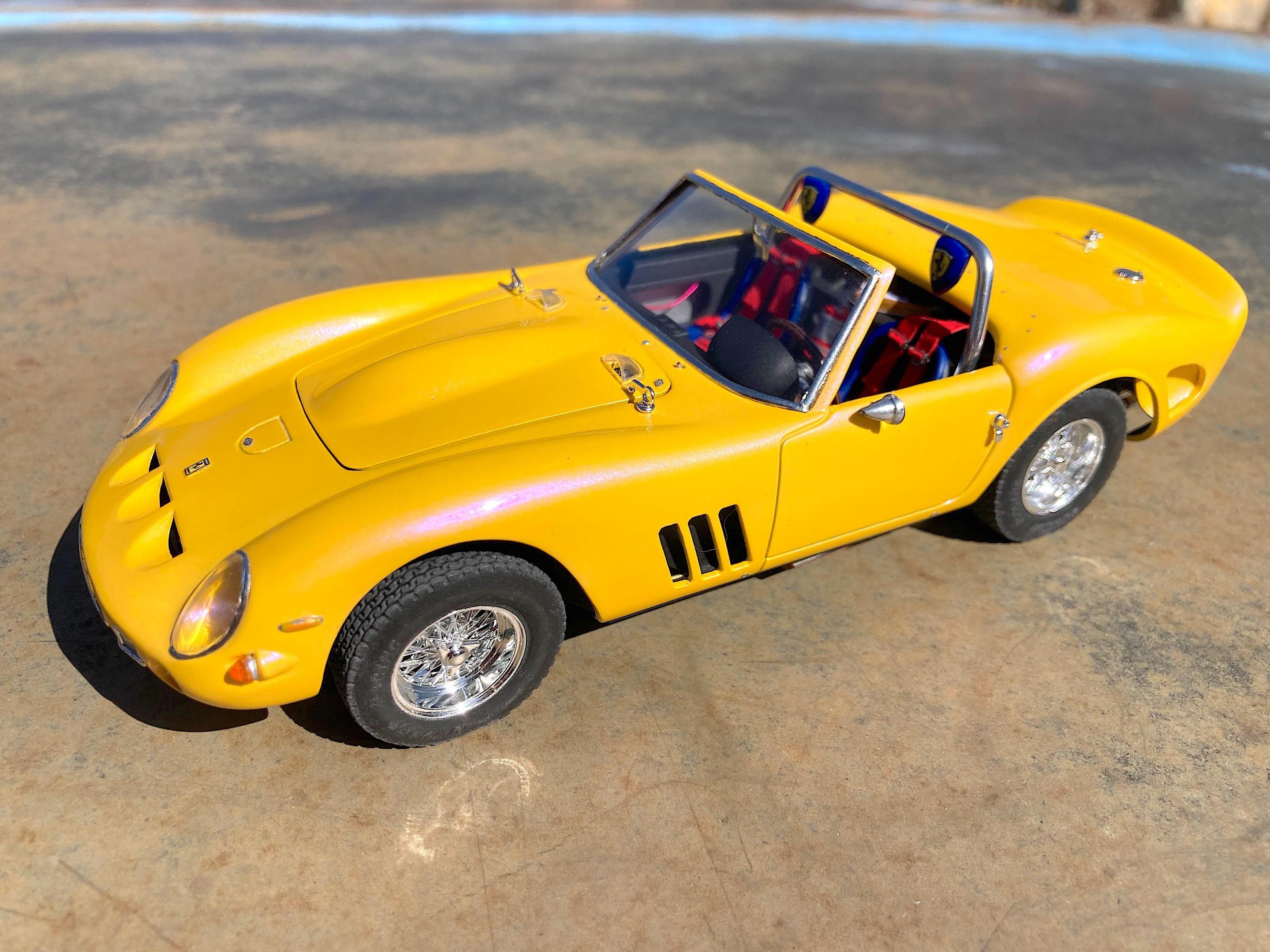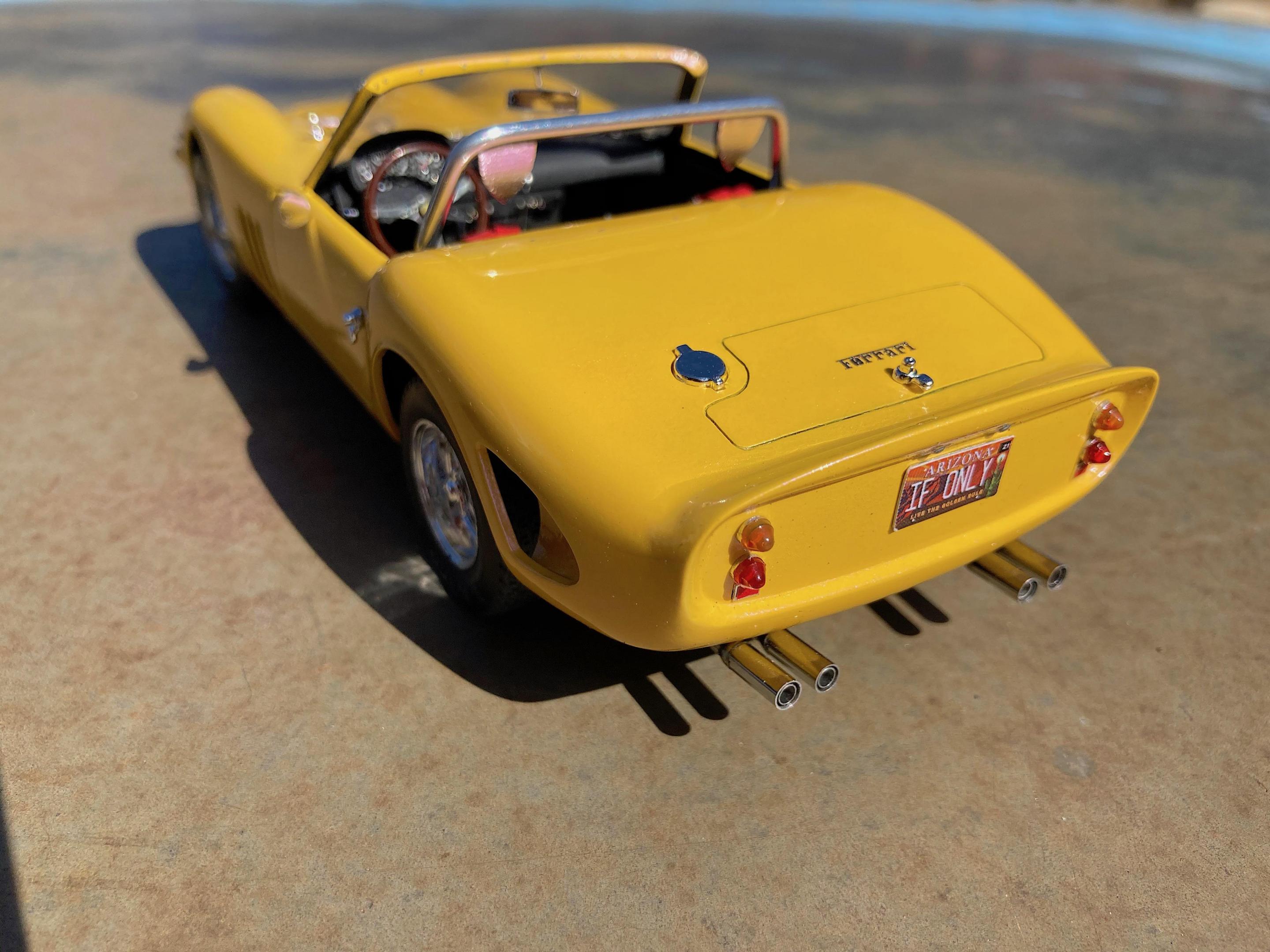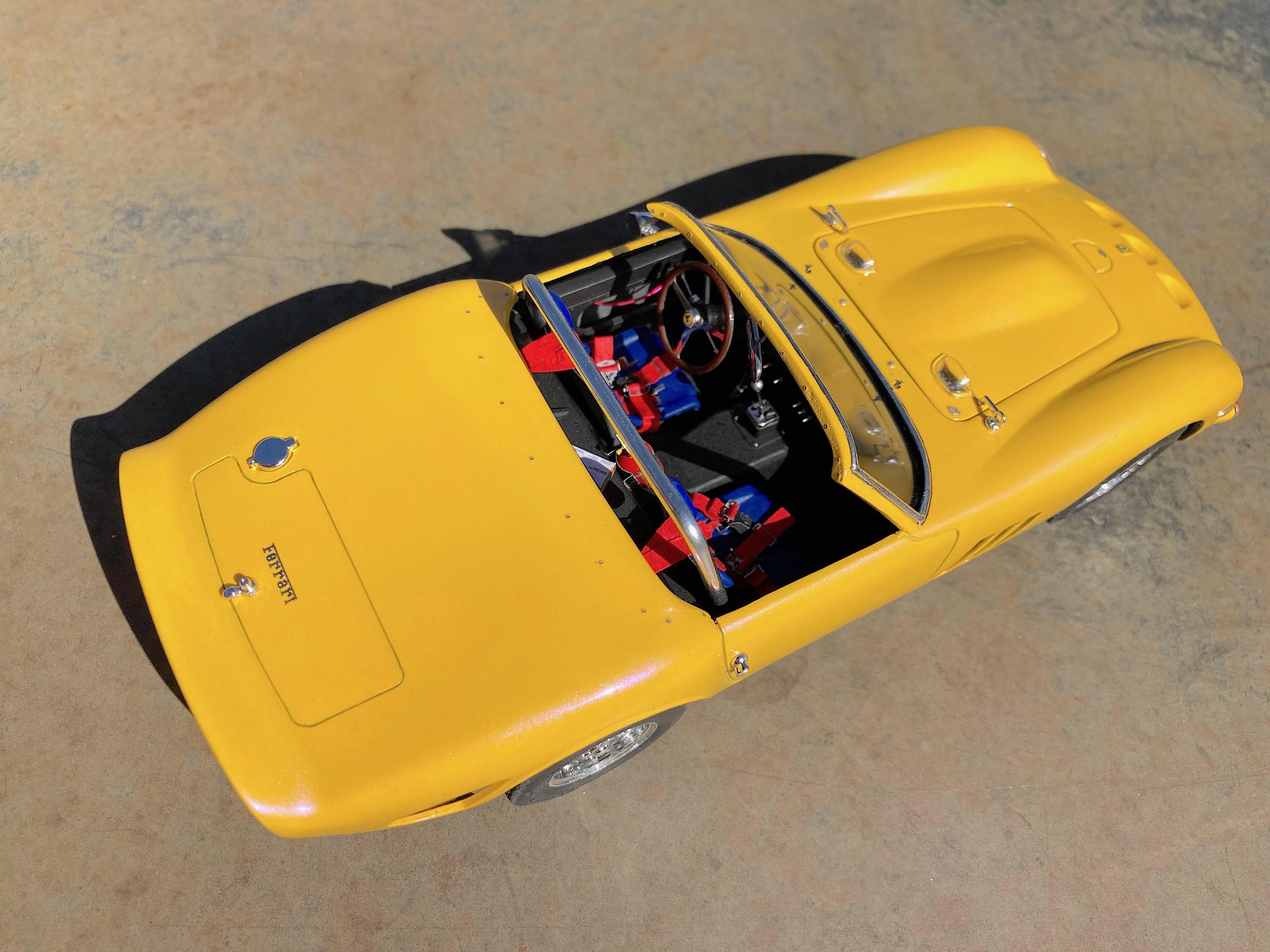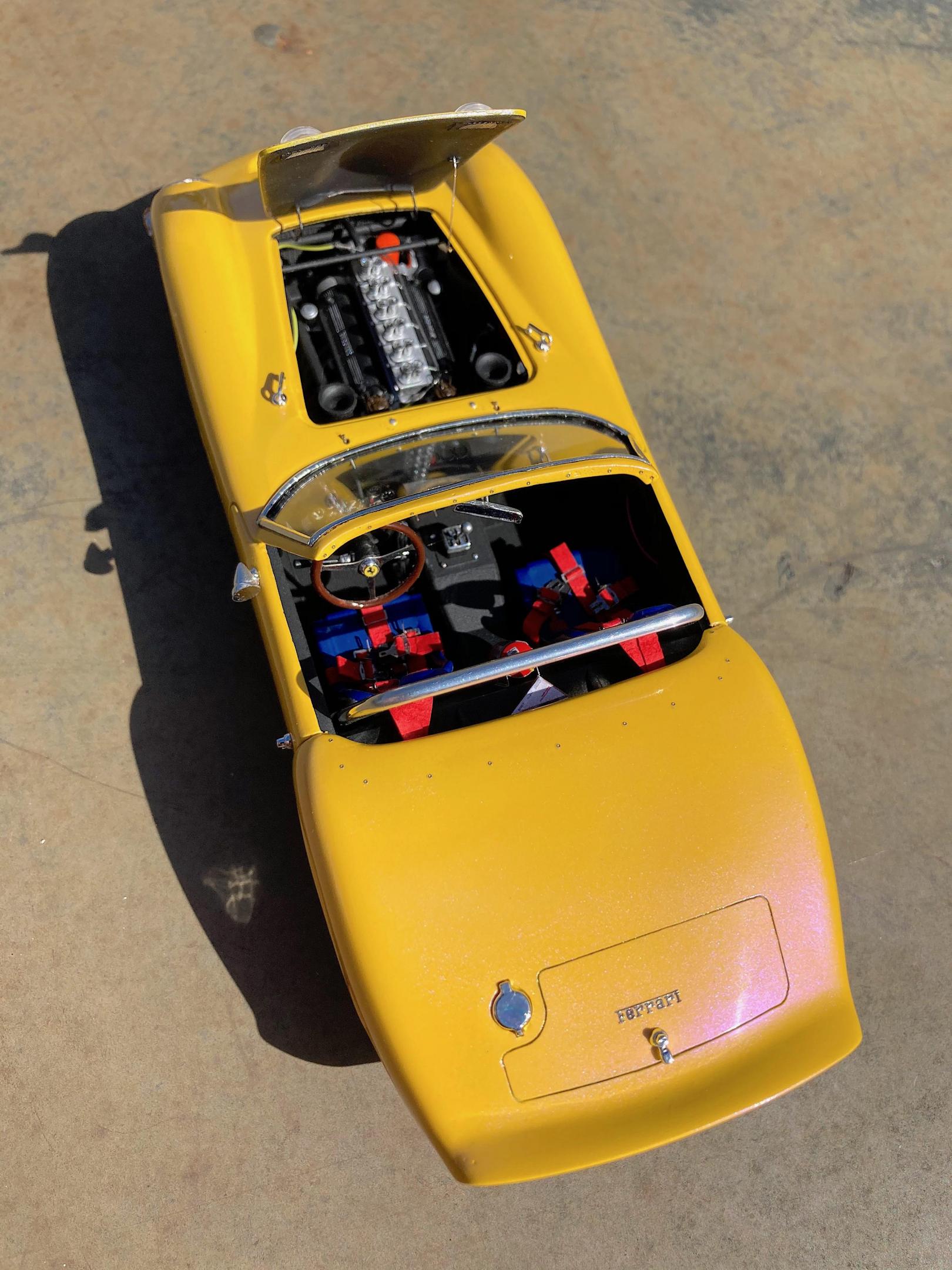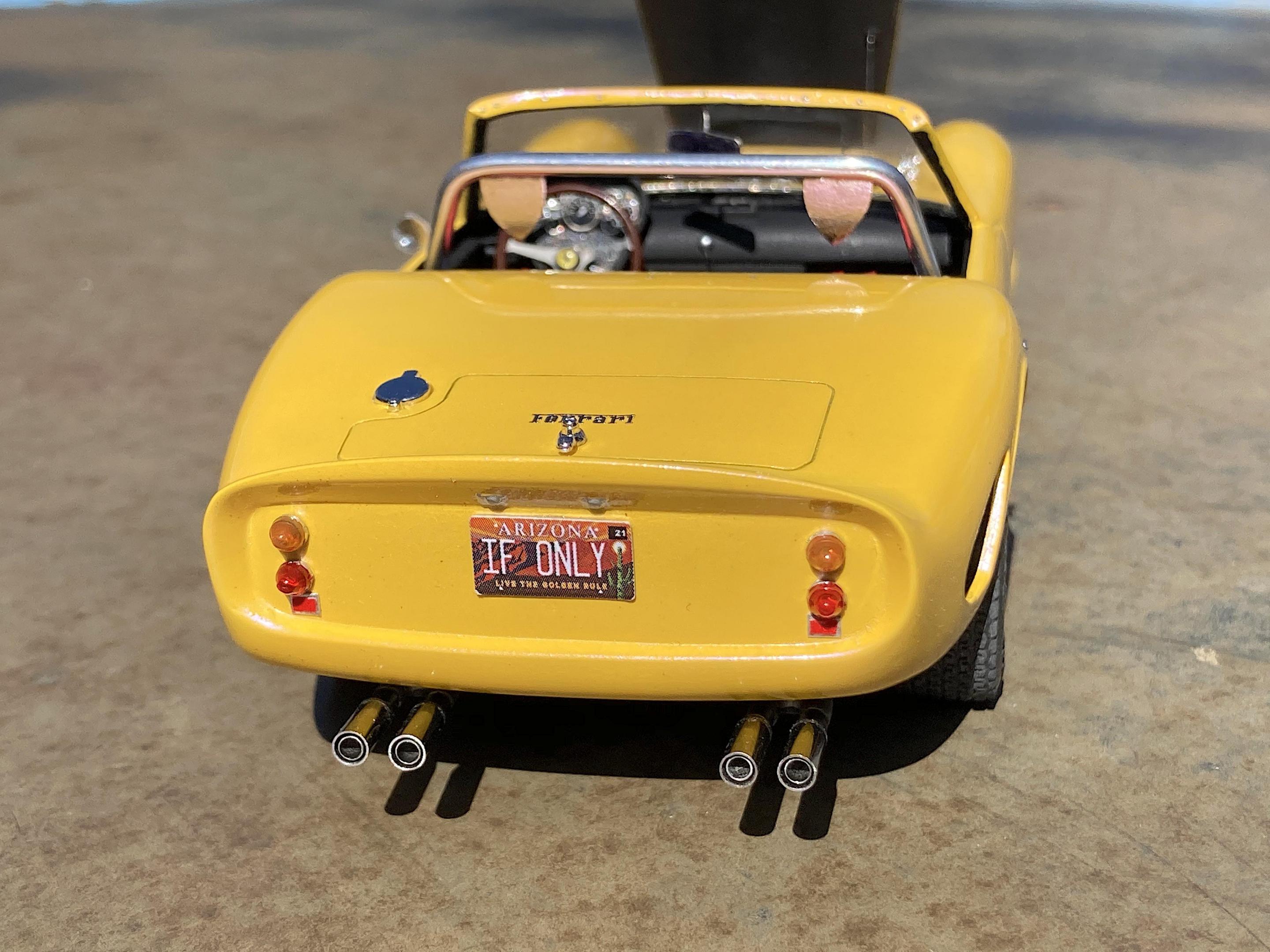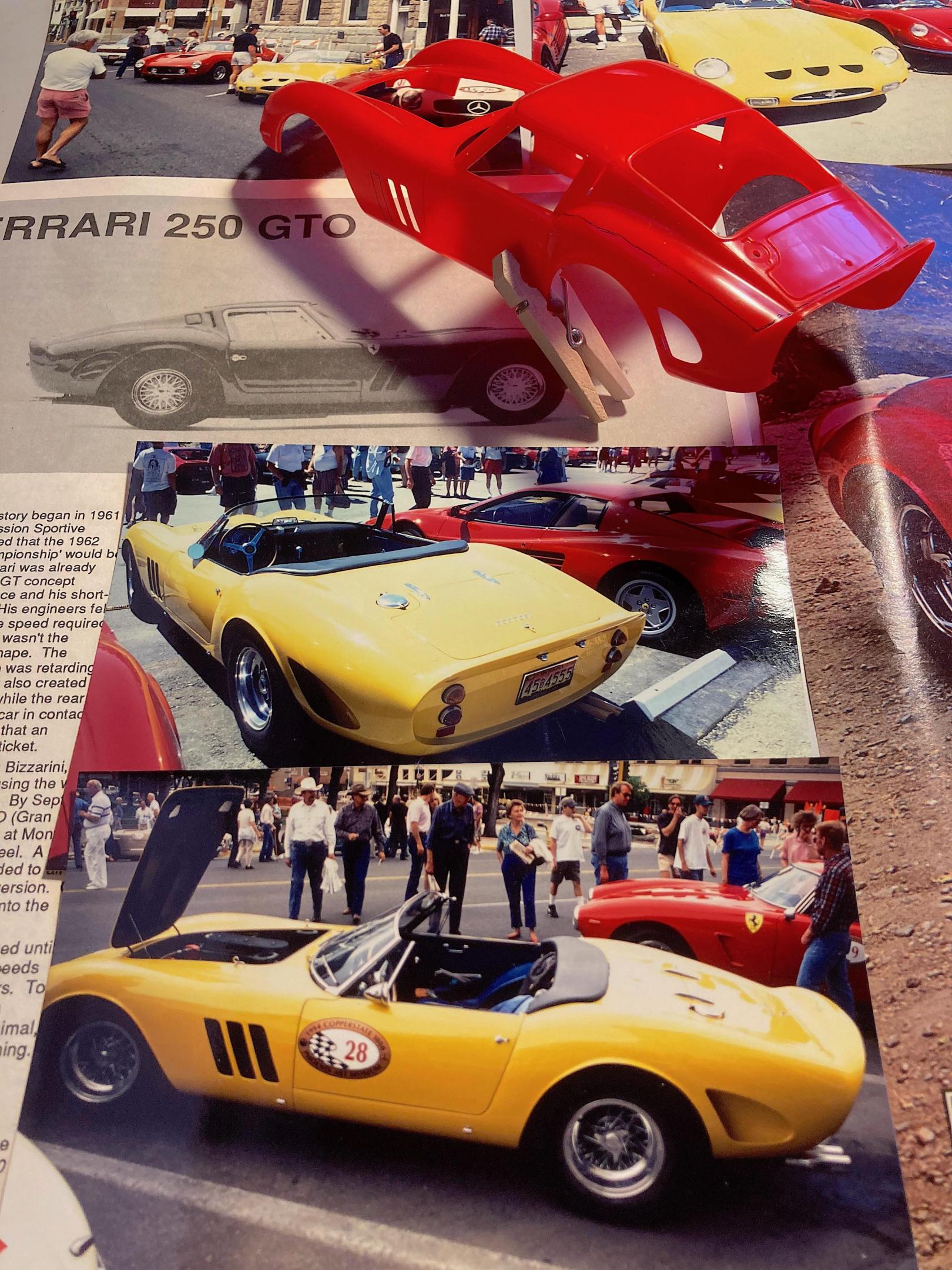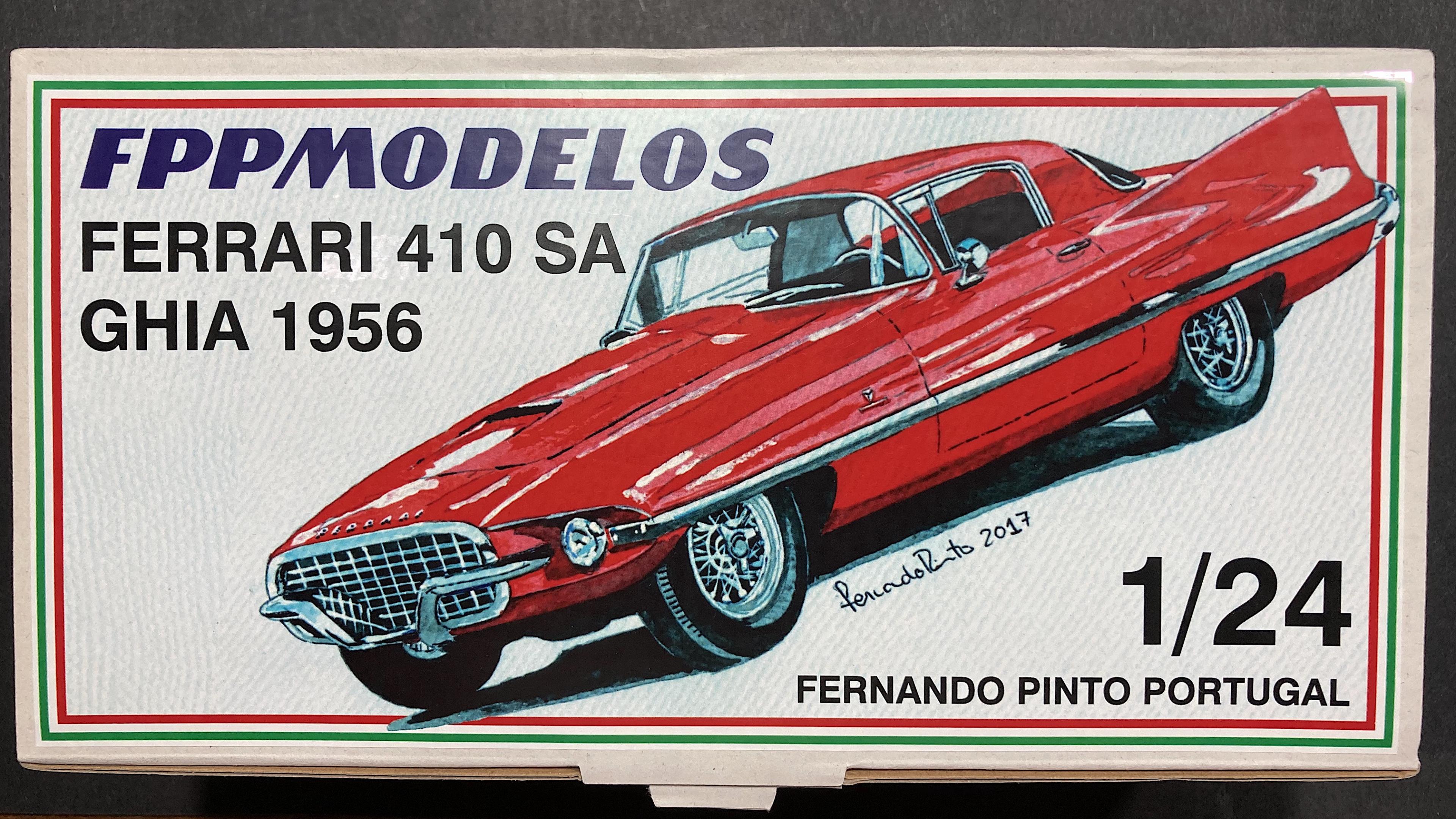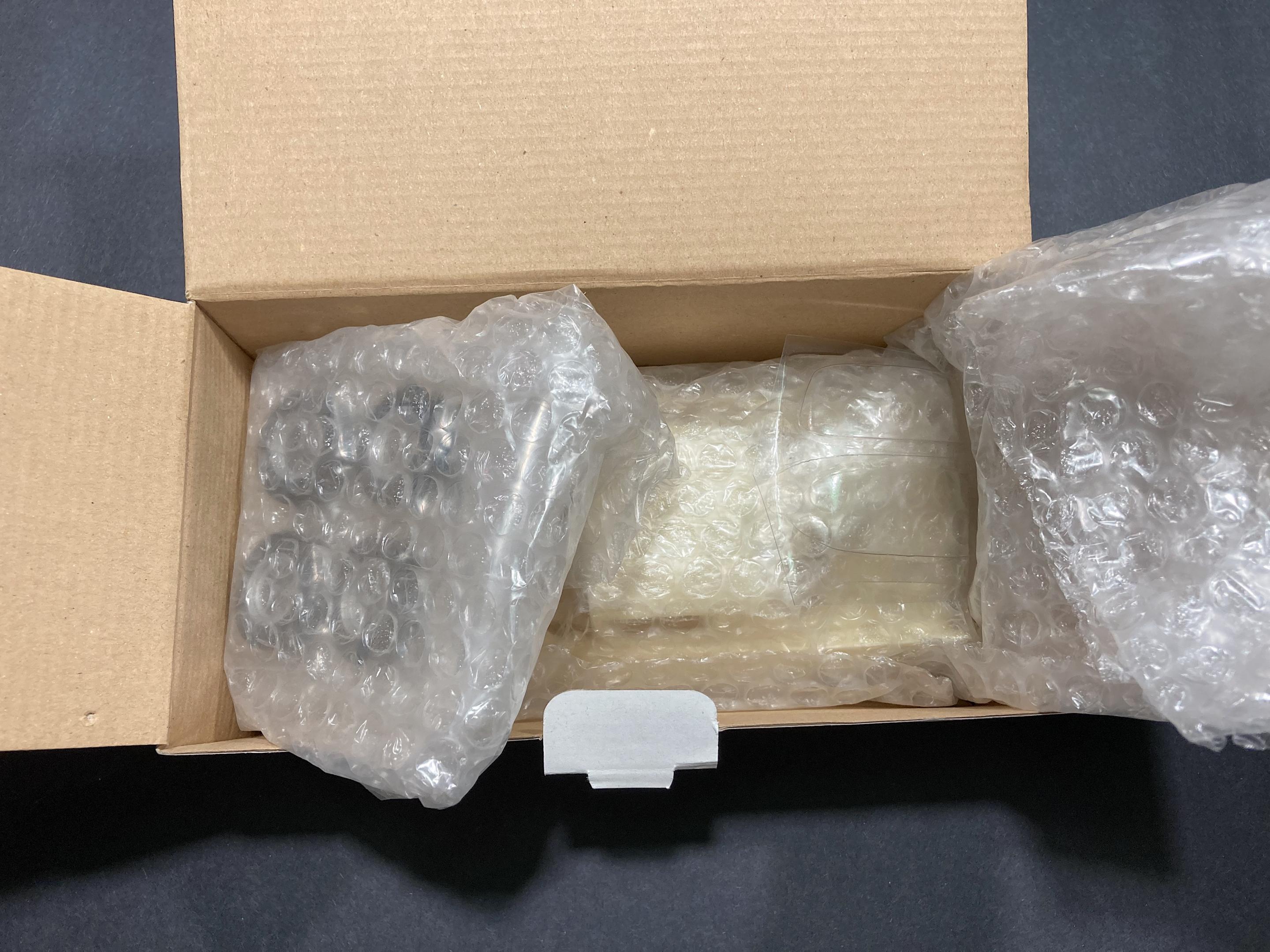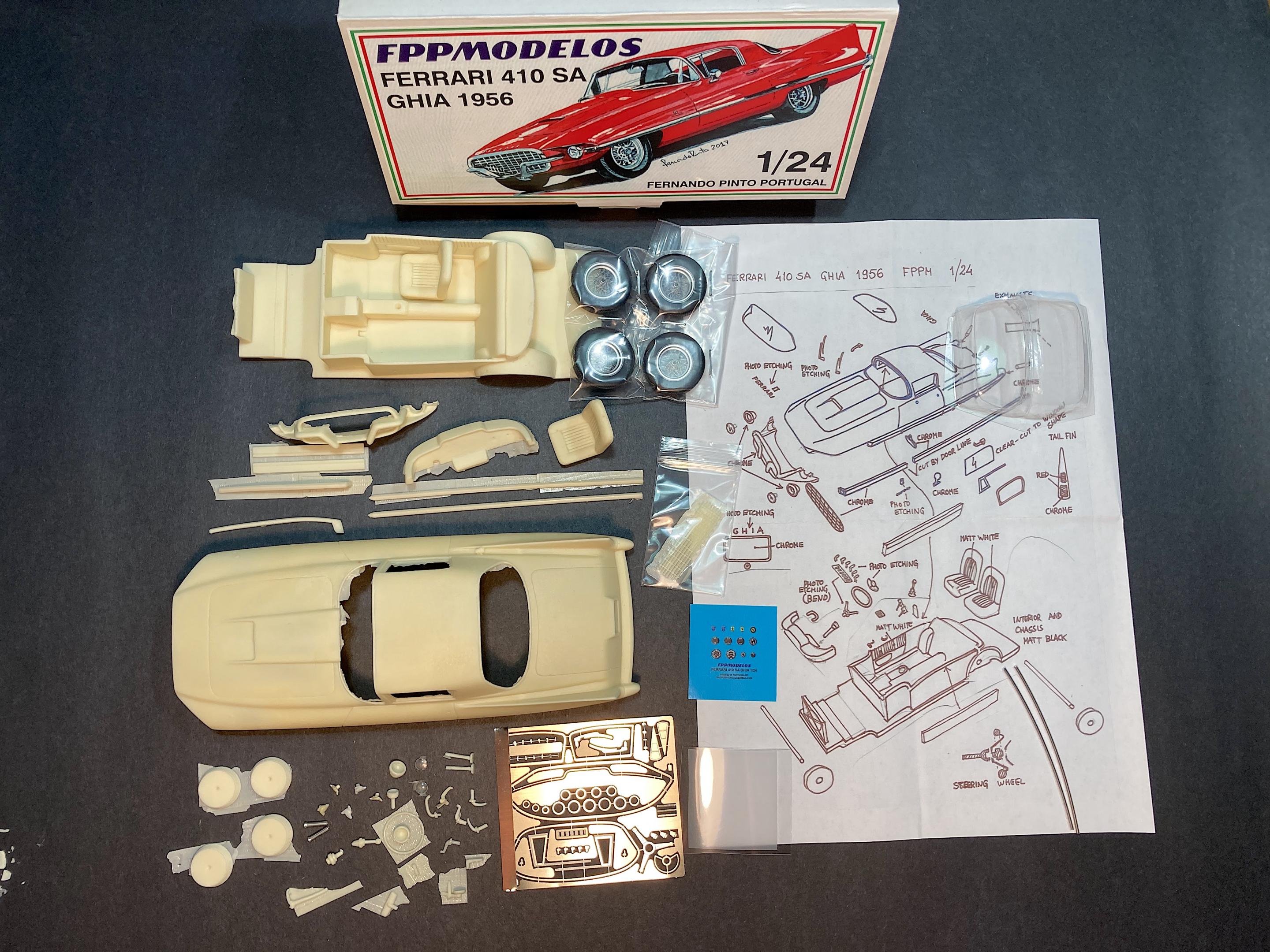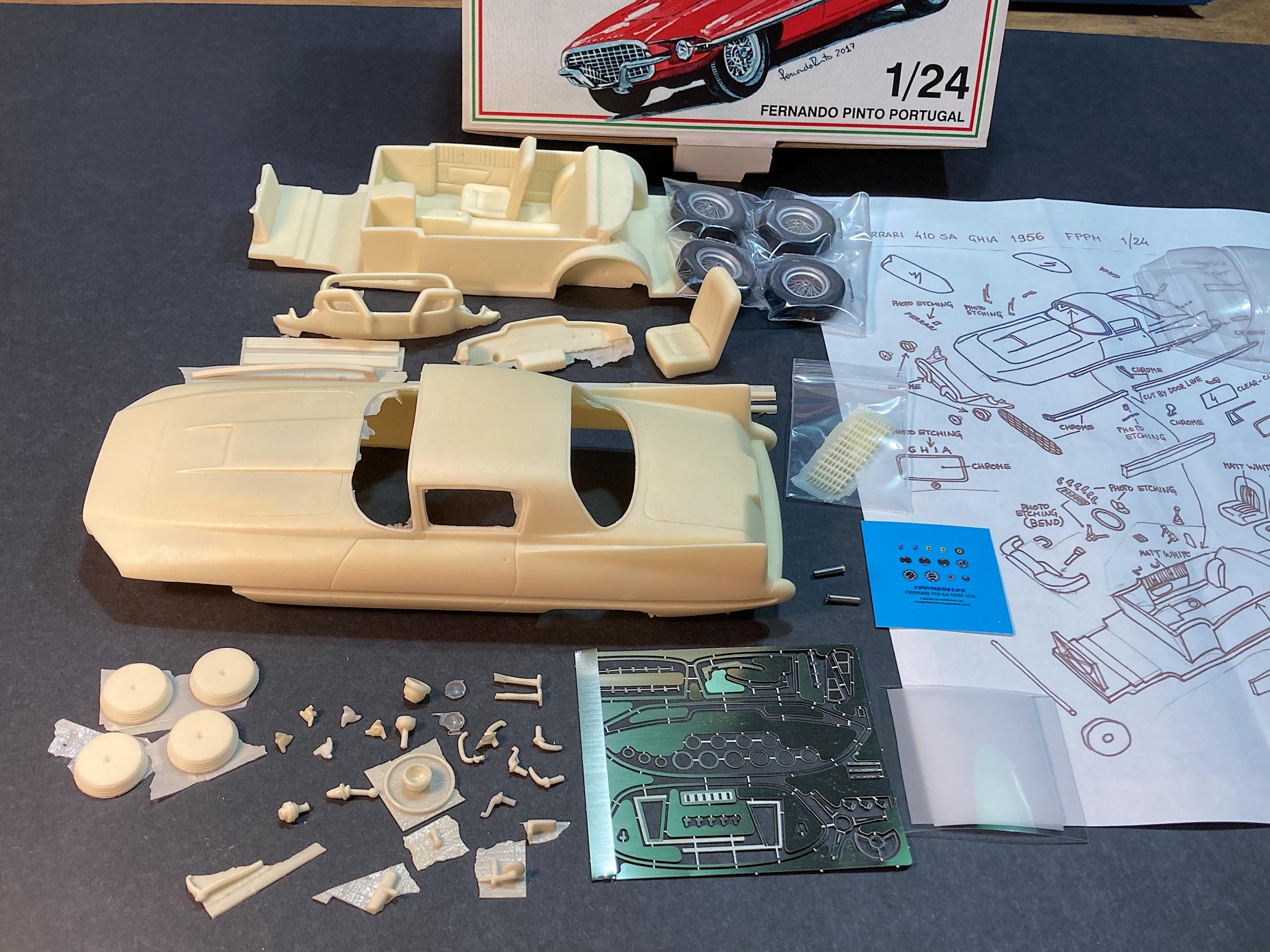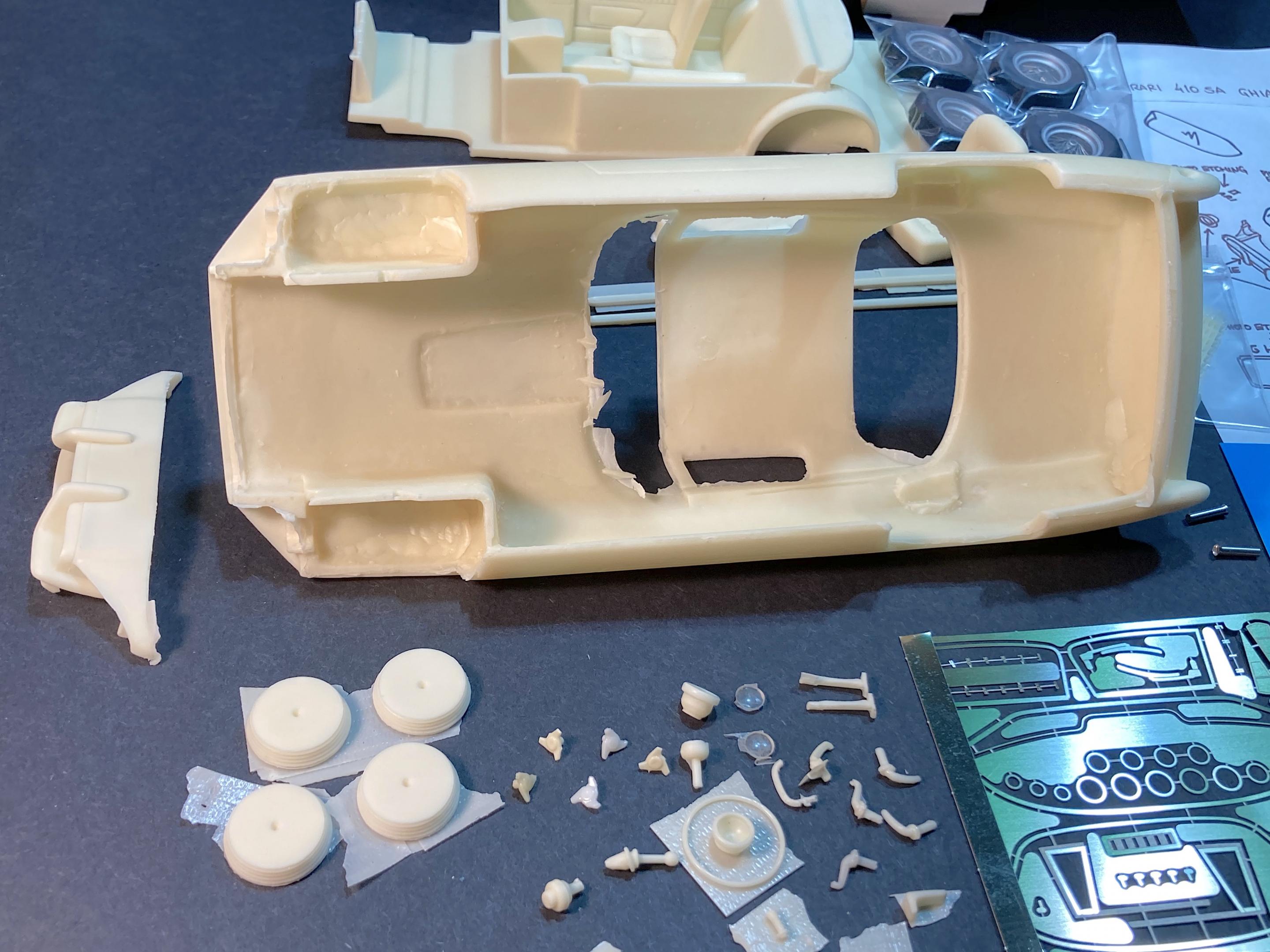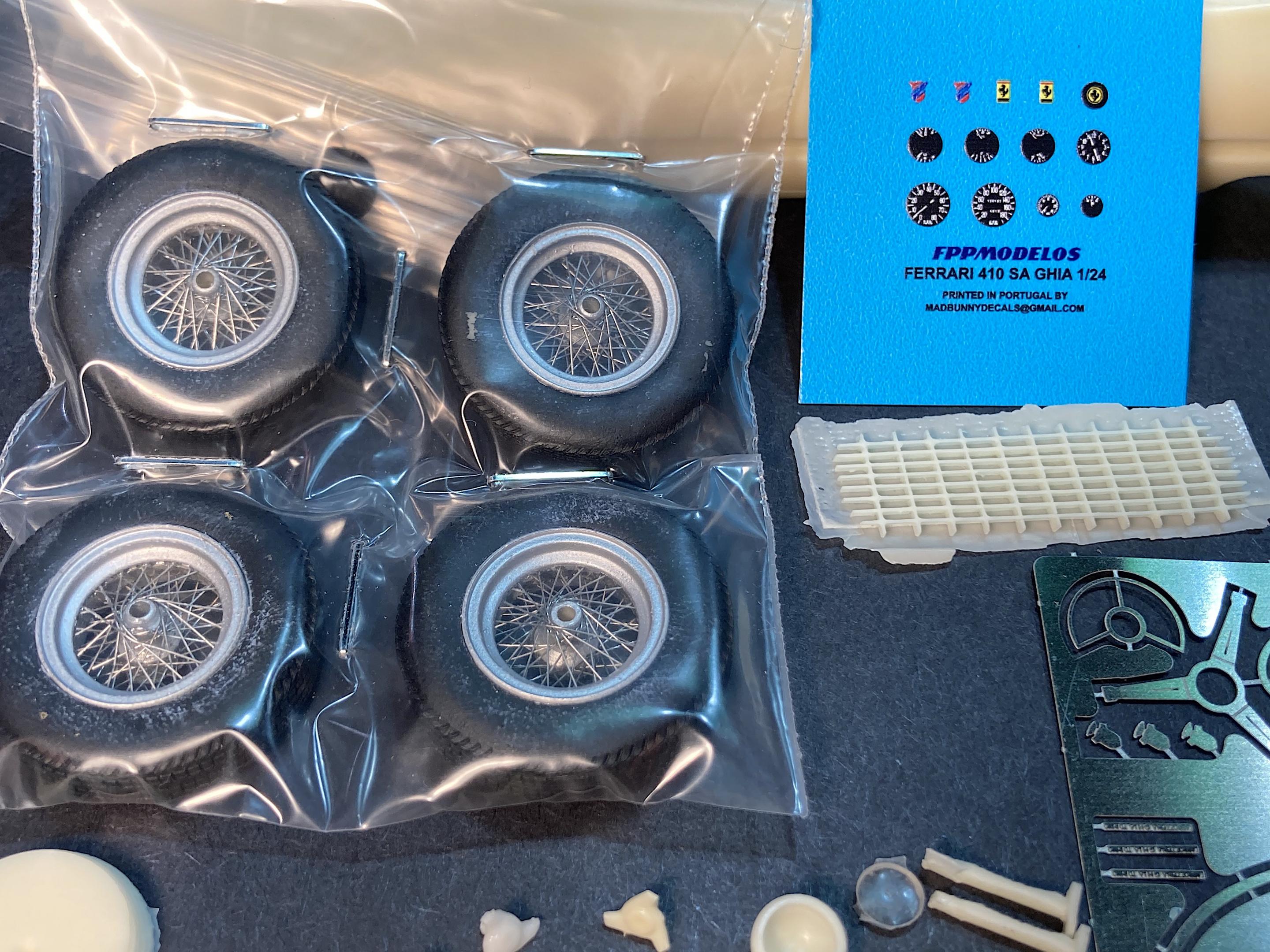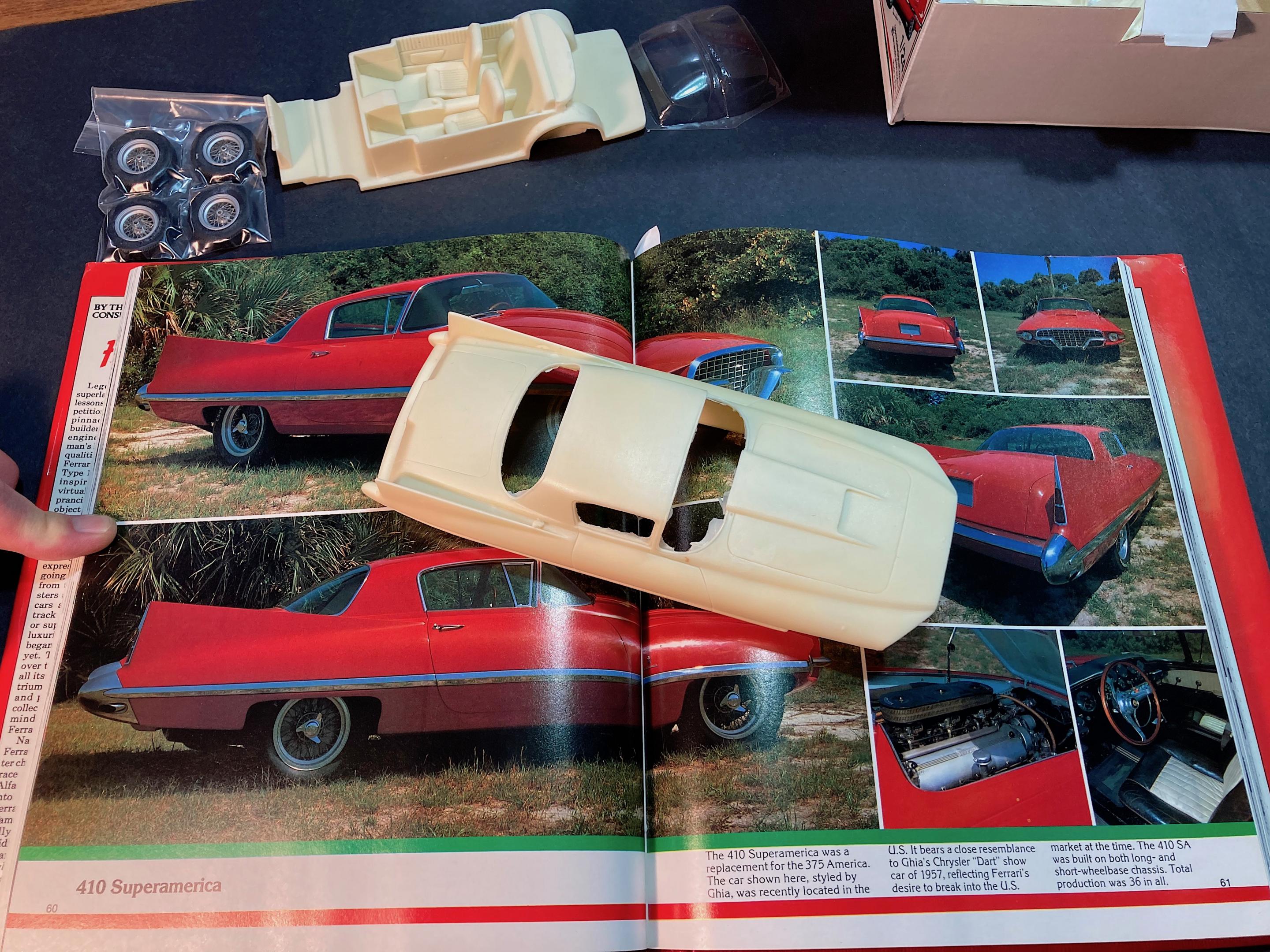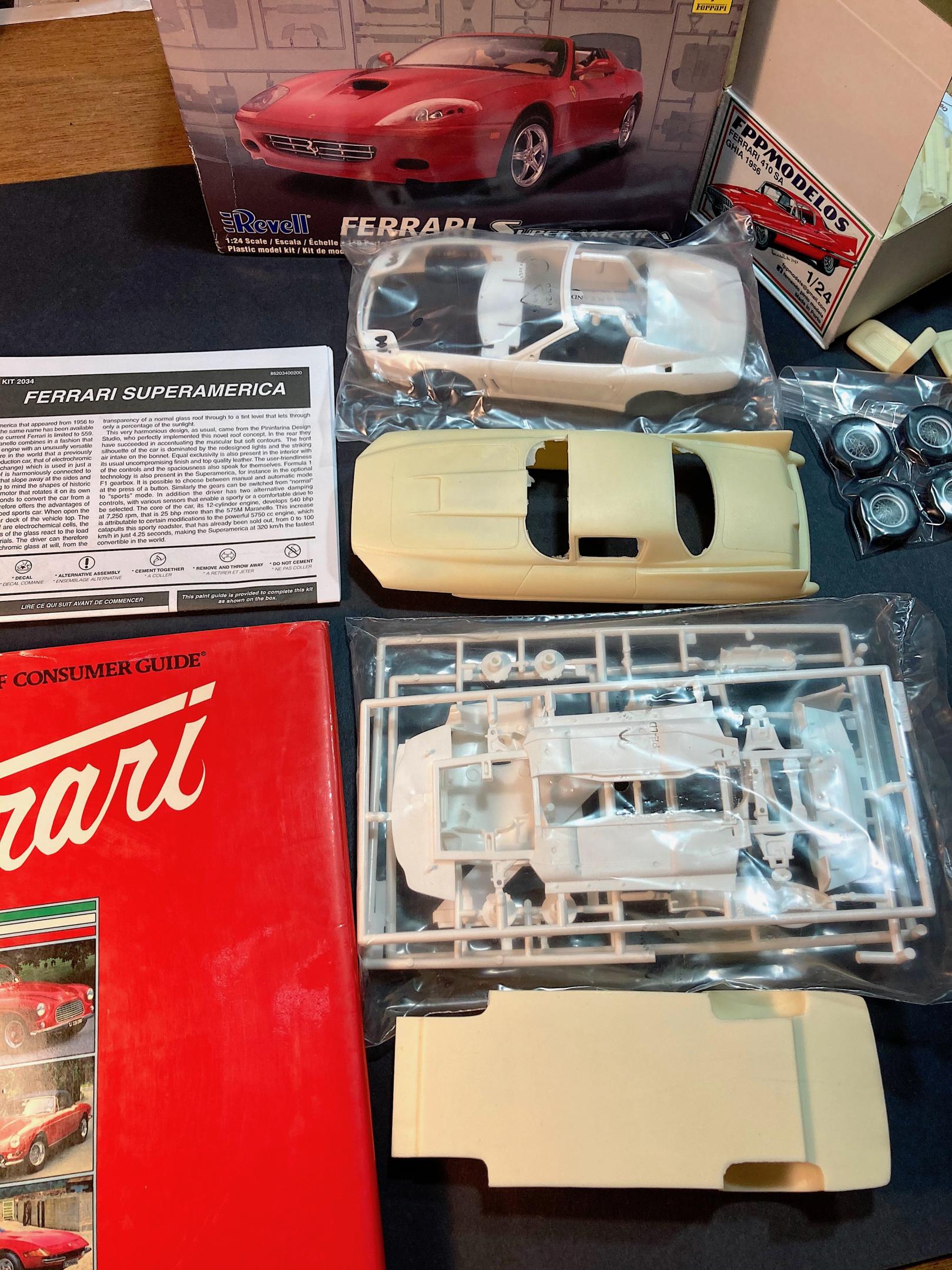Search the Community
Showing results for tags 'ferrari'.
-
Hello model building enthusiasts! Today I’m starting the build report for my dream car, the Ferrari F40. First, here are some details about the car, the kit, and the transkits I will use. The Ferrari F40: The Ferrari F40 was introduced in 1987 as the successor to the legendary Ferrari 288 GTO. This vehicle was not only a milestone for Ferrari but also for the entire automotive industry. Developed to celebrate Ferrari’s 40th anniversary, the F40 epitomized the ultimate pursuit of performance and engineering. It was commissioned by Enzo Ferrari himself to continue Ferrari’s tradition as a manufacturer of pure racing cars for the road. It was intended to be the fastest and most powerful road car of its time and embody Ferrari’s technology and heritage. The Ferrari F40 was a masterpiece of engineering. Beneath its carbon fiber and Kevlar bodywork lay a twin-turbo V8 engine with 2.9 liters of displacement, producing an impressive 478 horsepower and a maximum torque of 577 Nm. This engine was mated to a five-speed manual gearbox, giving the F40 a top speed of over 320 km/h. The lightweight construction of the F40 contributed to its impressive performance, with a dry weight of only about 1,100 kg. During its production run from 1987 to 1992, a total of approximately 1,315 Ferrari F40s were produced. Although there were no official variants, some special models, such as the F40 LM and the F40 Competizione, were produced for racing. These vehicles were even more powerful and rarer than the standard F40. I will be building the road car in the European specification. Furthermore, I have decided not to build the version for purists (with plexiglass side windows with small sliding windows, no air conditioning), but the slightly more comfortable version with inner door panels, crank windows, and air conditioning. The Pocher Model: In 1991, Pocher released a 1:8 scale kit of the F40. Similar to the Testarossa, Pocher decided to simplify the kit compared to earlier Pocher models. The reason for this decision was to appeal to a wider audience, as the model could be assembled very easily. All parts were simply snapped or screwed together. I found a relatively well-preserved and unmodified assembled F40 on eBay, which I completely disassembled and will rebuild from scratch. Transkits: Over time, several Transkits were released to improve the level of detail. The “holy grail” among the Transkits is the one from Autograph. The Transkit was released in a limited quantity. However, due to high demand, additional runs were made. The Transkit stands out especially for its many details on the suspension and frame. It consists of 8 A4 sheets with etched parts, numerous white metal cast parts, metal rims, decals for the cockpit, carbon fiber, and Kevlar surfaces. It also includes fabric for the dashboard and seats, as well as plenty of small parts like screws and nuts. The Transkit I’m using is from the last batch, featuring Speedline rims. So, I started the build in 2021. However, since Tommaso Iuele also announced a Transkit for the F40, I stopped the build until this Transkit becomes available. To bridge the time until then, I started building the 1:8 Testarossa by Pocher, for which Tommaso Iuele’s Transkit was already available. So, I spent the last 2 years building the Testarossa. Here is the link to the pics of the finished Testarossa. A few weeks ago, Tommaso Iuele’s F40 Transkit was completed as well. The Transkit features a highly detailed engine made of printed parts. It also includes the front hood, rear wing, and rims for the LM version, as well as many other printed parts. It contains 5 A4 sheets with etched parts and beautiful decals for the road and LM versions. After examining both Transkits, the further procedure is clear. I will continue building the road version and, like with the Testarossa, make the engine by Tommaso Iuele as a standalone model. Regarding the etched parts, I will make a “best of” selection. Later on, I will build the remaining parts into an LM version. Since I’ve learned a lot about model building in the last 2 years, I will now carefully inspect and improve the already built parts step by step if necessary. Additionally, the F40 will receive a fully functional lighting system with automatic popup headlights. Let’s start with the front axle and suspension. In the Pocher kit, the parts are assembled with large screws. The shock absorber suspension is a very loose interpretation of reality. The stabilizer and steering linkage are extremely bulky. For a model in 1:8 scale, it’s a complete disaster! Especially considering that the suspension of the F40 is fully visible when the hood is open. The same goes for the two tie rods that reinforce the front axle forward. Fortunately, this was taken into account in the Autograph Transkit. For this, there are etched parts in the Transkit that are soldered together, thus redesigning the mounting geometry. The Transkit also includes solder and soldering water. Soldering brass parts was new territory for me in 2021. After some practice soldering, I got the hang of it and finished the parts for the front axle suspension. The parts were then glued to the front axle with a 2K adhesive (Pattex Kraft Mix, extremely fast, 25 mg). For this, any protruding parts of the old mounting were sawed off beforehand. The adhesive hardens very quickly. That’s why I always mix a very small amount. After the adhesive had cured, the parts were additionally secured with small screws. The two tie rods and the mounting for the radiator were also separated from the frame and replaced with brass parts. Afterward, everything was painted black. Now it looks almost like the big brother. That’s the status as of 2021. As mentioned above, the F40, like the Testarossa, will receive a fully functional lighting system. The only problem is, there’s actually no room for all the boards I need for the control. After much consideration, I found a solution. In the area of the front axle below the spare tire well, the steering rack and the stabilizer run. In principle, there is enough space, and the area is not entirely visible. However, to accommodate the boards, I would have to remove the cover of the steering column along with the mounting geometry and the reinforcement wall between the left and right sides. After I was sure that this would provide enough space for the boards, I used a small handsaw to cut away the interfering parts. Here’s a comparison to make it clear which wall I’m referring to. In the front view, you can also see the cutaway areas of the steering column cover. Here’s the basic positioning of the boards. It’s important that all connectors are accessible and that no heat buildup occurs. To conclude, here are some pictures of the finished front axle. That's it for now. Next time it will be the turn of the remaining parts of the front axle (wishbone, brake disc, brake caliper, shock absorber, stabilizer and steering linkage). See you soon Your Ferrarifan
-
In 1967 a Ferrari entered by Scuderia Filipinetti won the GT class at Le Mans while Ford won overall. This alloy bodied 275 GTB/C 09079 Ferrari was the last competition prepared Ferrari to run on wire wheels. This is an older Italian made BBurago model which has replacement resin cast wheels and a few competition features added and decals from the parts box. Oops - I left off the colored signal lights on the right hand side. Reference: 1966 Ferrari 275 GTB Competition Coupe by Pininfarina Chassis 09079, engine 09079 (conceptcarz.com)
-
In addition to the Ferrari Testarossa I also built a super detailed model of the Testarossa engine in 1:8. The model is also based on the kit from Pocher which was released nearly 30 years ago. I improved it using a transkit from Transkit Modelcar which I upgraded by a lot of scratch built parts. I used the technical documentation of Ferrari and hundreds of pics from web to make the engine as real as possible. The model can be disassembled partially to a view to all the details. Hope you like the built. Fully assembled engine: As written above many parts can be disassembled to get a view to all the details below. Here how I made the pics. I used a IPhone 14 Pro. Best regards Your Ferrarifan
-
After more than 2 years of built time it a pleasure to present the pics of the finished 1/8 Ferrari Testarossa. The car is based on the kit which was release from Pocher more than 30 years ago. I used several Transkit( Transkit Modelcar, AMG, Tremonia,…) and a lot of parts from Top Studios, Autograph, Scaledetails,… I spent hundreds of hours just studying the technical documentation of Ferrari and viewing pics available on internet to make the car as realistic as possible and I added even the smallest detail. A lot of these changes were built from scratch. Just to mention a view of the changes: - realistic side fins and air inlet - realistic hood open and locking mechanism - super detailed engine with a detailed injection unit, all additional units, waterpipes, oil pipes, air pipes, wiring harness - fuel tank with fuel pumps, filters and lines - entire interior covered with leather - super detailed displays and center console - glove compartment, radio cover and center compartment to be opened - sun visors - realistic underbody - suspension and brakes with all brake lines - realistic front air intake and rear air outlet - Horn and windshield washer container - Brake fluid reservoir, batterie and main fuse box Further I added fully functioning lighting with automatic pop up lights, a sound module with realistic sound, remote control and the complete toolset and luggage. To increase the realism even more, I aged and weathered the underbody with the suspension and the lower engine section. For those who are interested. I have also made a video. Looking forward to your replies! best regards Ferraifan
- 28 replies
-
- 10
-

-
- ferrari
- testarossa
-
(and 2 more)
Tagged with:
-
I thought I would share my latest model with you. I will post a link to the WIP thread if you would like to see it. The quick rundown on this one is as follows: Tamiya 1:24 Ferrari 360 Modena, original release I believe, molded in red. I painted it in Gravity Colors' (Spain) Grigio Alloy. It is cleared in Tamiya TS-13 Clear. Interior is Tamiya German Gray. I used Tamiya's Dark Gray Panel Liner on the body panel lines. Unfortunately, I did have a couple of issues with the kit. Mainly, the side windows just did not want to fit. This is a common complaint on this kit. The ill fitting side windows caused issues with the fitment of the interior and chassis into the body. A lot of grinding, sanding and carving resulted in a decent fit. I also got some ghosting on my body's mold lines. They absolutely were not there when I primed it but showed up during paint. As they say, it is what it is. Overall, I am very pleased with how she turned out. Lots of pictures to follow!
- 23 replies
-
- 11
-

-
- ferrari
- 360 modena
-
(and 1 more)
Tagged with:
-
I started a new kit for 2024. After fighting the Evil Iron Trike and all of its horribleness, I wanted to build a hassle-free kit that would look great when finished. Tamiya to the rescue. I decided on the Ferrari 360 Modena. Although I am not against a red Ferrari, I feel there are so many other beautiful colors out there for them. I am a big fan of Gravity Colors, Spain, and have a nice and growing selection of their paint. I had their Ferrari Grigio Alloy and felt it would look great on the 360 Modena. The Grigio Alloy is what I would call an Ice Blue, a silver with a blue hue to it. Here is where I am at with the kit so far. I will caption each photo as needed. The kit. Here are 2 photos of the real thing. The first one is in direct sunlight and looks rather silver. The second one is in a more shaded area and shows the blue hue very nicely. Here is Gravity Colors' paint. As I always do, I run a Sharpie over all of the body seams. This helps me ensure that I remove all of the mold lines. I'm a little concerned about the red plastic. I took this photo to illustrate how easy it can be to miss something in the body work phase. Th Sharpie not only hits the high spots but will get down in the grooves as well. I finished the body work, washed the model and shot Gravity Dark Primer over it. I was still concerned about the red plastic and possible bleed through. I know there is an argument about whether or not this happens. It does and it has happened to me. After the primer dried I shot Tamiya LP-11 Silver over all of the body parts. I have had great success with using silver paint to block bleed through. I felt it was better to be safe than sorry. Once the LP-11 Silver had time to cure, I shot another coat of Gravity Colors Dark Primer. Overkill and unnecessary? Perhaps. I did it for 2 reasons. First, I wasn't sure how the Gravity Colors Grigio Alloy would react to the Tamiya LP-11 Silver. Second, I felt it would be very hard to distinguish between the silver paint and the Grigio Alloy paint as they are not that different. The Dark Primer was a nice contrast. Here is where she currently sits. There are 5 coats of Grigio Alloy on all of the body parts. I just cannot capture the blue hue of the paint but it is there to the naked eye. If you look in the headlight or taillight buckets you can see the blue in the paint. Thanks for looking in! Let me know what you think.
- 40 replies
-
- 7
-

-
- ferrari
- 360 modena
-
(and 1 more)
Tagged with:
-
HI everyone!🙂 this is my fujimi1/24 250gto 250 gto, probably my favorite ferrari car of all time.. the kit is aged,however,I think it's a good kit I did some modification and detail up try to build this beauty as good as I could.. hope you guys like it! and here is the vide build if you are interested!!😄
- 33 replies
-
- 13
-

-
Kitbashing the Airtrax Ferrari 330 GTC resin kit with the Revell 575 M Superamerica. The reason I have always wanted the 330 GTC, when I was a kid, my dad knew someone who had one (and an Aston Martin, and a BMW Bavaria, and a Mercedes 300 SC), and after incessant begging he took me for a ride. Even though it needed a tuneup, it sure made an impression on me. Because of this forum, I found the source, so I sprung for it. Found the pictures online, to print out for the box art. The body appears to be accurate, the photo-etch is really nice even though there is no "Ferrari" or Prancing Horse emblems (have that covered). You need to provide tires, and a chassis, I guess the 250 SWB or 275 GTB/S, or even the Daytona, would be the most accurate, but I wanted something different. Found the Superamerica at a swap meet in town (not a model swap meet) for $10. The wheelbase is almost the same, track width might be a challenge, but that's what flares are for. Doing this for a Fakebook community build, maybe I will nickname it Mama Mia! 🇮🇪 Owners manual, will photo-reduce for a final detail. A look at the parts. No instructions. Need to make the steering wheel rim, might try using wood like what Replicas & Miniatures of MD has done. I have rally lights left over from my Cannonball WRC Subaru (not shown). Custom box: Community build started 1/01/22, proof that I didn't get a head start. 😅 One wheel is terrible, but since I didn't plan to use them, not a big deal.
-
After a short hiatus, my final build for 2023 is Fujimi's Ferrari F430 Scuderia. I strayed from the box art as I just don't see a Ferrari 'street' car with stripes. Body colour is Zero Paints Ferrari Rosso Rubino over Pink primer and cleared with Mr. Color GX100. The actual car has a fair bit of carbon fibre which I tried to replicate with paint over the rear fascia, grids and vents. The interior is a combination of Semi Gloss Black and a lighter shade of carbon fibre coloured paint. The wheels were painted AK Xtreme Metalizer Gold and coated with multiple applications of Tamiya X-19 Smoke. What I learned: 1. Zero Paint does not like going on wet as it can, and will reactivate the lower layers. In fact, it's so hot it will soften the plastic. It tells you in the instructions to apply 3 or 4 medium coats. This particular colour didn't seem to cover evenly and required a number of extra coats. Due to my impatience I encountered the reactivation thing. :^( 2. I really can't say anything negative about the assembly of this kit. It's probably the best fitting Fujimi kit I've built. Every part went together well including the glass. 3. If you choose to build one yourself, attach the front end of the body to the chassis first and work your way to the back.. easy peasy. Wishing everyone a Happy New Year for '24
- 34 replies
-
- 13
-

-
Found this 308GTB kit in my stash and I don't remember ever buying it! But I'm a Ferrari lover, so I thought I'd chop it up and see what happens! I also bought this Revell Enzo parts kit, so I have a few ideas!
-
I´ve bought this Ferrari with only a few Euros, because the kit was used and some pieces are broken and missing. Now after mounting it shall stand outside for a long time in order to become a barn find model. You can see the original car here:
- 3 replies
-
- 1
-

-
- ferrari
- testarossa
-
(and 2 more)
Tagged with:
-
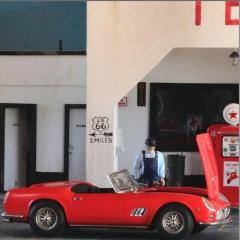
Ferrari V8 in a Subaru rally car
89AKurt posted a topic in General Automotive Talk (Trucks and Cars)
Found by accident on YouTube. I never thought of putting a V8 anything into a Subaru, looks like fun! -
Since the Pintera build is on hold until I can get to the store for paint stripper, I decided to pull this one back off the shelf. You guys are a little late to the party here, as I started this build around twenty years ago. This is the Testors boxing of the Italeri kit. Bought it brand new at a lhs (sadly long since closed) back in 1988. It sat pretty much untouched until the early 2000’s. As you’ll see, a lot of progress was made back then, but it eventually got shelved for reasons I don’t remember. Might have been around the time we moved. What’s finished- The body is done! Shot in Model Master Italian red (what else!) and some clear, probably MM too, with an airbrush, back when I had a good place to do that. Interior is also done! And finally, the engine is mostly finished. What’s that leave? I still need to finish the turbos and exhaust system. Also all suspension needs done, and then it’ll be ready for final assembly. Let’s see if I can push this old Ferrari across the finish line finally.
-
Good morning, Sharing my thoughts on this Fujimi kit. It was painted with Tamiya LP-42 Mica Red over Tamiya Pink Primer and clear coated with TS-13. The interior is Zero Paints Ferrari Cuoio Leather clear coated with Tamiya X-35 Semi Gloss and Tamiya TS-29 Semi Gloss Black. In hindsight, I wished I'd added a little more back to the interior - which I would have done if the doors could be opened and closed. I left the wheels their original chrome but gave them 3 coats of Tamiya X-19 Smoke. The kit contains some photo etch parts and window masks. Most of the kit went together quite well, however I noted a few exception below. What I learned: 1. Mica Red required multiple coats before it started looking red and not orange over the pink primer. 2. First time using decanted TS-29 Semi Gloss Black - it seemed to go on like their LP-5 and looks identical to my eyes once dry. 3. First time using Zero Paints. It can be sprayed between 15 to 40 psi. I would lean more towards 15 next time - especially for the interior as the paint dried very quickly. 4. It's probably just me, but the plastic seemed more brittle than other kits I've built. I broke a wiper and the small front spoiler. 5. Fitment issues: When dropping in the engine, make sure the headers are tight to the engine as it is a snug fit inside the engine compartment (they can't be seen anyway). The nose/mustache did not fit flush against the left and right quarter panels so I used CA glue + accelerator to hold them down. The headlights are attached from below but there is no way they can be attached to the pins on the nose/mustache. I had to cut the mounting holes on the headlights into semicircles (kinda hard to explain, but picture horseshoe vs. ring toss). The side mirrors and the small front spoiler gave me nightmares. The contact points are too small and I popped the mirrors off a couple times and made a glue mess of the (broken) spoiler. And finally, perhaps this is a Fujimi characteristic (had the same problem with a GT40), the body to chassis fit takes a little patience while you enjoy all the creaking and scraping sounds. I'm not bashing the kit, however I don't think I'd build another Berlinetta. Thanks for reading :^)
- 39 replies
-
- 9
-

-
I finally finished this one, fought me every step of the way. Came in a Testors box but obviously a reboxed Heller kit with all that implies. The hardest part was the rear engine/suspension and the headers-20 pieces alone. Very detailed and true to scale, thus very delicate! Picked up the livery from Indycals as I wanted to do a Ferrari in other than red. Anyways, thanks for looking, comments always welcome.
-
1/20 scale Tamiya Ferrari F189 Great kit to build if you want to go to town the 1/20 scale F1 cars are great
-
Hi all, I am new to the forum and would like to introduce myself. I'm C.A.R, 28 year old male, from New York, and have been building 1/32nd aircraft for years. I would like to share my first F1 model car build with you. While I normally wouldn't venture into building cars myself, my 27 year old brother is a huge F1 fan and recently requested that I build something for him. When he showed me the Ferrari 641 in 1/12th scale, I had to oblige. I found the car gorgeous and the engineering of the 1/12th scale Tamiya kit to be an excellent starting point for a super-detailed build of Alain Prost's 1990 car. The biggest challenge (and expense) associated with building this model was somehow obtaining the two Perfect Parts detail sets (1. full set & 2. brakes), which have long been discontinued for at least 10 years and are extremely rare (several sets have sold on eBay for $200-$500 dollars each). Despite this, I was lucky to get both from a seller in England for $275 total. Though I have no way of knowing this, I suspect I bought one of the last unused sets in the world. I knew I had to work extra hard on this kit to do those rare detail sets (and my brother's build) justice. Regarding detail sets, the only other detail set supplier is a from a guy named Paul Raterink who runs Thundervalley F1. He turns out some impressive work but hasn't responded to my many emails. I initially tried to buy his stuff; when he didn't respond, I went on a wild goose chase globally to find the Perfect Parts sets. It was dumb luck that I was able to get both sets at the price I got them. As good as the PP sets are, they have inaccuracies. Mainly, the velocity stacks are completely inaccurate, as are the brake discs. Both are accurate for the McLaren Mp4/6, the Ferrari 641's rival car and counterpart Tamiya release in the early 1990's. I researched the car by traveling to the MOMA's example in NYC (below) and taking my own pictures of the actual car. I also used Tamiya's Ferrari 641 detail book and numerous google images. I also looked at the builds of others to see which judgments they felt were accurate in either/or areas. I tried to find engine plumbing schematics for the Ferrari engine, but could not find anything. I will probably roll out pictures by subassembly: wheels, brakes, torsion bars, wings, monocoque, engine, etc. In the spirit of improvement and/or accuracy, I invite you to be as critical as you like when leaving comments. CR
- 15 replies
-
- ferrari
- perfect parts
-
(and 1 more)
Tagged with:
-
Just happened to be in town today, saw an old Alfa Romeo, then another classic sports car, with a logo on the side, so I did a quick u-turn and followed them to a hotel downtown. The Copperstate rally was staying the night, last day will be tomorrow. So nice to see these cars being driven, this rally is 1,000 miles. A nice benefit, the latest project I'm building was here, so took lots of reference pictures that aren't posted. Looks like whoever had a Porsche 911 Carrera RS got a discount to join the party. First batch is in bright sunlight.
- 14 replies
-
- copperstate
- rally
-
(and 2 more)
Tagged with:
-
Unofficial reveal, of the Italeri (Testors) Ferrari 250 GTO Spyder. WIP: Italeri/Testors Ferrari 250 GTO Spyder The factory never built a Spyder of the famous GTO, two cars were coach built on average Ferrari chassis (is there such a thing?). I saw the convertible twice, once in my town when the Copperstate Rally parked downtown, and at a Monterrey Historics. This is not an exact replica, added some features such as the roll bar. I will take better pictures when the weather cooperates.
-
Wait... nobody has built this kit? It's been calling me from the stash, "build me, I'm an easy curbside, don't even think about putting an engine, transaxle, suspension in because you'll never finish." I searched and found nothing.
-

Ferrari 410 SA Ghia 1956 by Fernando Pinto Portugal
89AKurt posted a topic in Car Kit News & Reviews
Brand new resin kit of the unusual Ferrari 410 Superamerica Ghia. I've kept my eye on his Facebook page, after several years he posted that this was about ready, so I PMed him to say I was interested. I said that I look for his eBay listings, he said don't do that, he gave me the price and made the sale that way. Ordered August 4, seems like the usual across the ocean service. Nice cardboard box with his artwork top and one end. Well packed in bubblewrap. It's a curbside, but I have plans. You can tell it's handmade, not too thick a body. His famous real wire wheels, rims are painted, and the resin tires have an authentic looking tread. Nice decals. The grill is resin; I asked if he considered doing that with photo-etch, he said this is laser cut. The photo-etch is top notch. I've had this book a long time, so have a great start for reference. This is my plan (of mice and men), restorod! The Revell 2005 575M Maranello based Superamerica is a little shorter in wheelbase, but the width is about the same. Only a nut like me would think of making an already challenging resin kit more so by kitbashing. 🤔 I'm also considering painting turquoise, just to avoid RED. But who knows, I have so many other future projects where I thought the same thing. I've learned to get what I want, NOW, such as the Fisher Alfa Romeo BAT5.- 17 replies
-
- 1
-

-
- ferrari
- 410 sa ghia
-
(and 2 more)
Tagged with:
